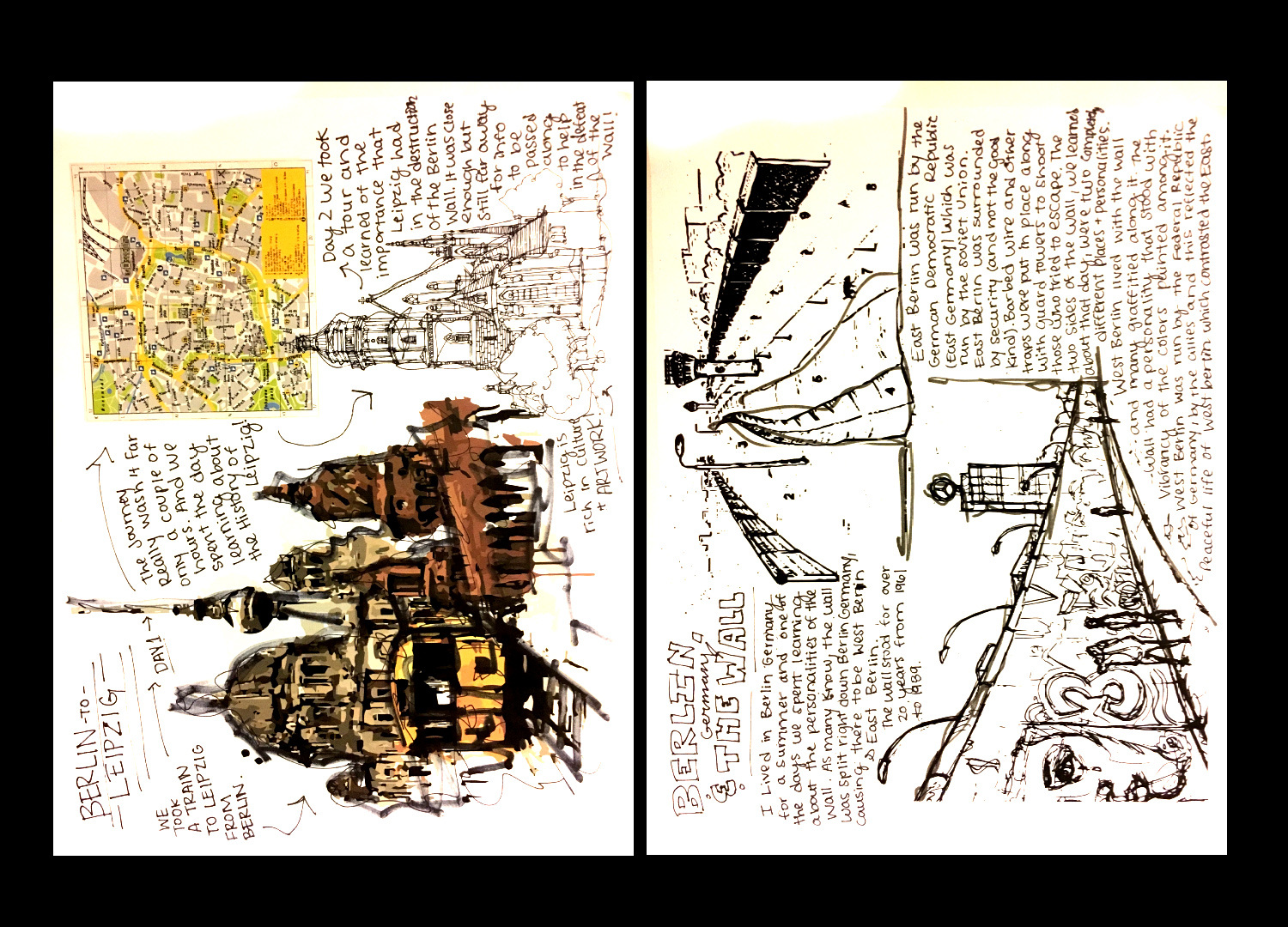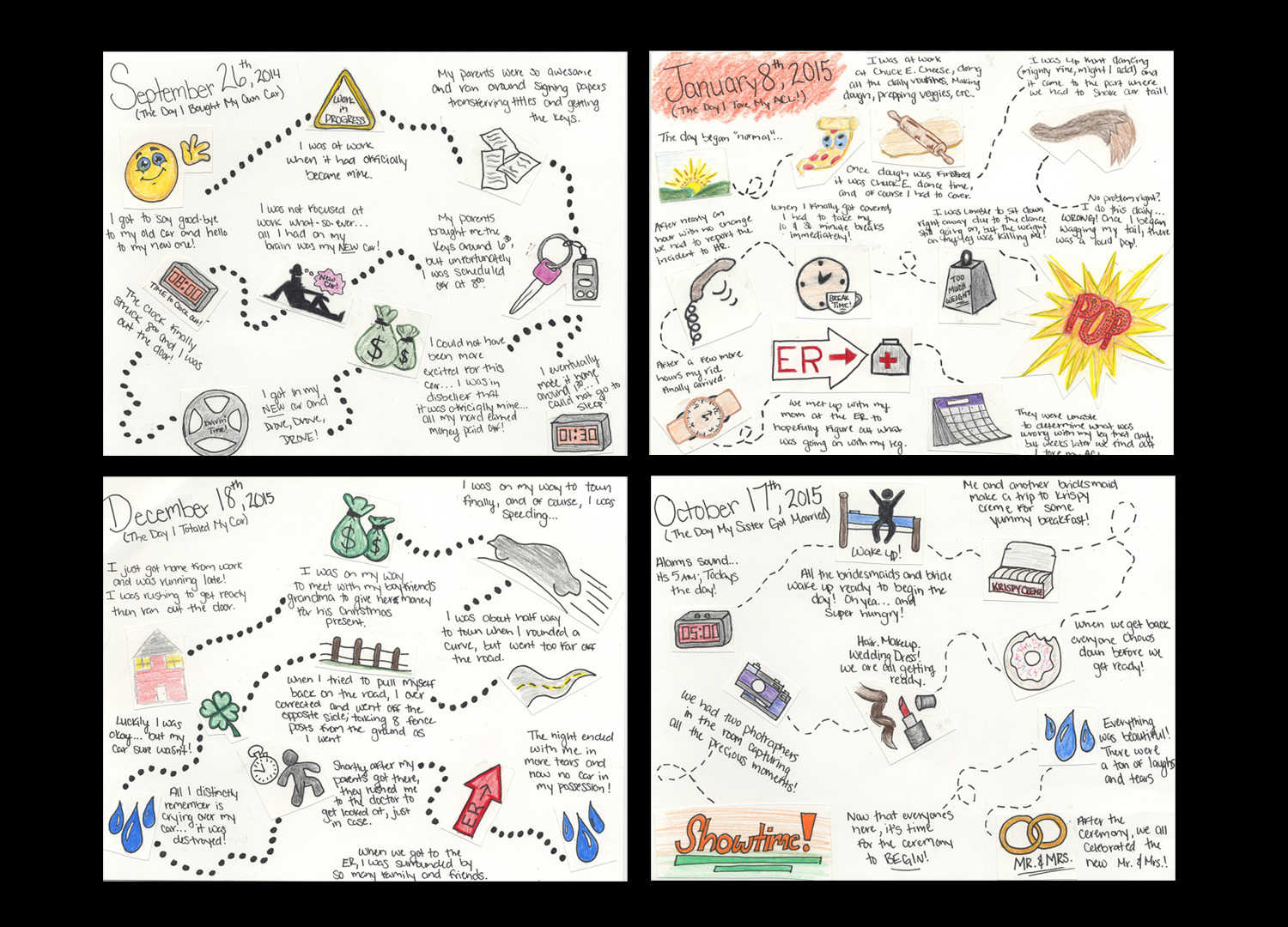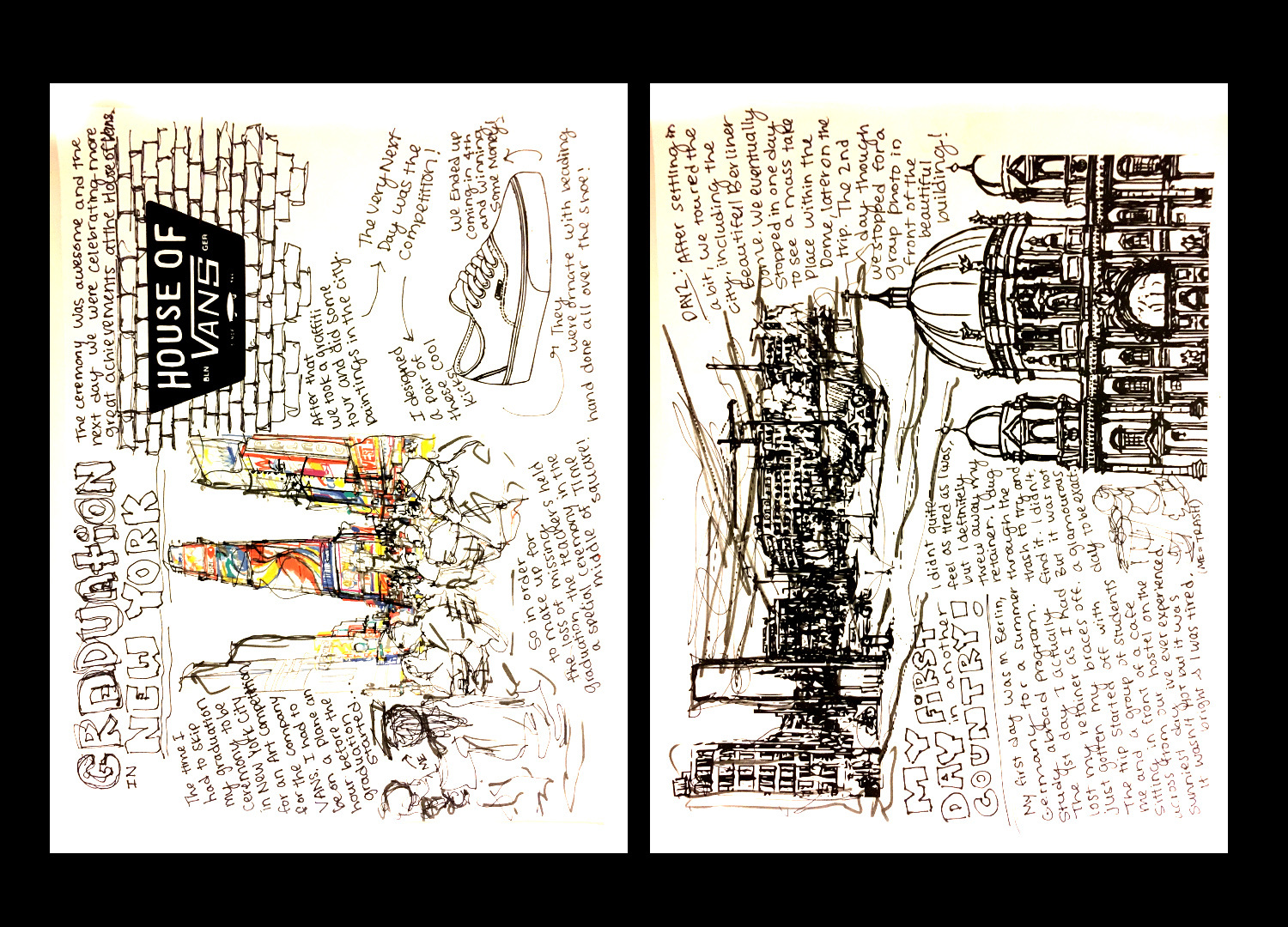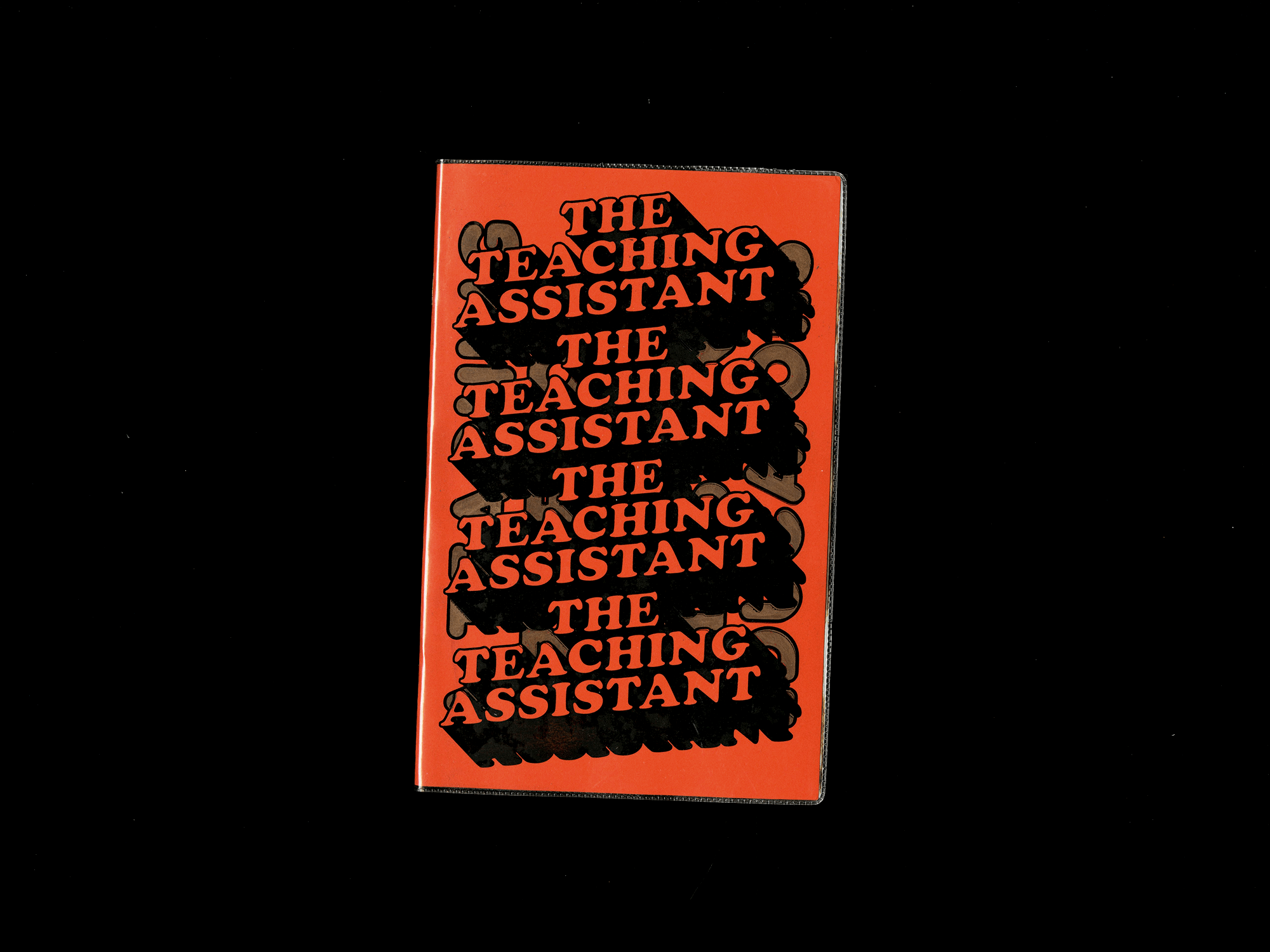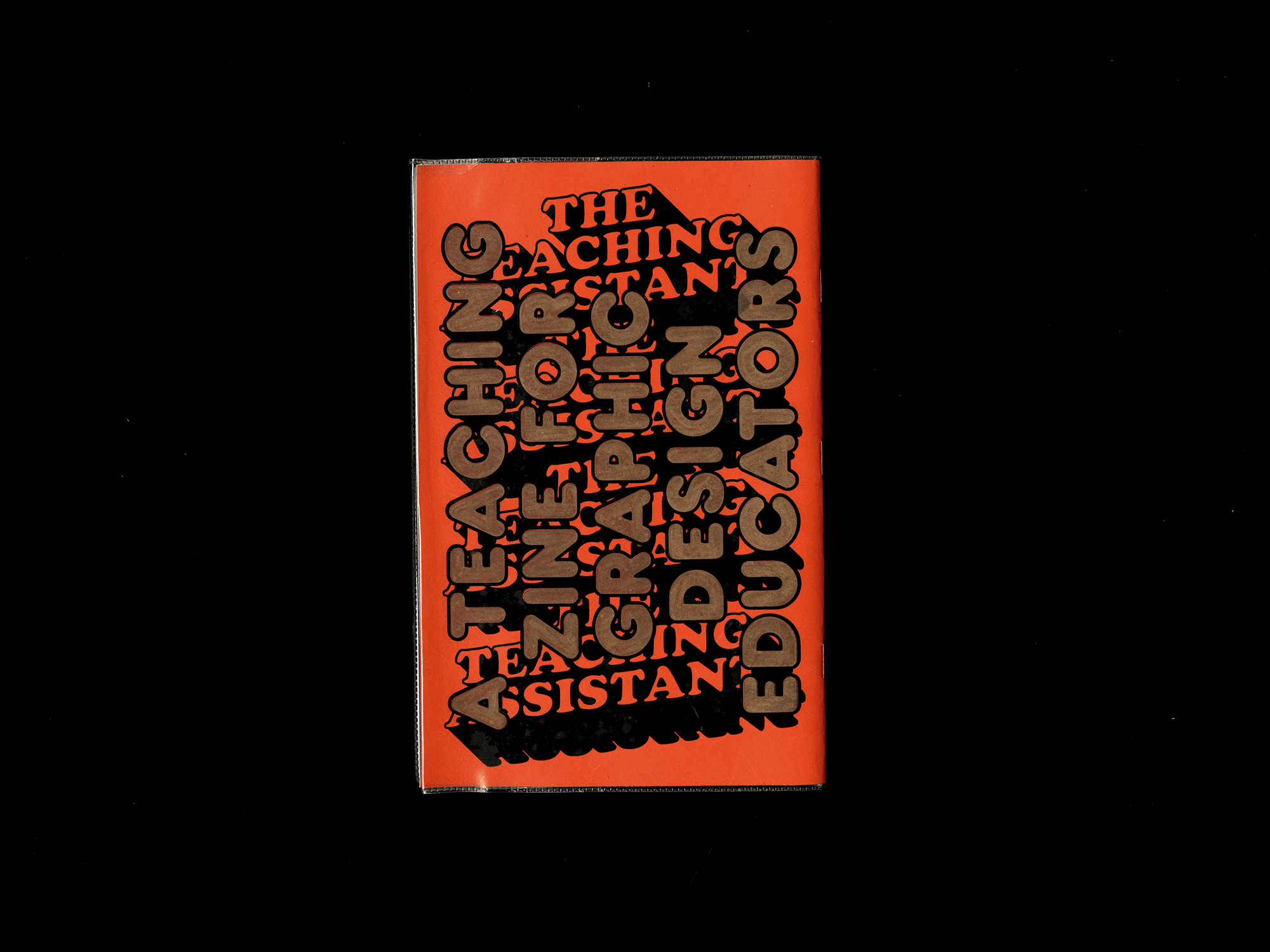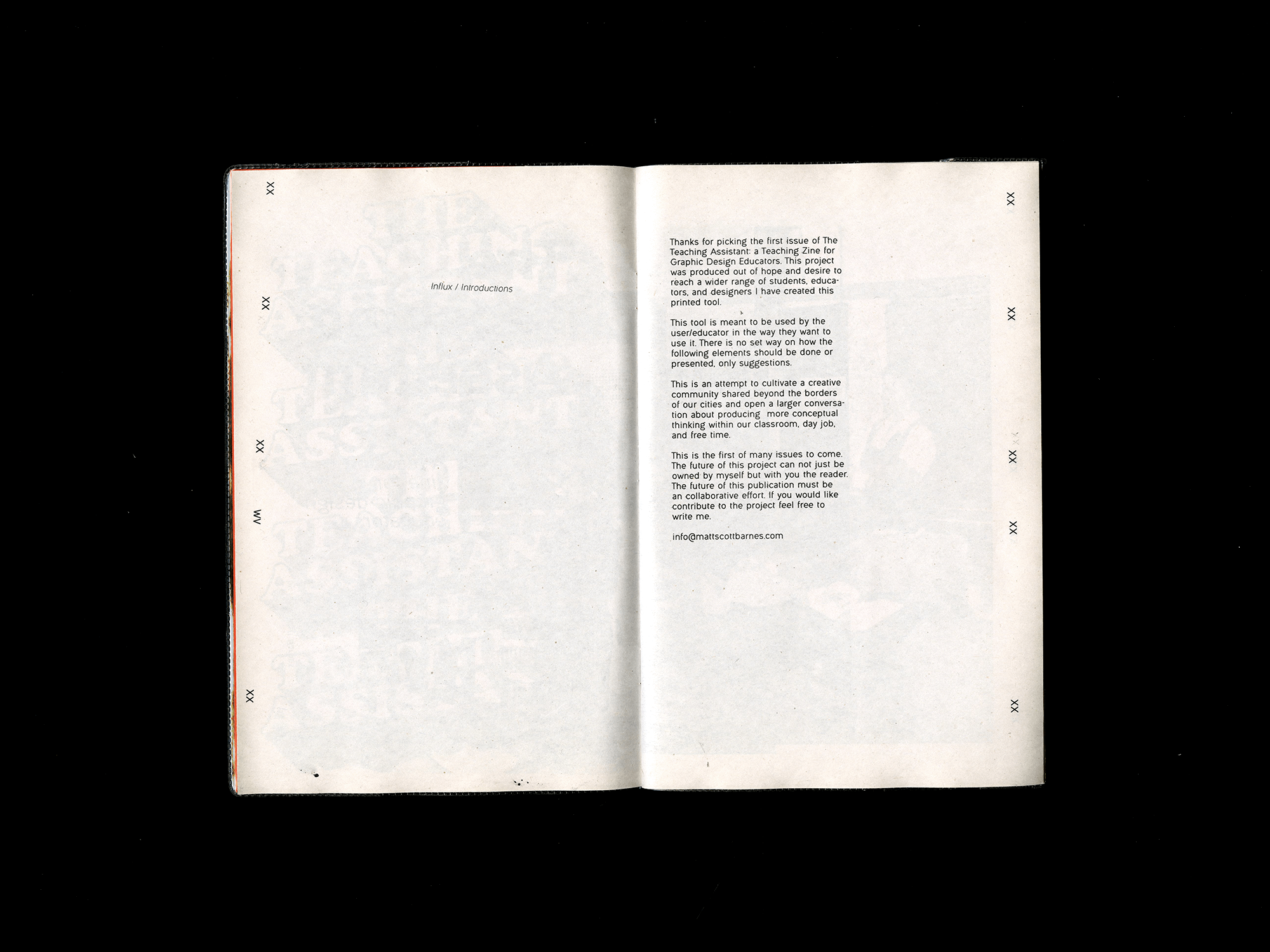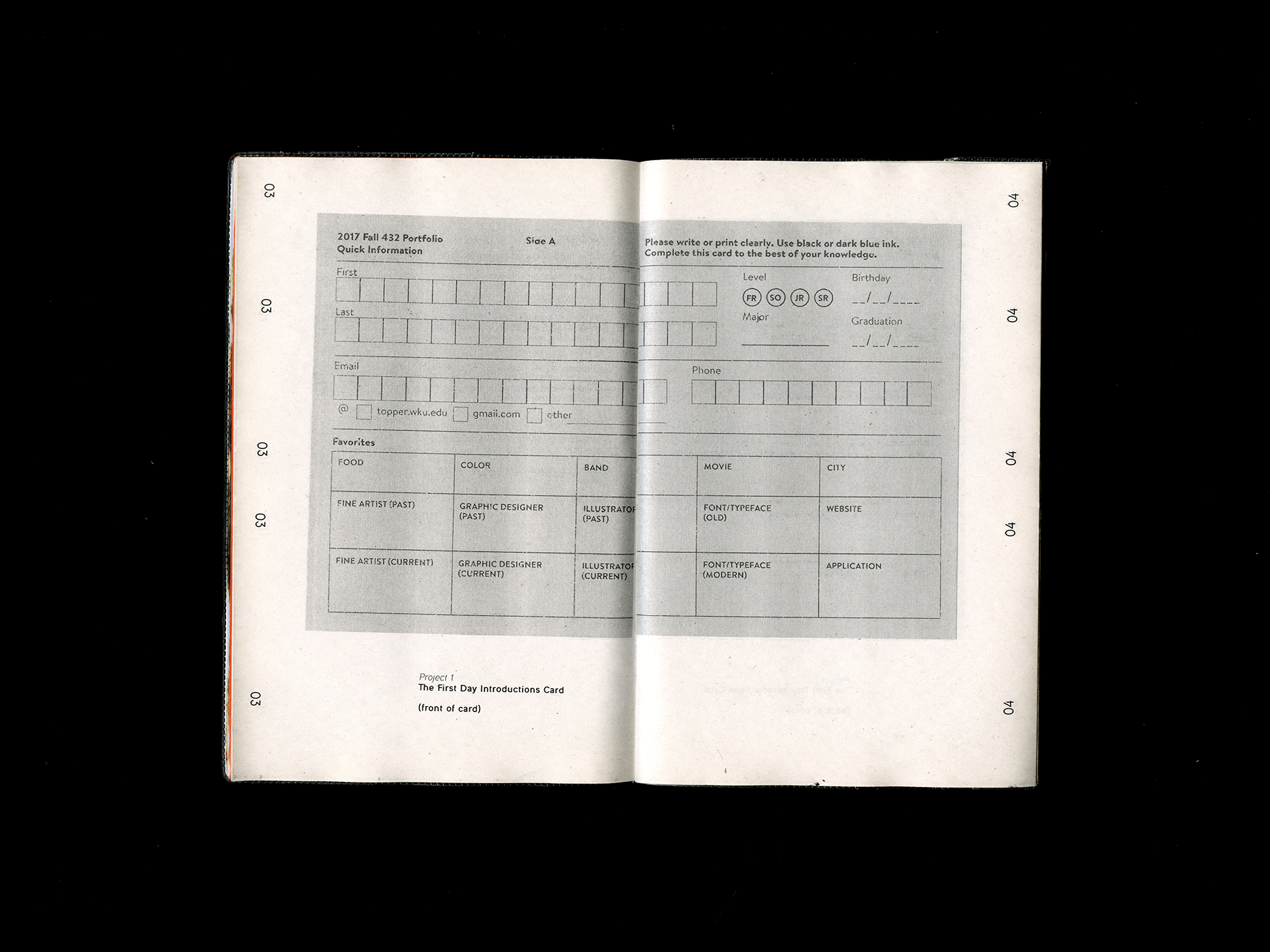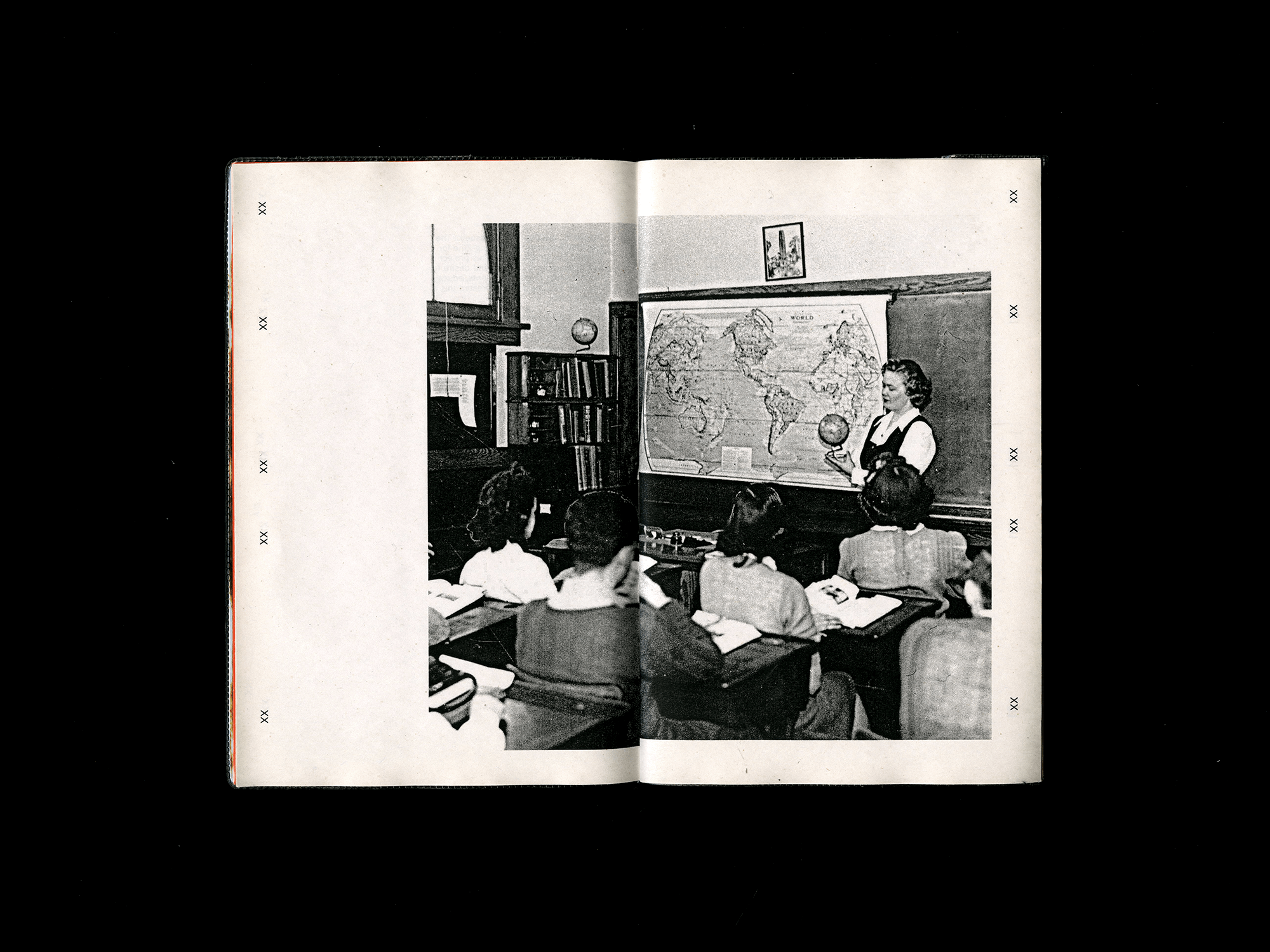My approach to teaching graphic design is based on historical research, contemporary practice, critical writing, and open conversation about design theory. I believe that it is important to give students a strong foundation in historical research so that they can gain an appreciation for the evolution of design over time. For example, we can explore how design has been used in different cultural contexts and how it has evolved in response to changing technology.
In addition to this historical perspective, I also believe that it is important to introduce new and innovative ideas about what graphic design can be. By encouraging students to think creatively and outside of the box, we can help them to develop work that is truly unique and groundbreaking. This may involve exploring new technologies or experimenting with different mediums.
Furthermore, I think that it is important for students to develop strong conceptual thinking skills. Rather than simply following current trends or creating work that is ironic in nature, students should be encouraged to think deeply about the ideas behind their work. By building work with strong conceptual thinking, students can create designs that are not only aesthetically pleasing but also have a deeper meaning and purpose.
Finally, I believe that open conversation about design theory is key to helping students develop their skills. By discussing different approaches to design and exploring the work of other designers, students can gain a better understanding of the field and develop their own unique voice.
In addition to this historical perspective, I also believe that it is important to introduce new and innovative ideas about what graphic design can be. By encouraging students to think creatively and outside of the box, we can help them to develop work that is truly unique and groundbreaking. This may involve exploring new technologies or experimenting with different mediums.
Furthermore, I think that it is important for students to develop strong conceptual thinking skills. Rather than simply following current trends or creating work that is ironic in nature, students should be encouraged to think deeply about the ideas behind their work. By building work with strong conceptual thinking, students can create designs that are not only aesthetically pleasing but also have a deeper meaning and purpose.
Finally, I believe that open conversation about design theory is key to helping students develop their skills. By discussing different approaches to design and exploring the work of other designers, students can gain a better understanding of the field and develop their own unique voice.
Fall 2021 -
Spring 2022
Spring 2022
PUCD 4206 Core 4 Thesis 1
The New School’s Parsons School of Design
Thesis 1 & Thesis 2 are year-long self-driven investigations into the research, prototyping and design of an identified question, critique, or point of view. It provides an opportunity for design innovation and inquiry through the rigorous research and development of a capstone project, through various pathways across platforms. The goal of the first semester is to research, develop and articulate a thesis concept and create experimental prototypes, including designed presentations of research and process. Thesis 1, in particular, focuses on process, which includes primary and secondary research, ideation, prototyping, documenting and writing about one’s own work. Students will be asked to reflect on how their ideas—as expressed through design—sits alongside historical precedent and shapes culture in the present. It provides an opportunity for visual innovation through the development of a rigorous design process.
01. 256
Description:
Before I started teaching, I used to think that students today had it made. They have access to a vast array of inspiration and a plethora of platforms to showcase their work. It seemed like the perfect environment for creativity to flourish. However, now that I am teaching, I realize that this environment also presents its own set of issues. Students can easily become overwhelmed and defeated before they even start their work.
Being a student today is hard. It's difficult to find your voice and to feel ownership over your work. As an educator, my goal is to empower my students with the tools needed to make this journey a little bit easier. For instance, I encourage them to experiment with different mediums and techniques, to take risks and to be unapologetically themselves. I also emphasize the importance of self-reflection and constructive feedback, which can help students develop a stronger sense of their own strengths and weaknesses.
One project that I assigned in my class was the 256 project. This project was a topic that was shared across the thesis cohort. I gave students direction while still allowing them enough leeway to find their own way. The project involved collecting images through daily making and writing down details or thoughts about the photo at the time it was taken. Students built collections and organized them by a predetermined theme, as well as producing their own. They then documented details about each photo, such as the time, date, and size. Next, students were tasked with organizing the images in an editorial format, possibly for the first time, curating elements for others to view. They were asked to include their notes and any dialogue to explain why they shot what they did. The output was a hundred-plus-page book, and the outcome showed students excited to share their projects with others and include them in their portfolios. This project not only allowed students to develop their artistic skills, but also their organizational skills and their ability to communicate their ideas effectively.
Before I started teaching, I used to think that students today had it made. They have access to a vast array of inspiration and a plethora of platforms to showcase their work. It seemed like the perfect environment for creativity to flourish. However, now that I am teaching, I realize that this environment also presents its own set of issues. Students can easily become overwhelmed and defeated before they even start their work.
Being a student today is hard. It's difficult to find your voice and to feel ownership over your work. As an educator, my goal is to empower my students with the tools needed to make this journey a little bit easier. For instance, I encourage them to experiment with different mediums and techniques, to take risks and to be unapologetically themselves. I also emphasize the importance of self-reflection and constructive feedback, which can help students develop a stronger sense of their own strengths and weaknesses.
One project that I assigned in my class was the 256 project. This project was a topic that was shared across the thesis cohort. I gave students direction while still allowing them enough leeway to find their own way. The project involved collecting images through daily making and writing down details or thoughts about the photo at the time it was taken. Students built collections and organized them by a predetermined theme, as well as producing their own. They then documented details about each photo, such as the time, date, and size. Next, students were tasked with organizing the images in an editorial format, possibly for the first time, curating elements for others to view. They were asked to include their notes and any dialogue to explain why they shot what they did. The output was a hundred-plus-page book, and the outcome showed students excited to share their projects with others and include them in their portfolios. This project not only allowed students to develop their artistic skills, but also their organizational skills and their ability to communicate their ideas effectively.
Student:
Carmen Pleitez
Carmen Pleitez
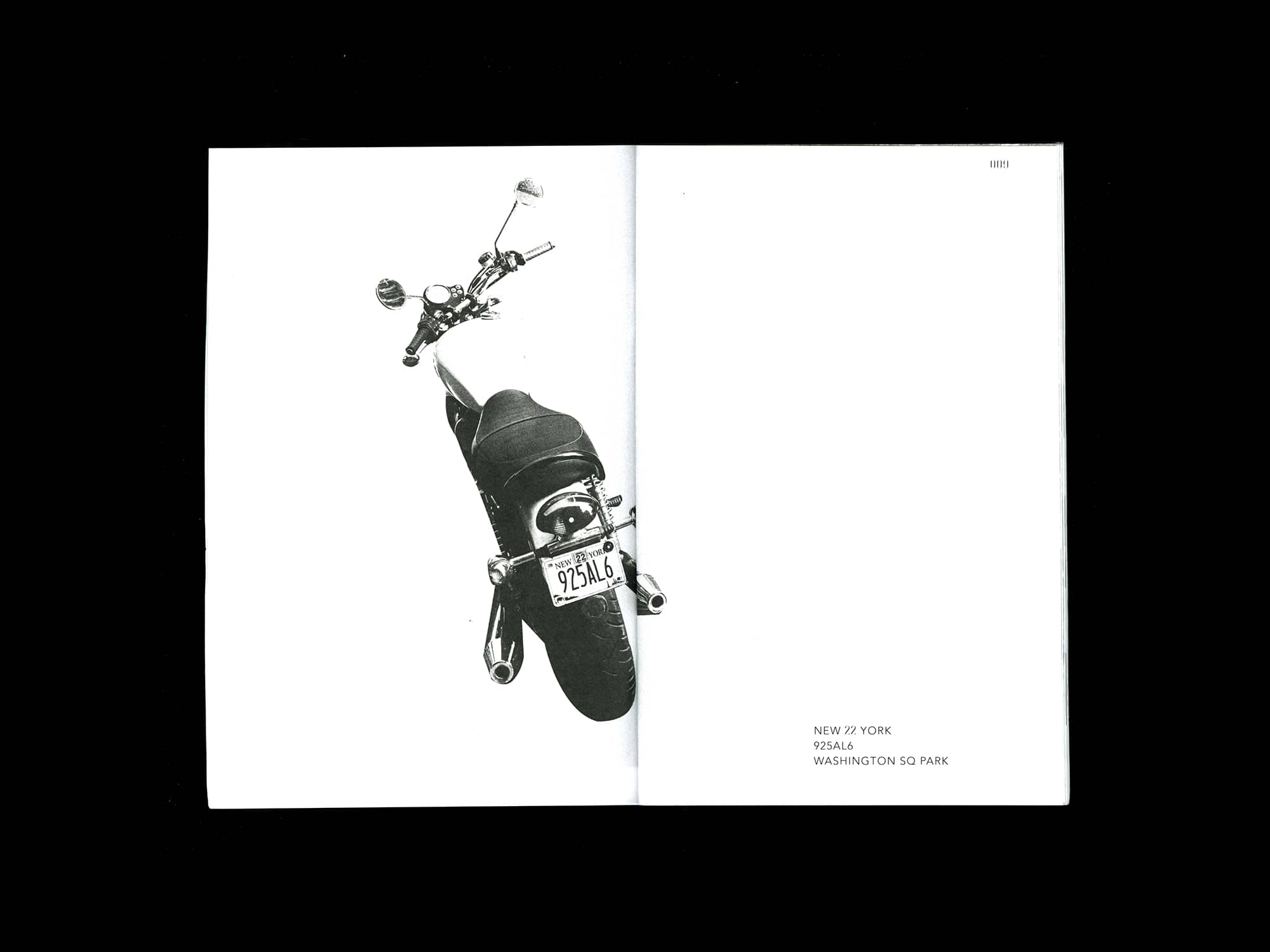
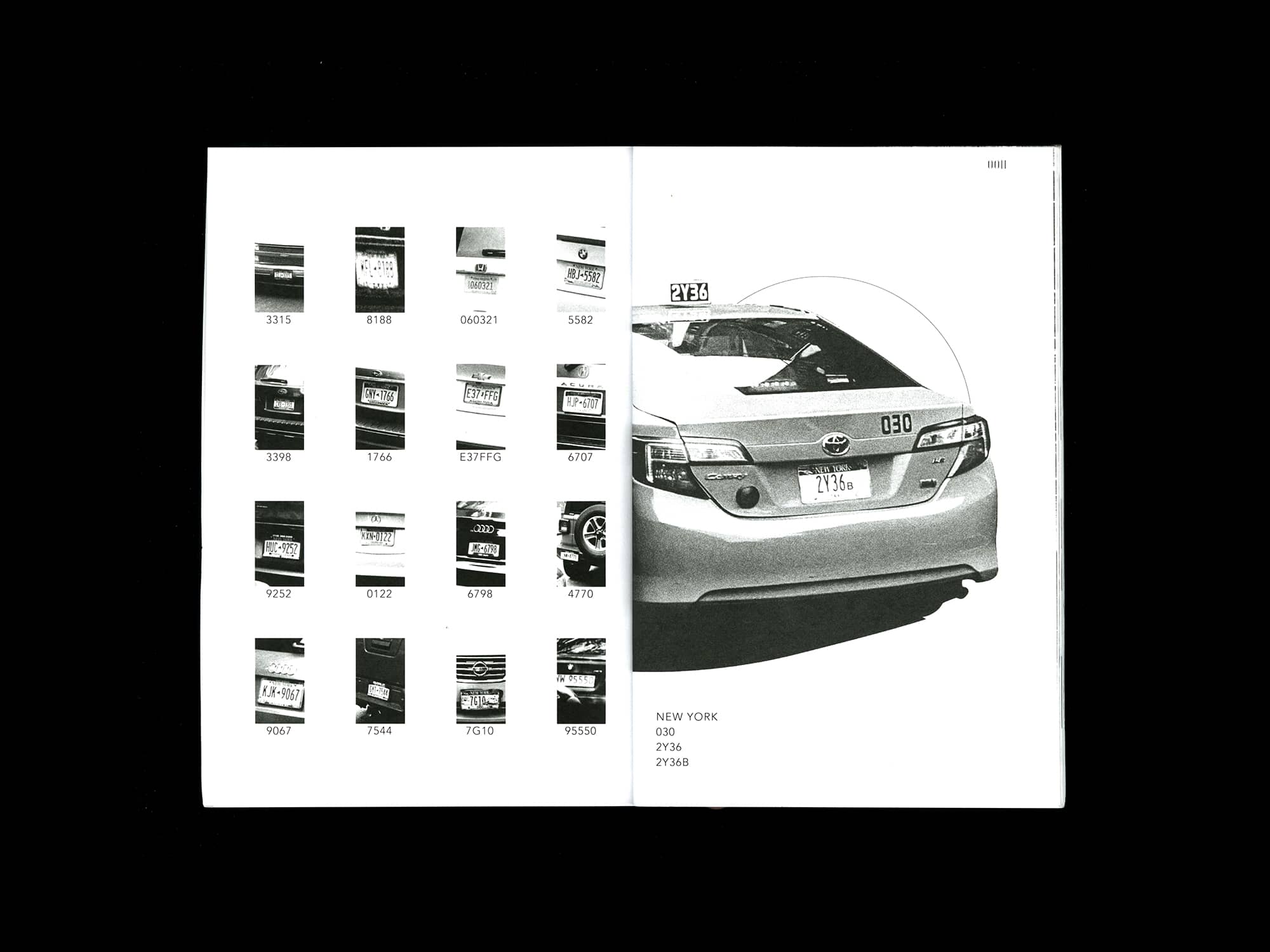



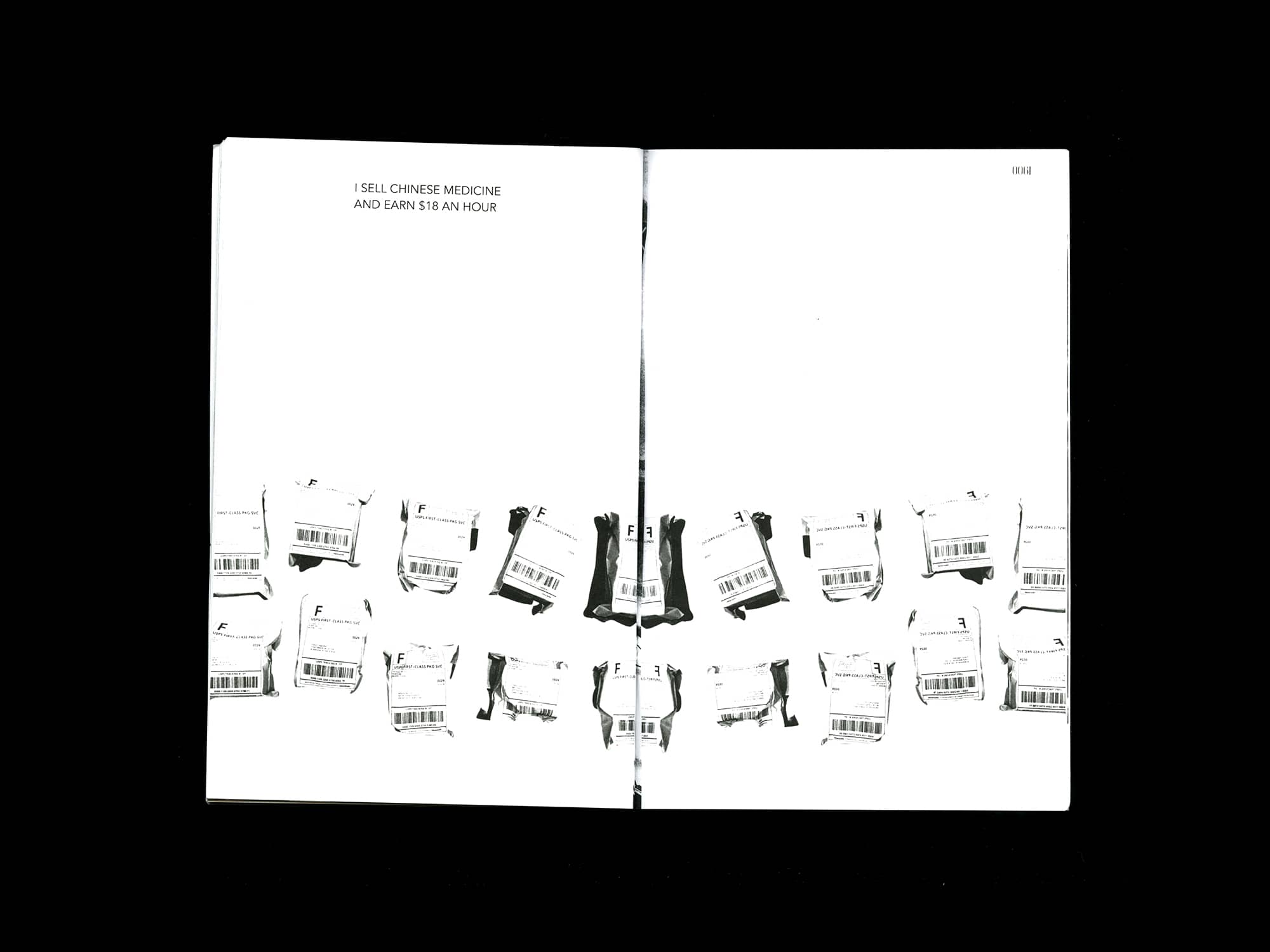
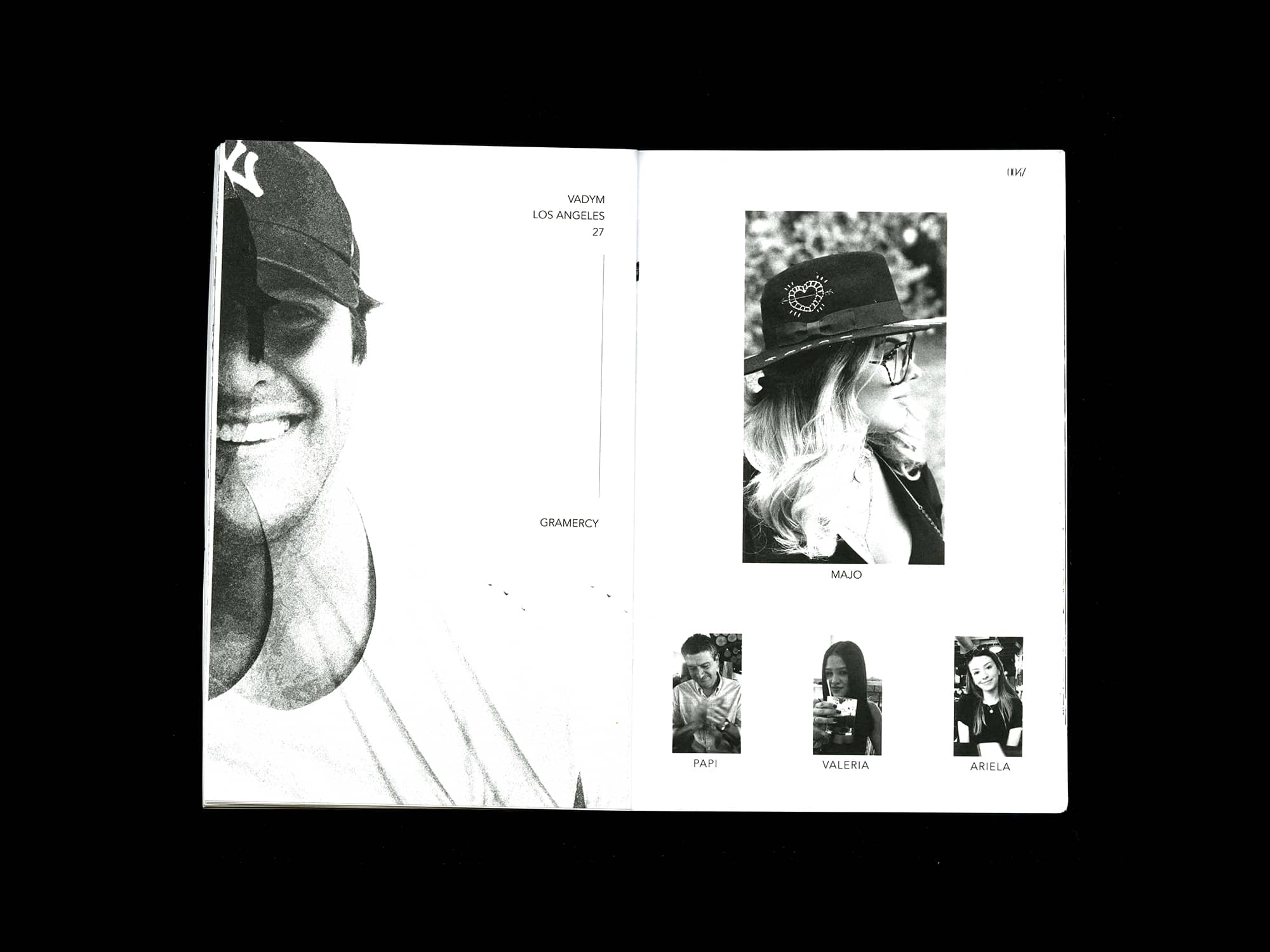
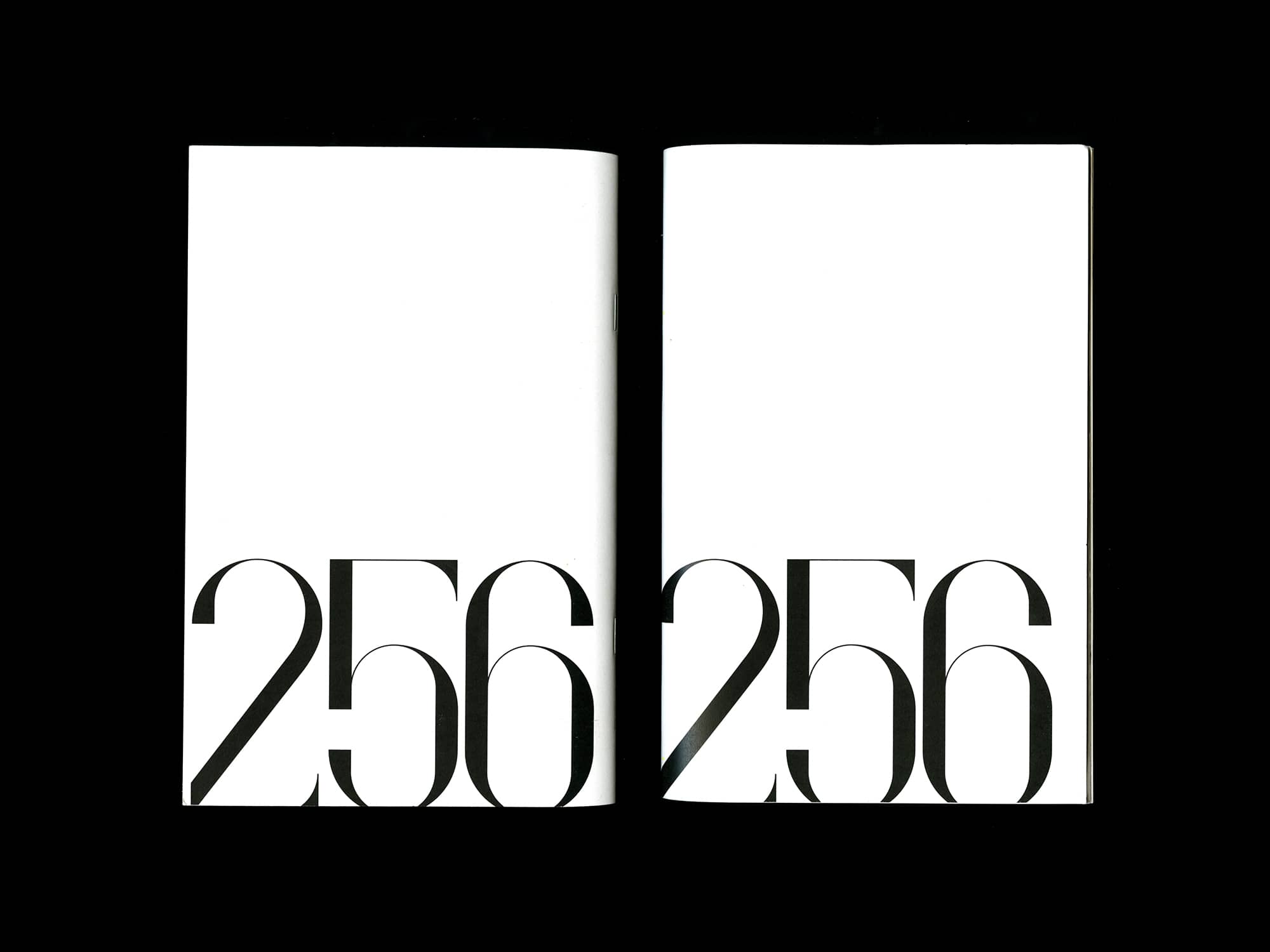
Student:
Germaine Mai
Germaine Mai
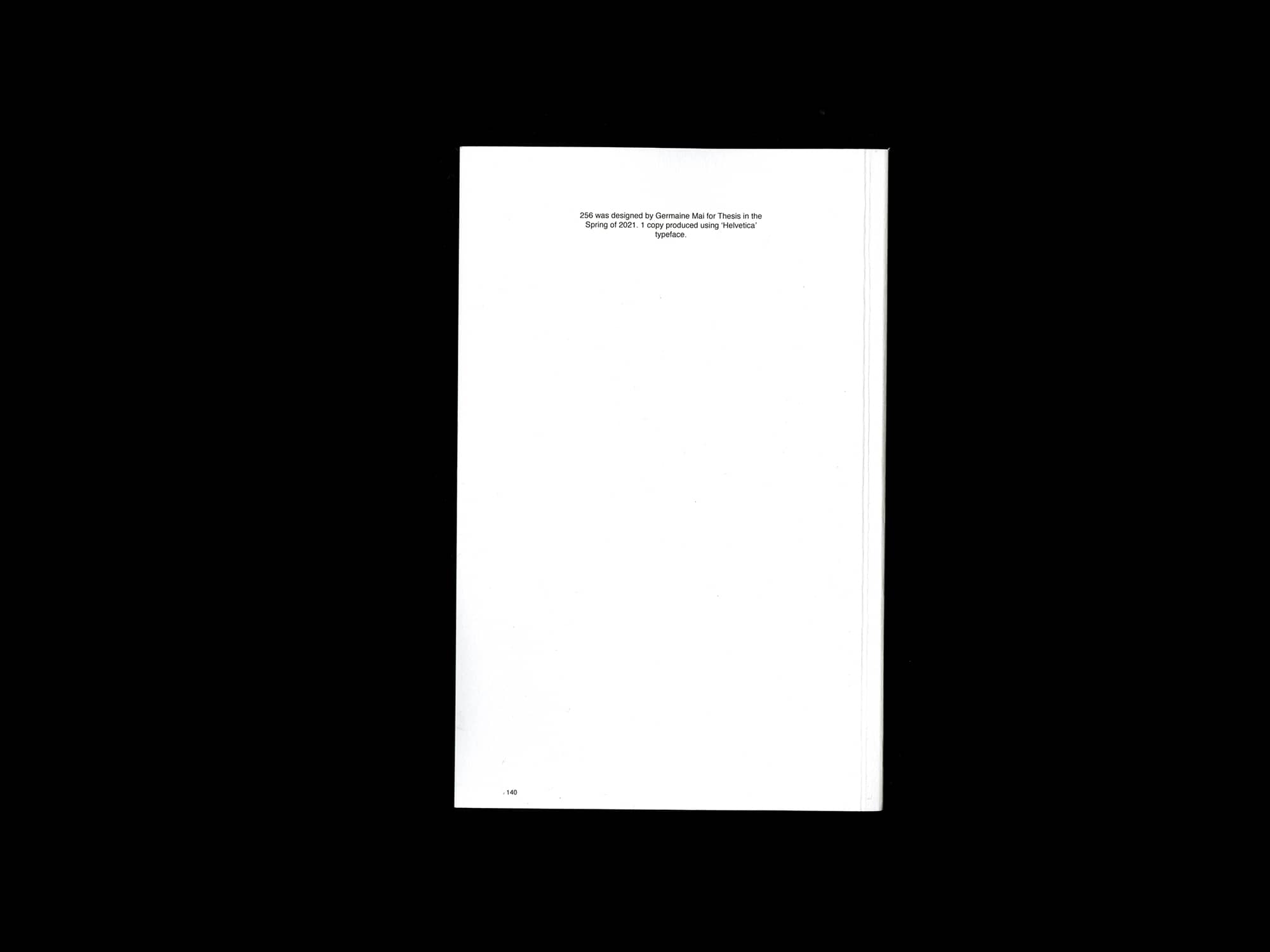
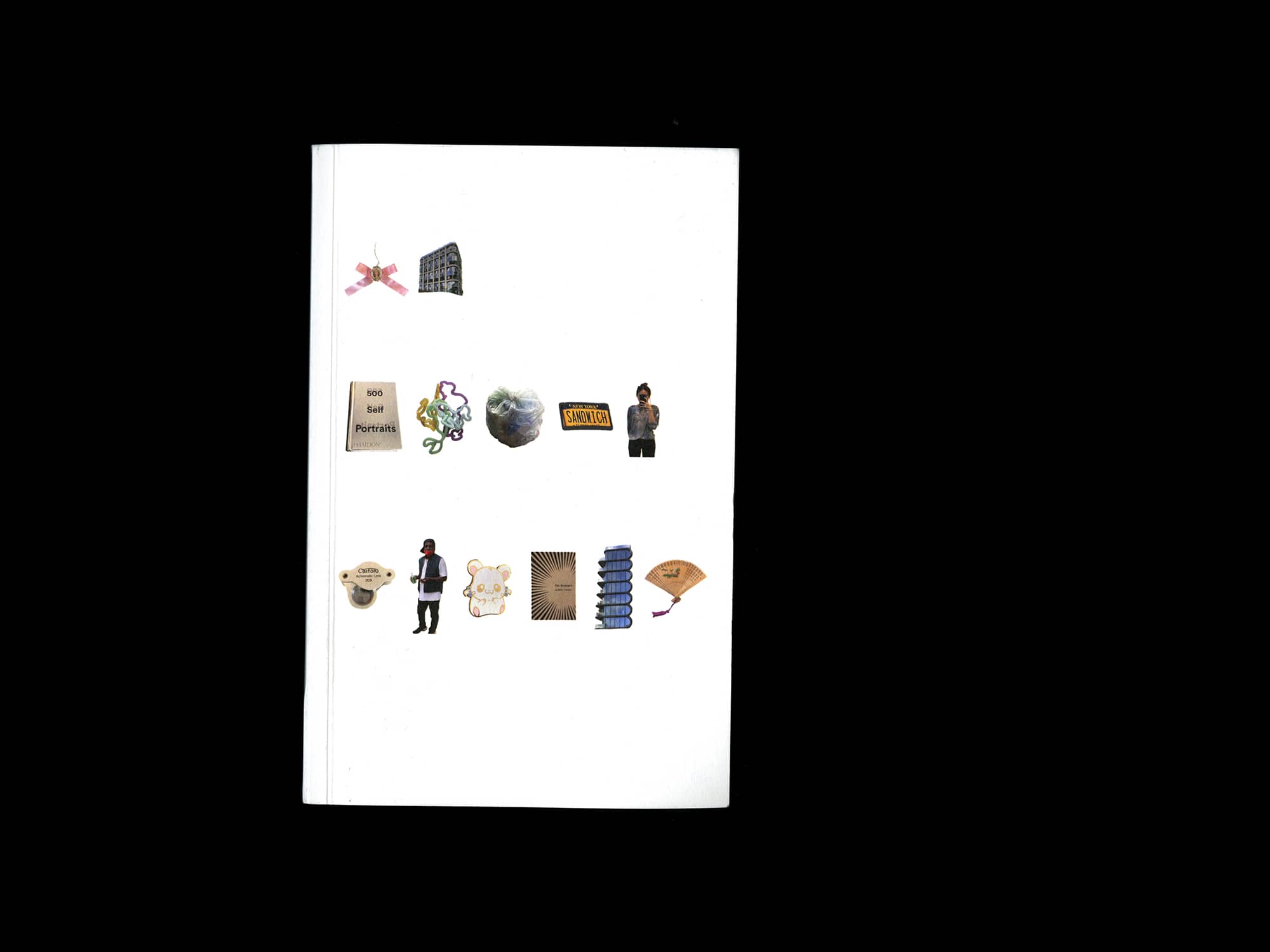
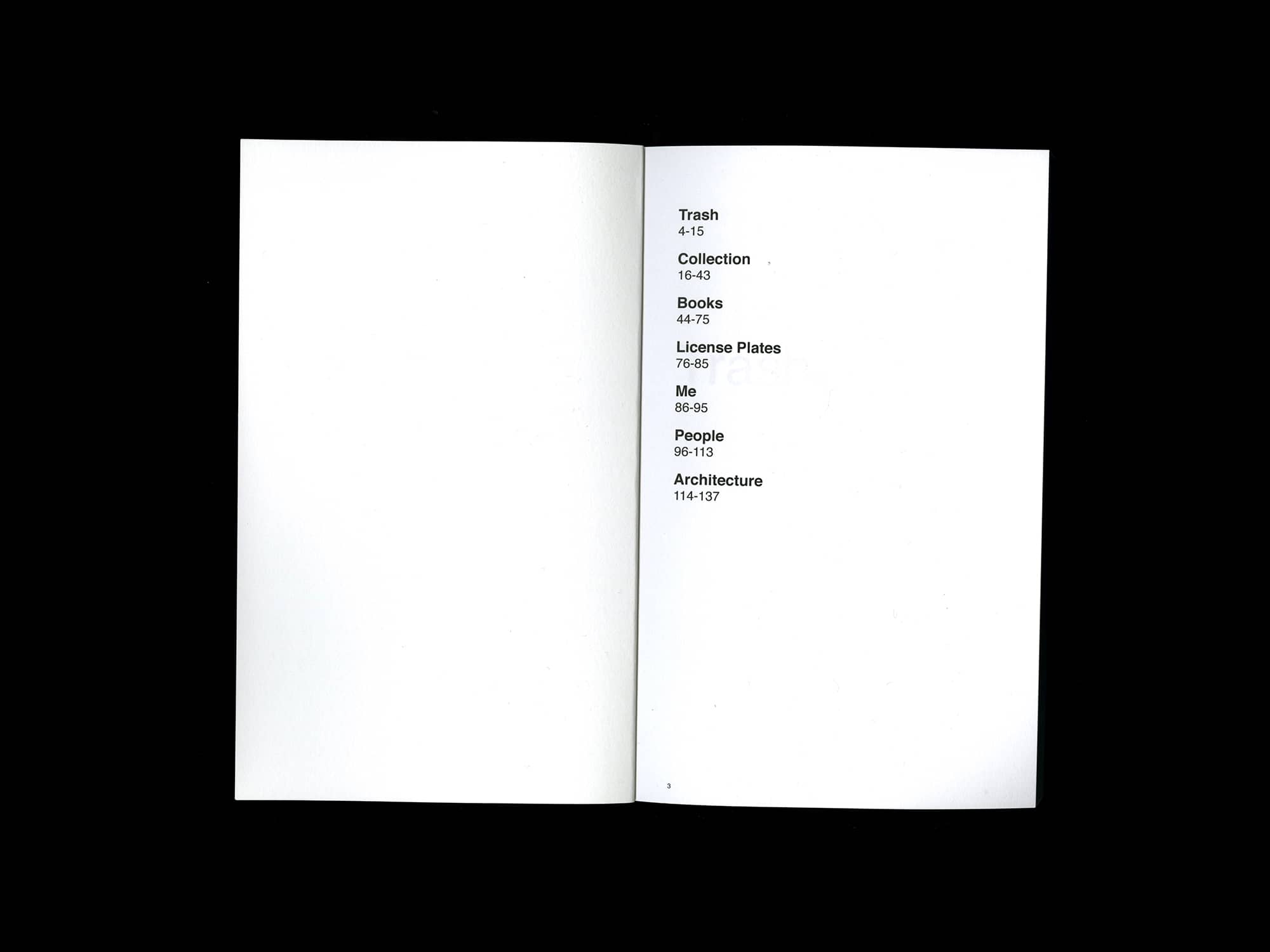
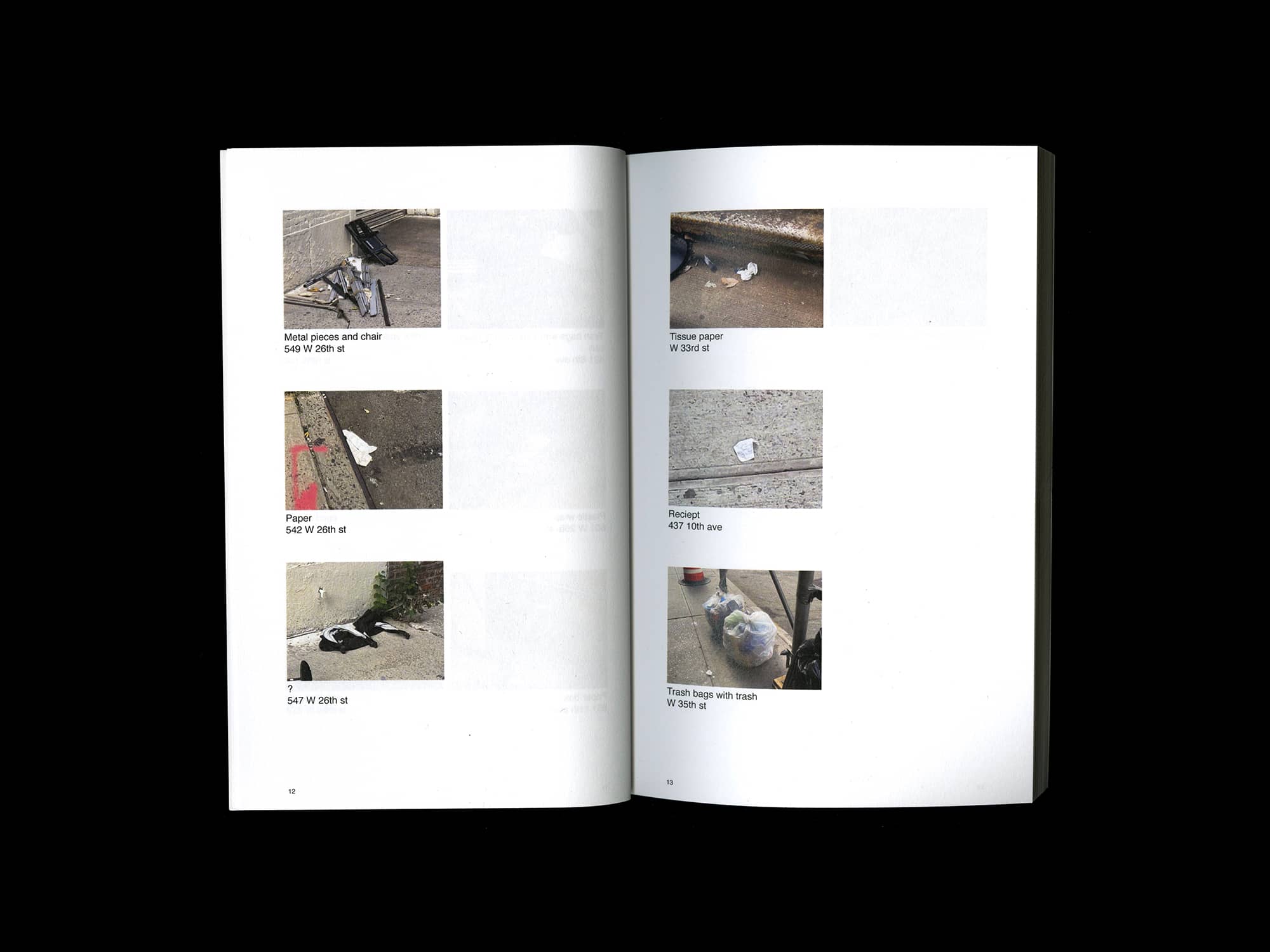

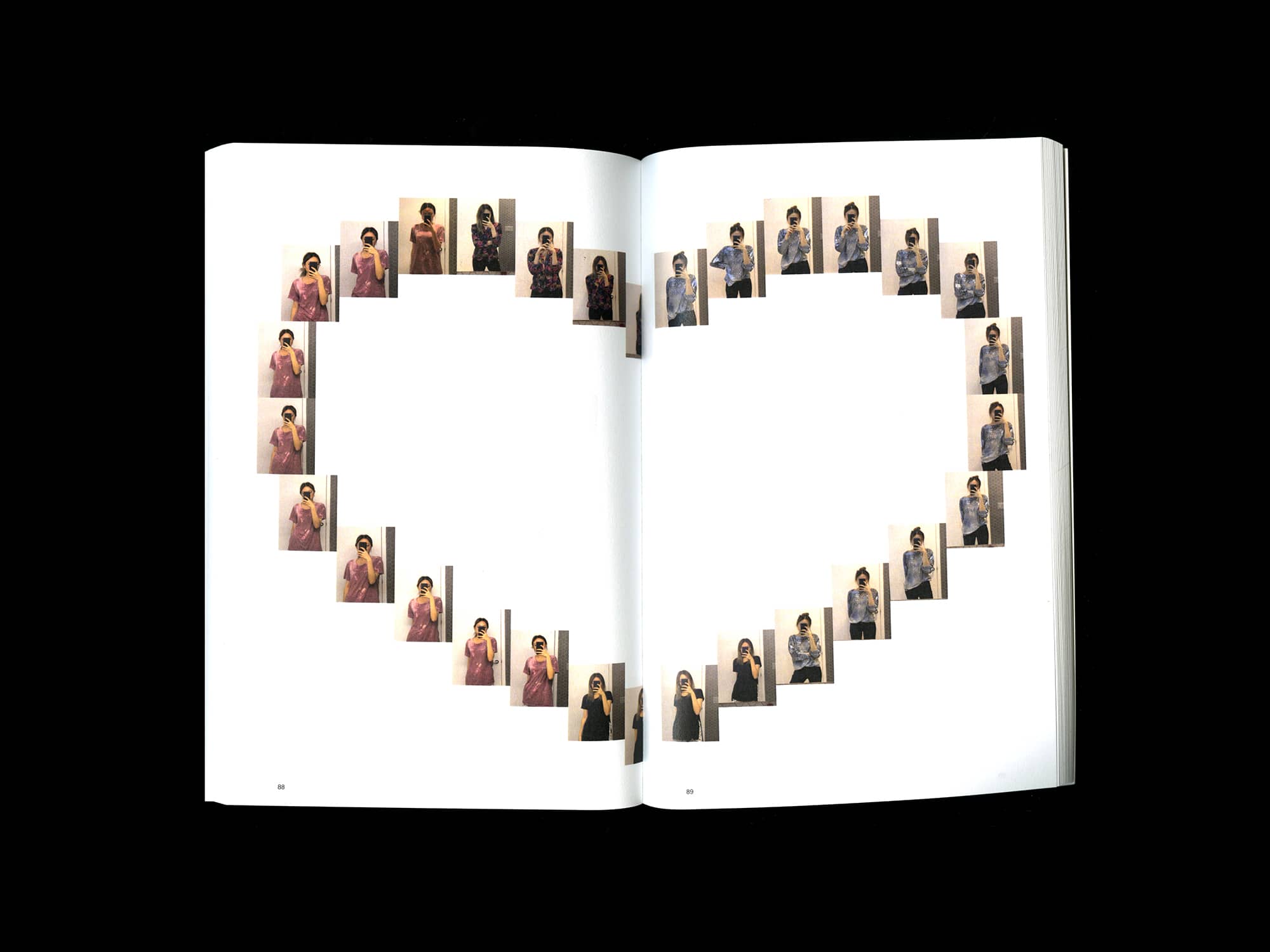

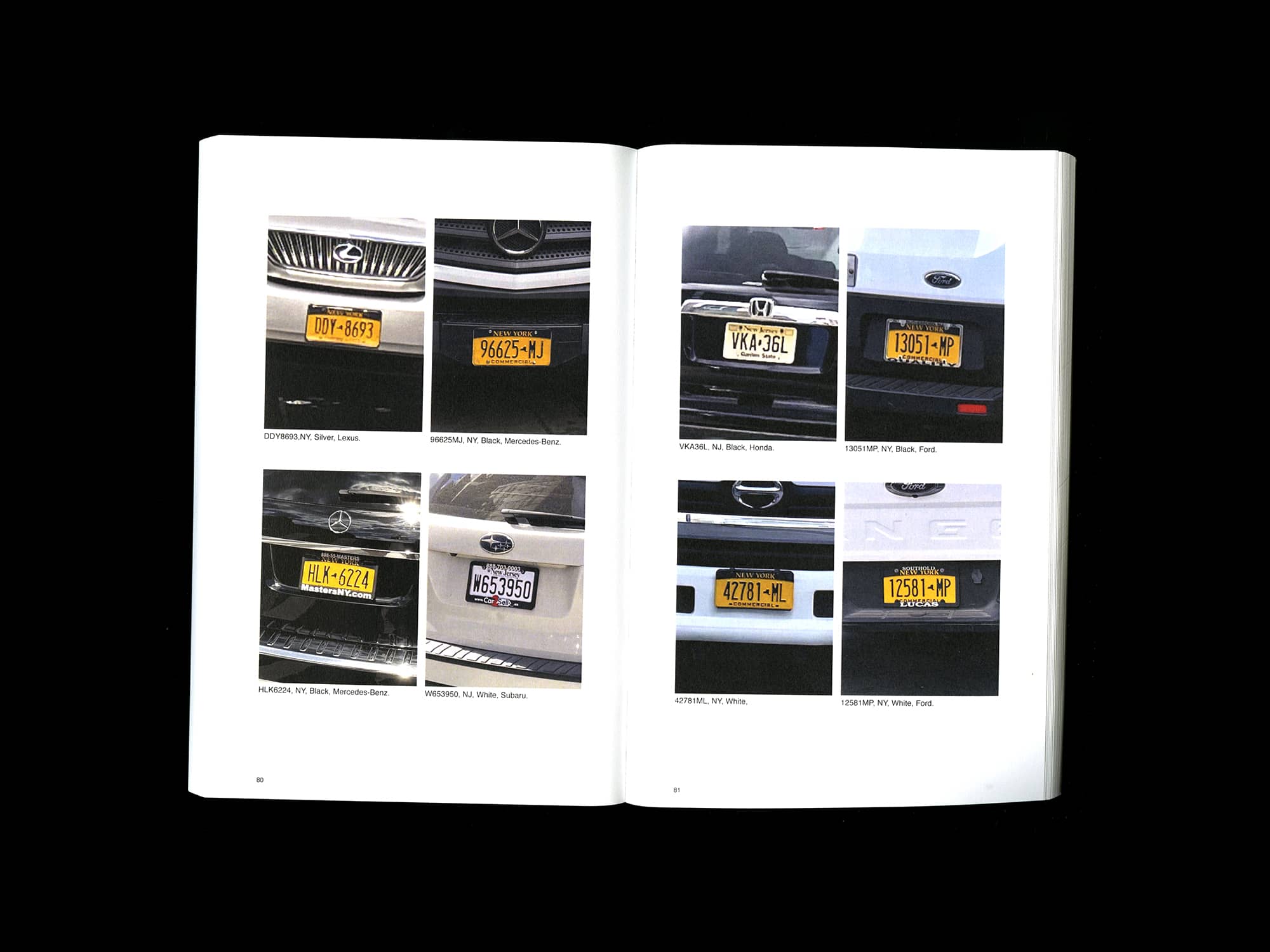
Student:
Ivy Kurniawan
Ivy Kurniawan
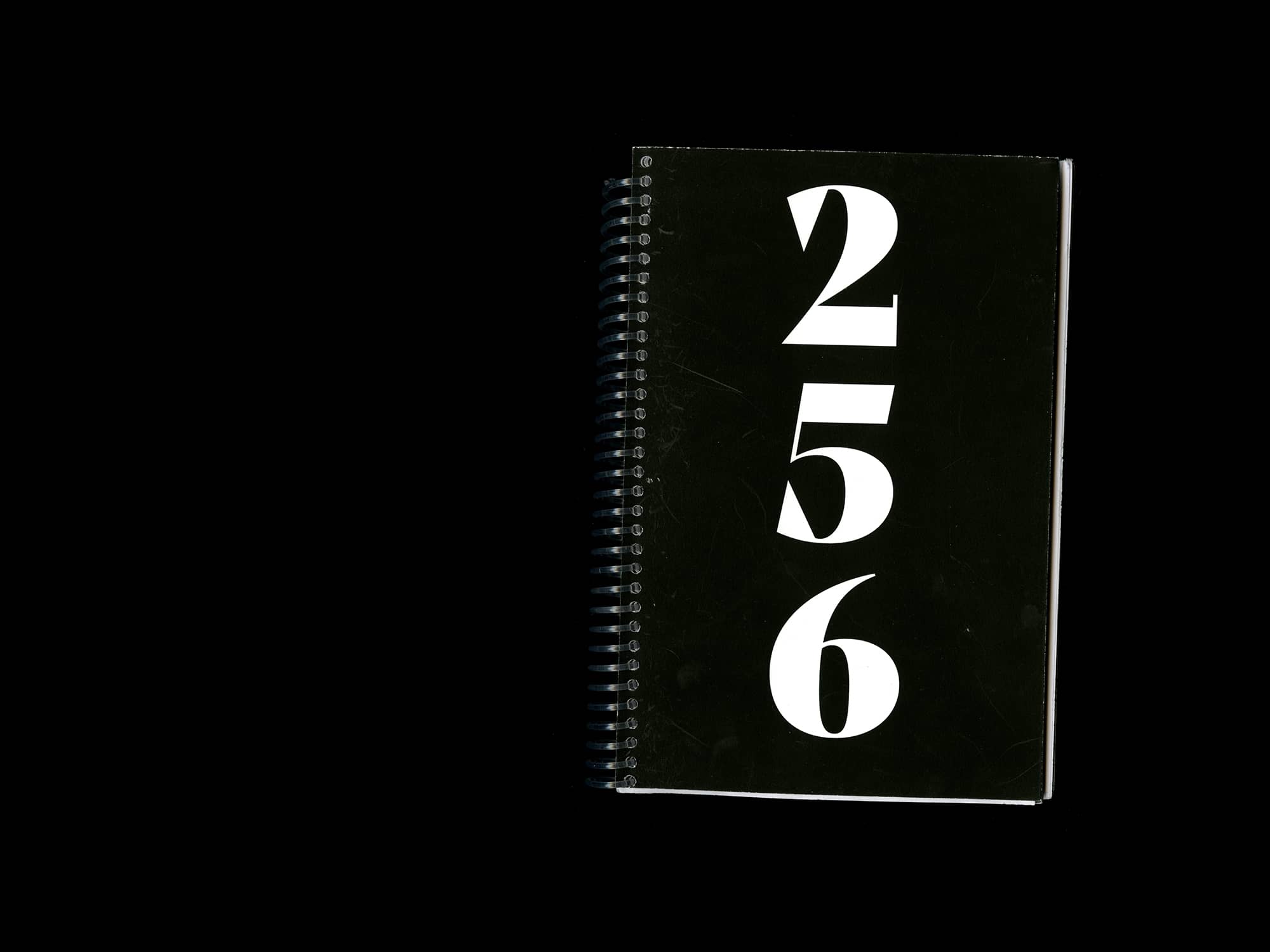
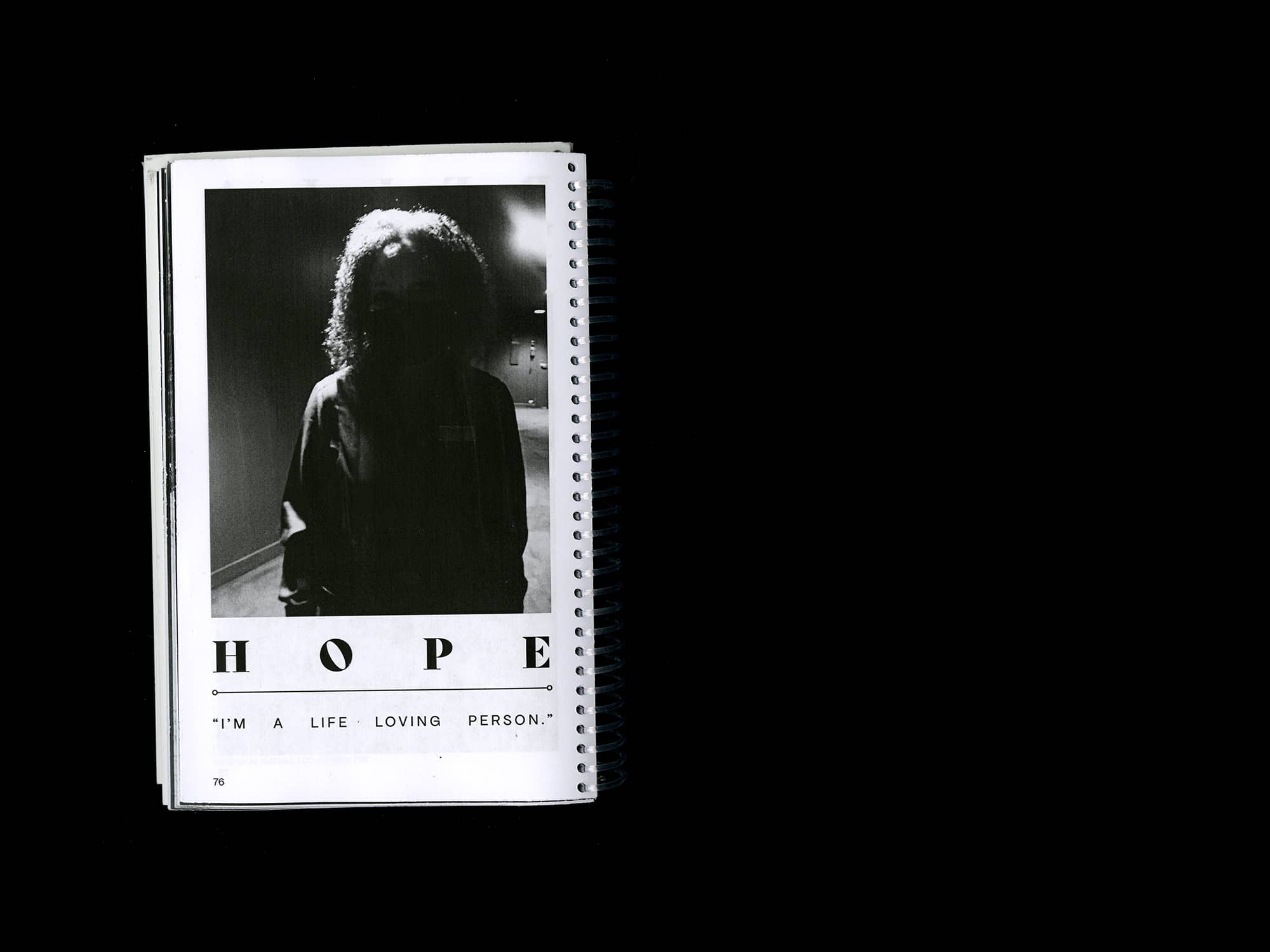



Student:
Jacy Chen
Jacy Chen

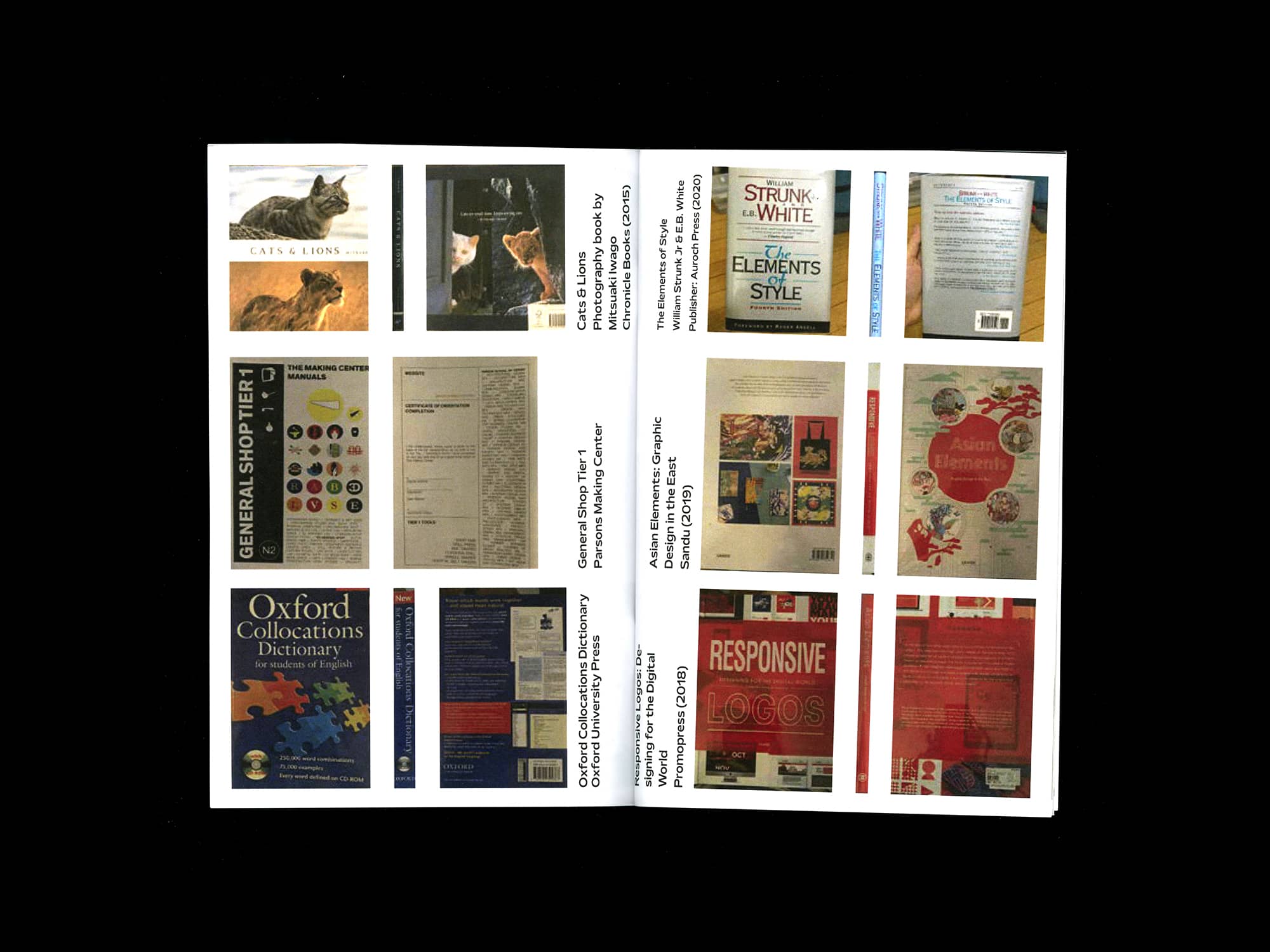
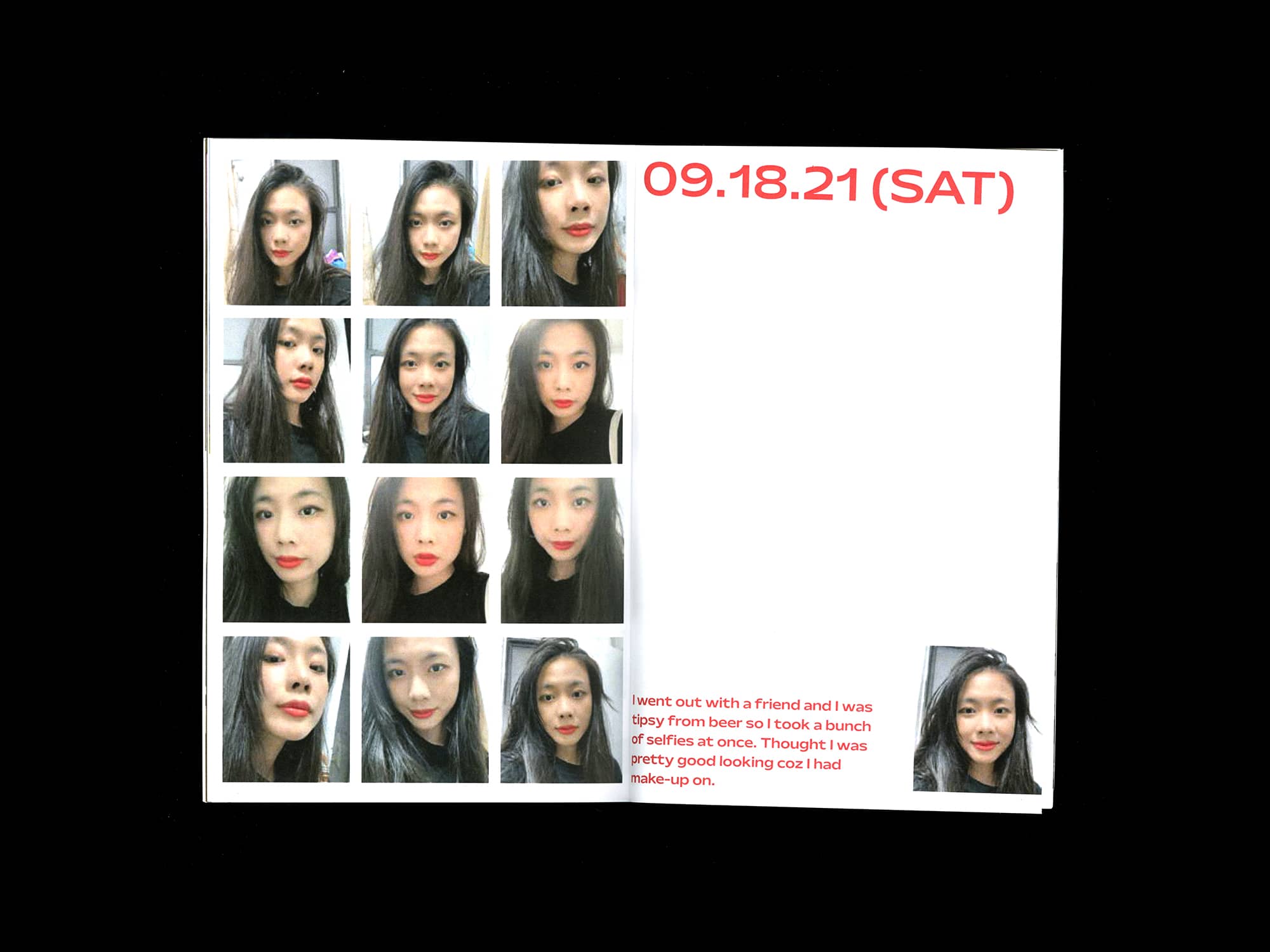

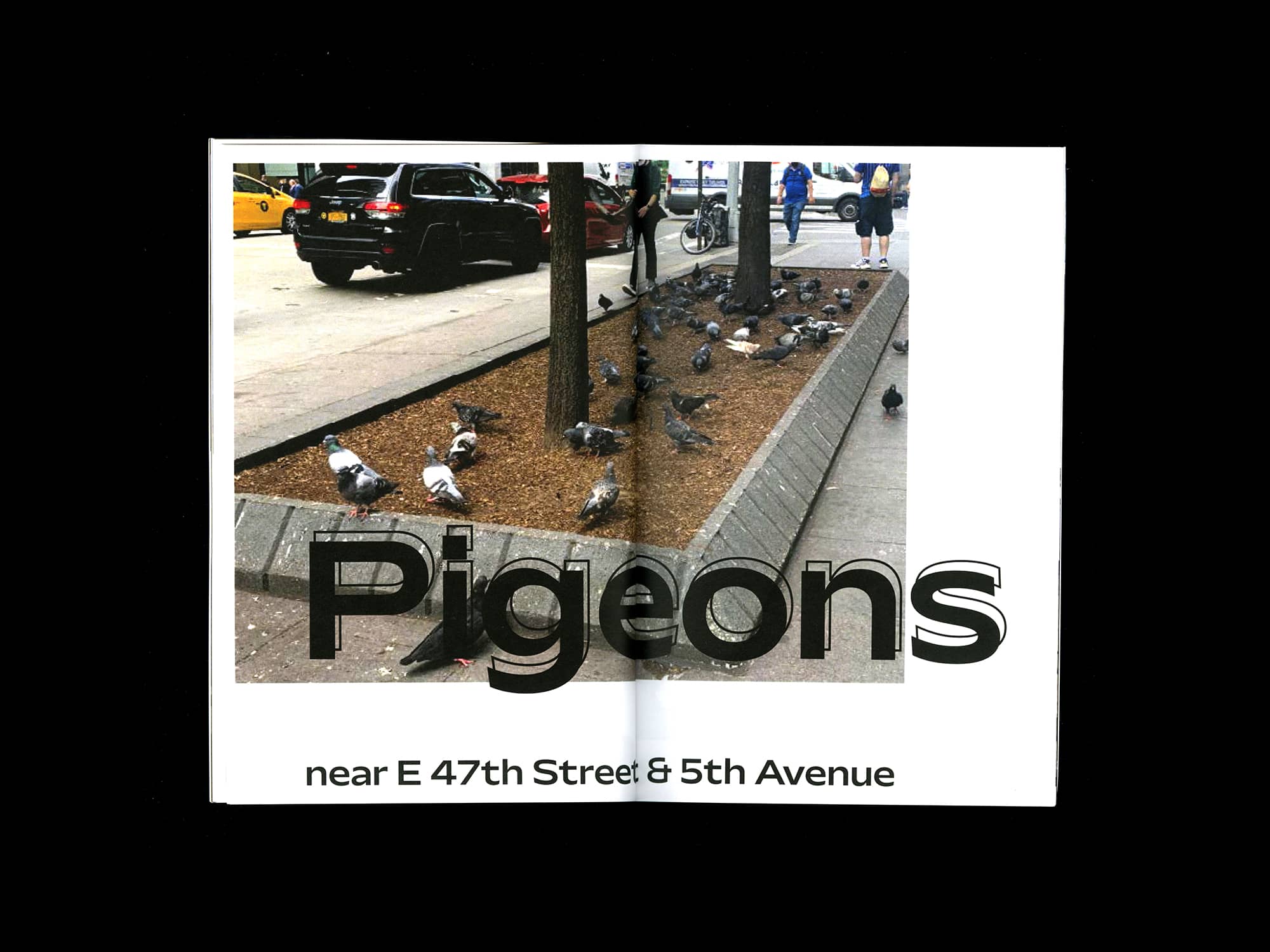
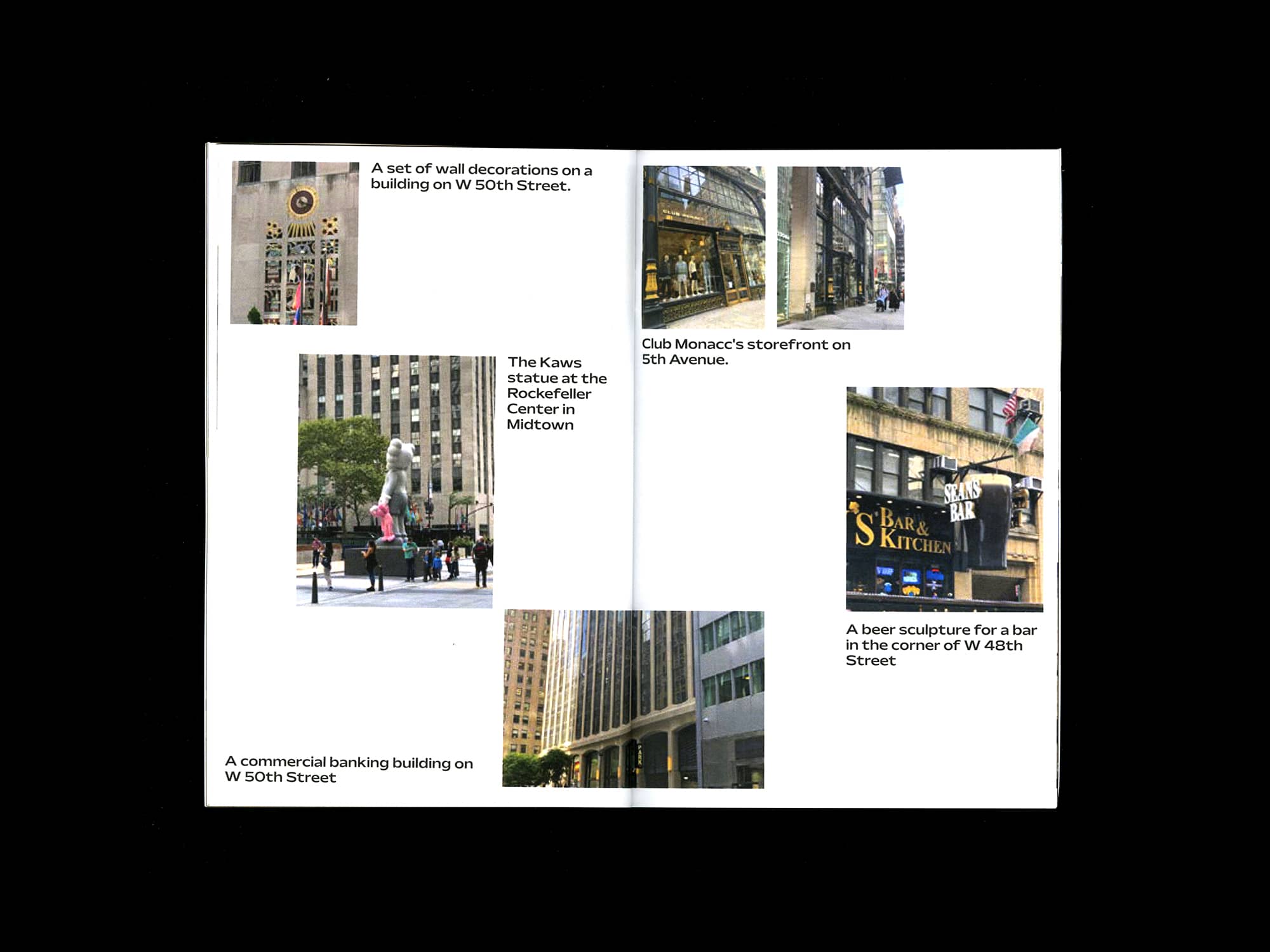
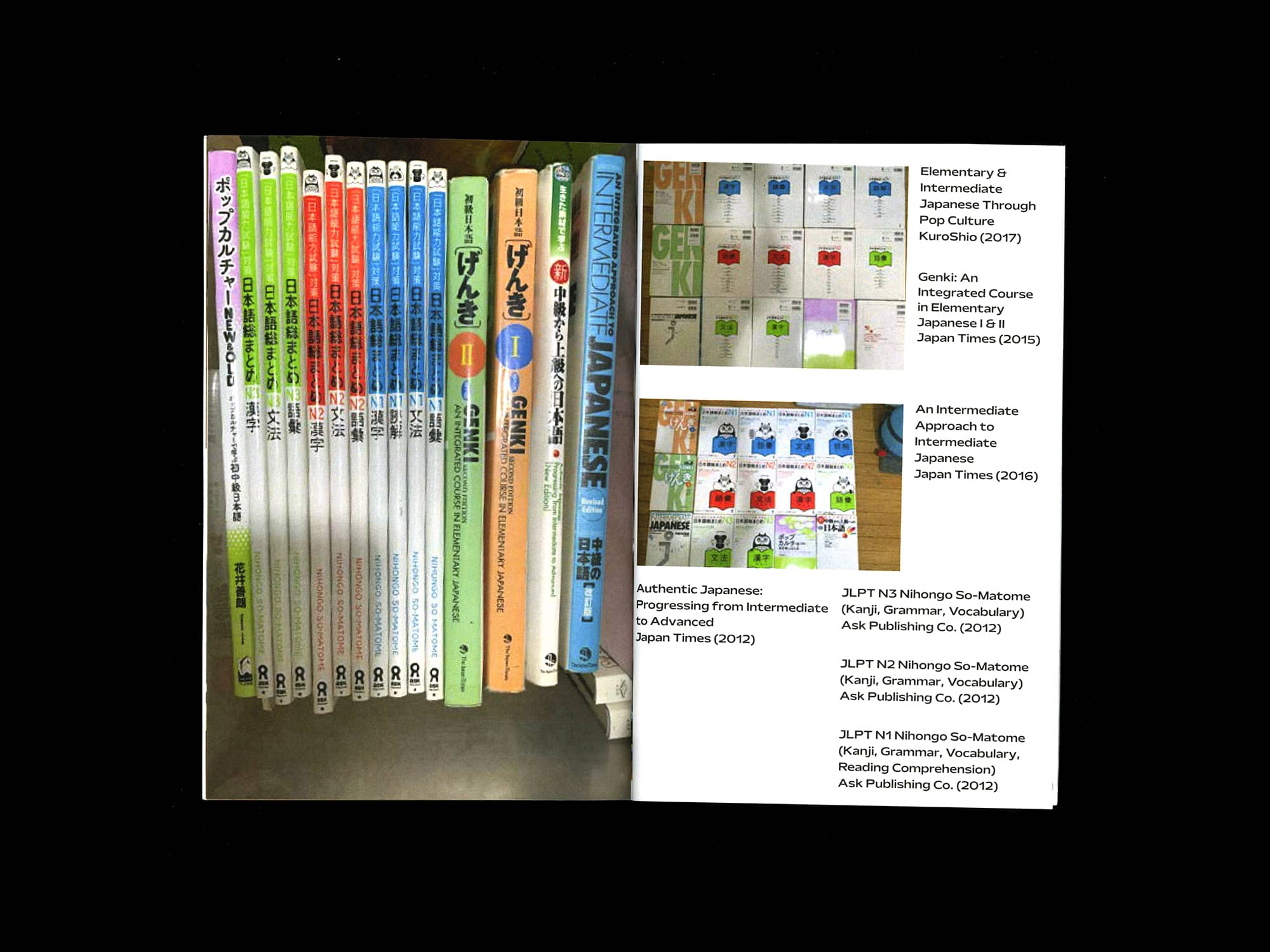
Student:
Juriel Furukawa
Juriel Furukawa





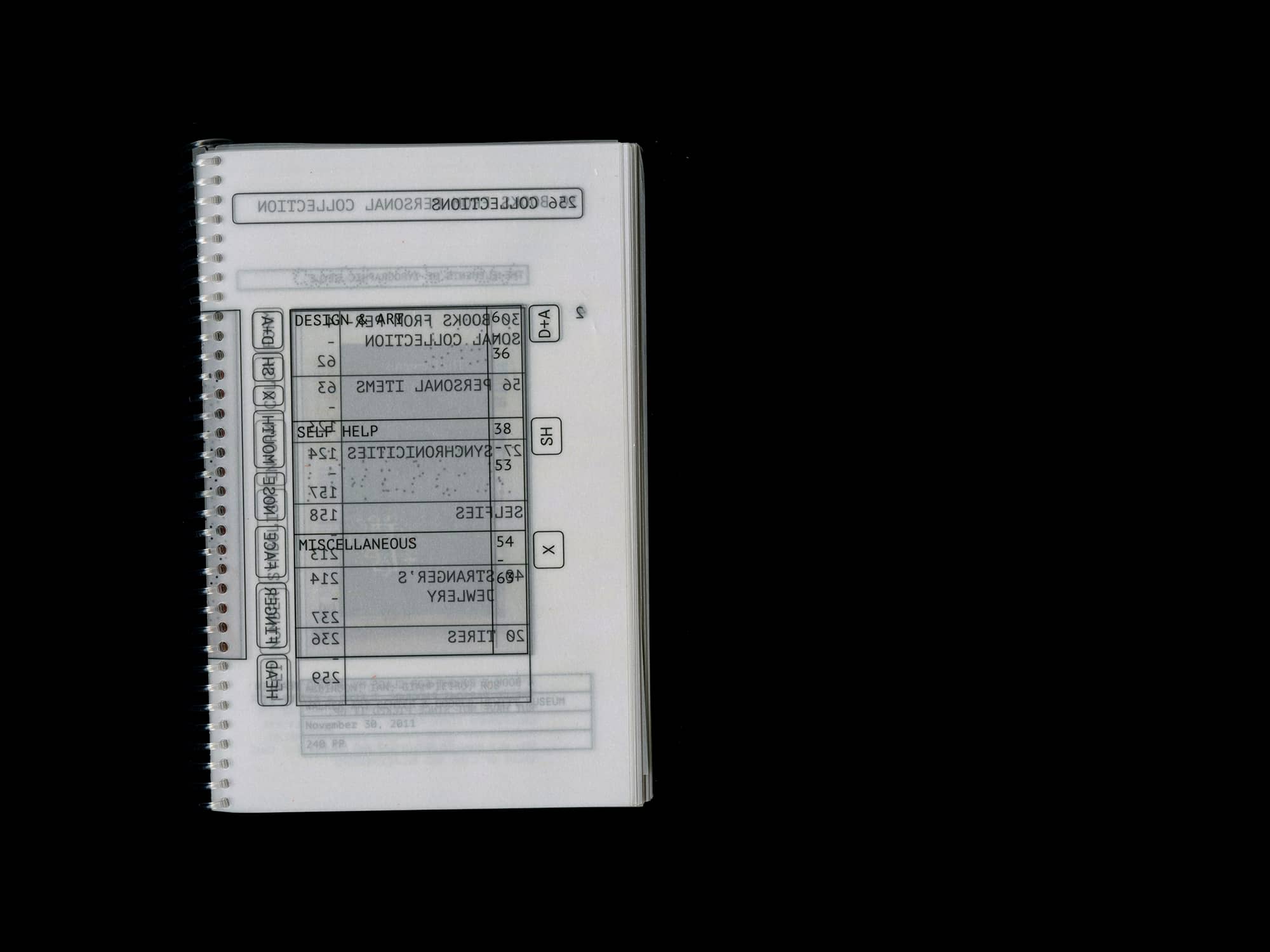
Student:
Kelly Liu
Kelly Liu
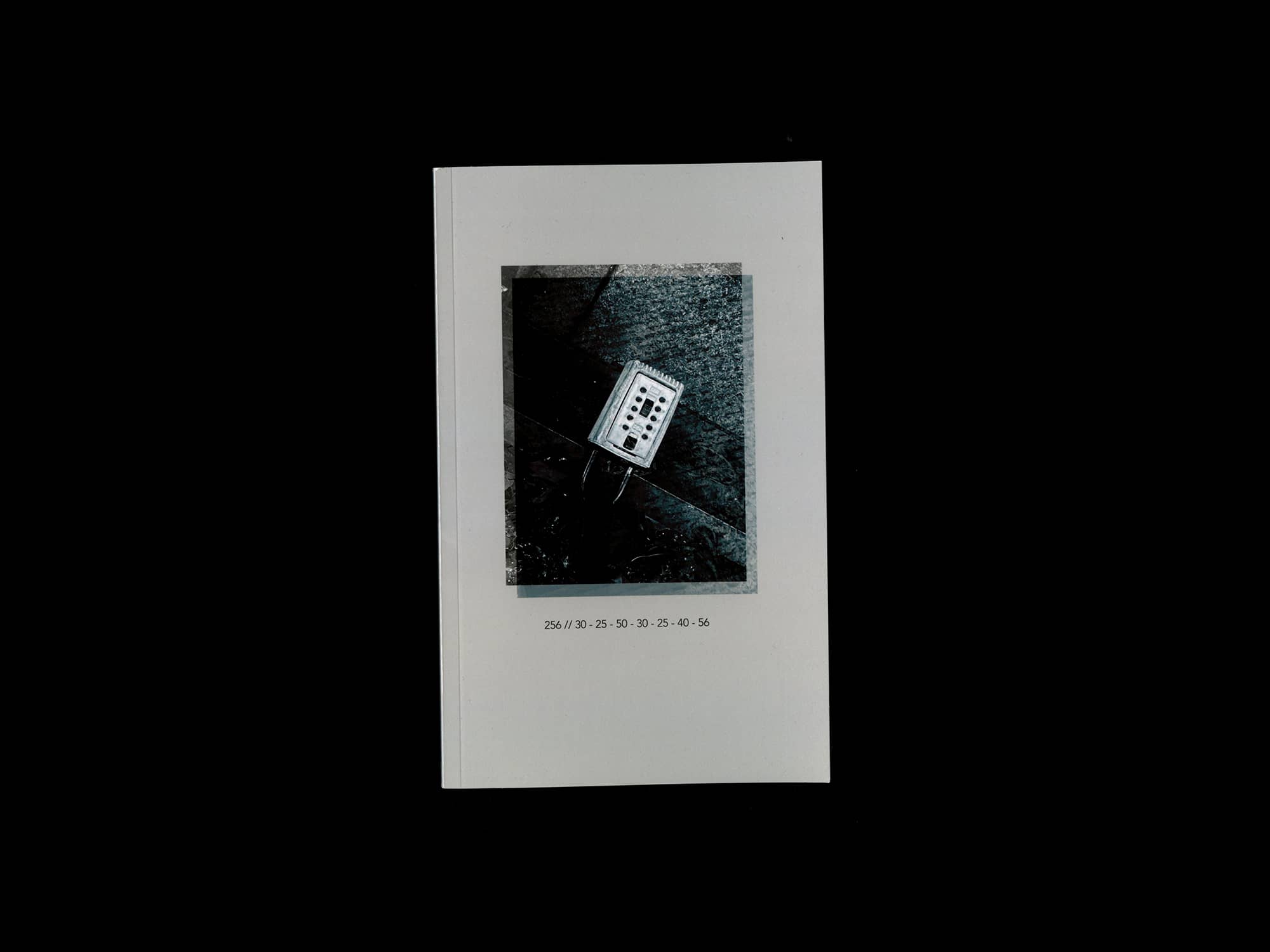
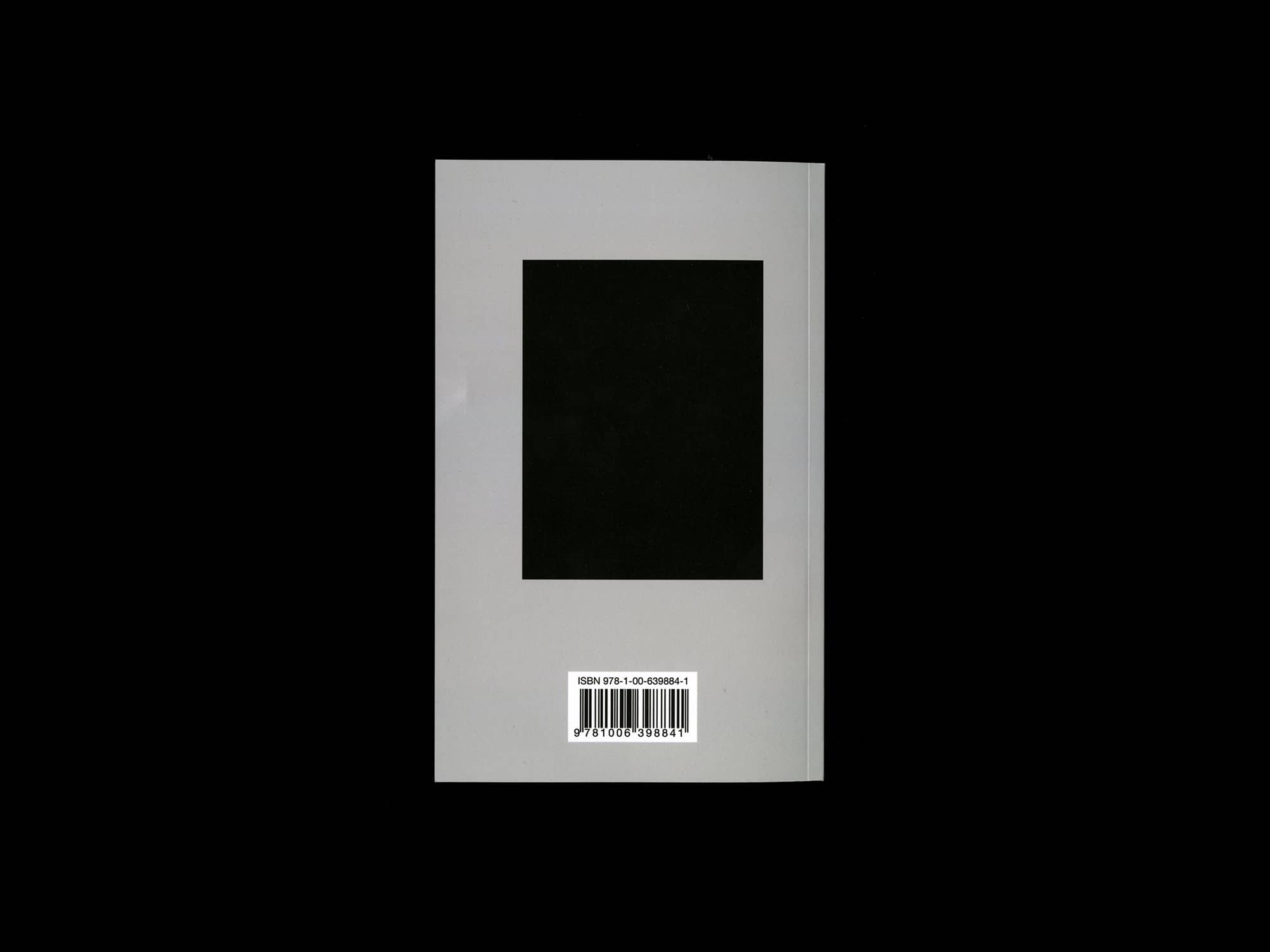
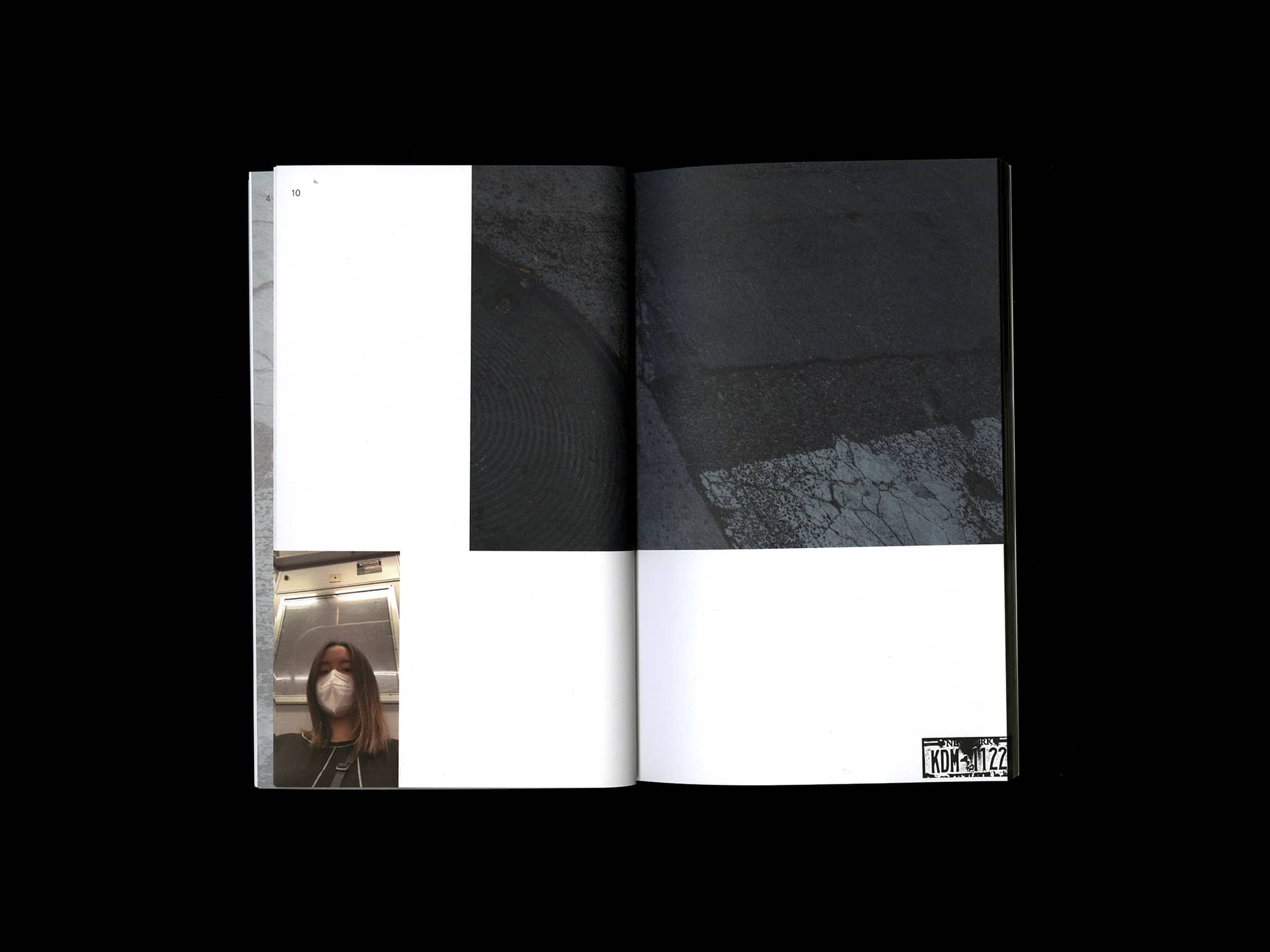
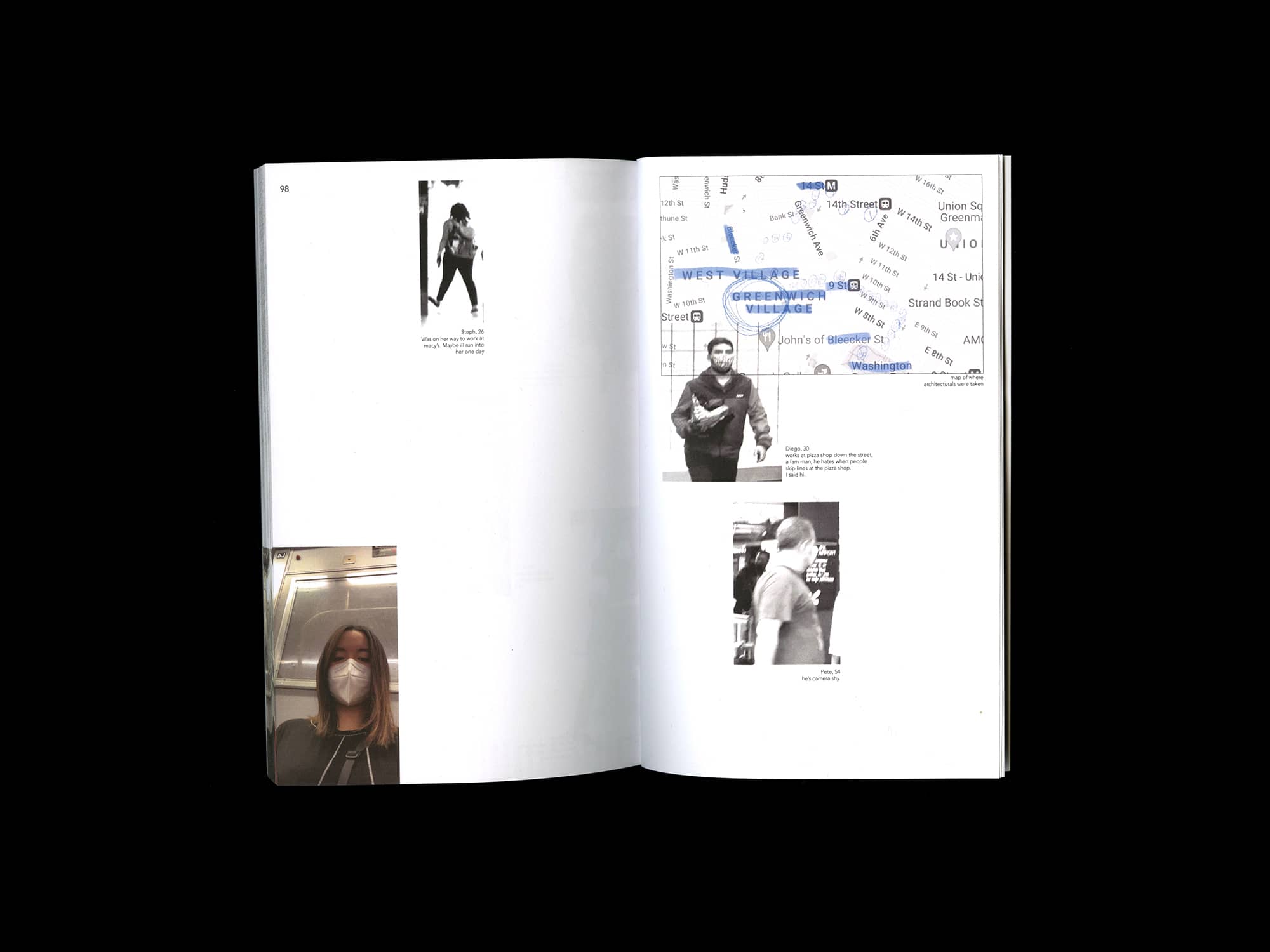

Student:
Nora Lombardo
Nora Lombardo

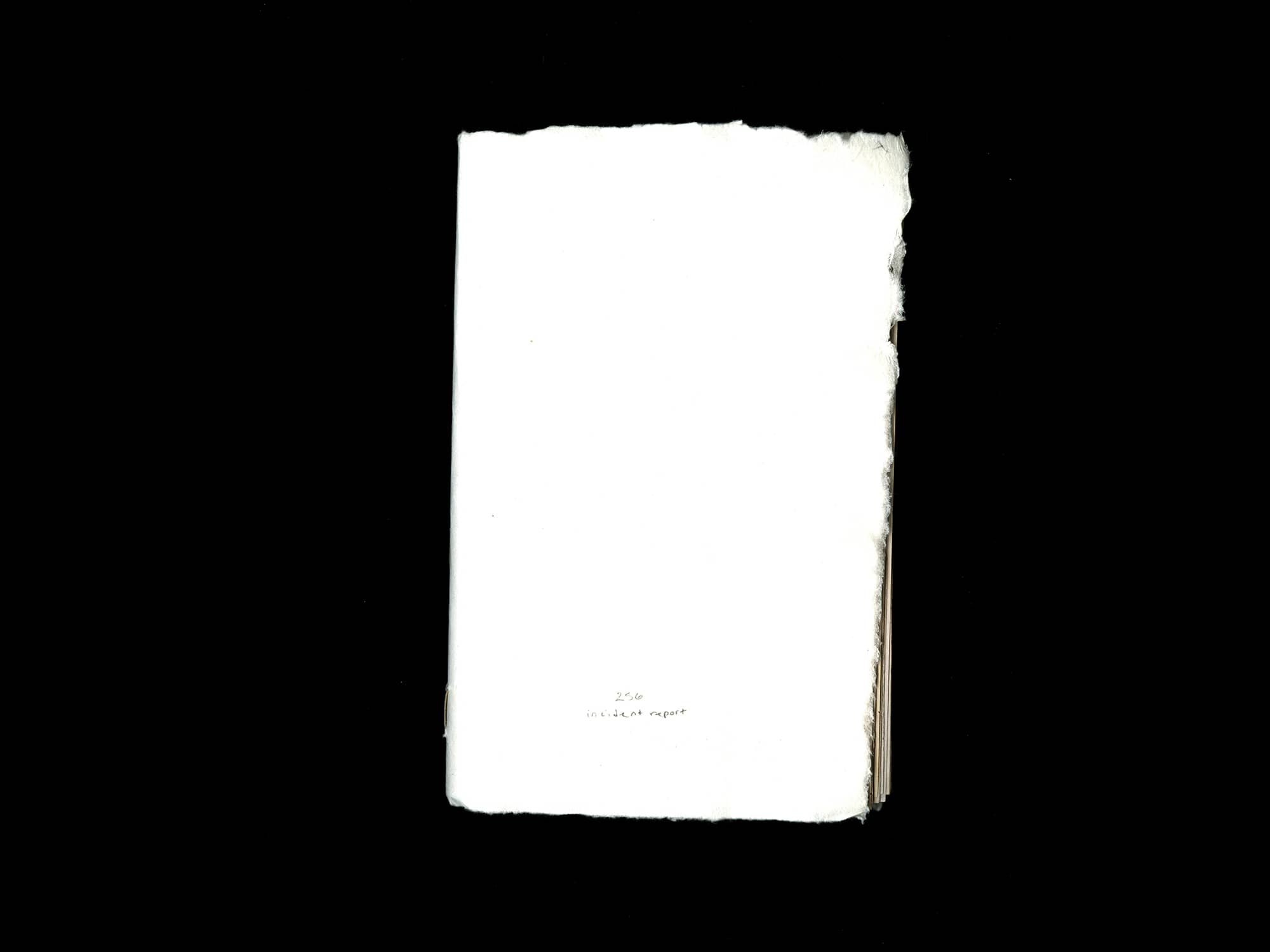
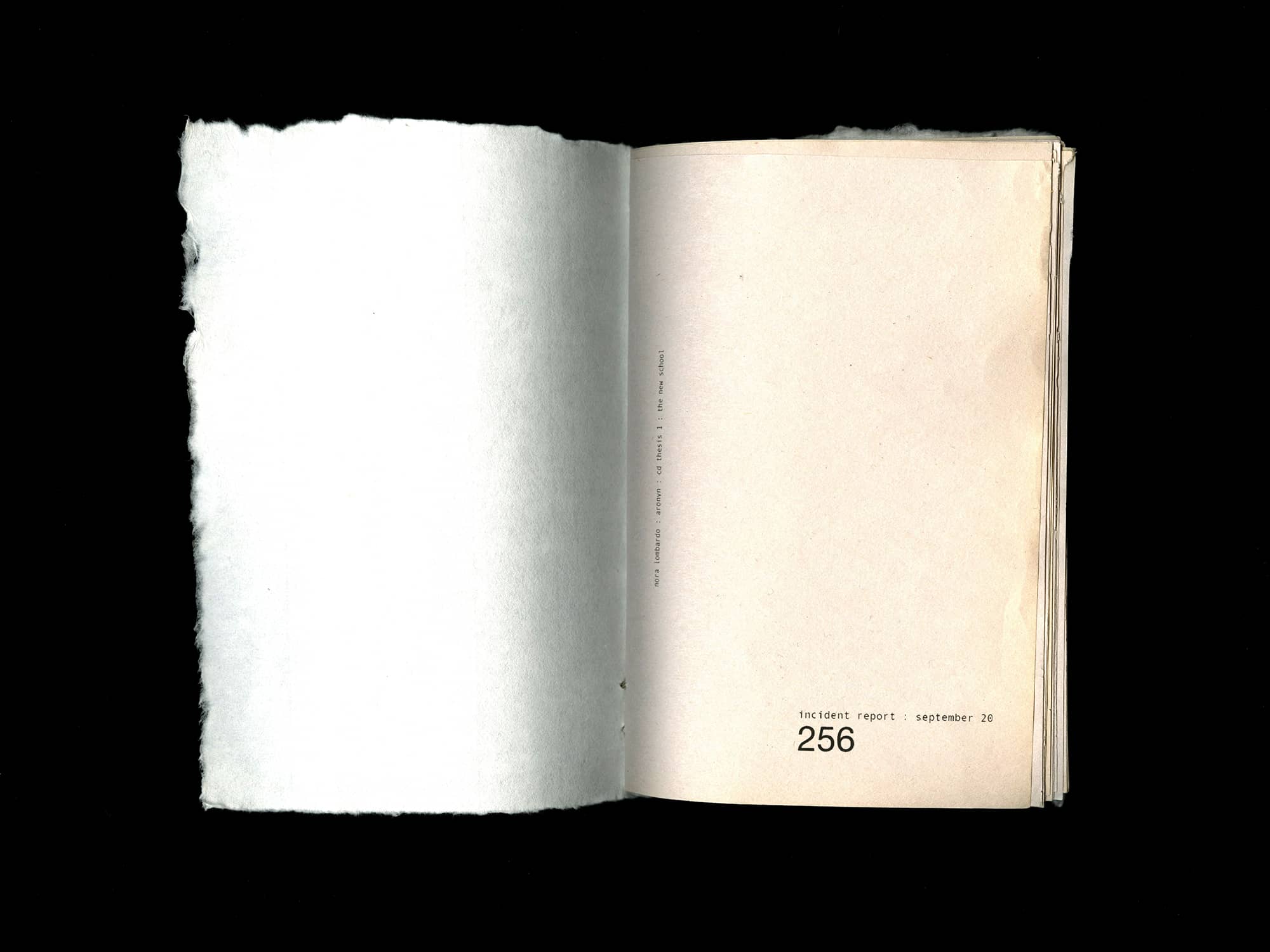
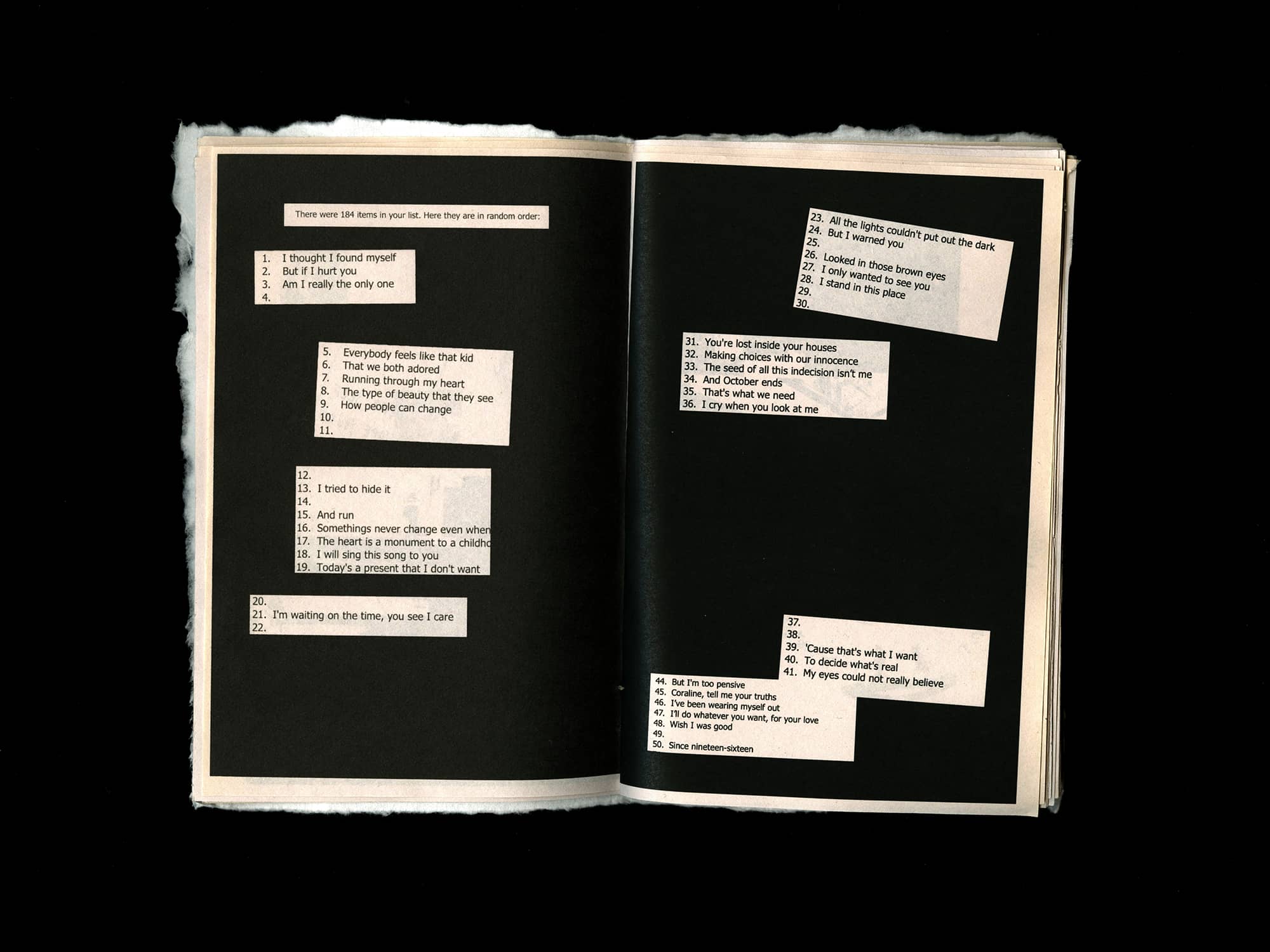
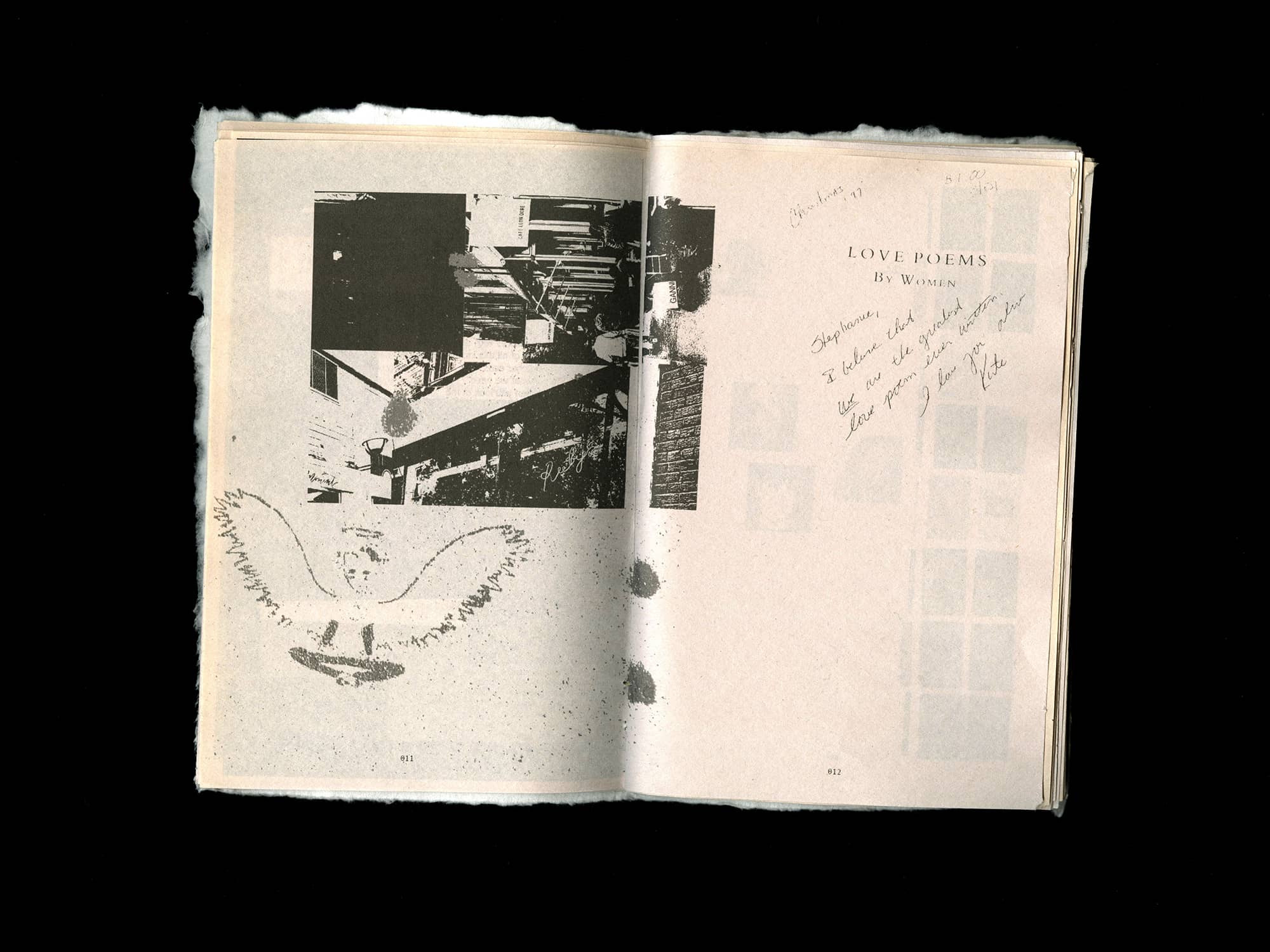
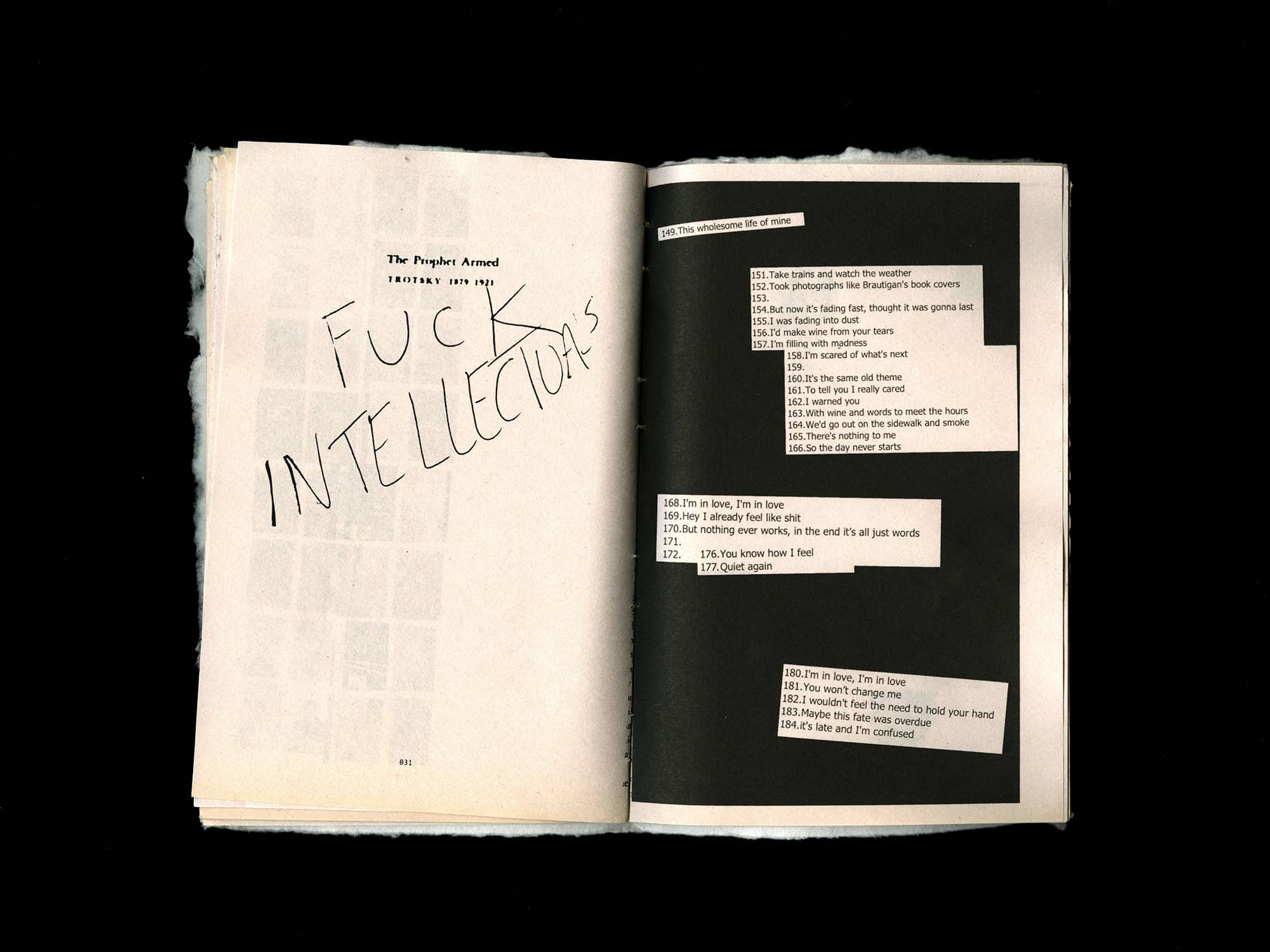
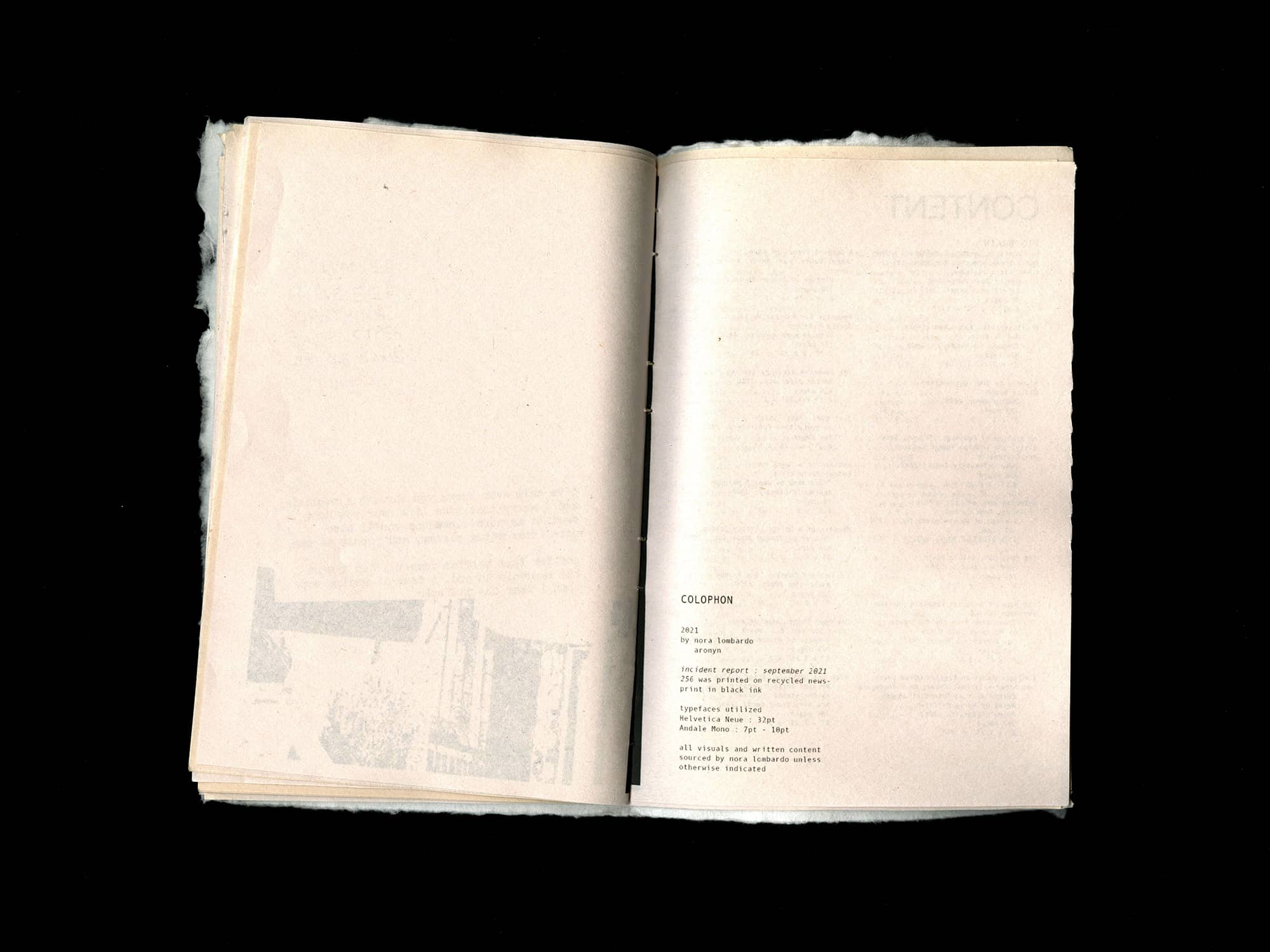

Student:
Oz Osborn
Oz Osborn


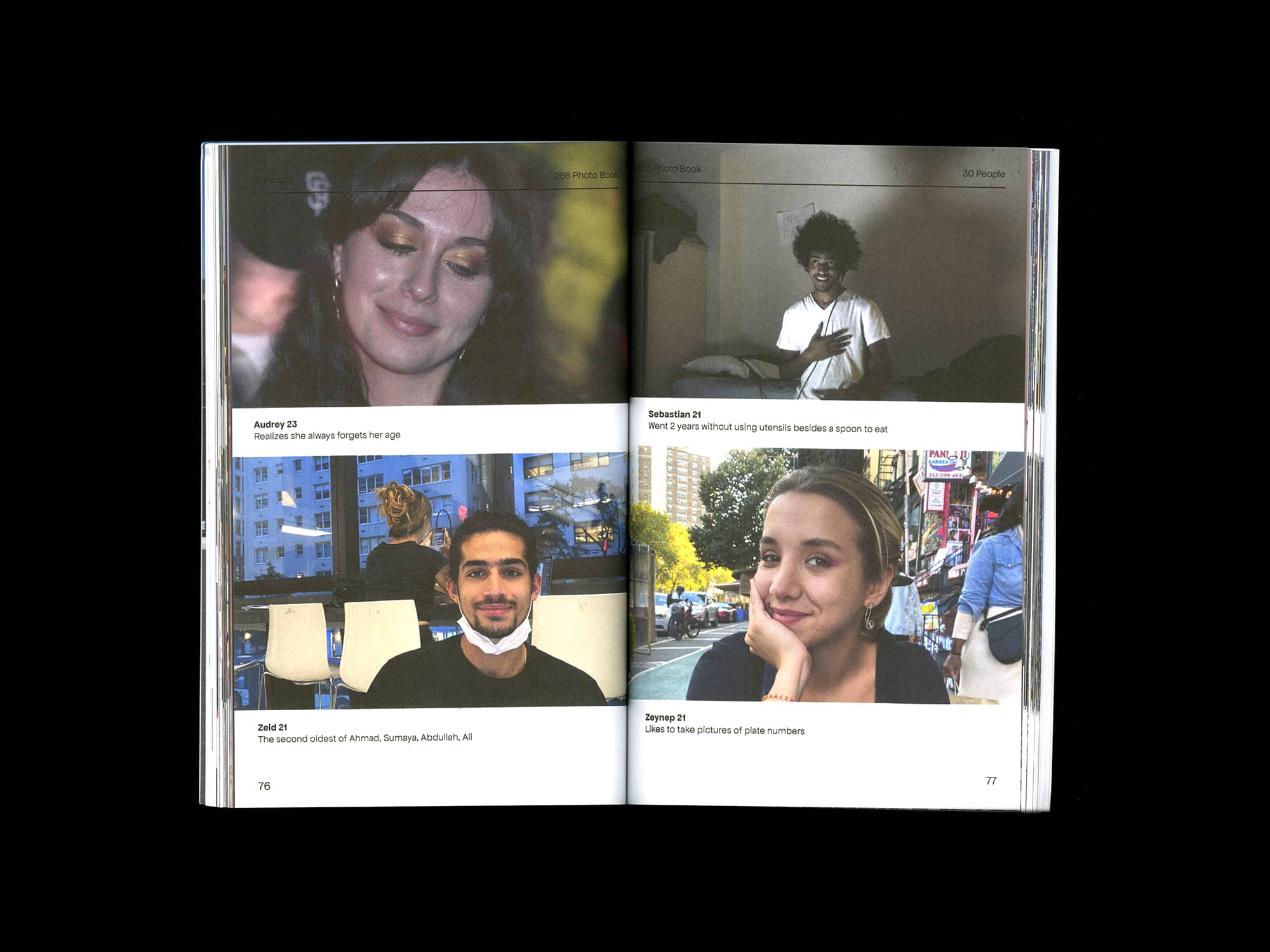
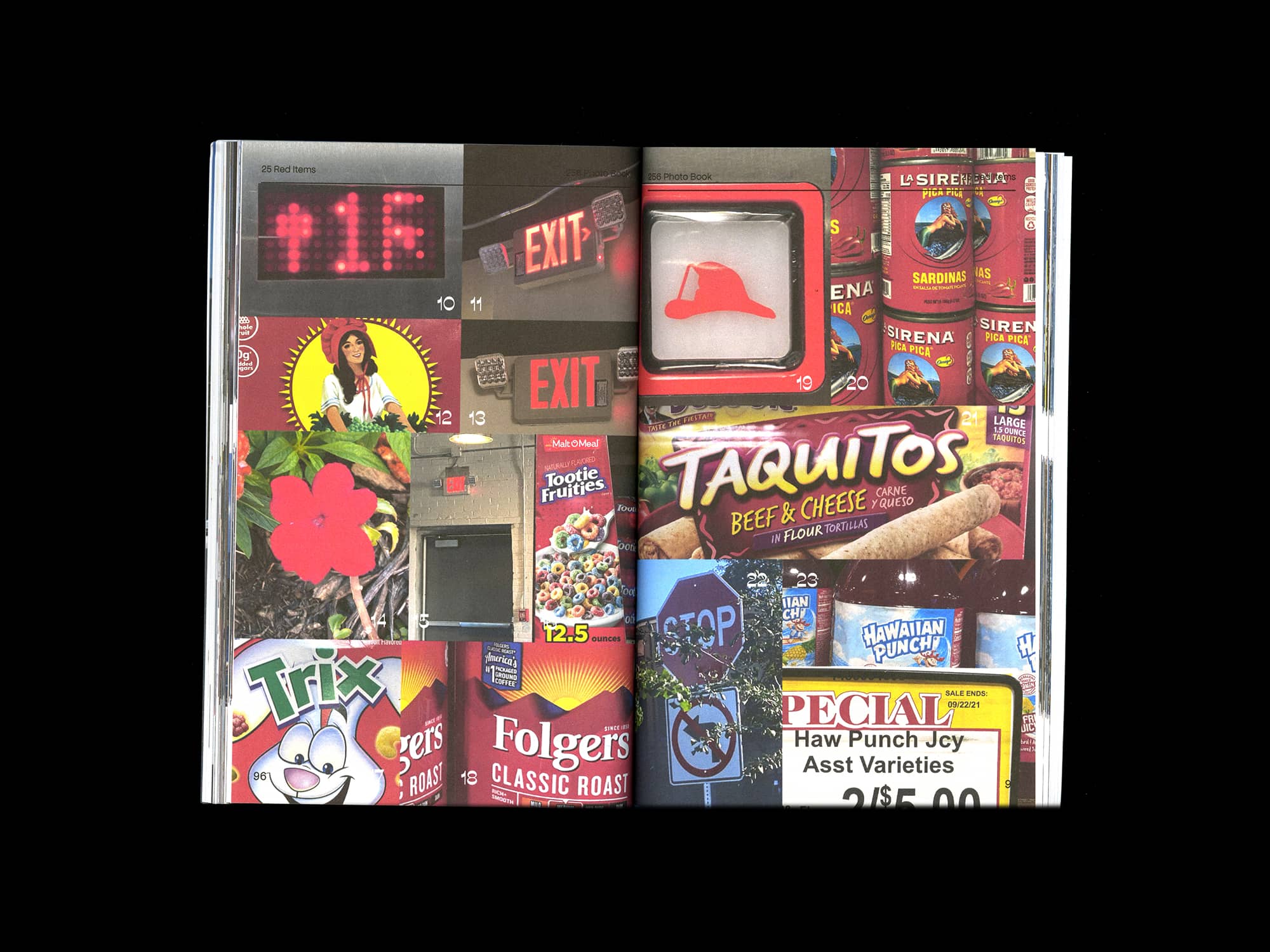
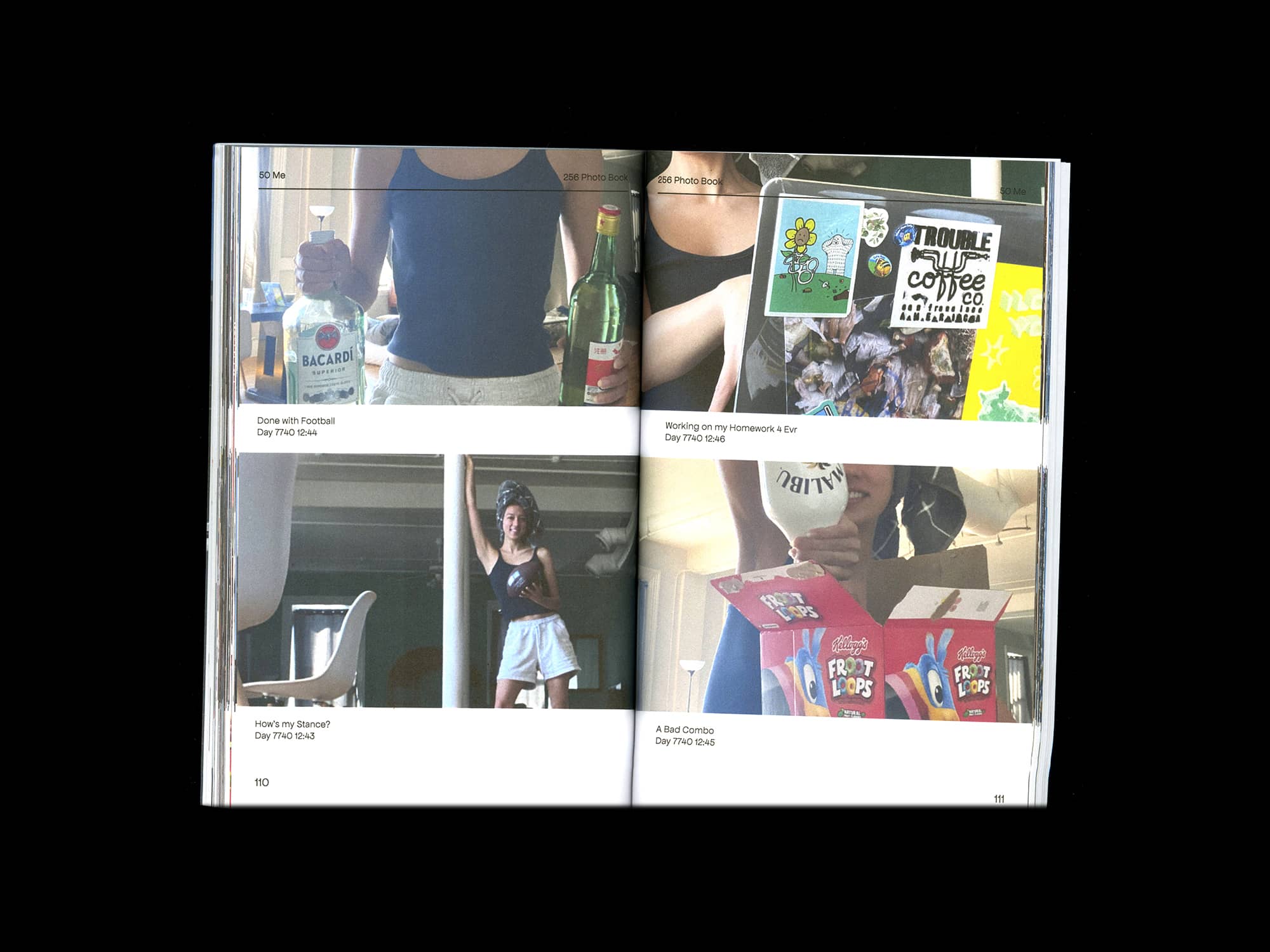
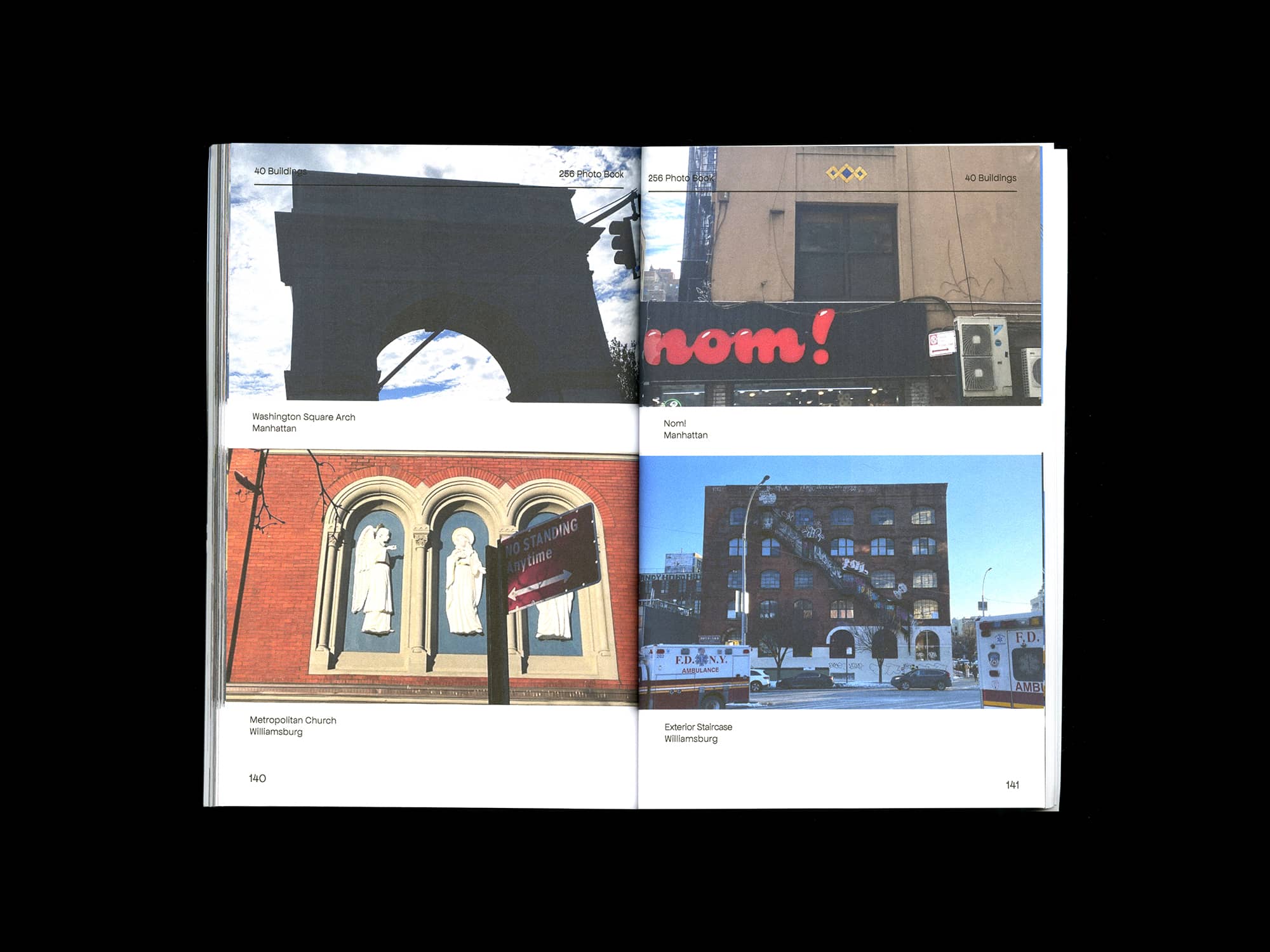
Student:
Samantha Chun
Samantha Chun
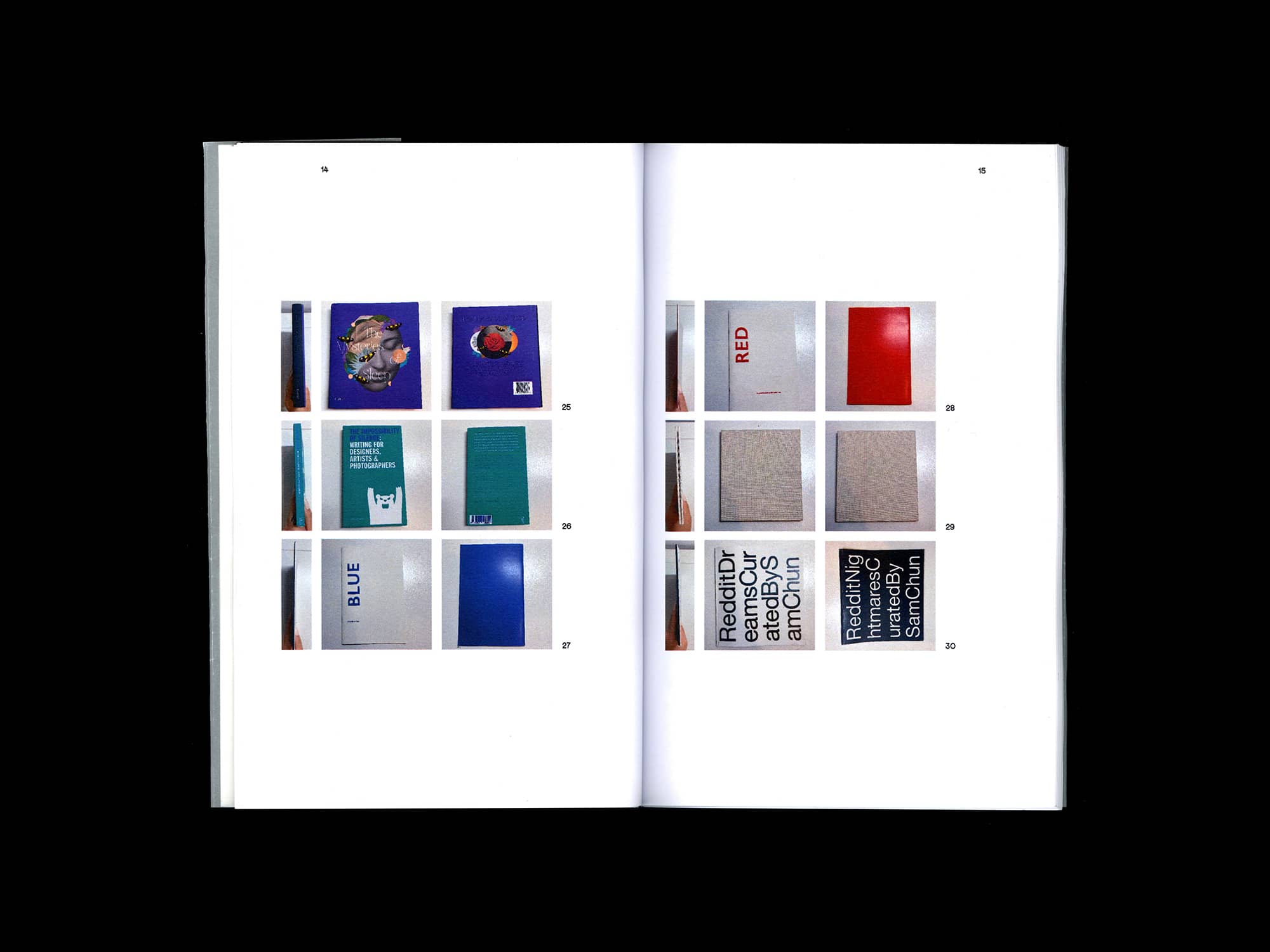
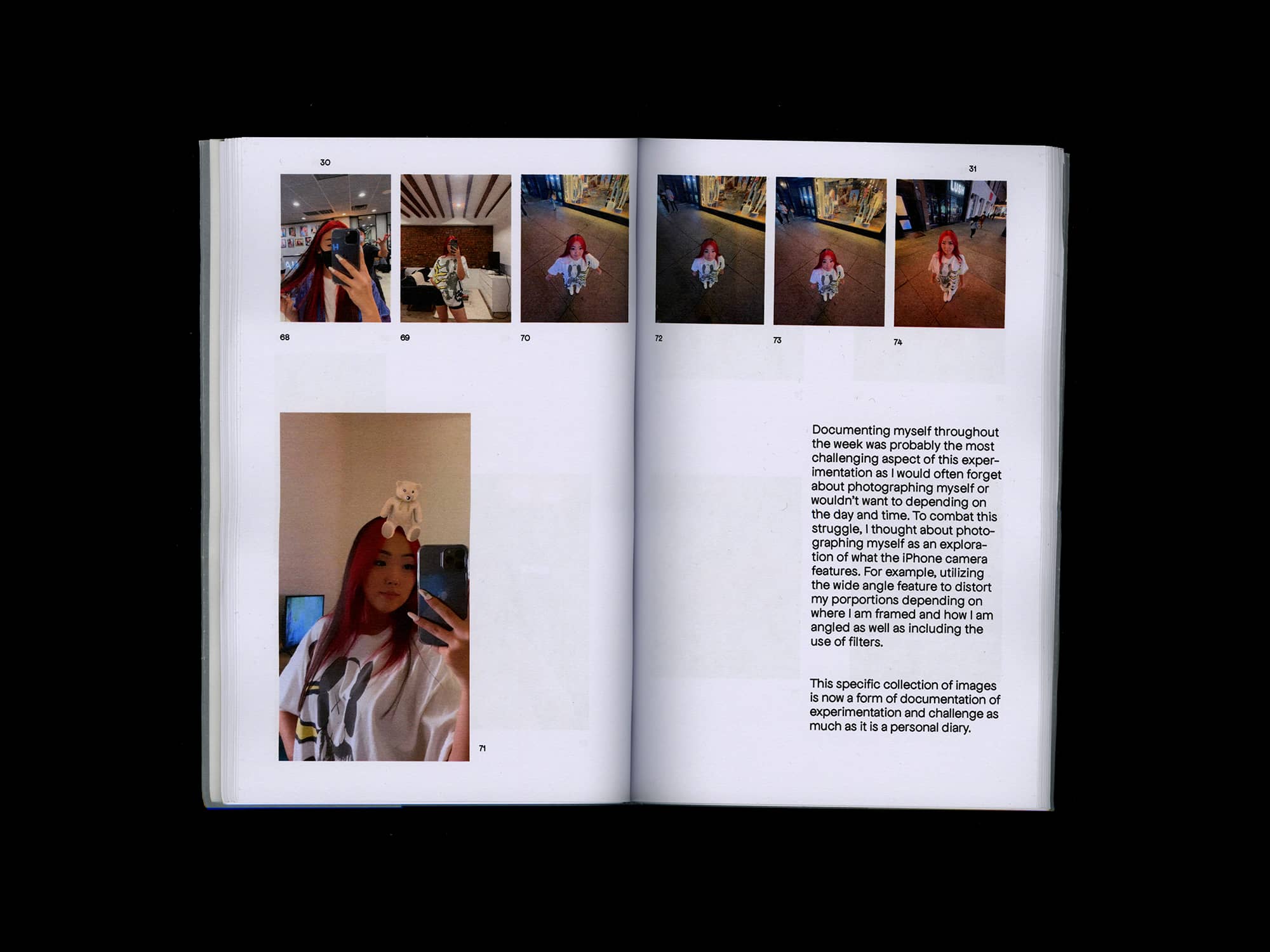
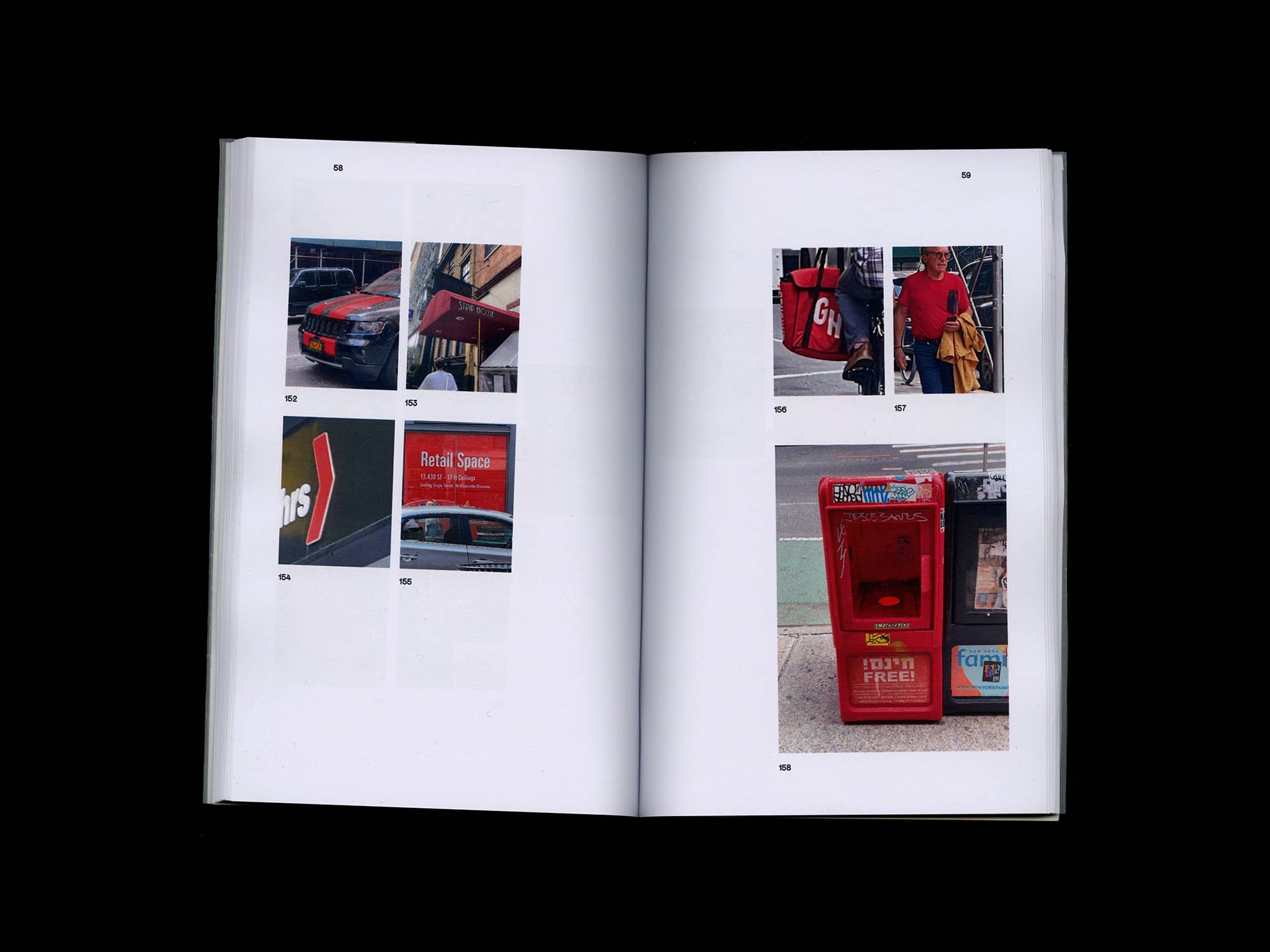



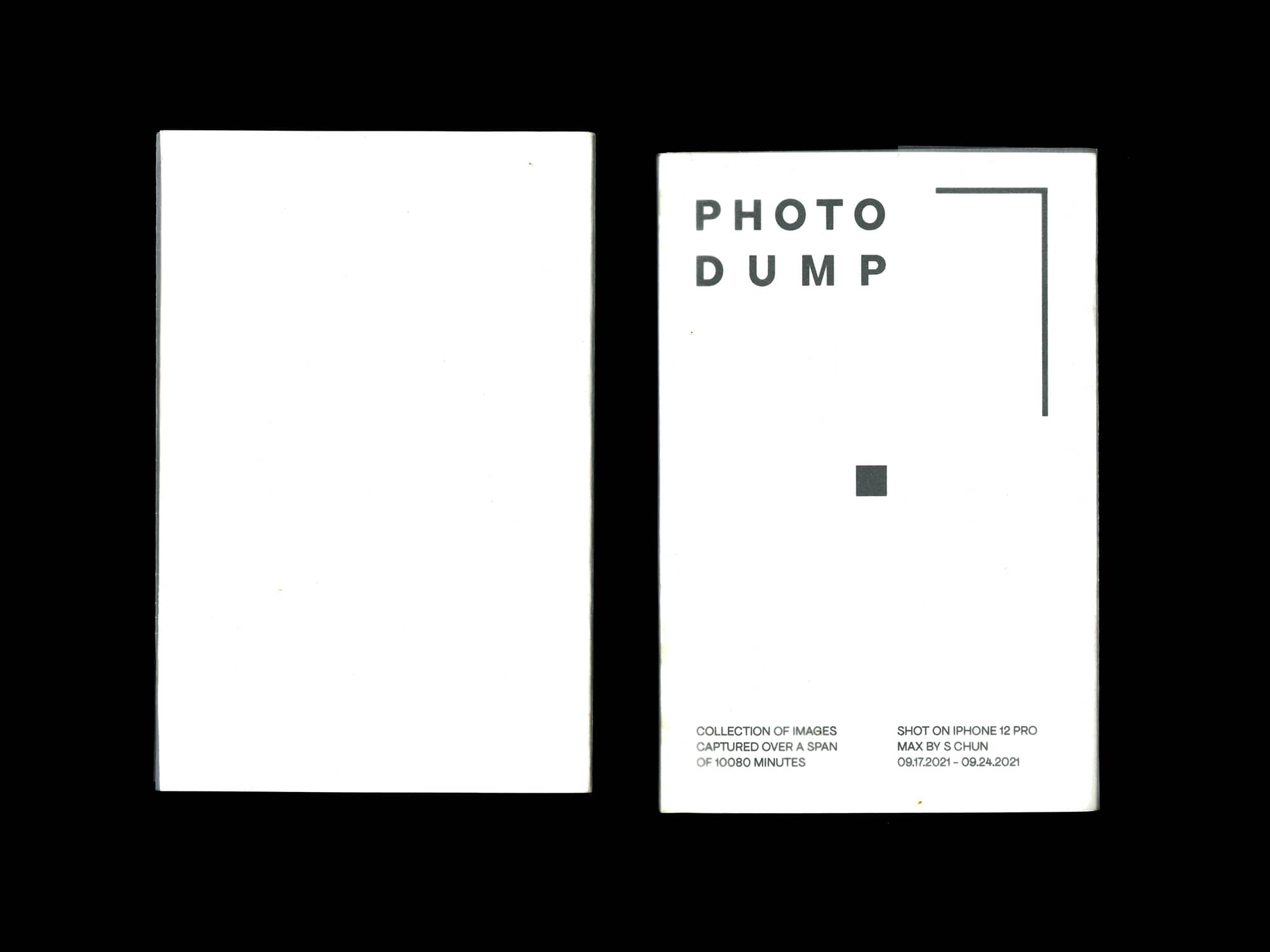
Student:
Sarah Kim
Sarah Kim
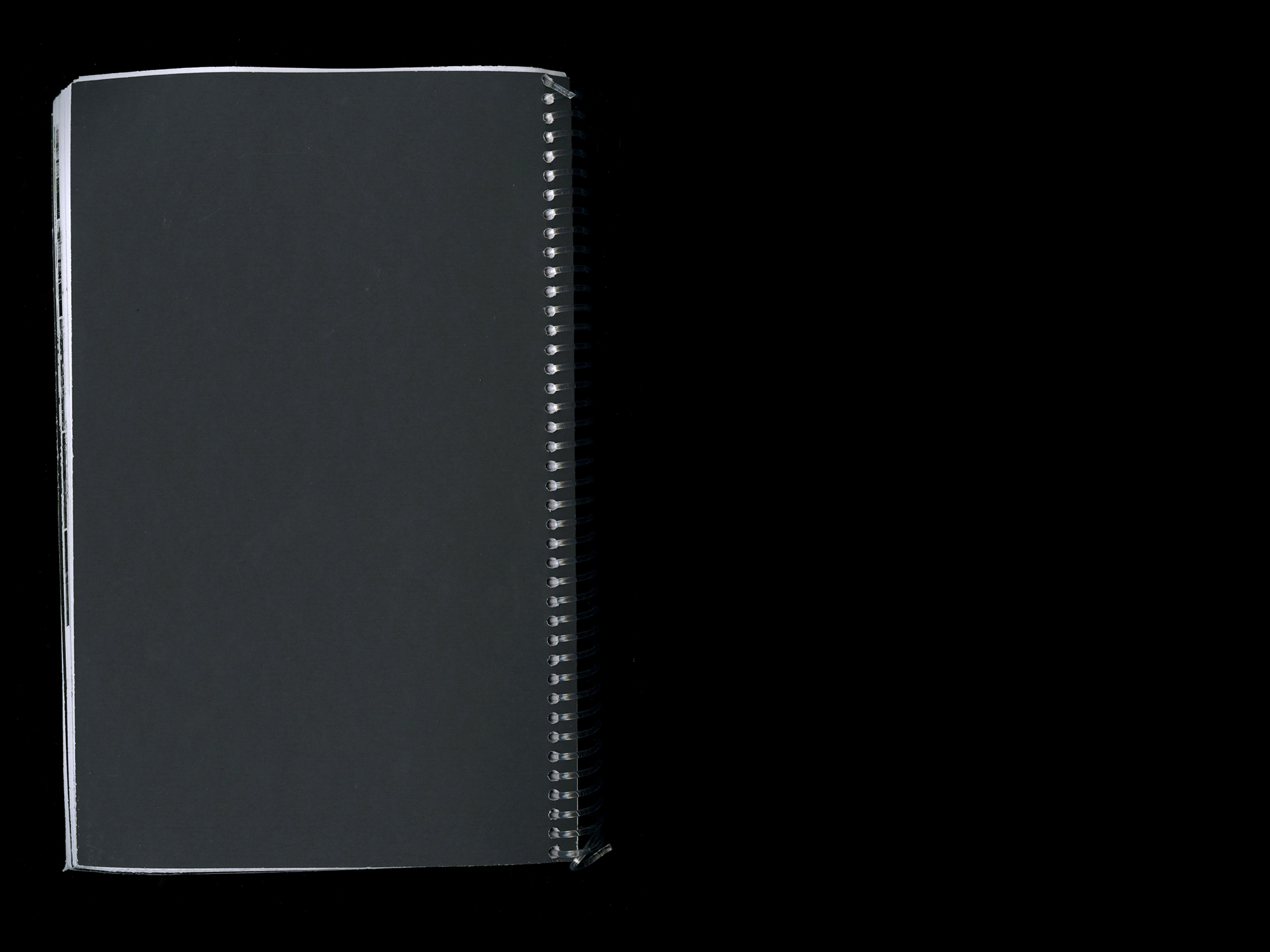
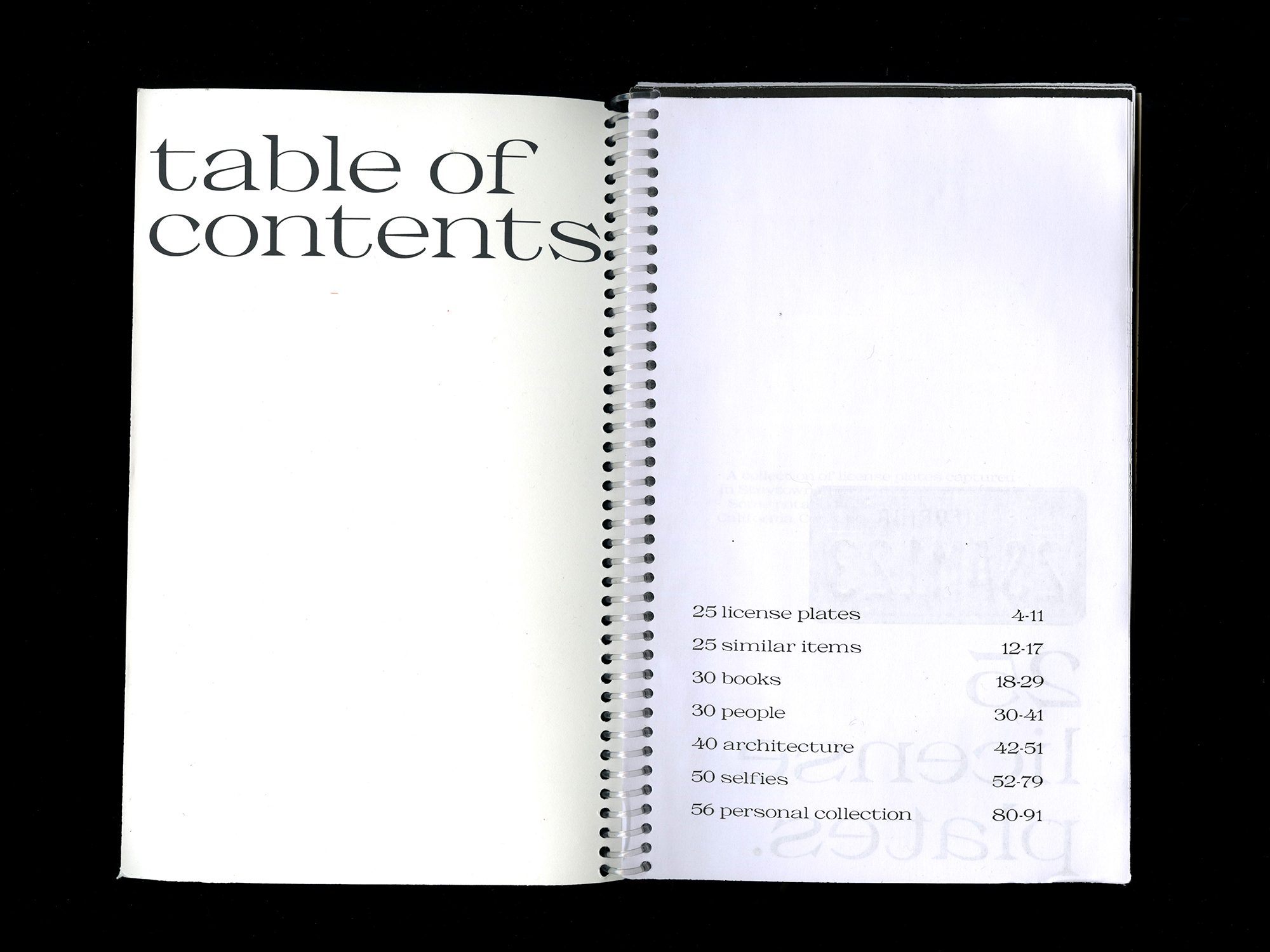
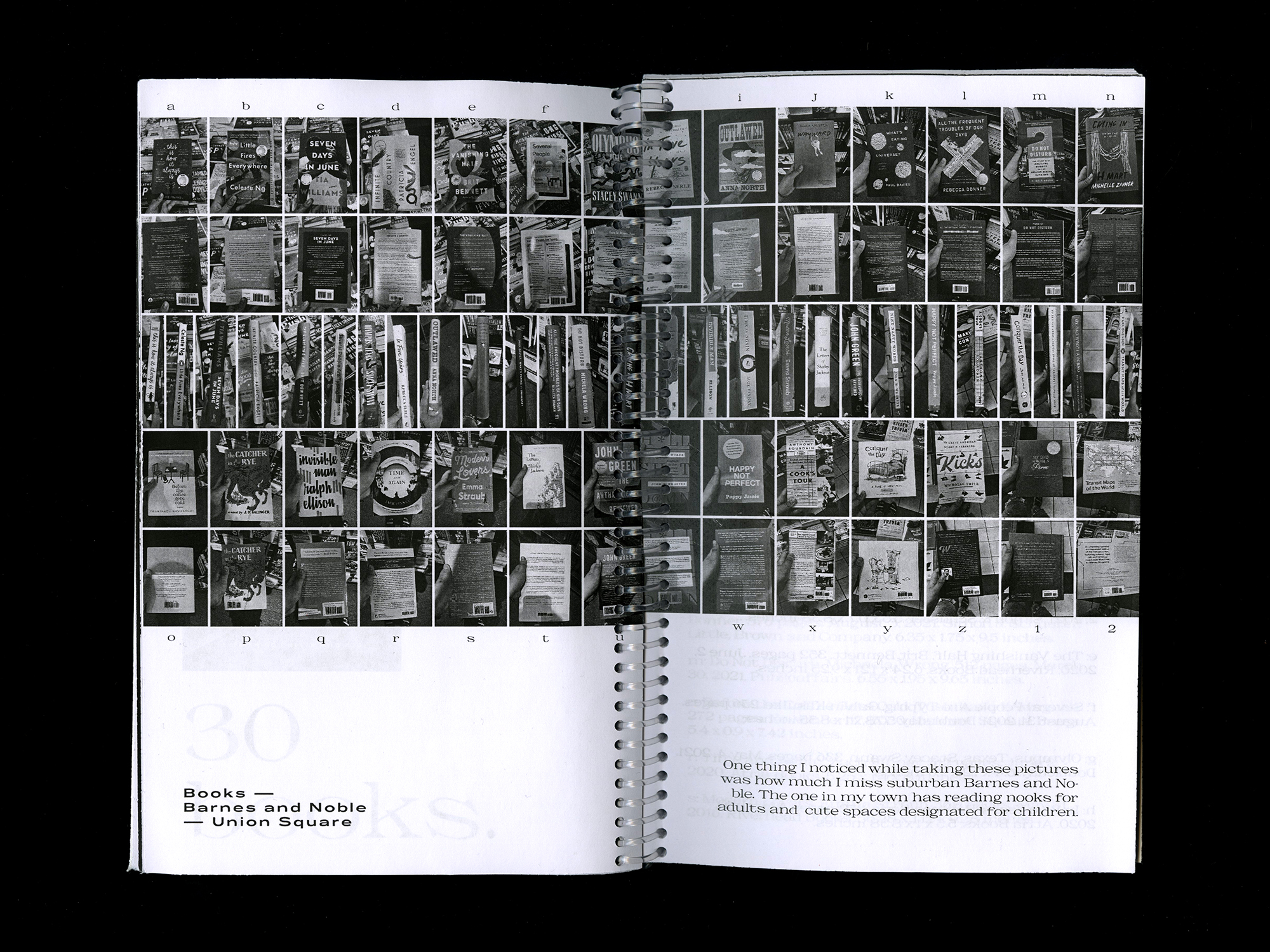

Student:
Aaron Deng
Aaron Deng
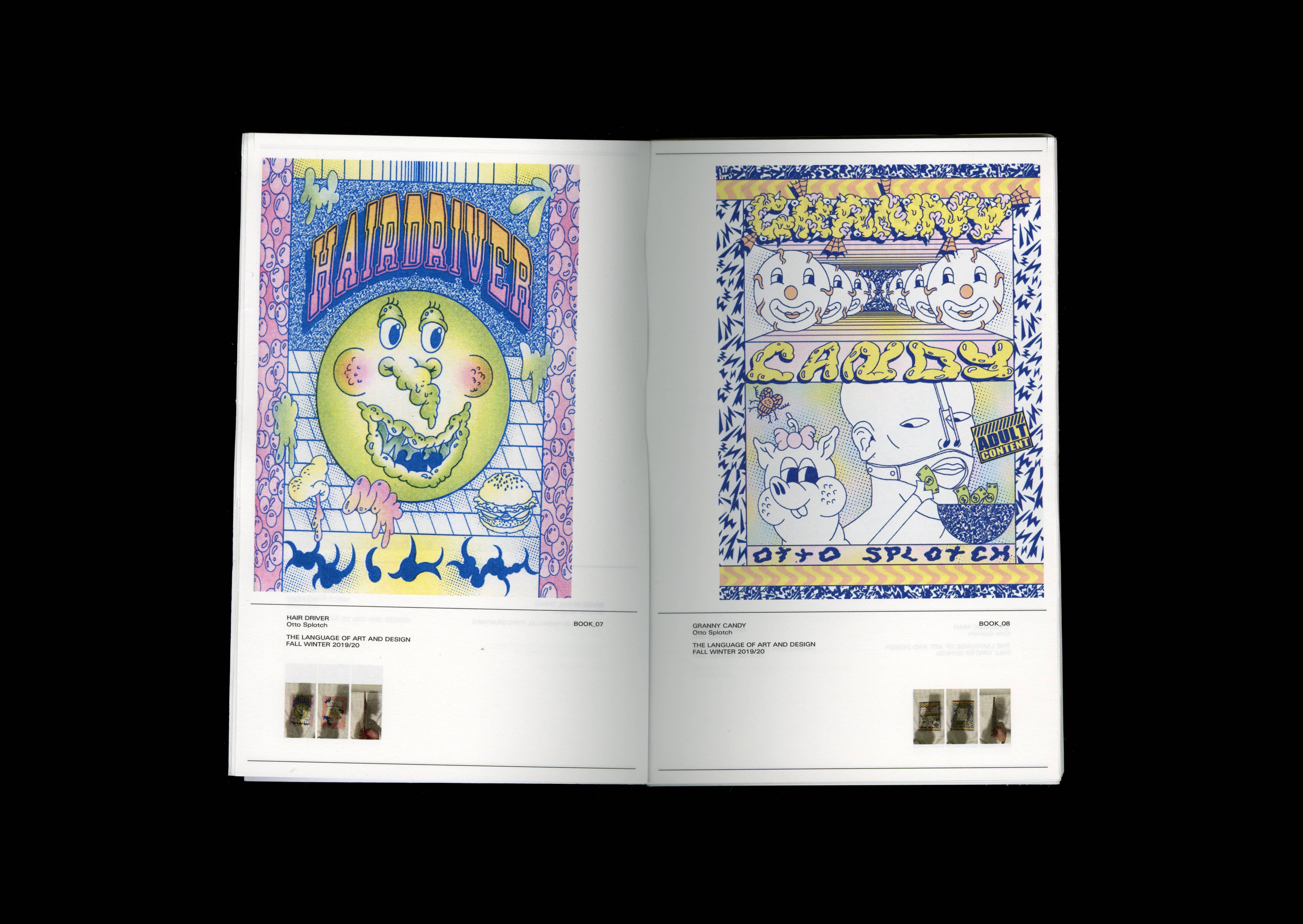

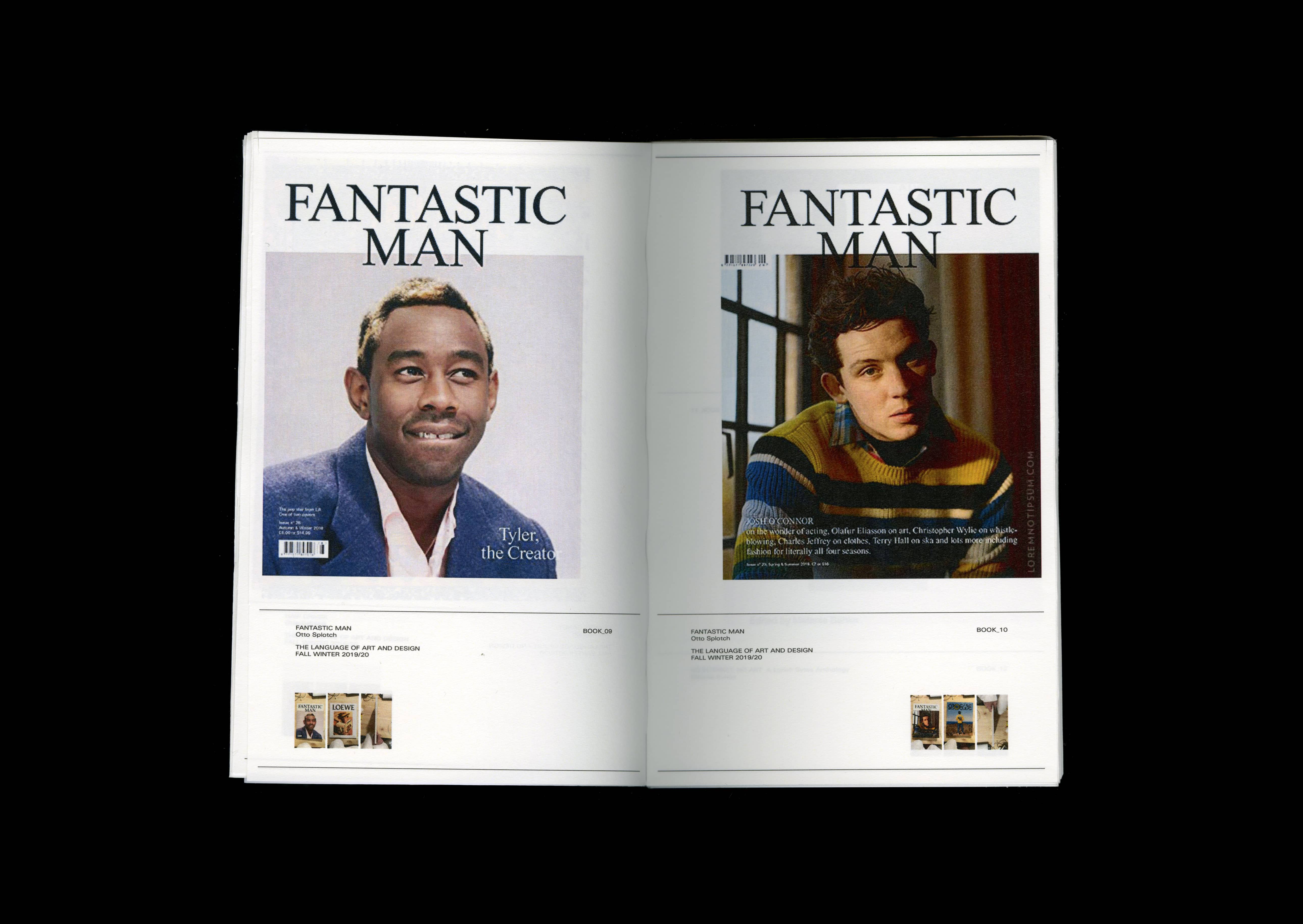




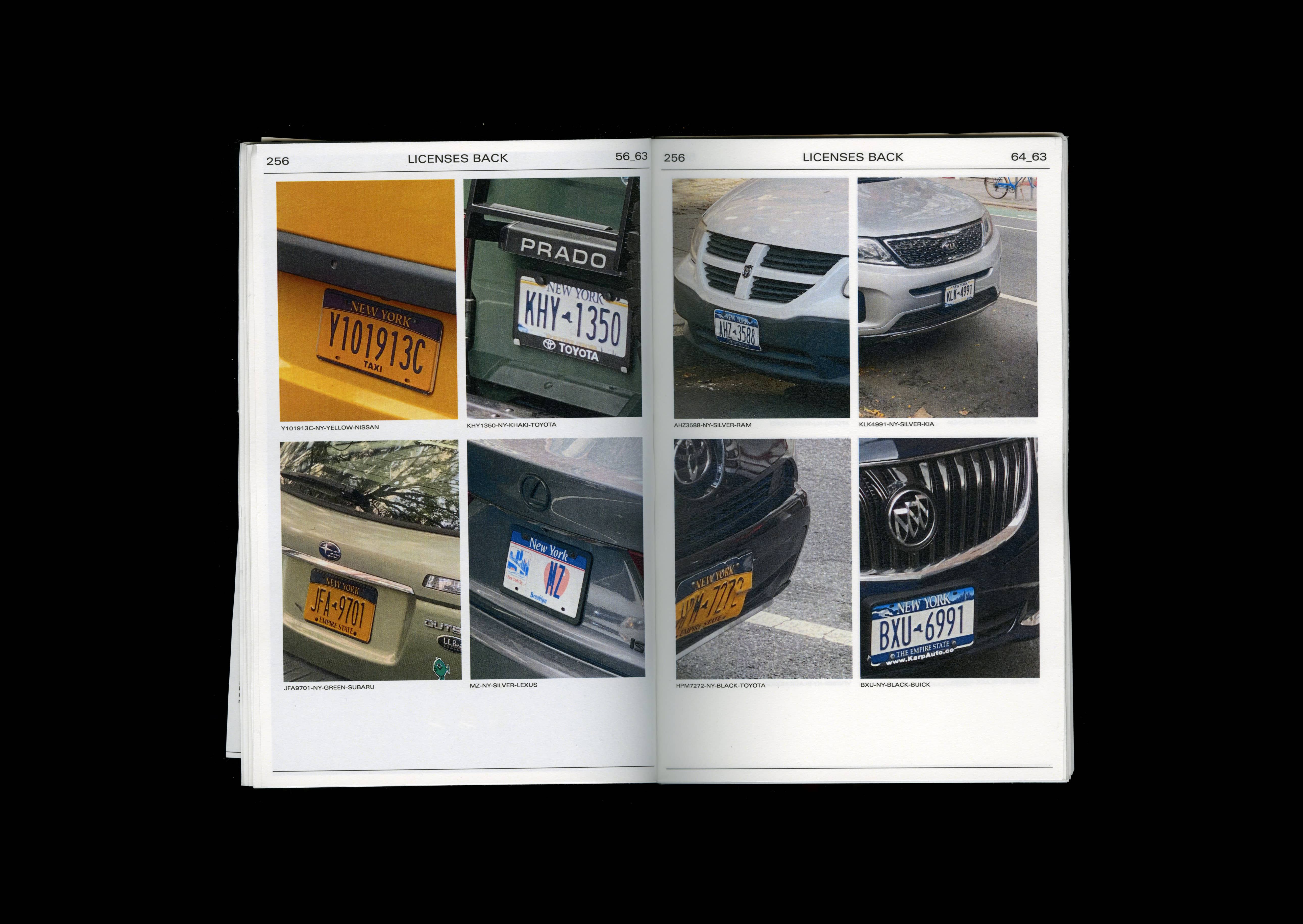
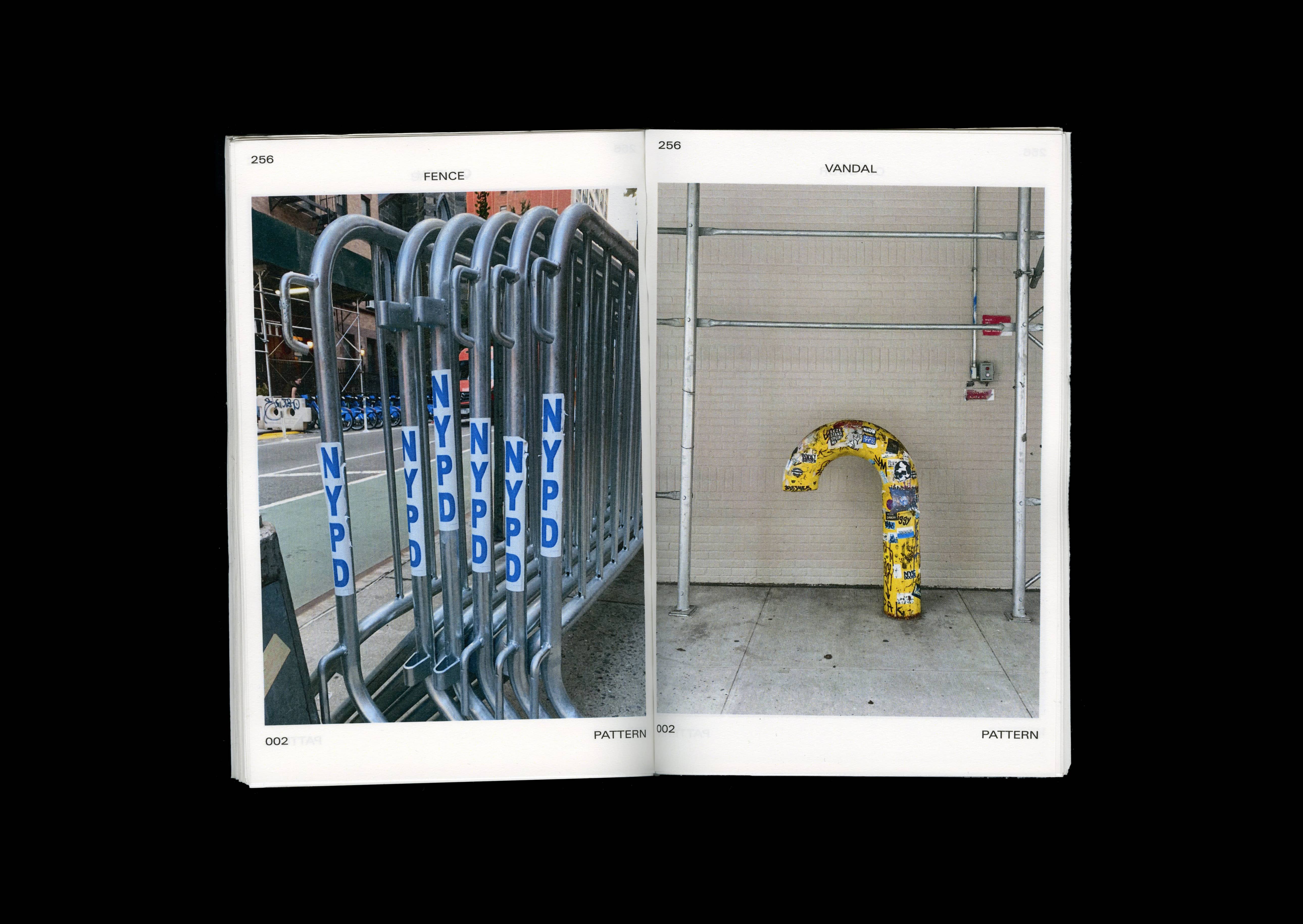
Student:
Sofia Cacho Sousa
Sofia Cacho Sousa
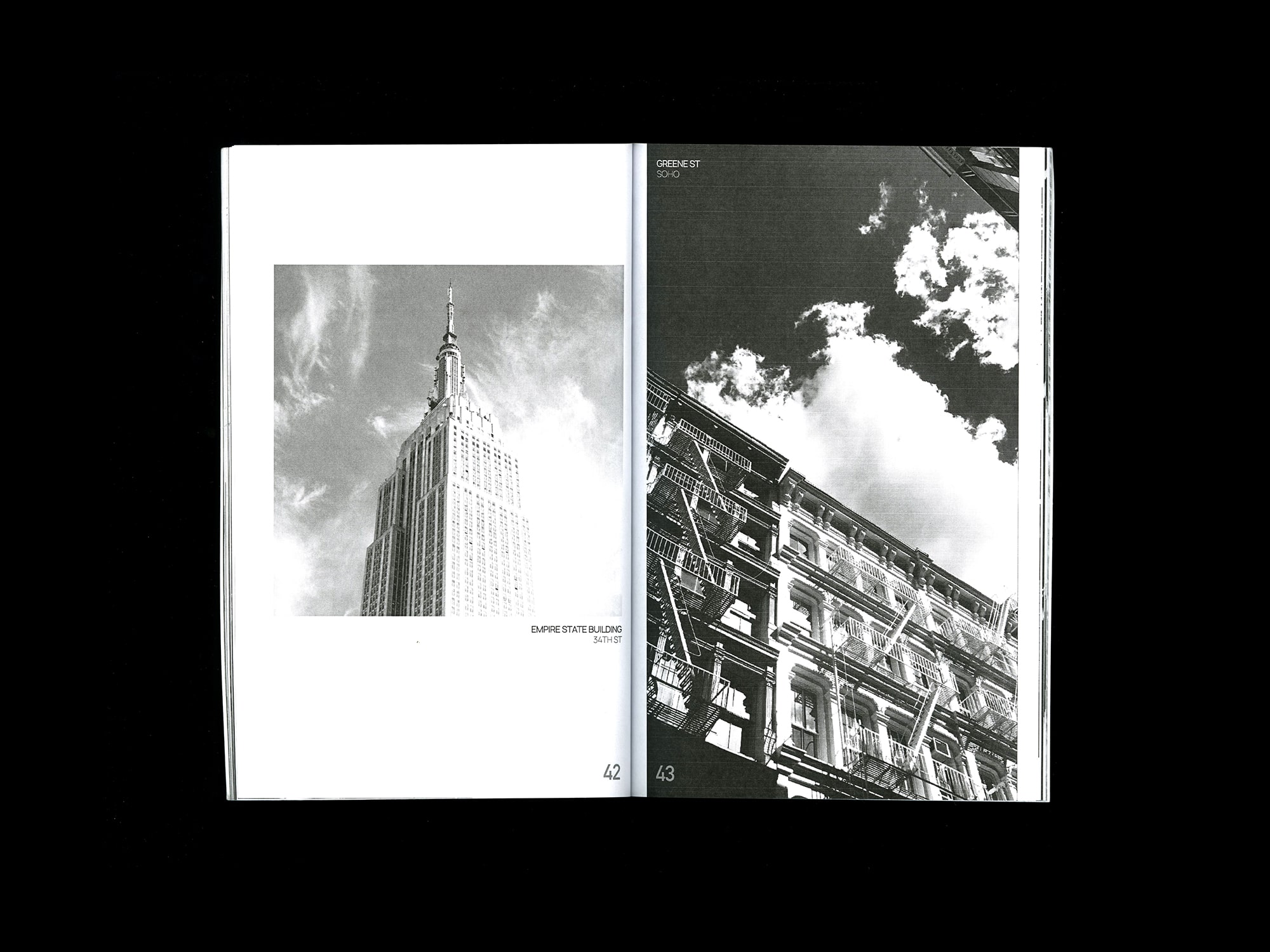
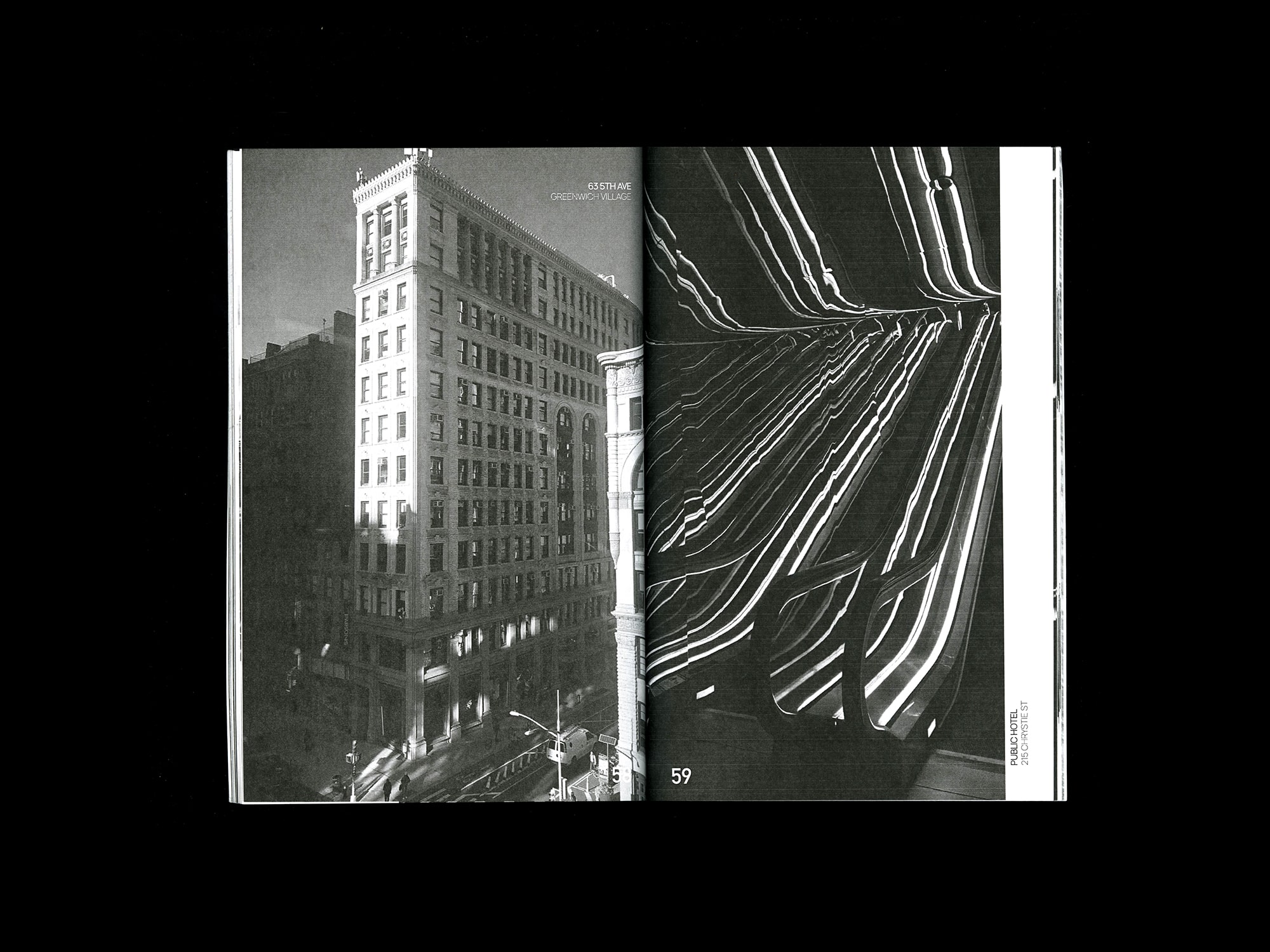
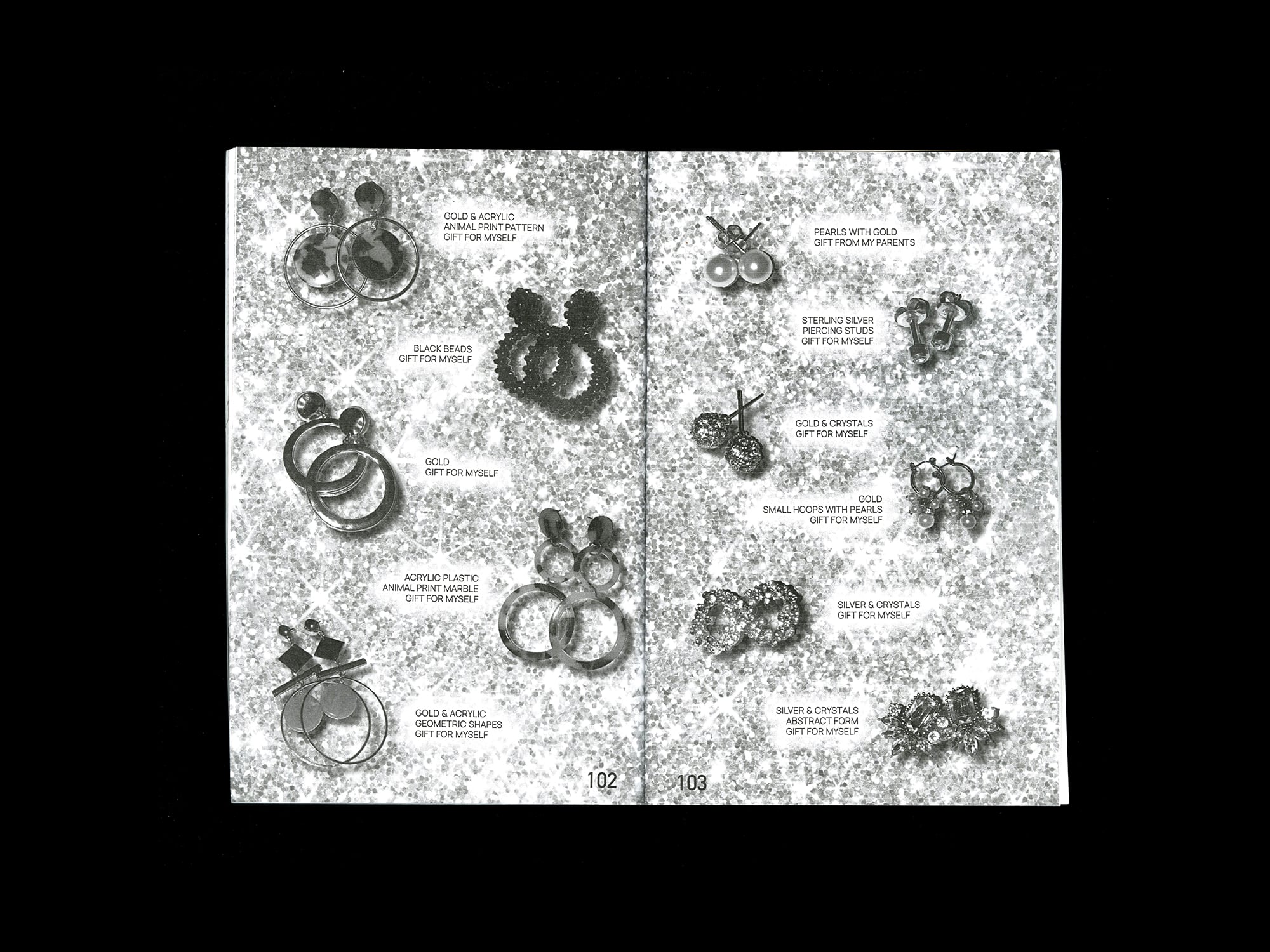
Student:
Tarra Boroumandi
Tarra Boroumandi
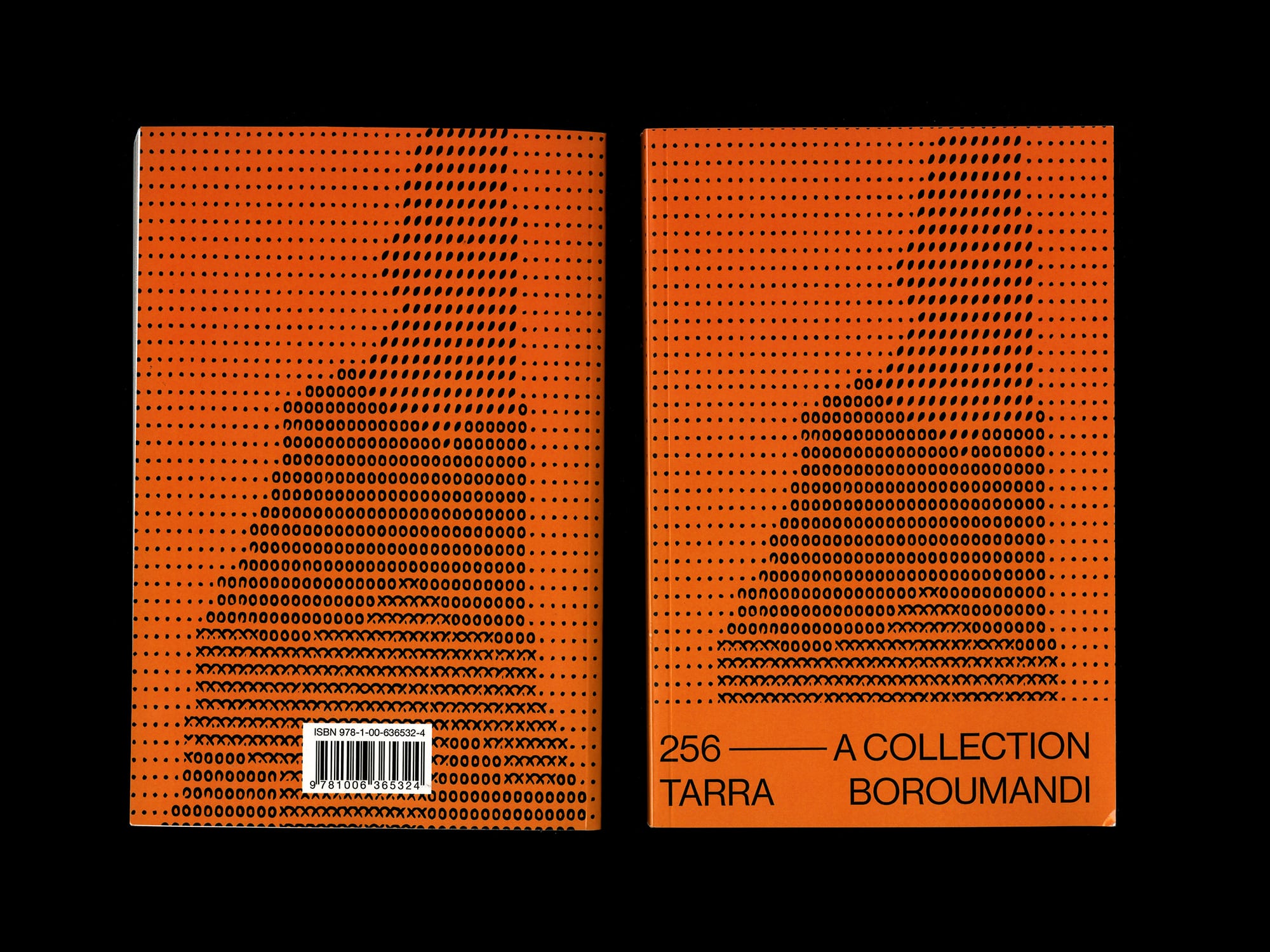
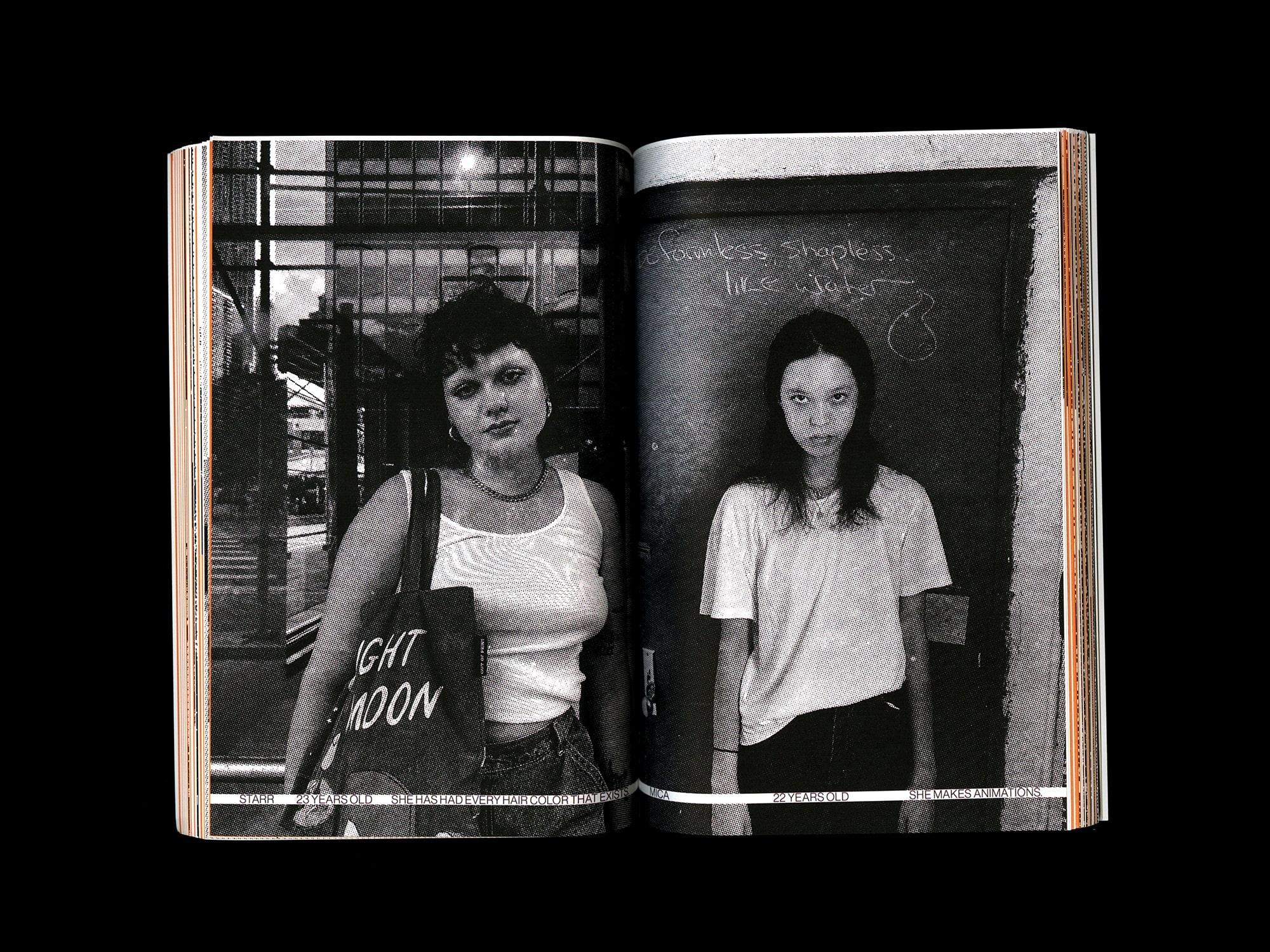

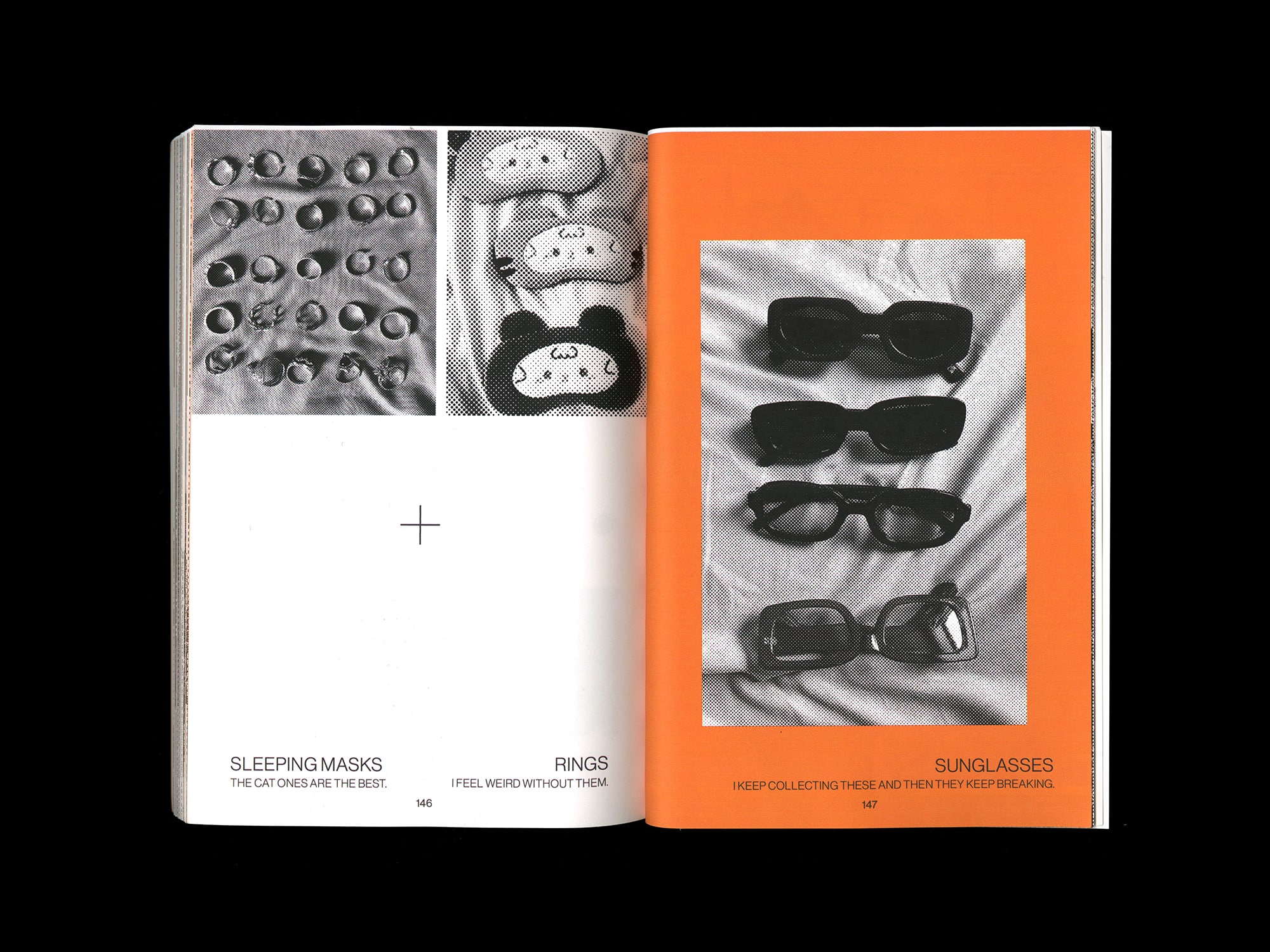

Student:
Zach Tinubu-Karch
Zach Tinubu-Karch
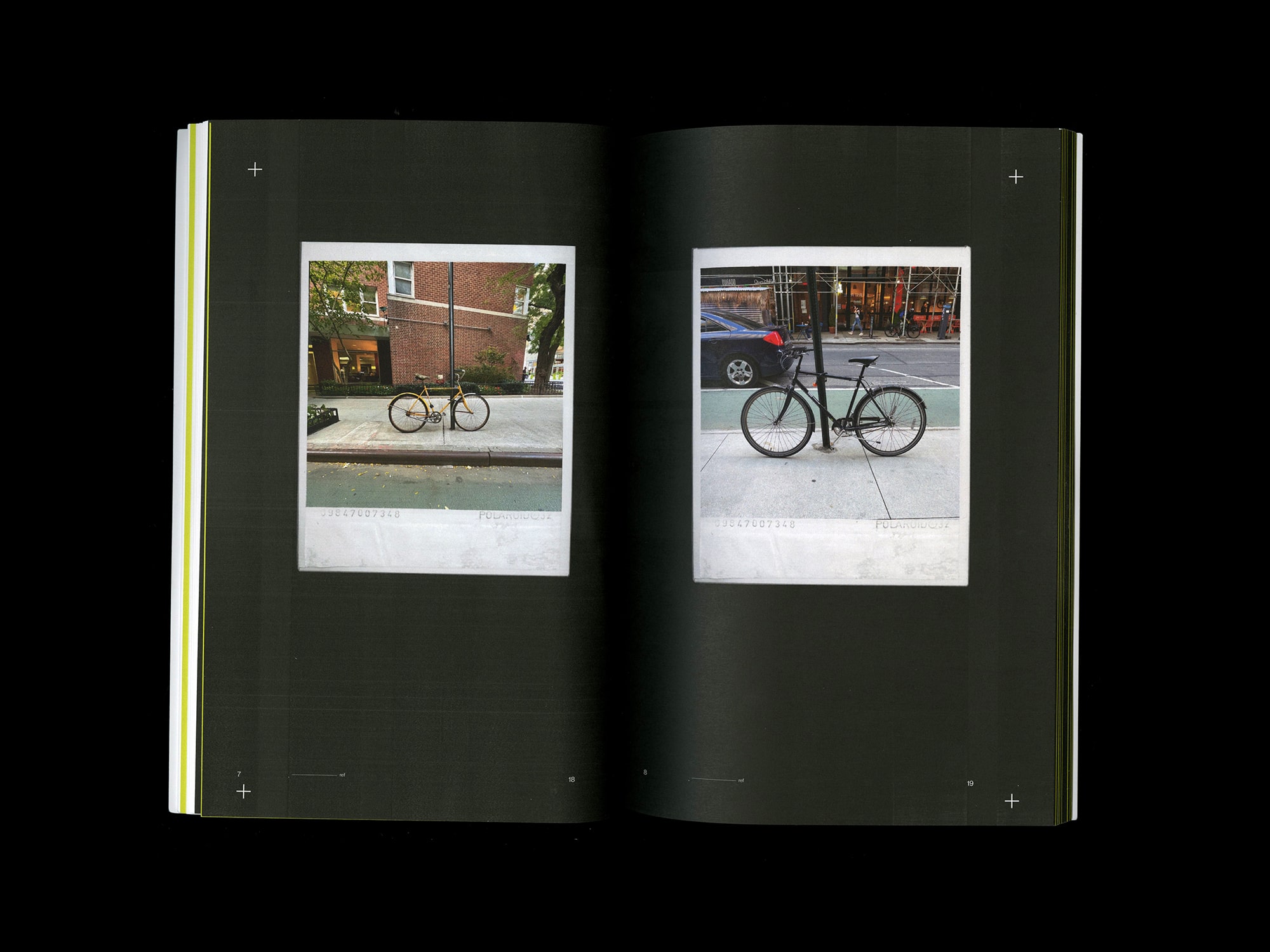
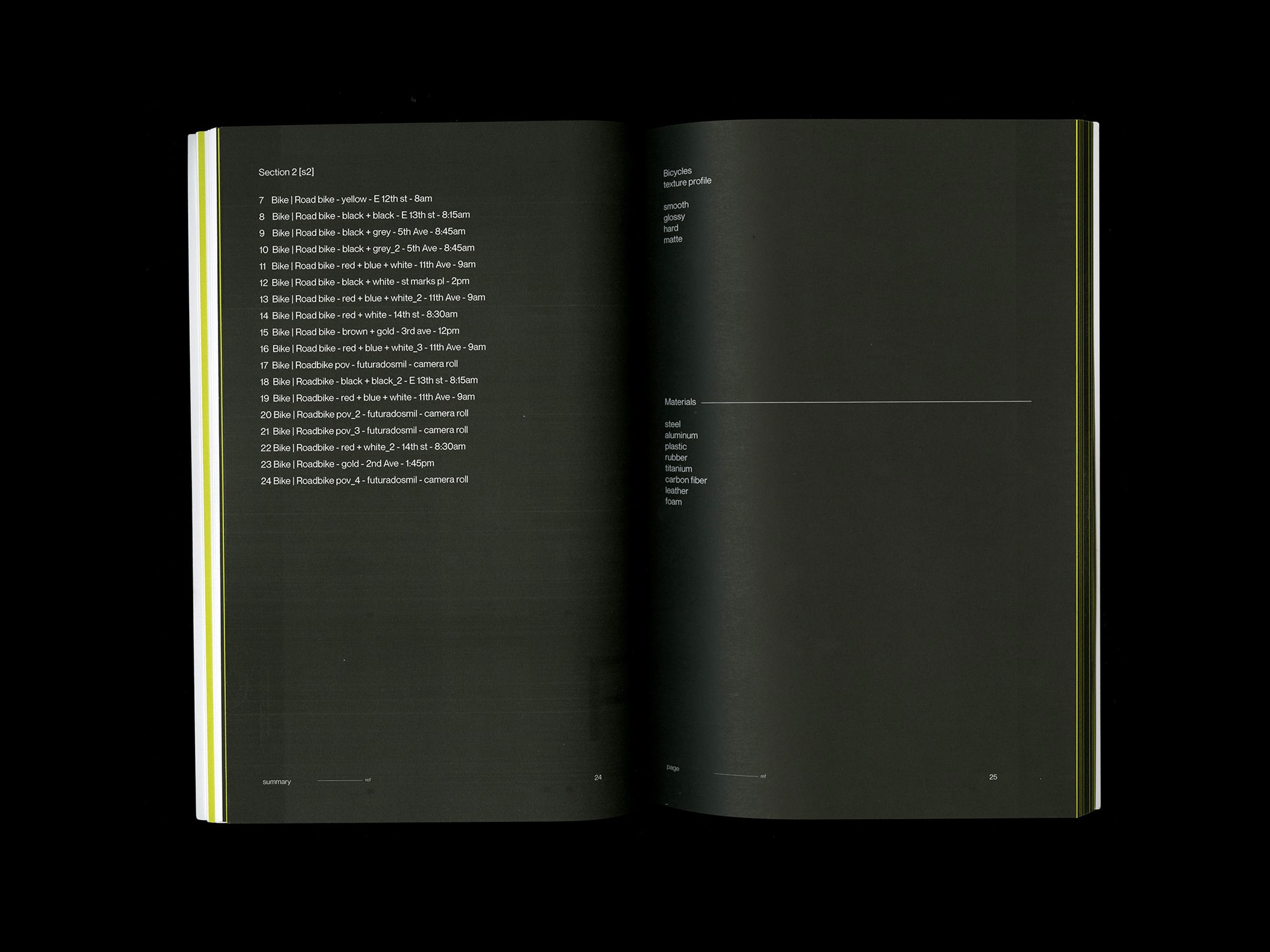
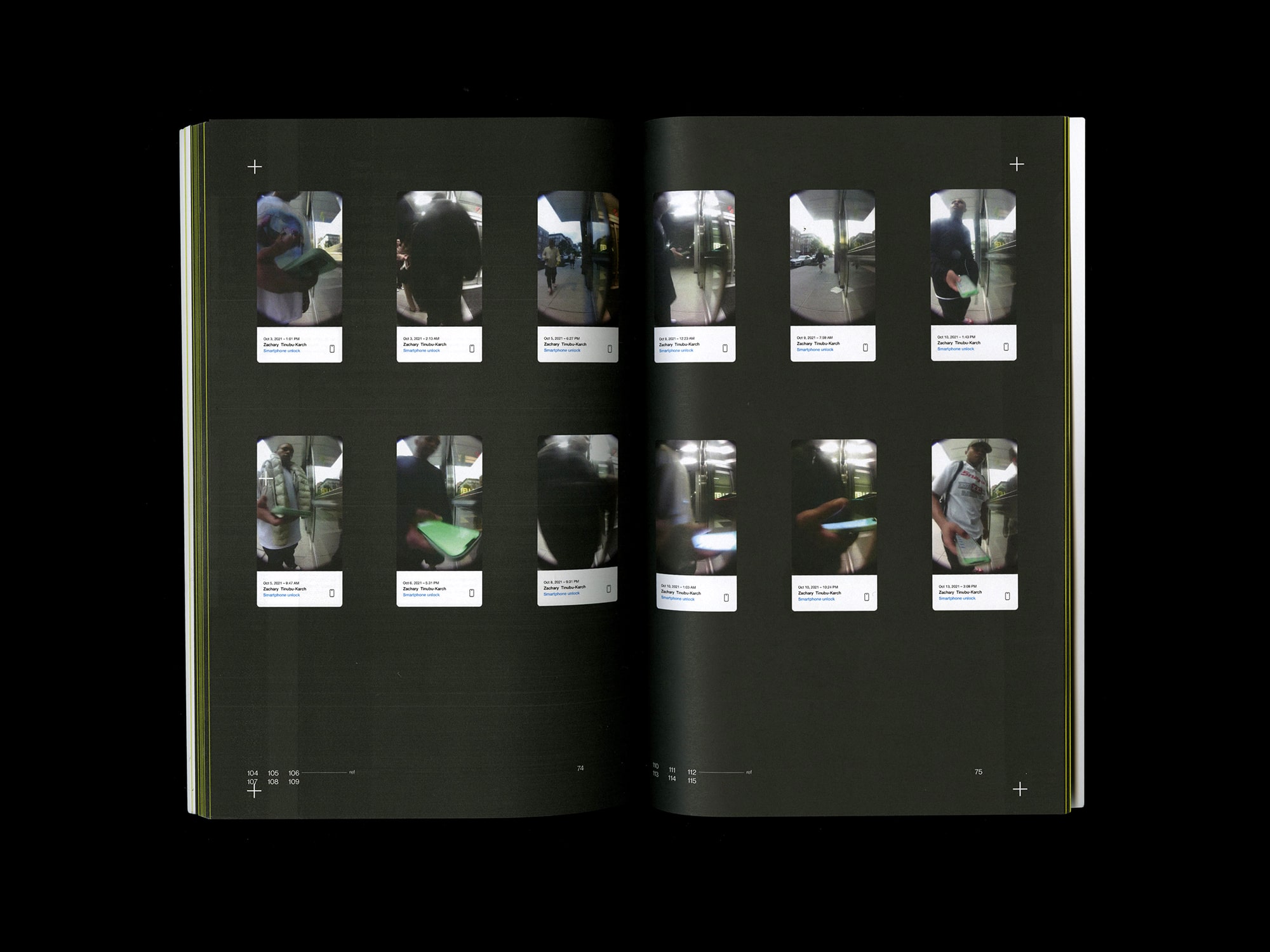
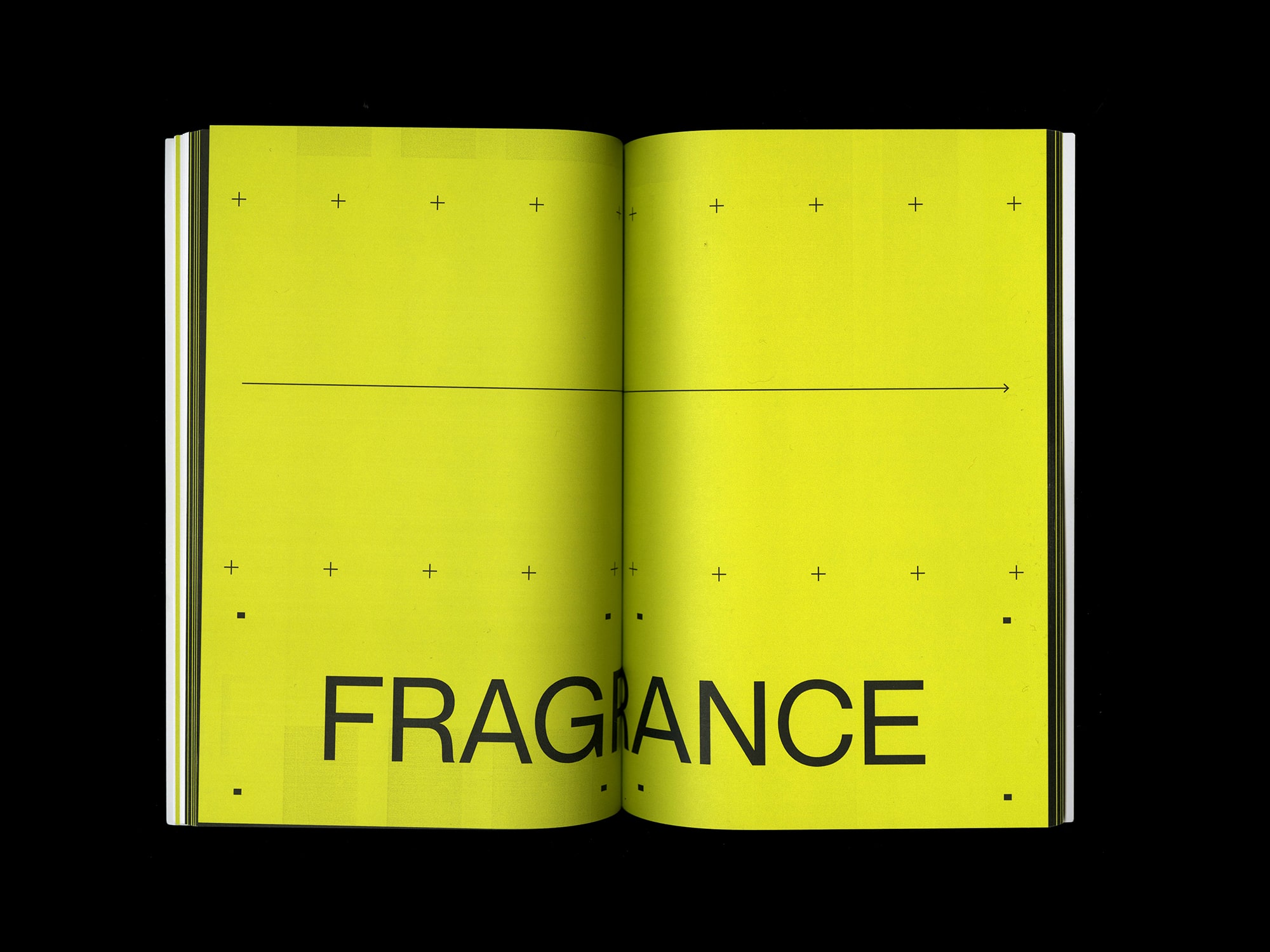
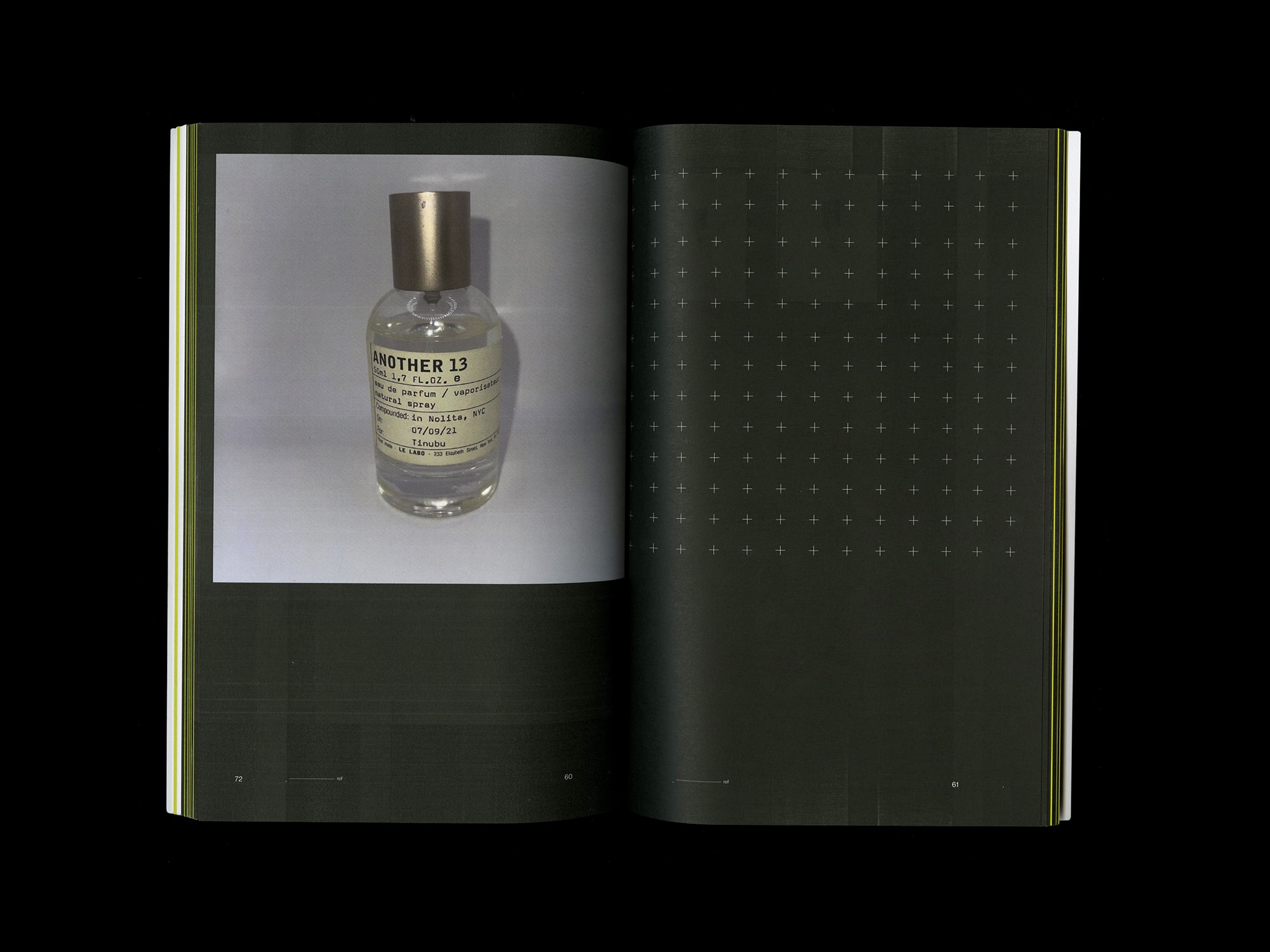
Student:
Zeid Jaouni
Zeid Jaouni
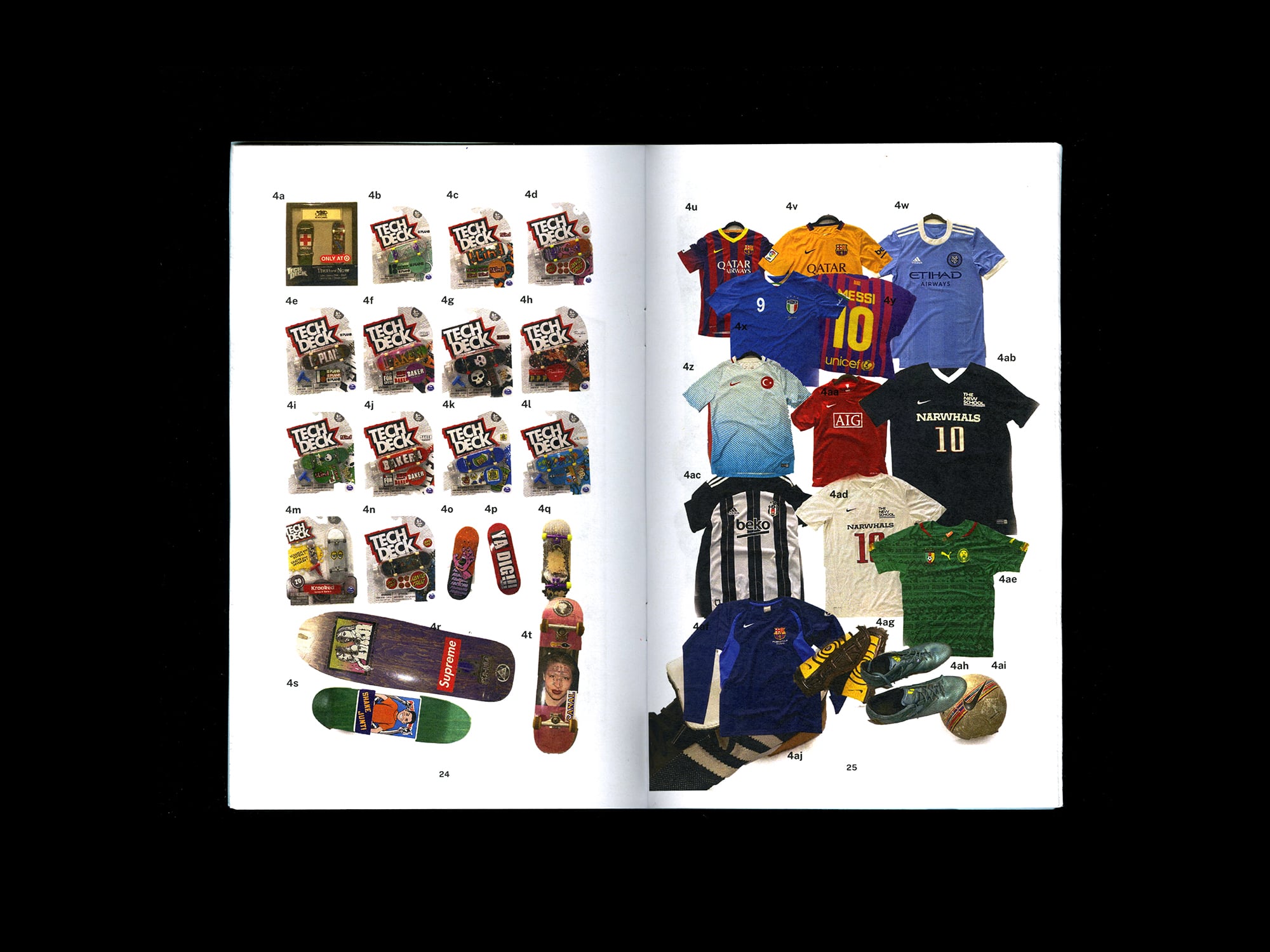
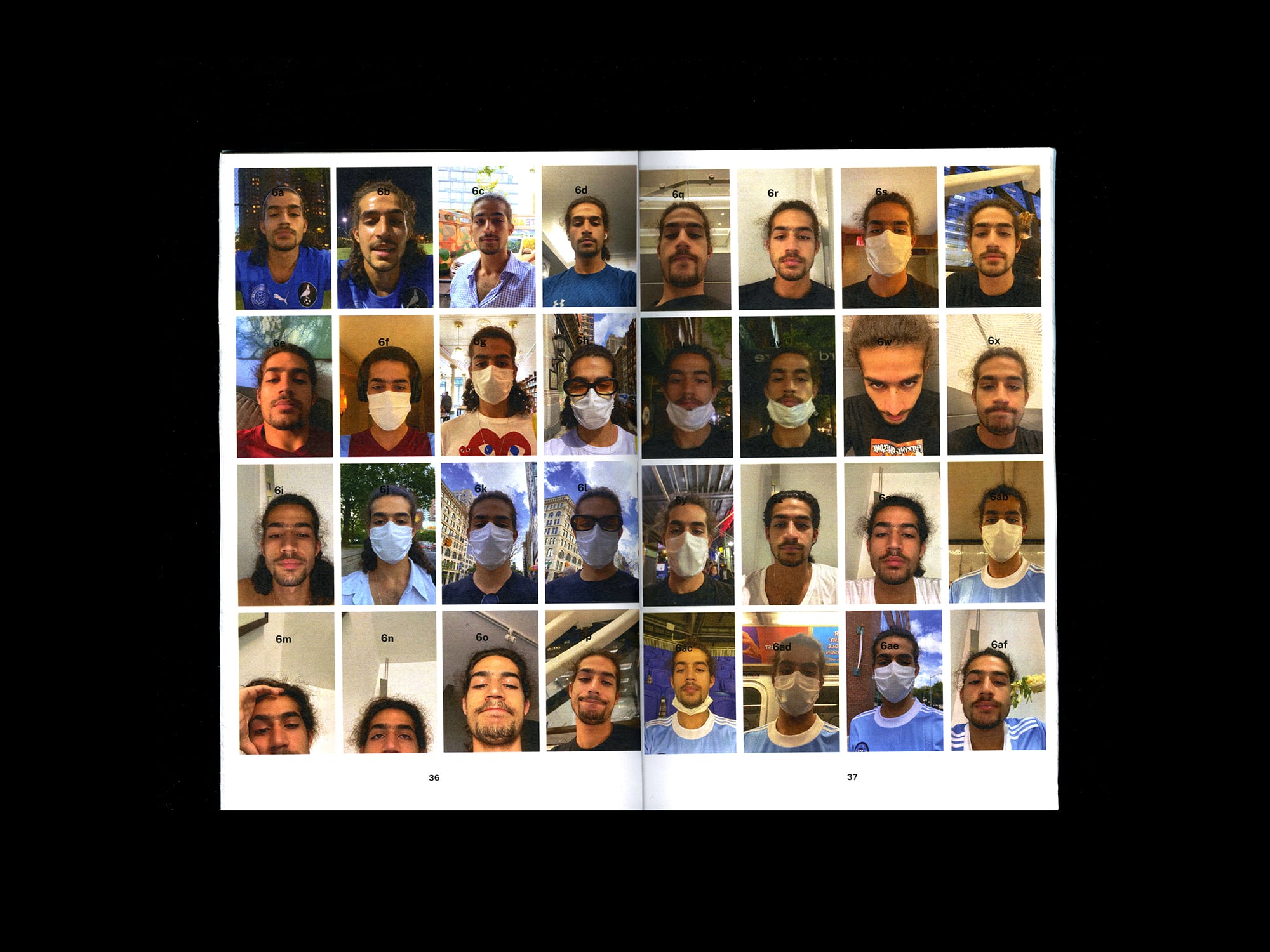
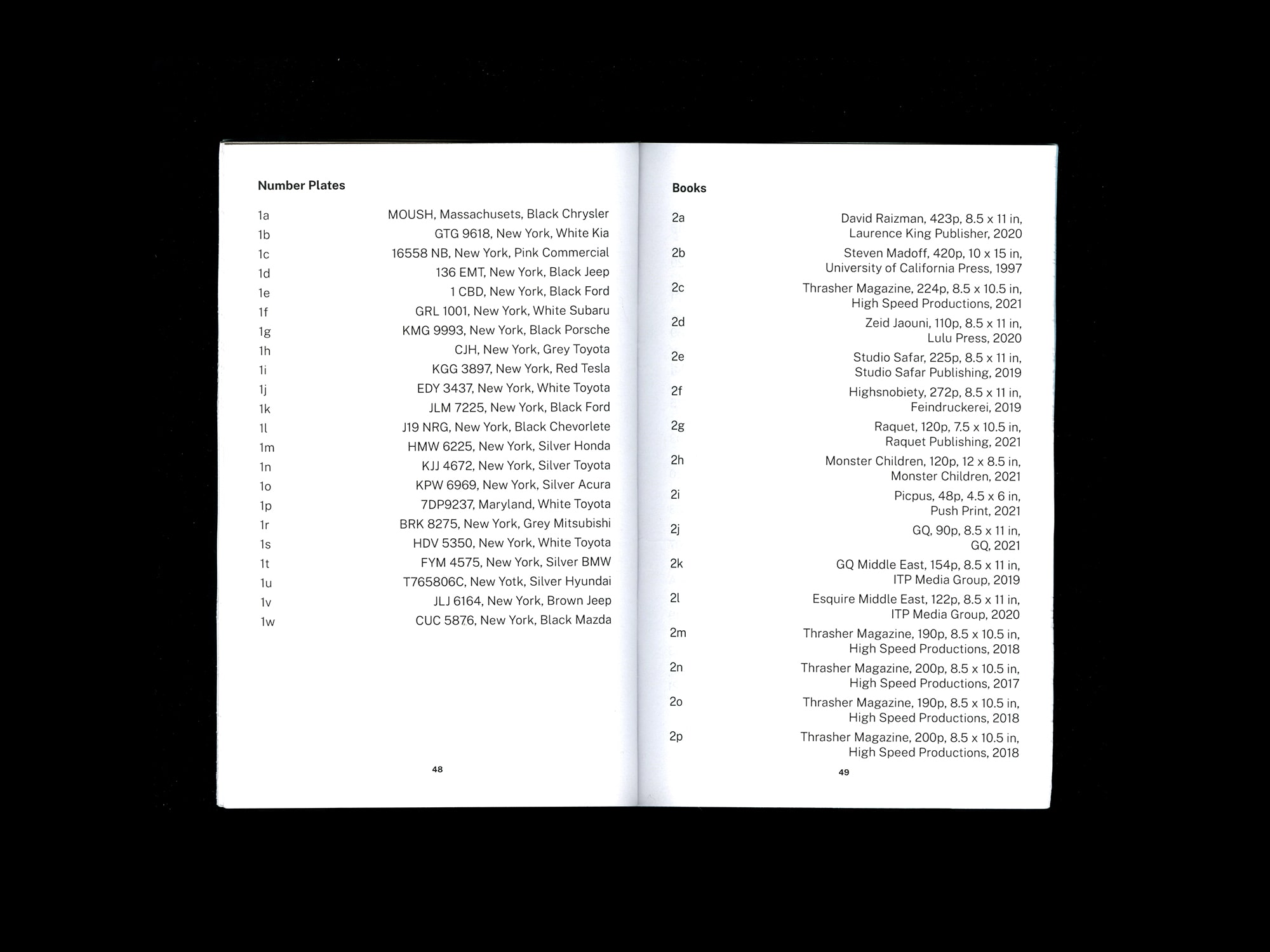
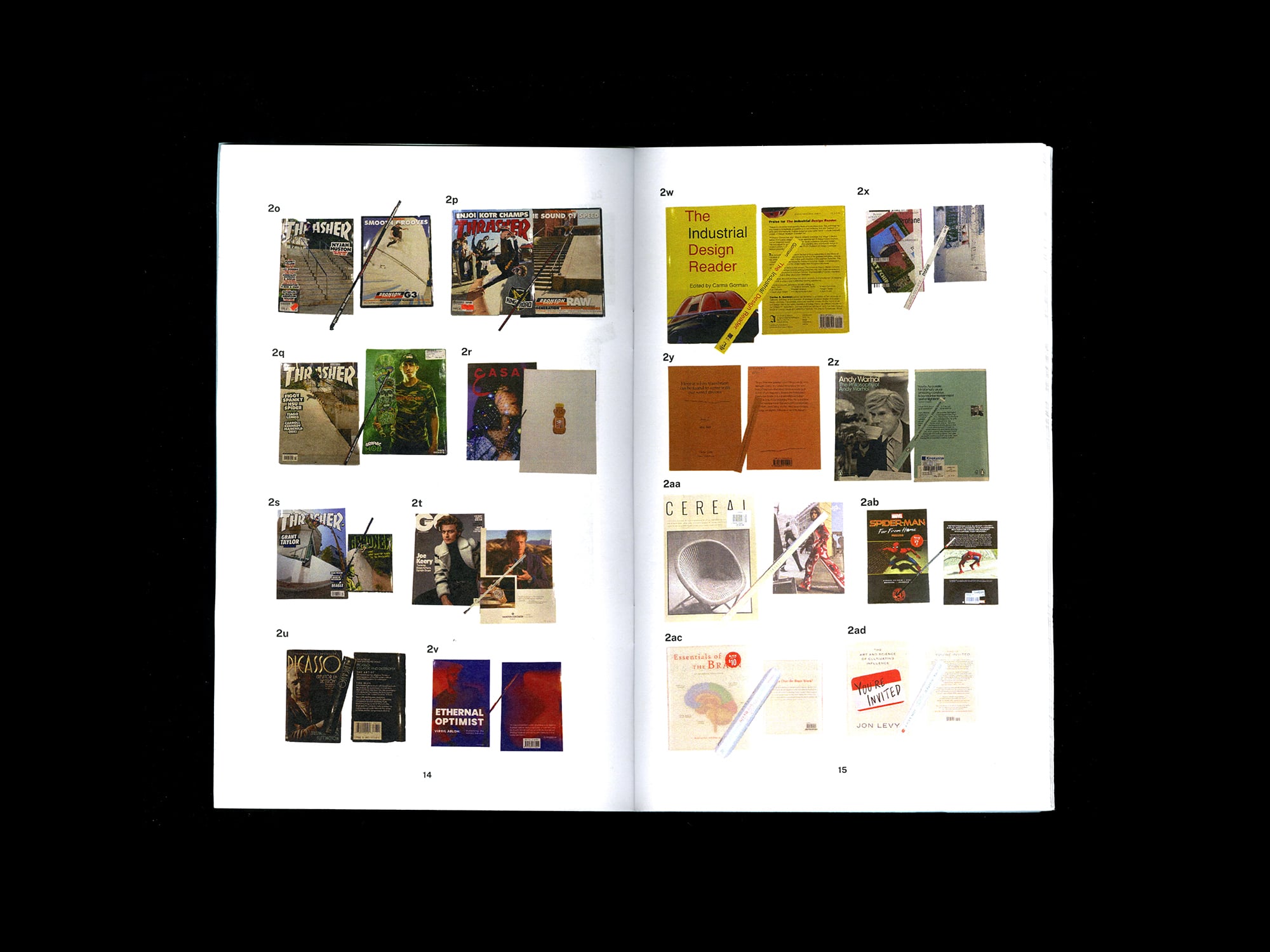
02. Future Flyer Project
Originally prompted by Ed Fella.
Updated Description:
This document provides instructions on how to create an eye-catching flyer for an upcoming lecture, exhibition, or event. Whether you are a designer, event planner, or simply someone looking to promote an event, the flyer is an important tool to capture the attention of your target audience.
The content of the flyer should include essential details such as the date, time, and venue of the event. However, it is also important to include clever and interesting details to entice people to attend. This could be a sneak peek of what will be presented, a unique aspect of the event, or a special guest appearance.
To make your flyer stand out, you will need to create multiple layouts. This will allow you to experiment with different styles, colors, and typography to find the perfect design that will capture the attention of your target audience. In this particular project, you will be creating ten (10) different layouts, each featuring a specific date or time period.
When choosing a date or time period for your flyer, it is important to consider the theme and tone of your event. For example, if you are promoting a historical lecture, you may want to choose a date in the past that is relevant to the topic. Alternatively, if you are promoting a futuristic event, you may want to choose a date in the distant future.
Finally, keep in mind that your flyer is not only a marketing tool but also a reflection of your event. It should be visually appealing, easy to read, and informative. By taking the time to create a well-designed flyer, you can increase the likelihood of attracting a larger audience and making your event a success.
Updated Description:
This document provides instructions on how to create an eye-catching flyer for an upcoming lecture, exhibition, or event. Whether you are a designer, event planner, or simply someone looking to promote an event, the flyer is an important tool to capture the attention of your target audience.
The content of the flyer should include essential details such as the date, time, and venue of the event. However, it is also important to include clever and interesting details to entice people to attend. This could be a sneak peek of what will be presented, a unique aspect of the event, or a special guest appearance.
To make your flyer stand out, you will need to create multiple layouts. This will allow you to experiment with different styles, colors, and typography to find the perfect design that will capture the attention of your target audience. In this particular project, you will be creating ten (10) different layouts, each featuring a specific date or time period.
When choosing a date or time period for your flyer, it is important to consider the theme and tone of your event. For example, if you are promoting a historical lecture, you may want to choose a date in the past that is relevant to the topic. Alternatively, if you are promoting a futuristic event, you may want to choose a date in the distant future.
Finally, keep in mind that your flyer is not only a marketing tool but also a reflection of your event. It should be visually appealing, easy to read, and informative. By taking the time to create a well-designed flyer, you can increase the likelihood of attracting a larger audience and making your event a success.
Student:
Aaron Deng
10 — 11 in x 17 in
Aaron Deng
10 — 11 in x 17 in
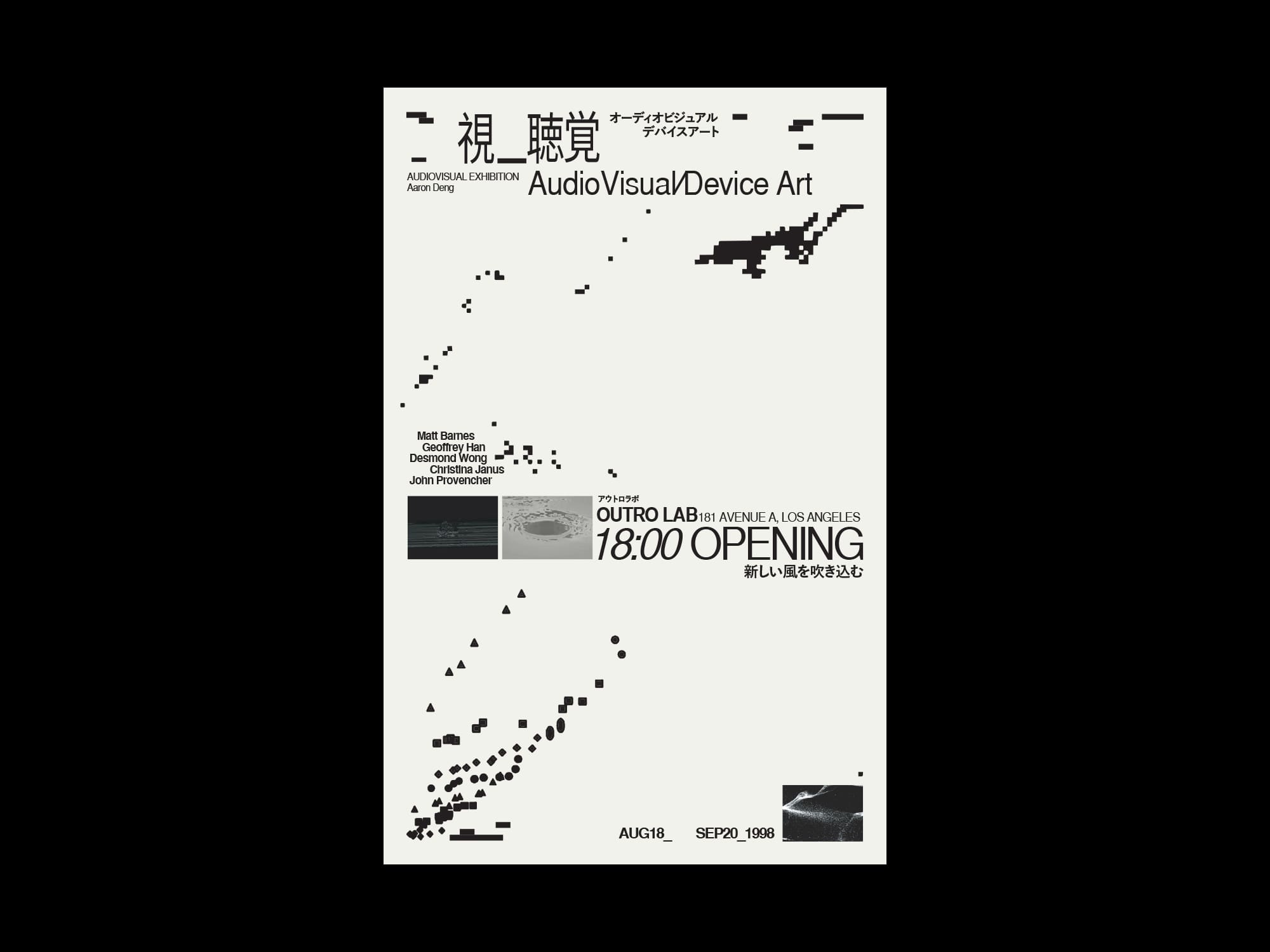

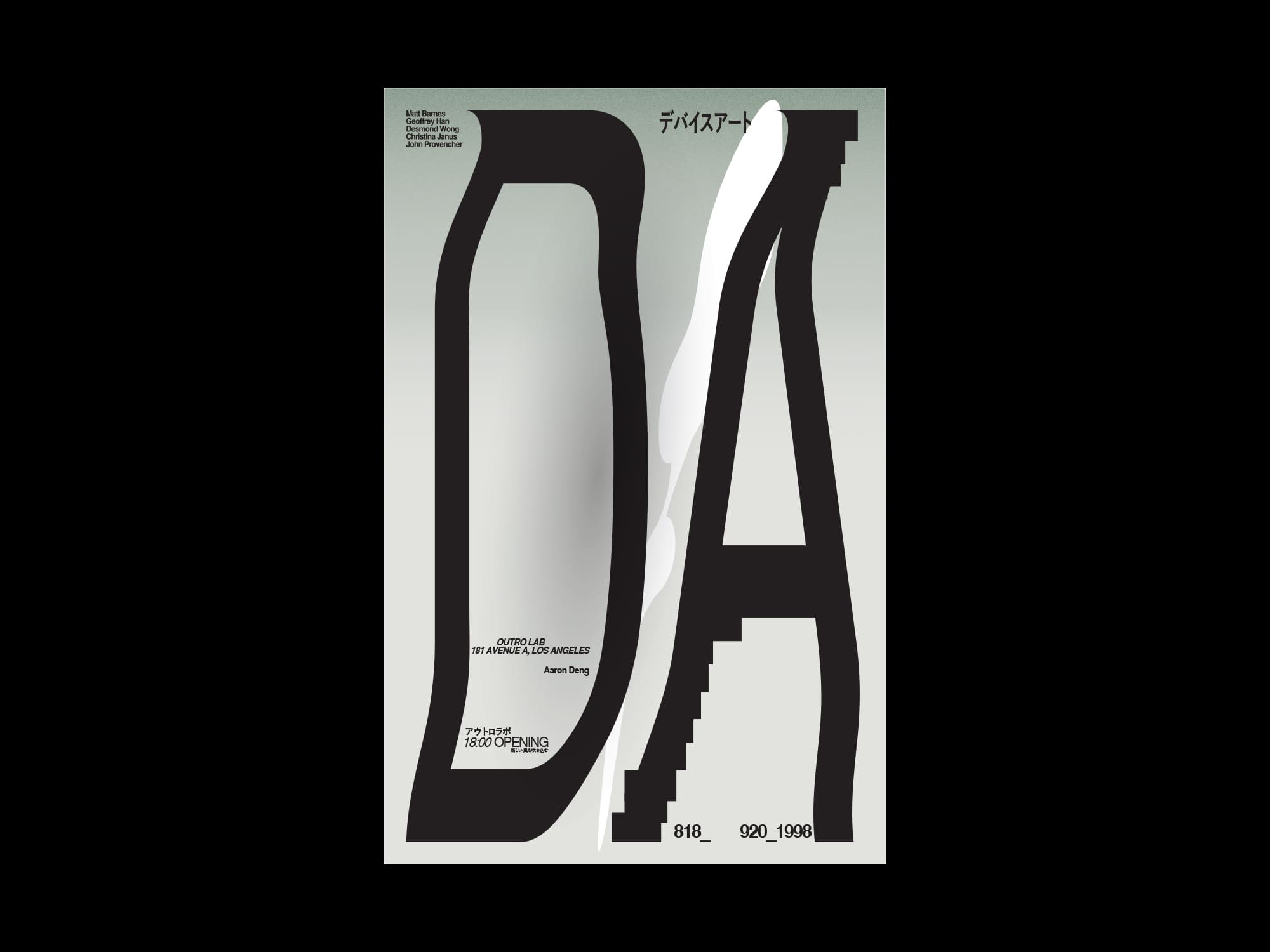
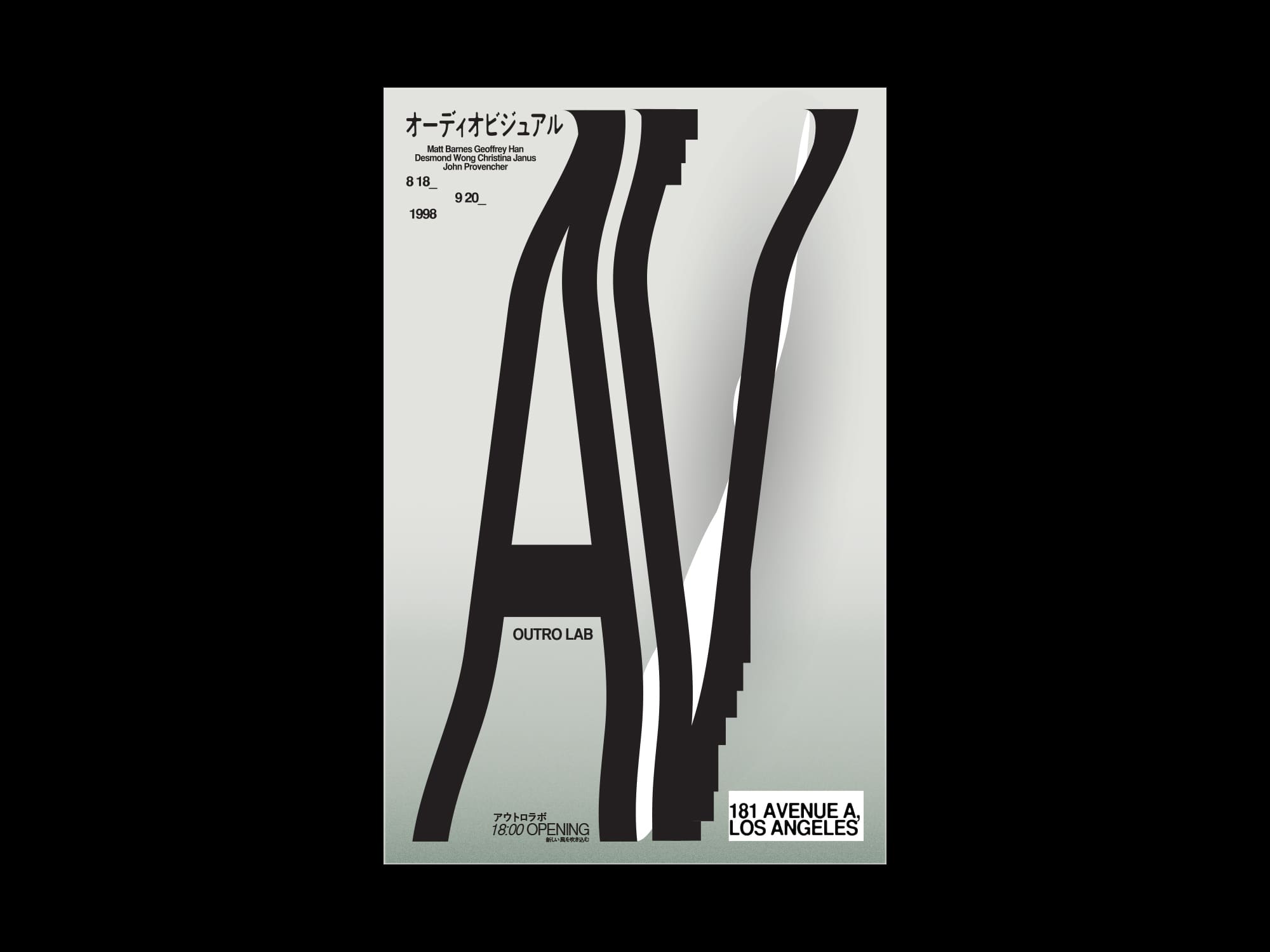
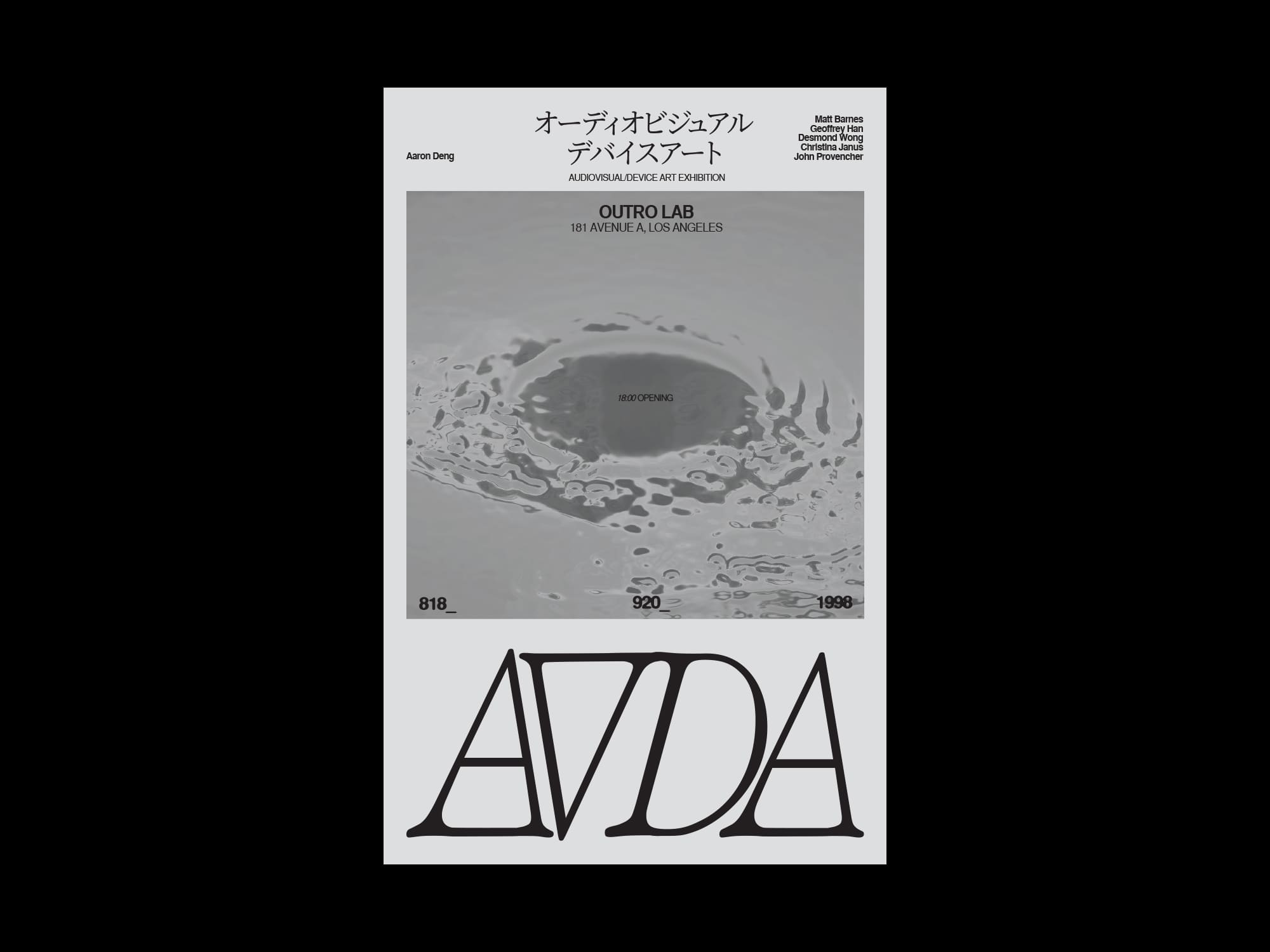

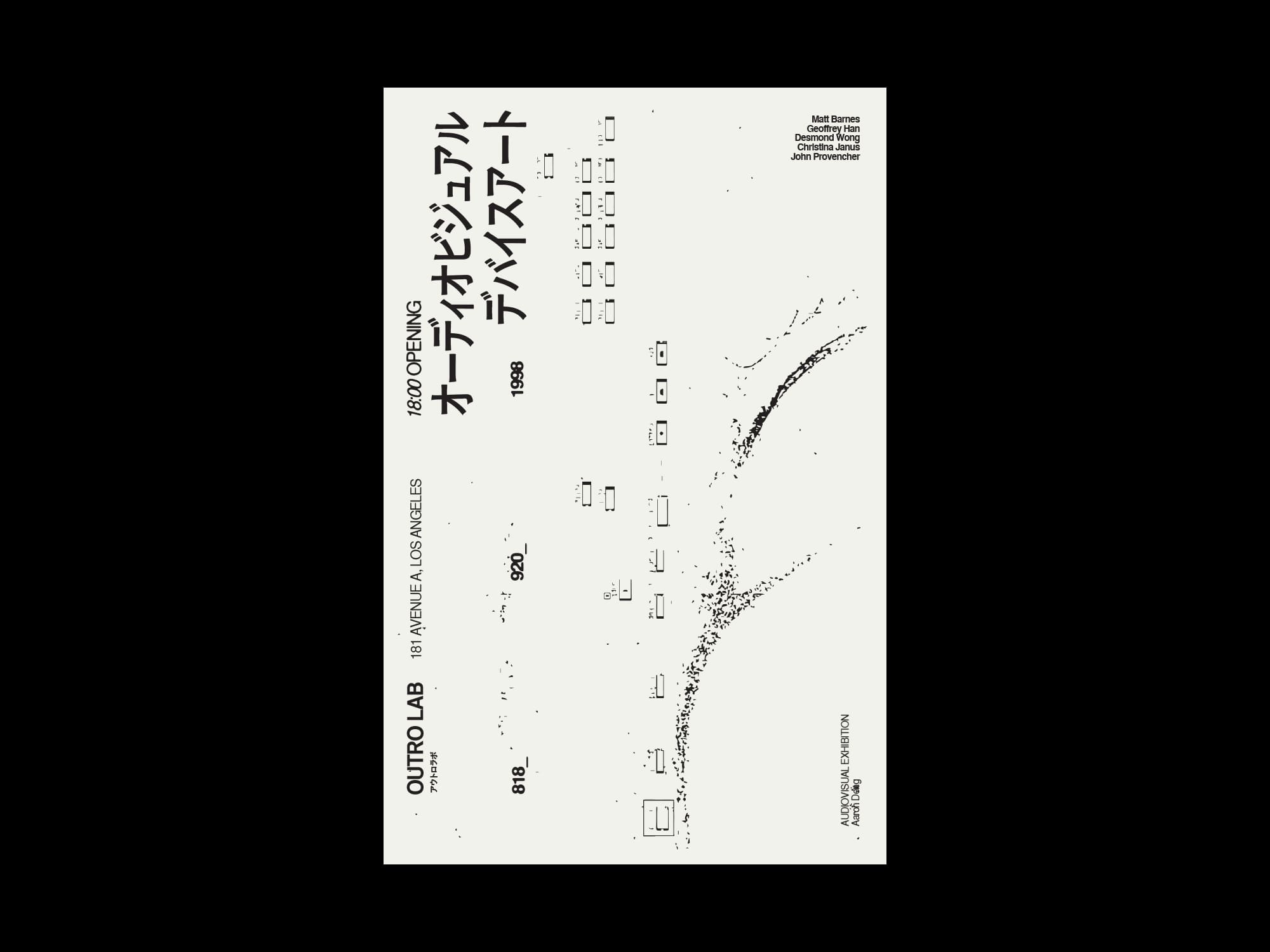
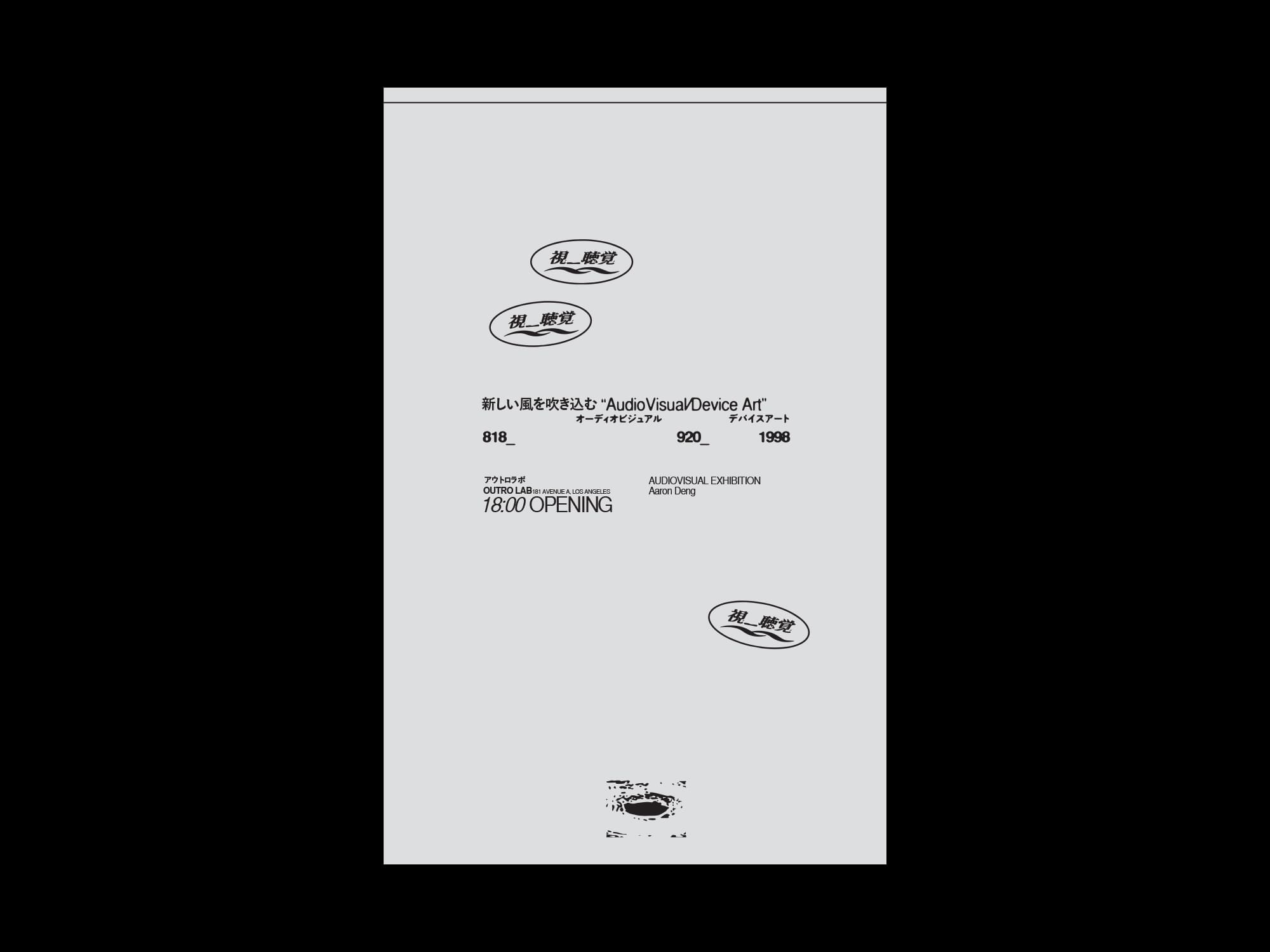

Student:
Juriel Furukawa
10 — 11 in x 17 in
Juriel Furukawa
10 — 11 in x 17 in
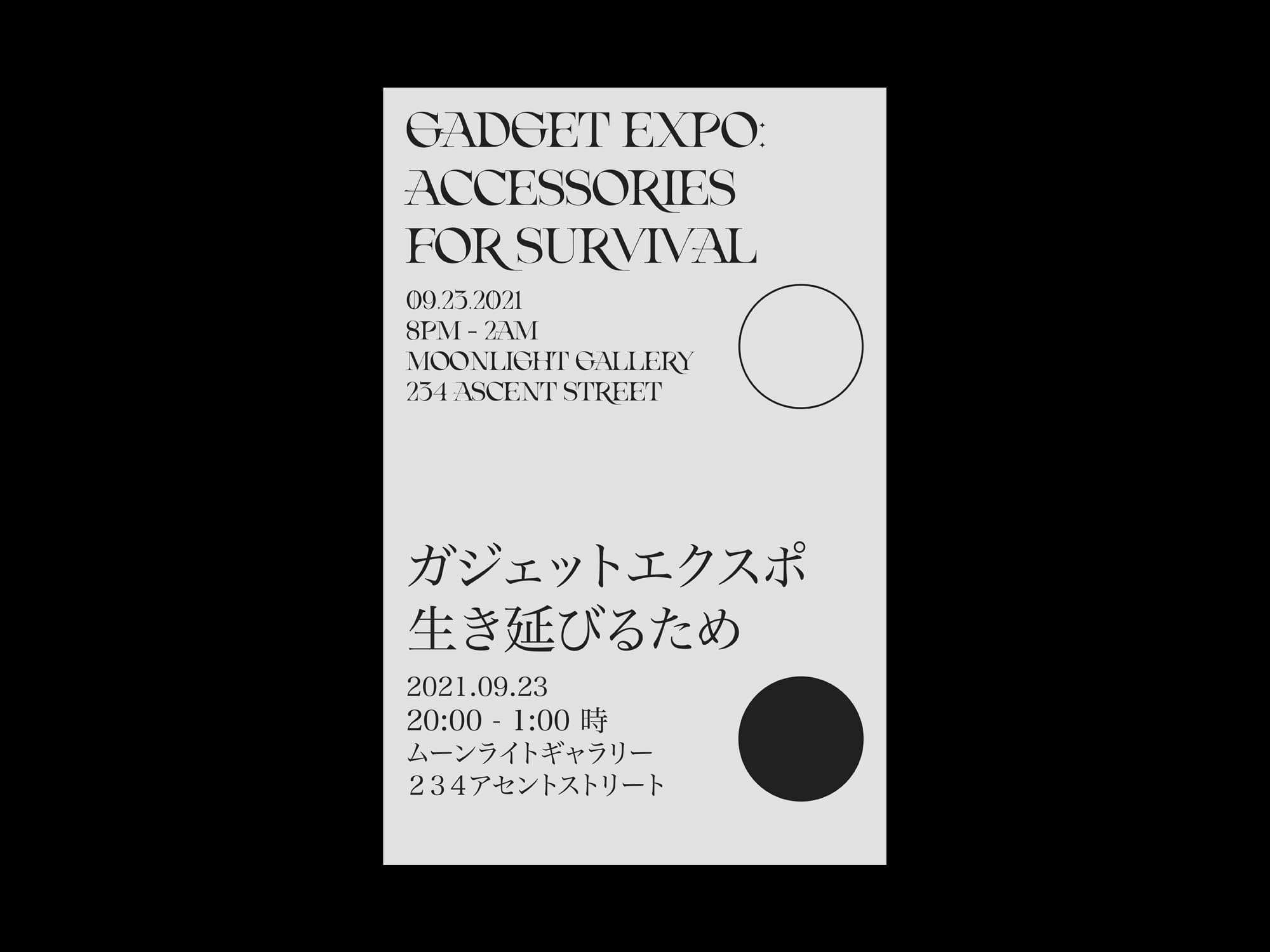



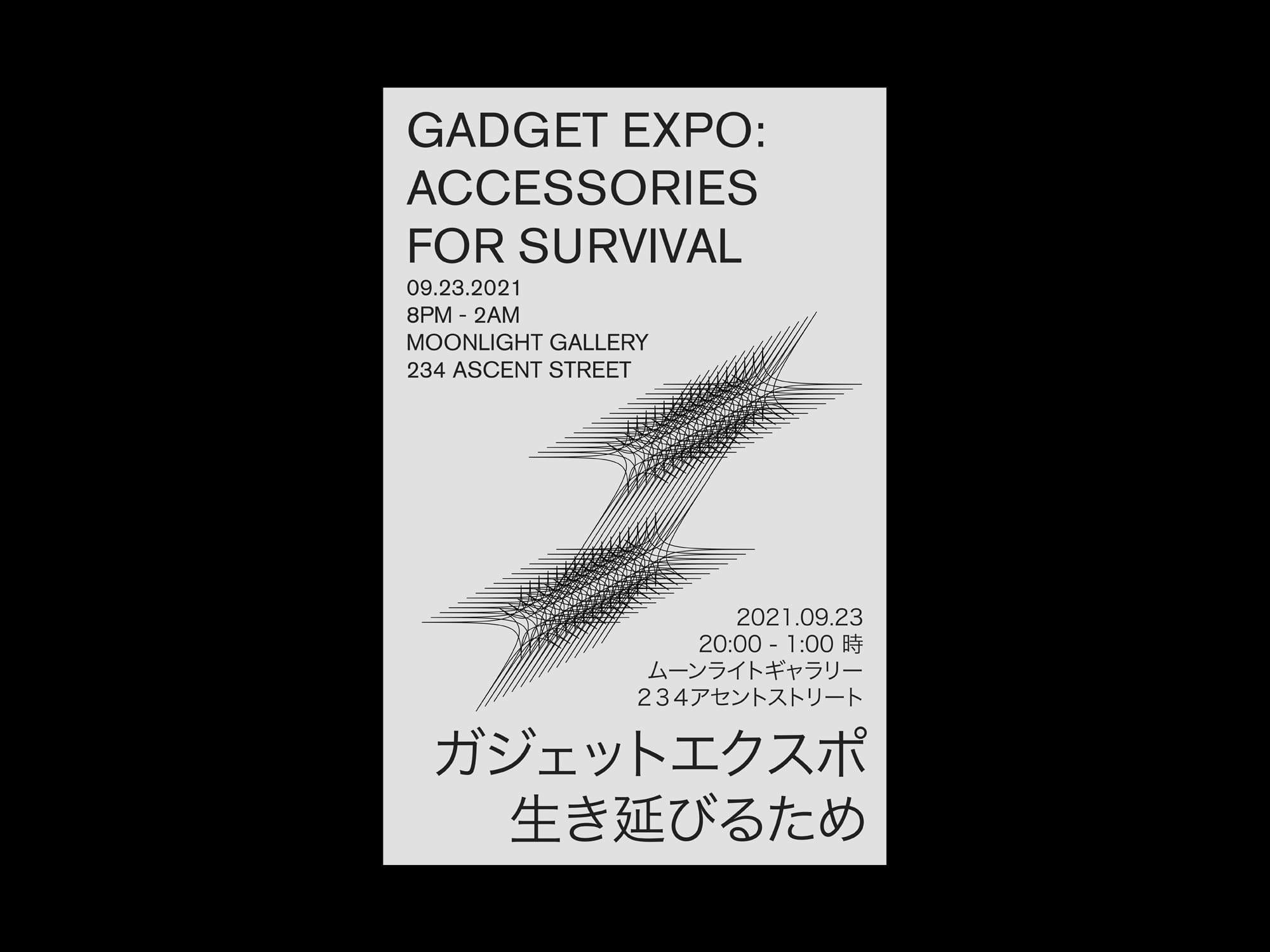
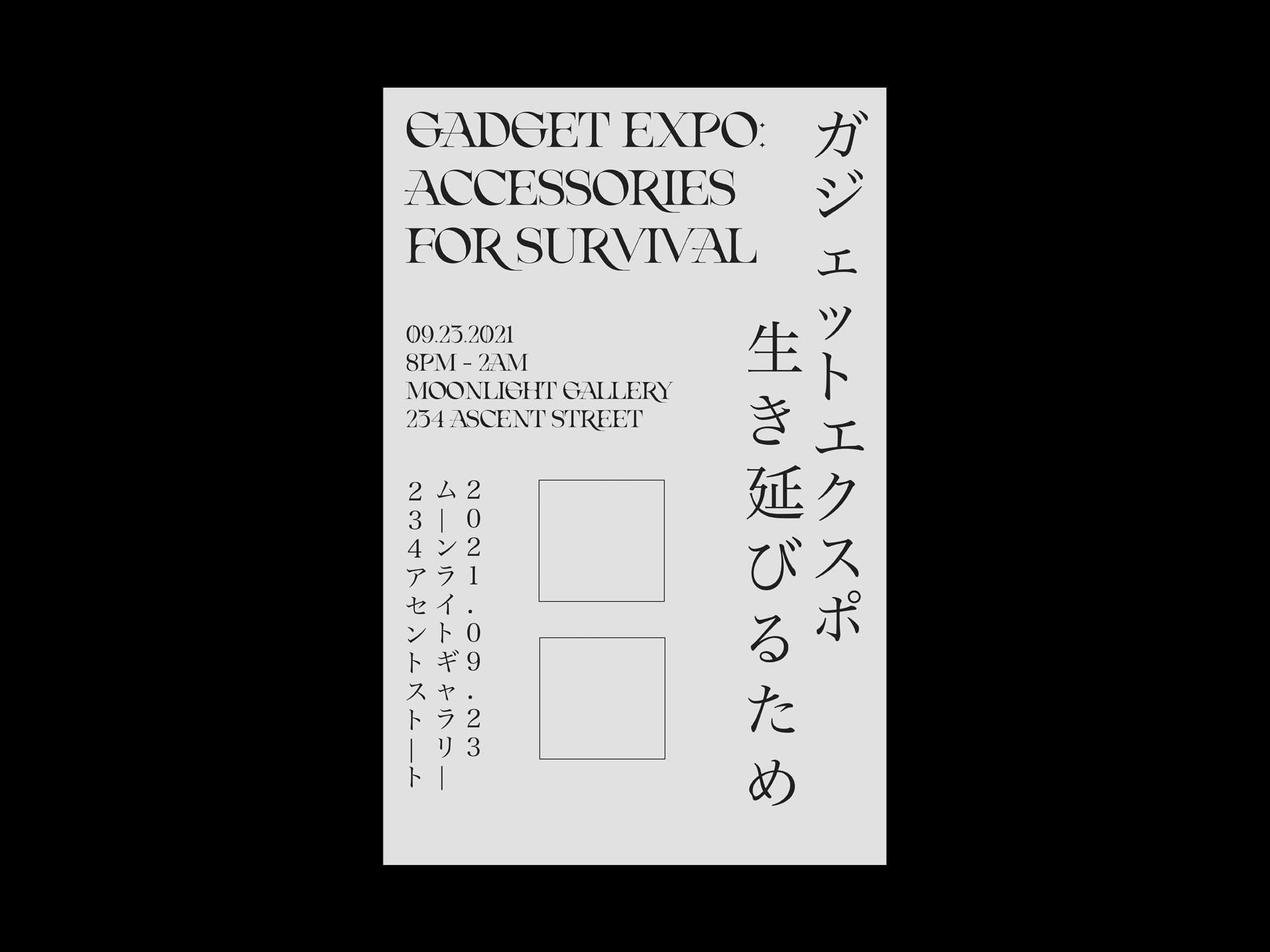
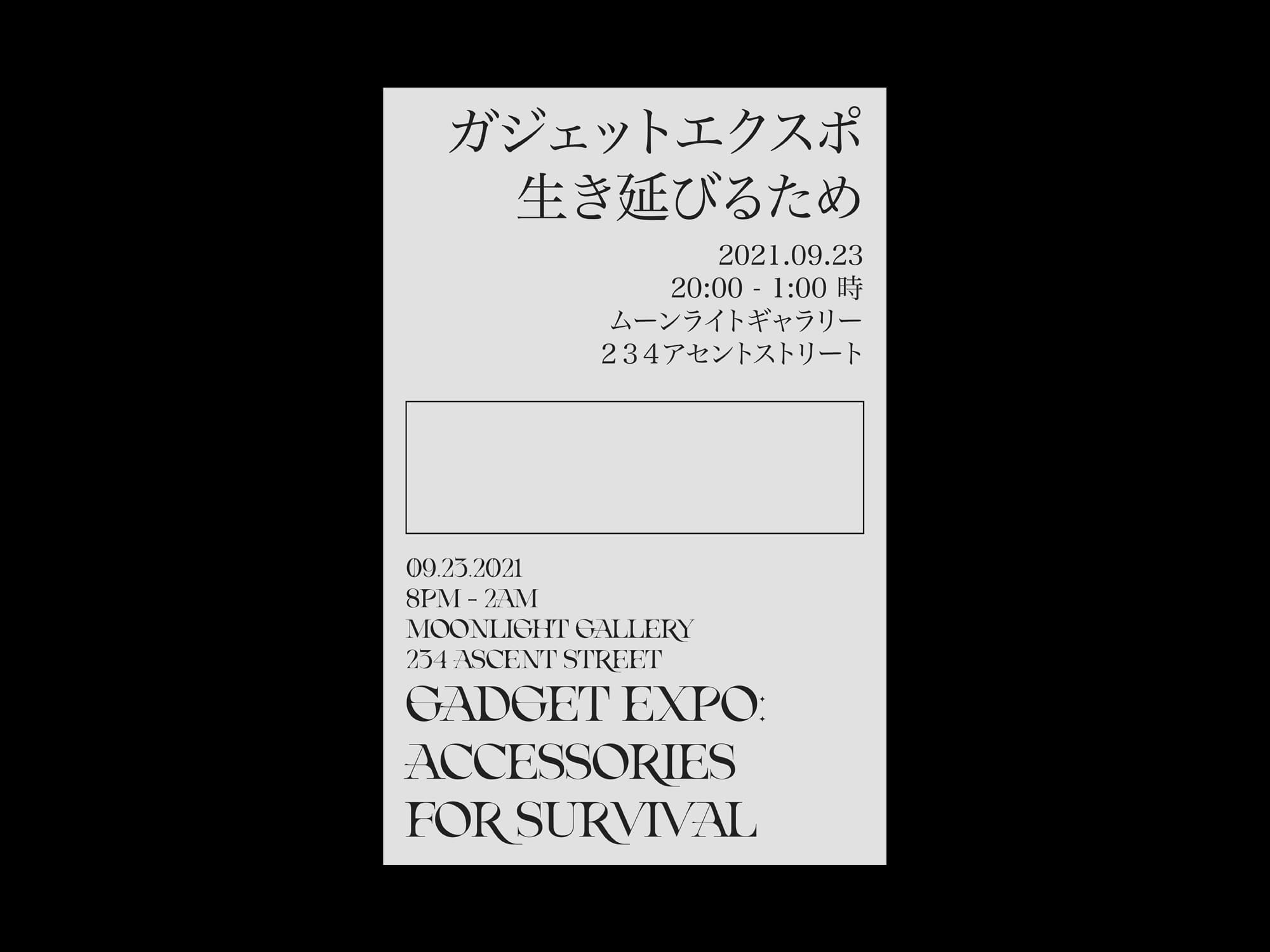
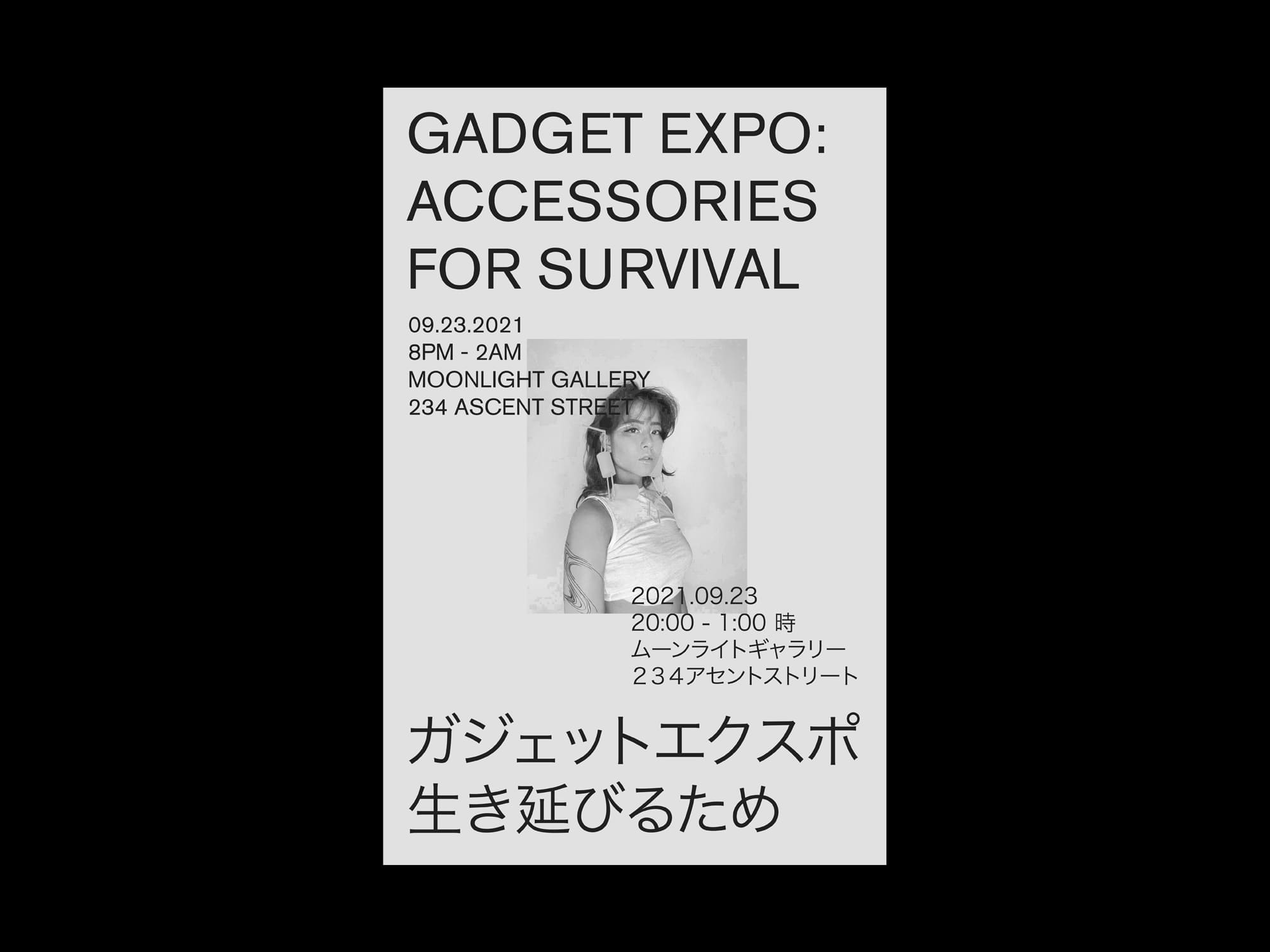
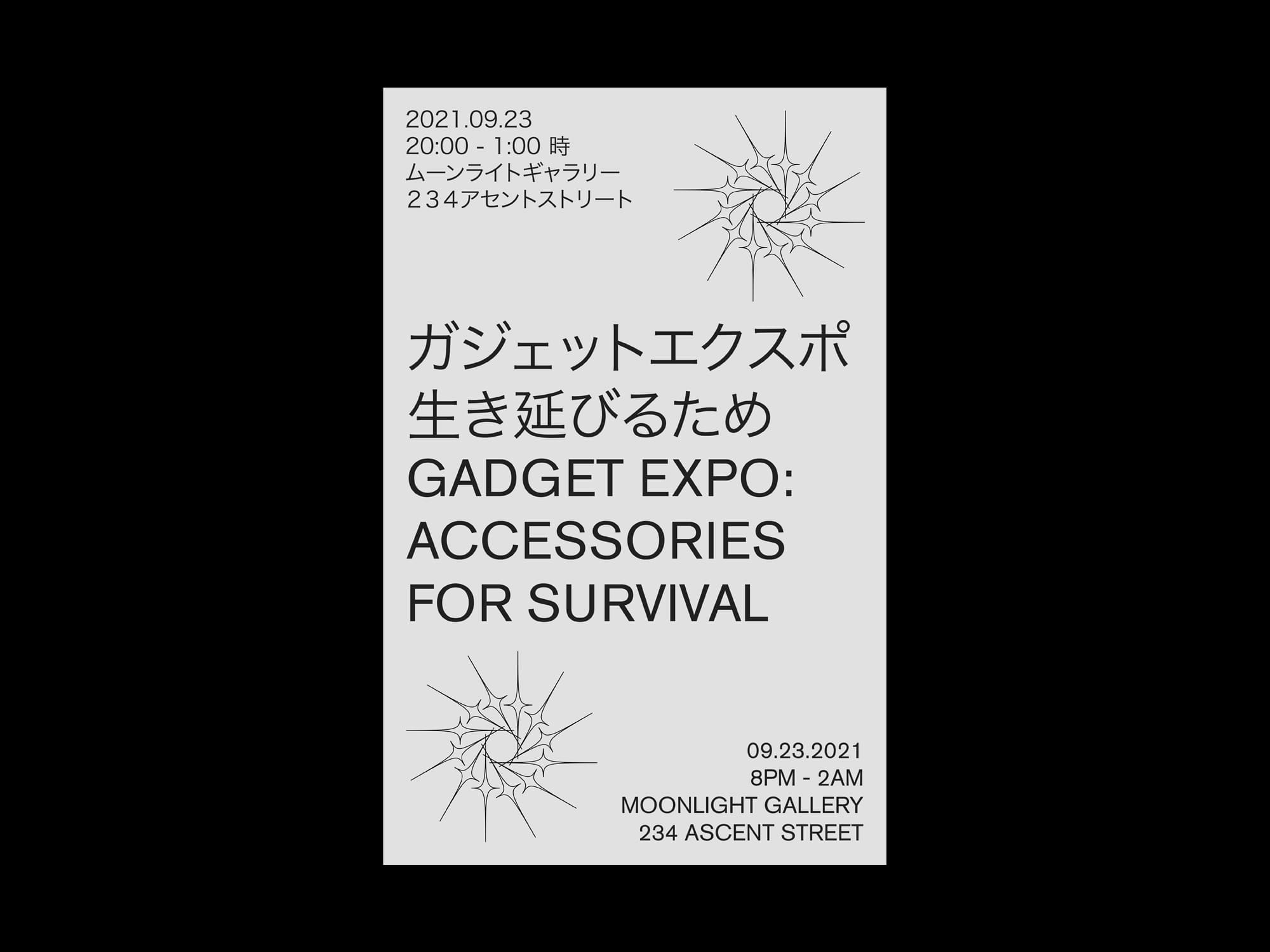
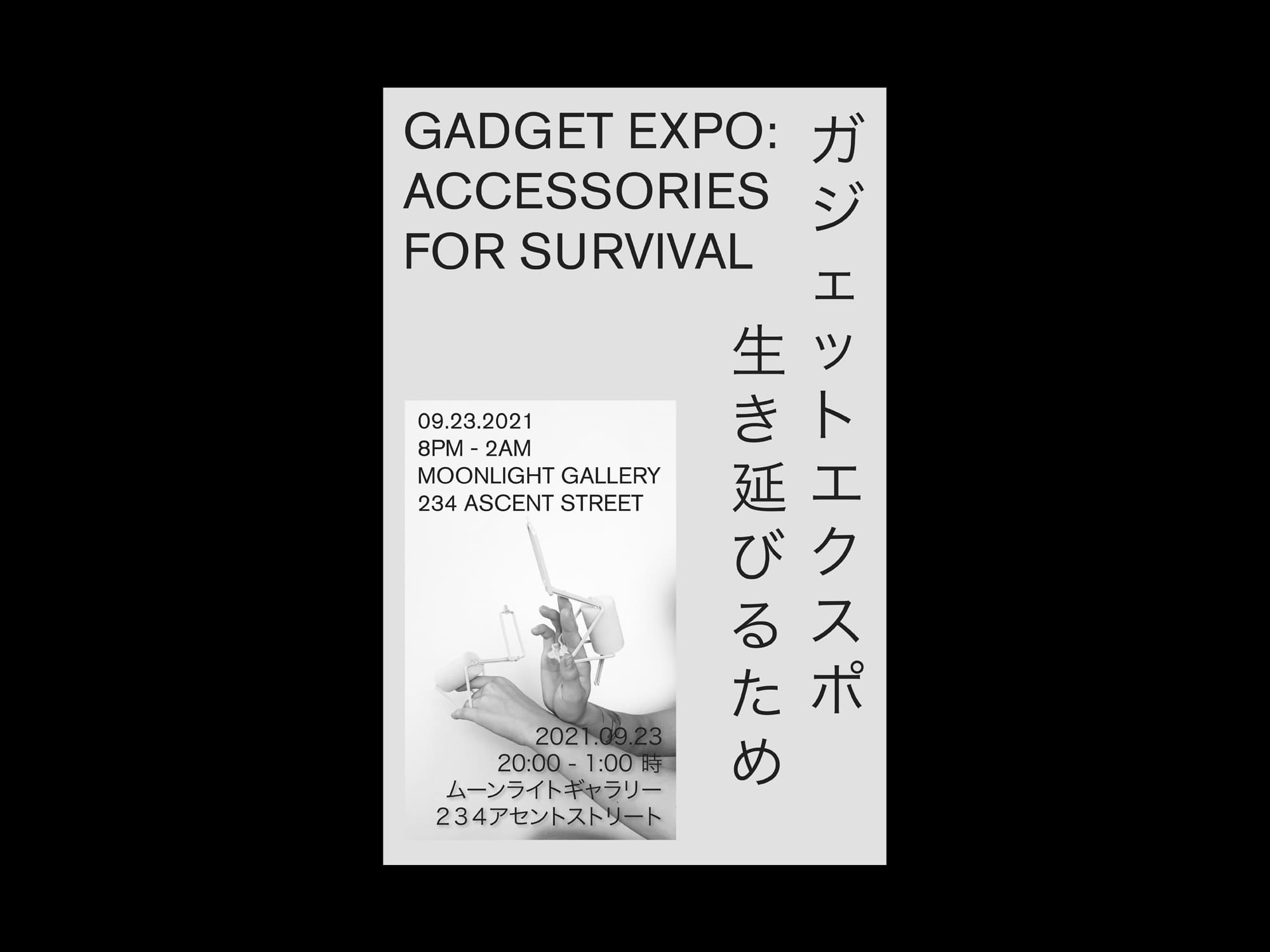
Student:
Nora Lombardo
10 — 11 in x 17 in
Nora Lombardo
10 — 11 in x 17 in

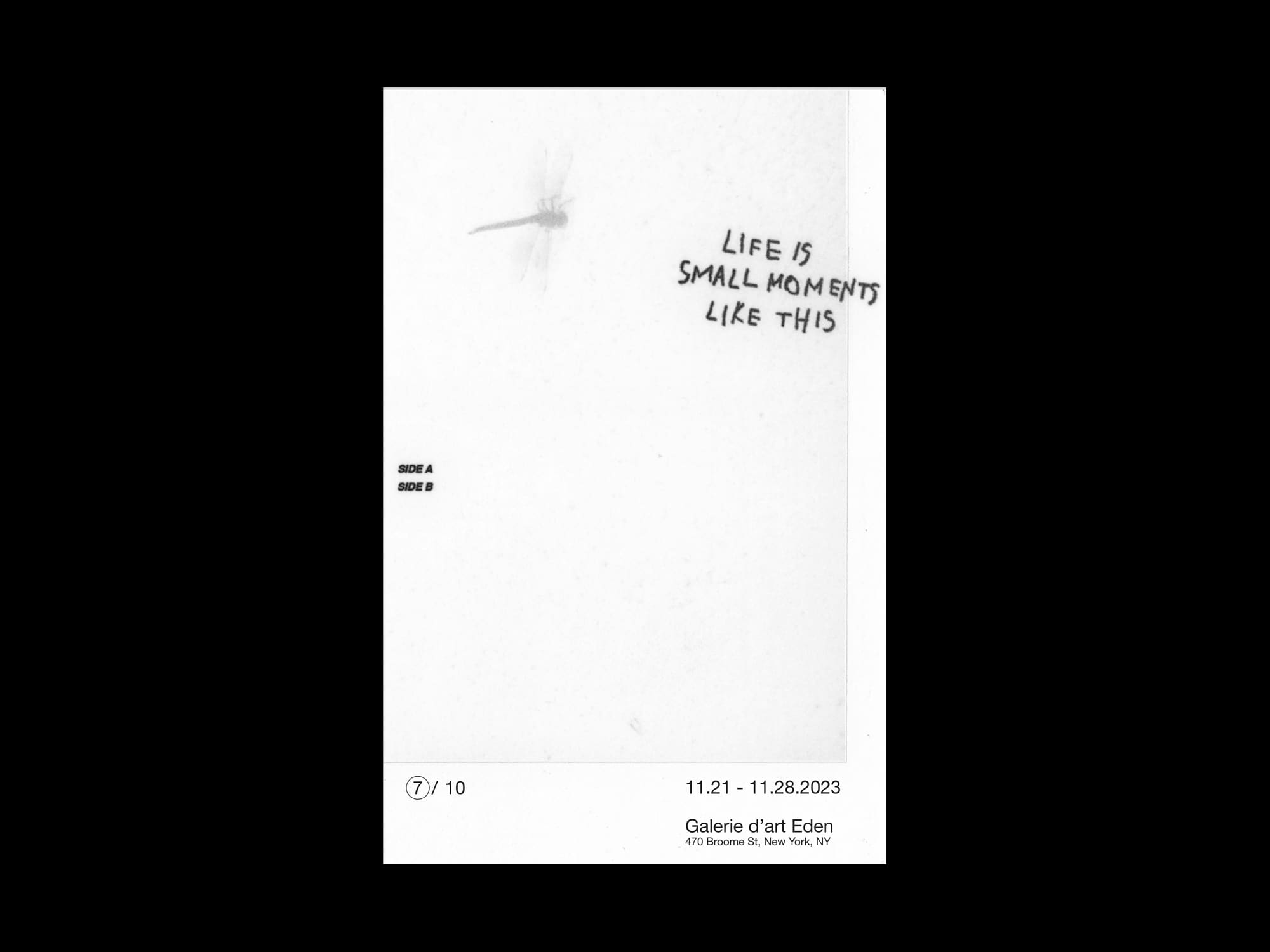
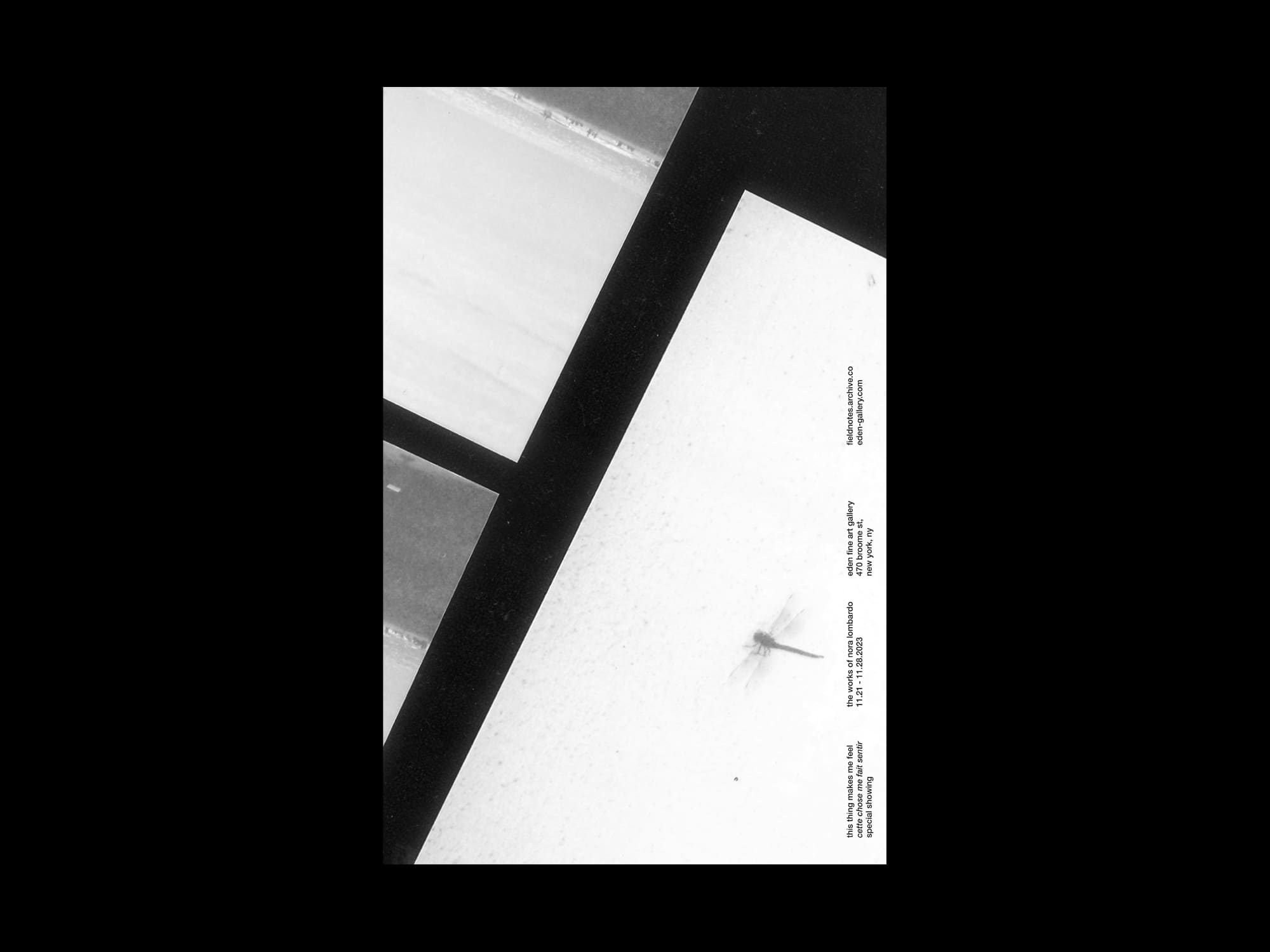
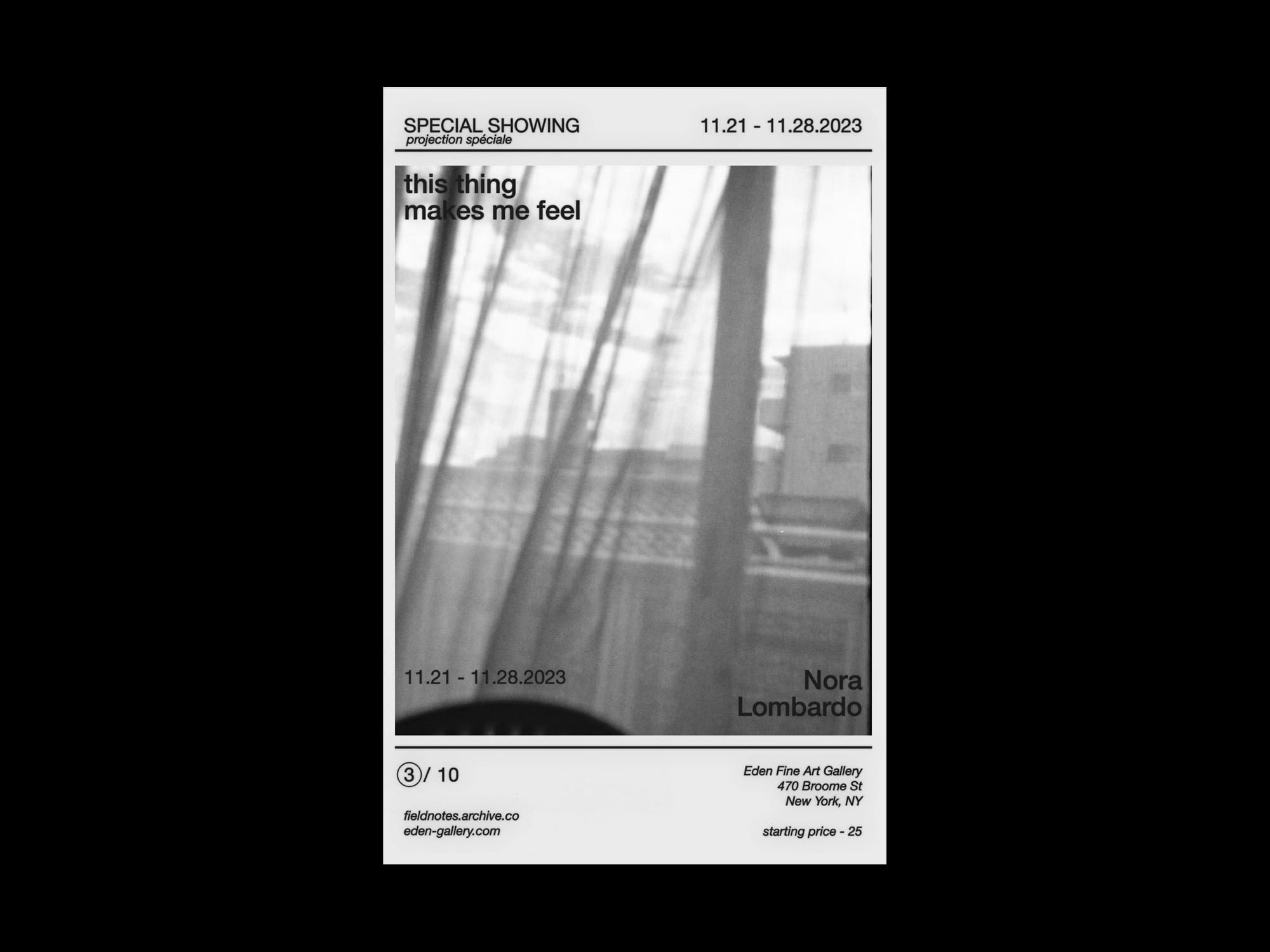
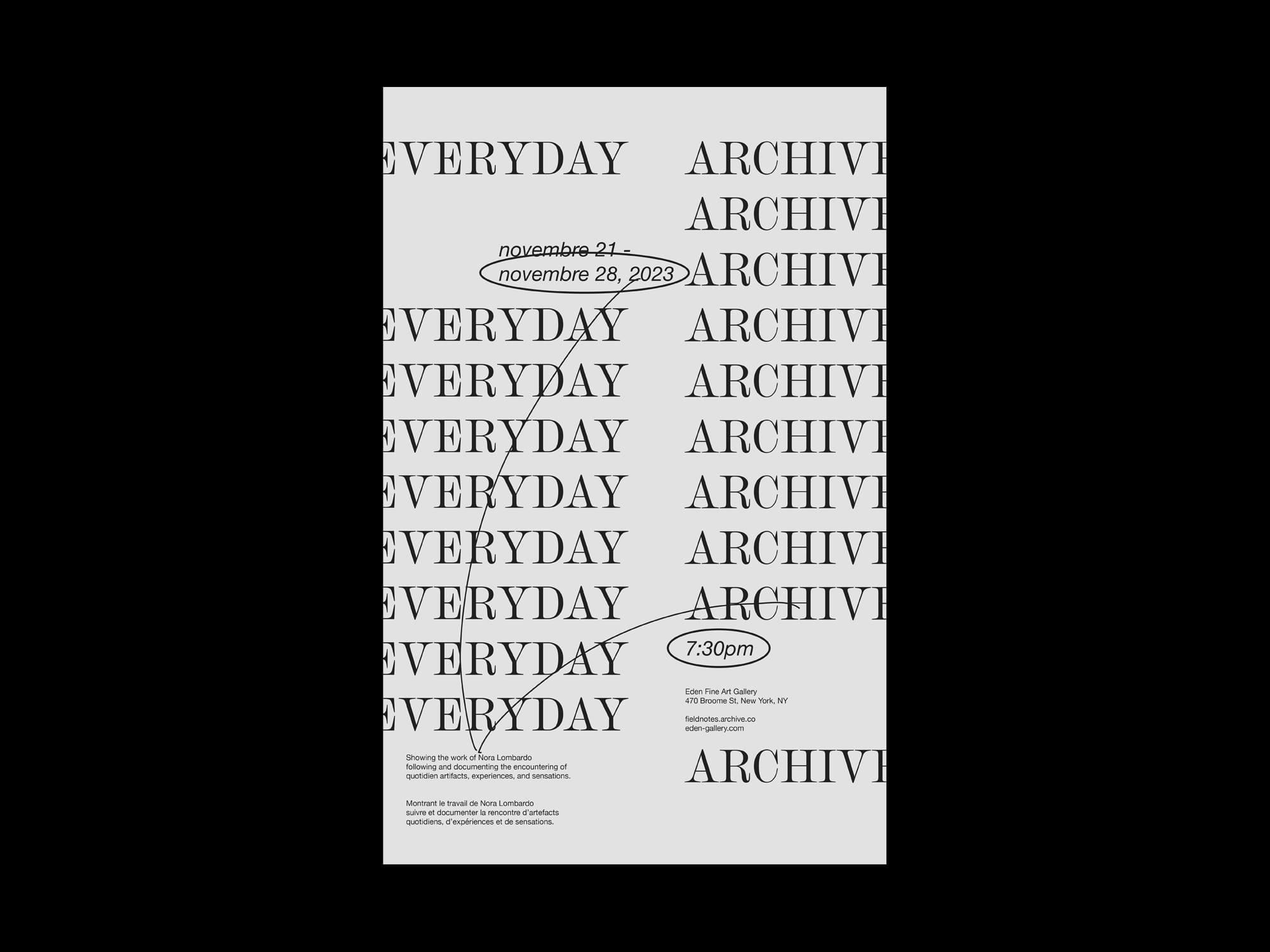

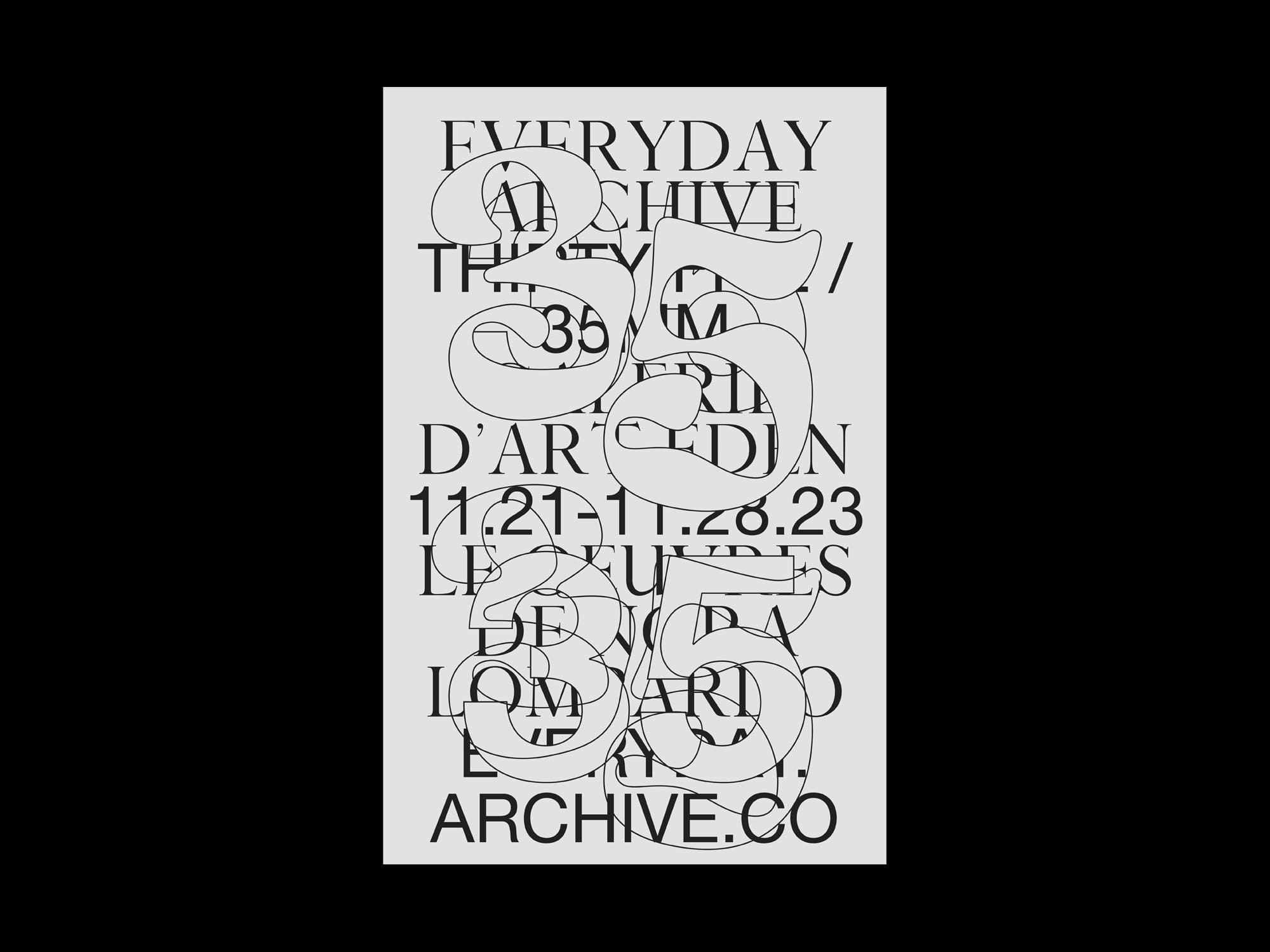

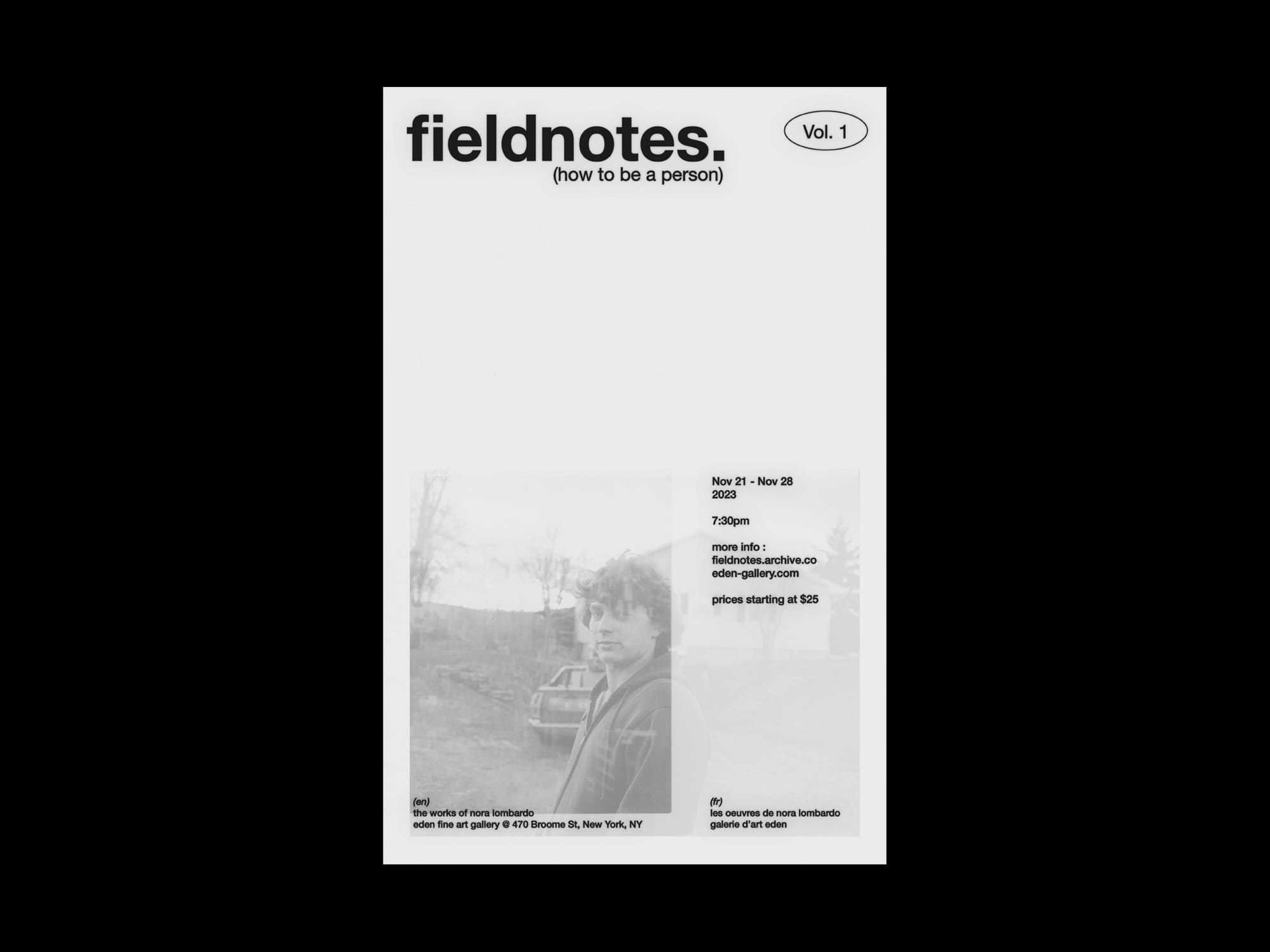

Student:
Samantha Chun
10 — 11 in x 17 in
Samantha Chun
10 — 11 in x 17 in

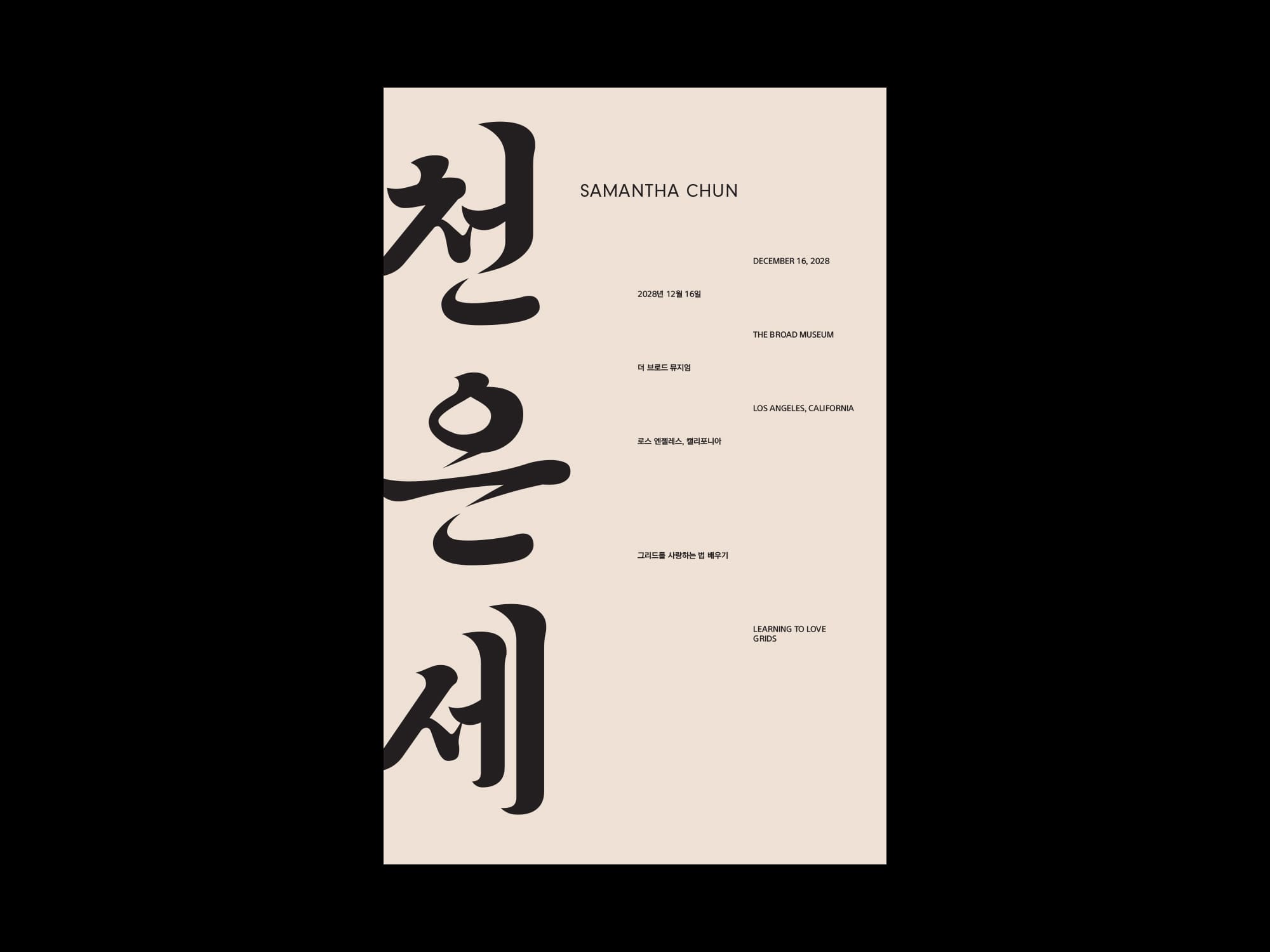


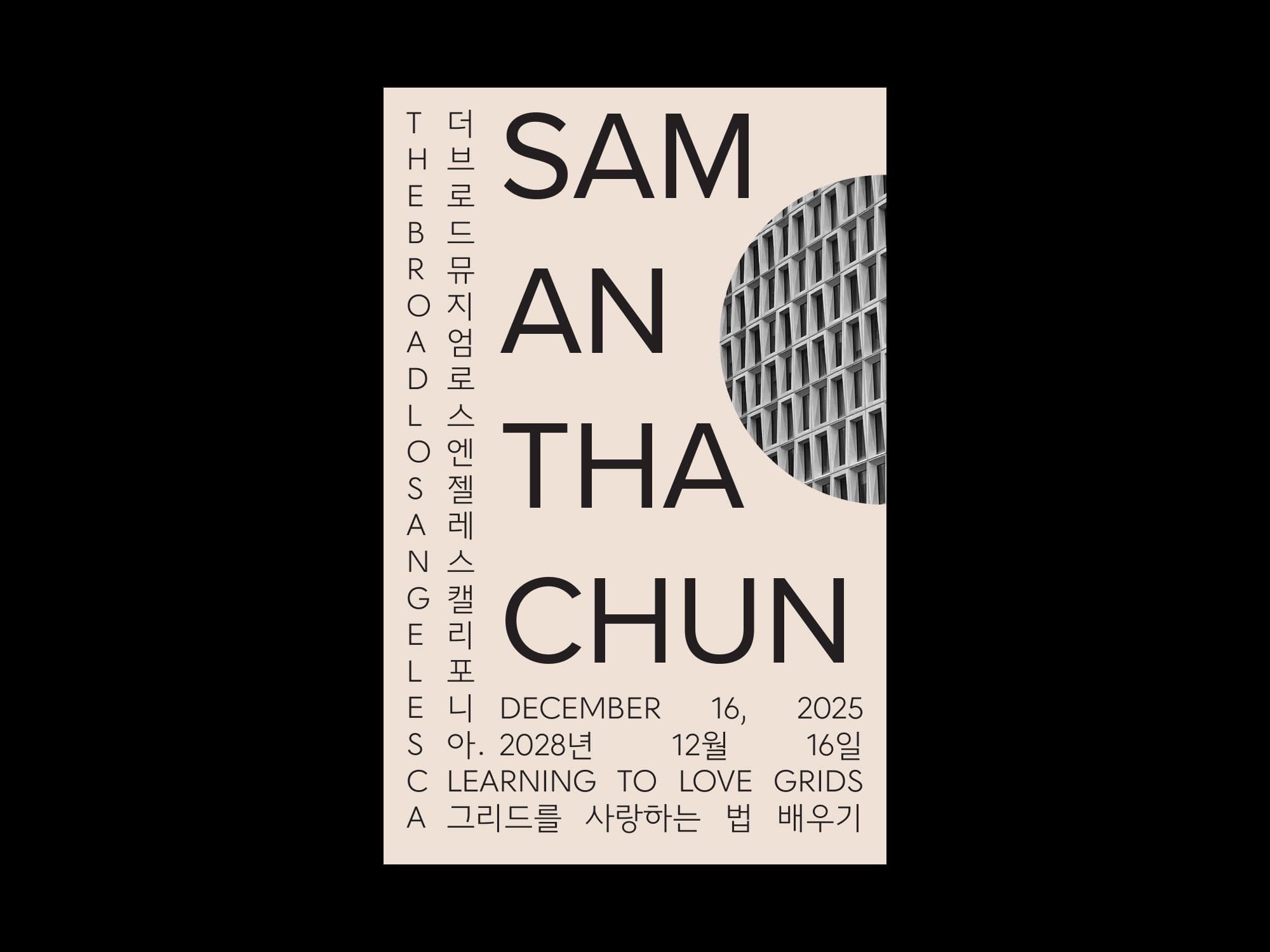
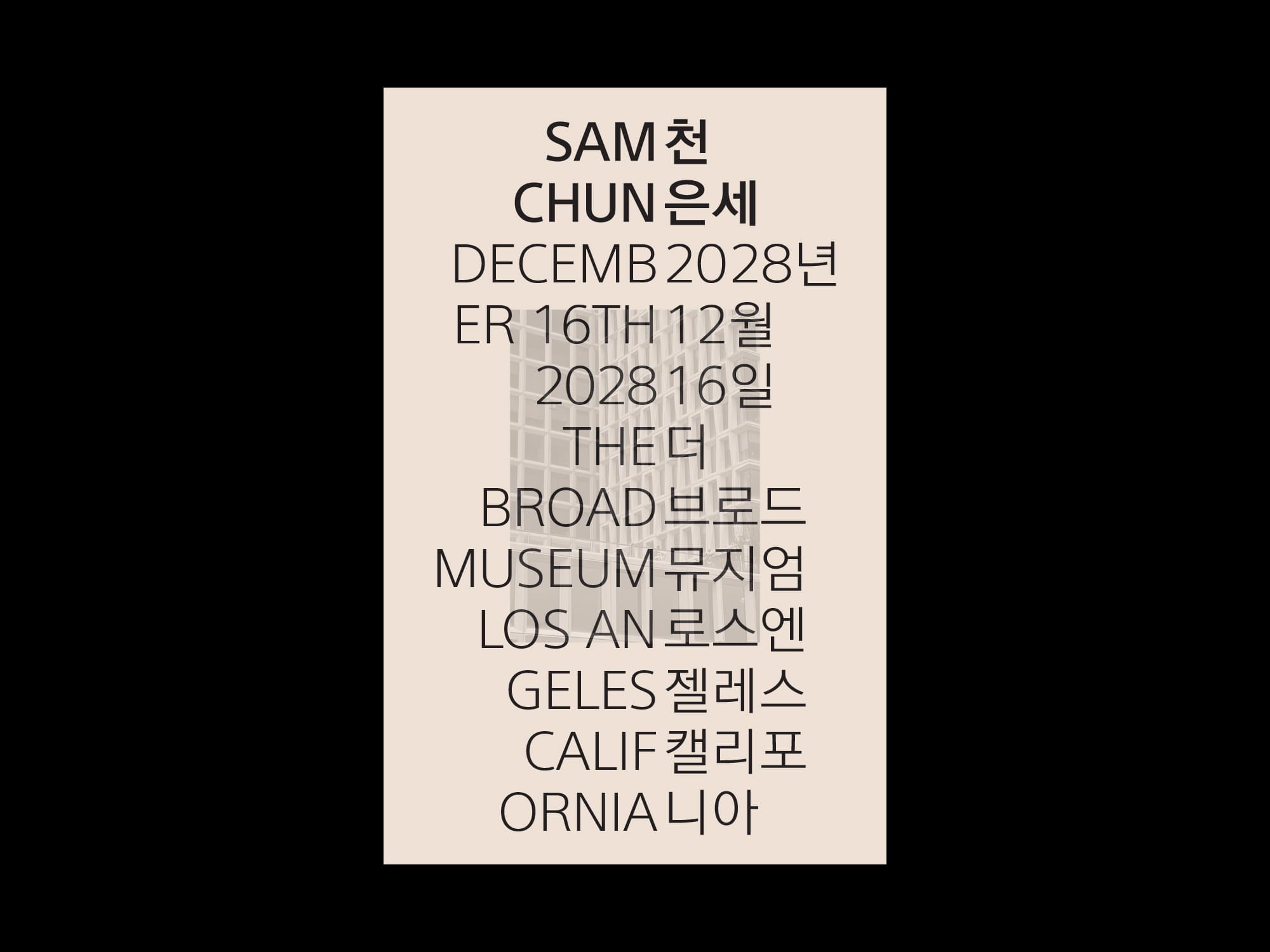
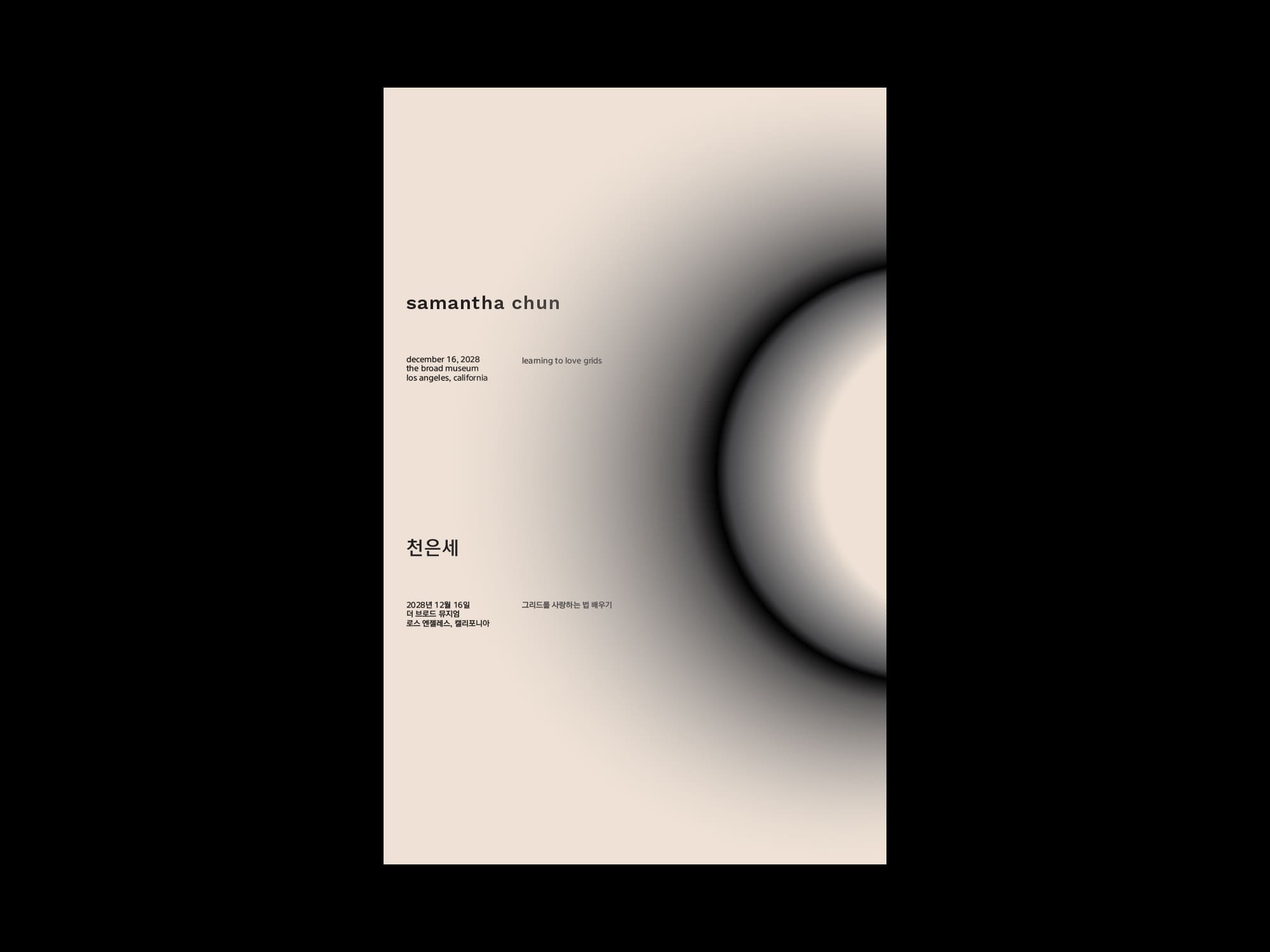
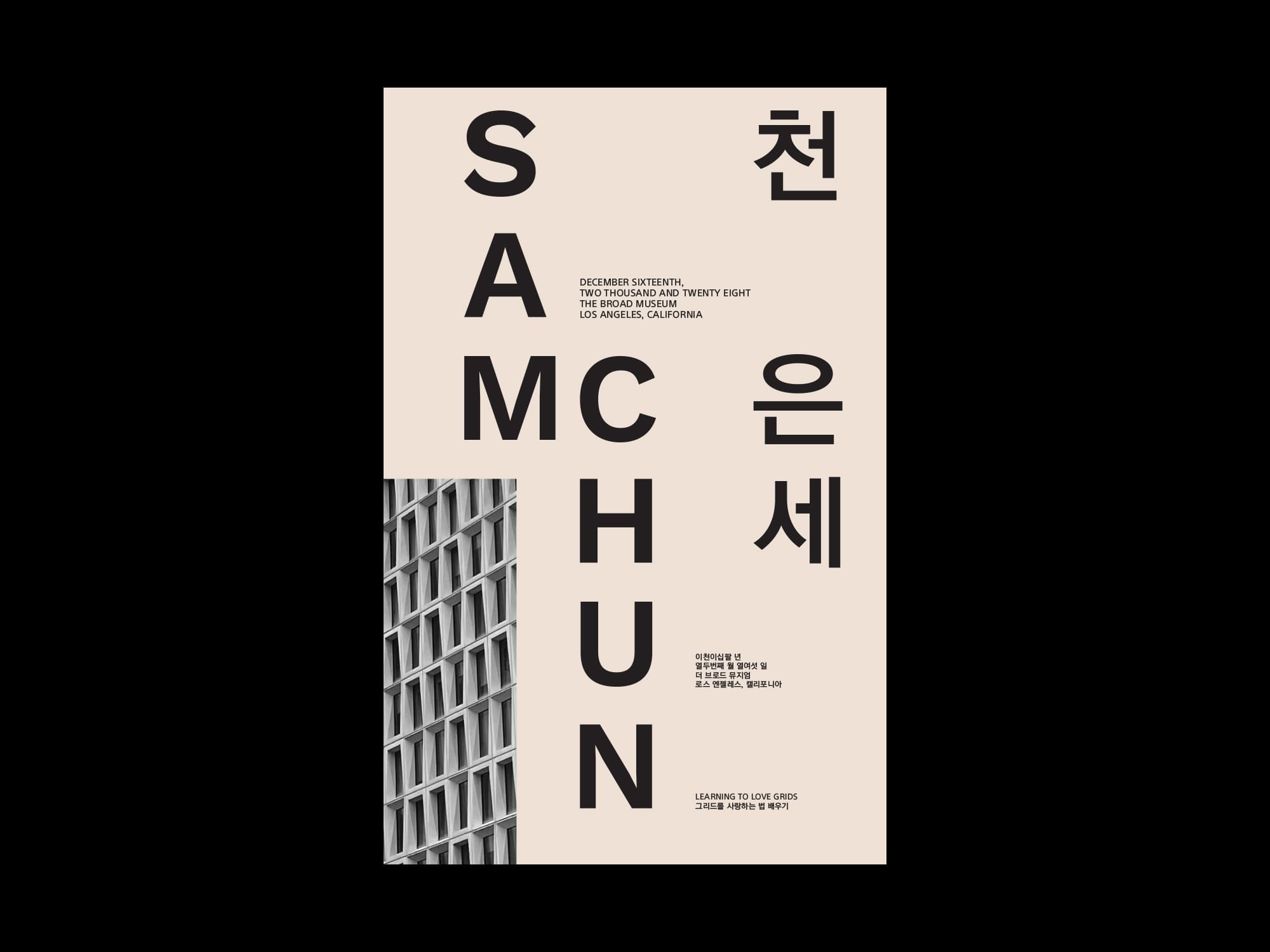
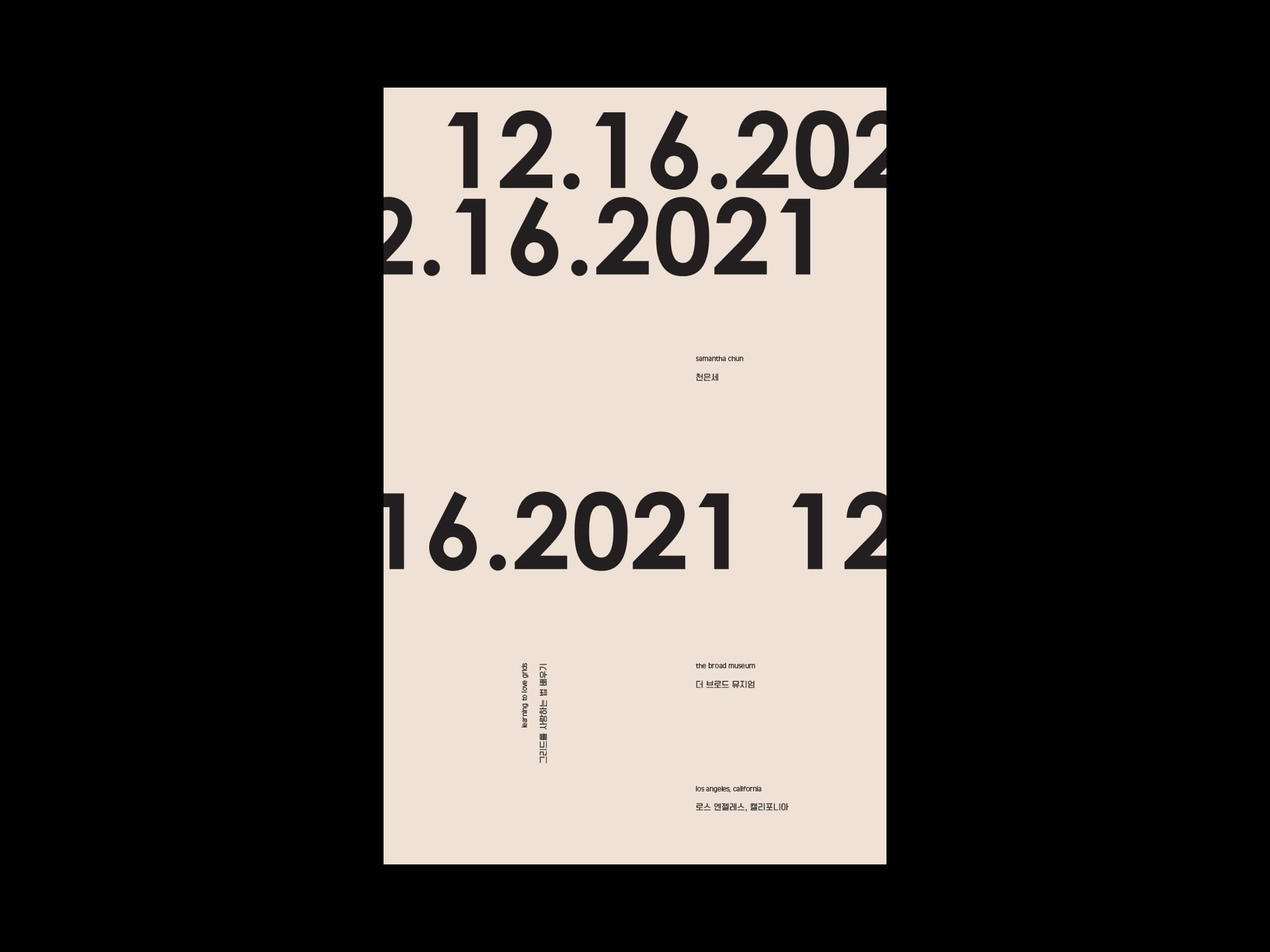
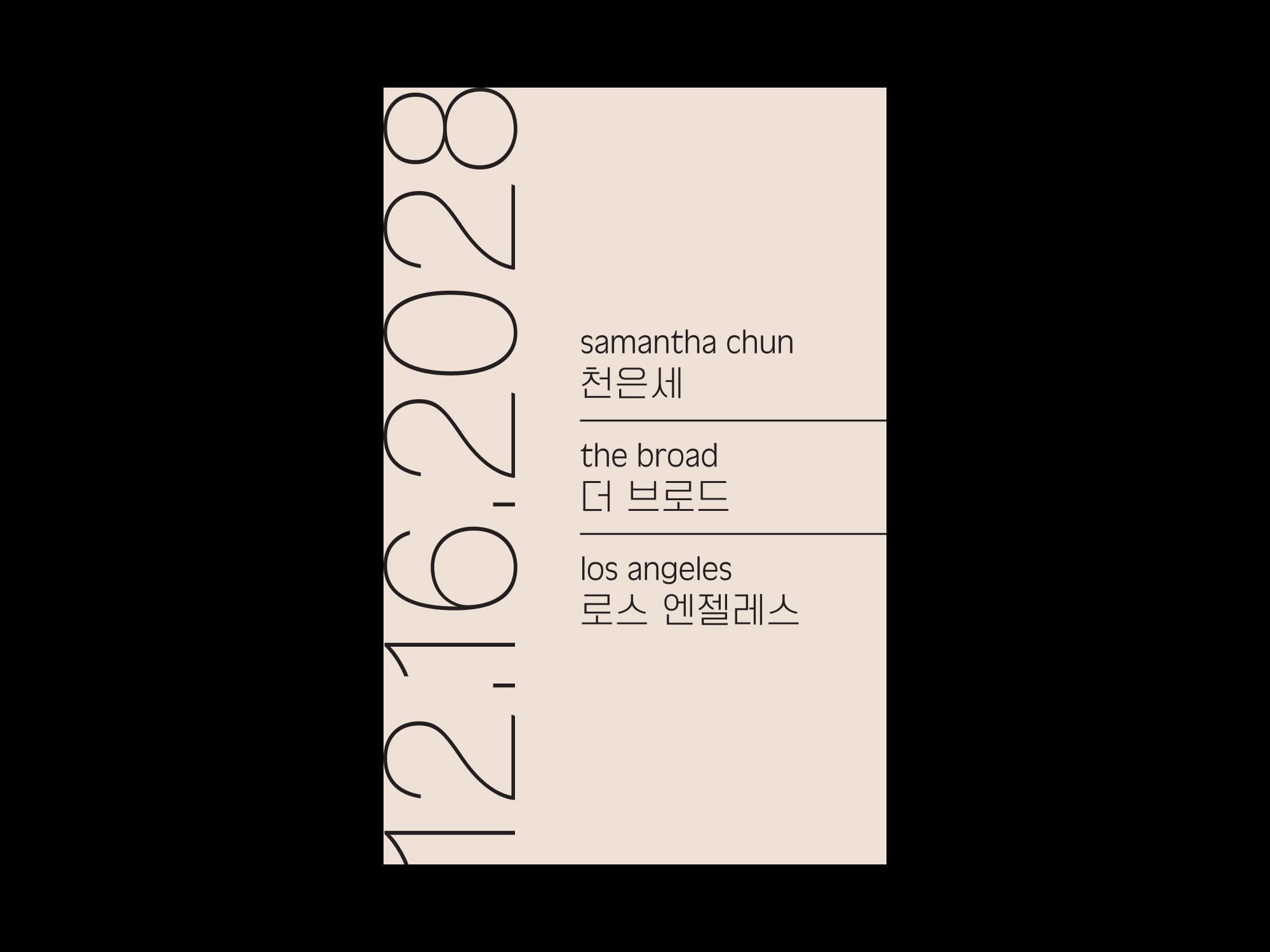
Student:
Sarah Kim
10 — 11 in x 17 in
Sarah Kim
10 — 11 in x 17 in
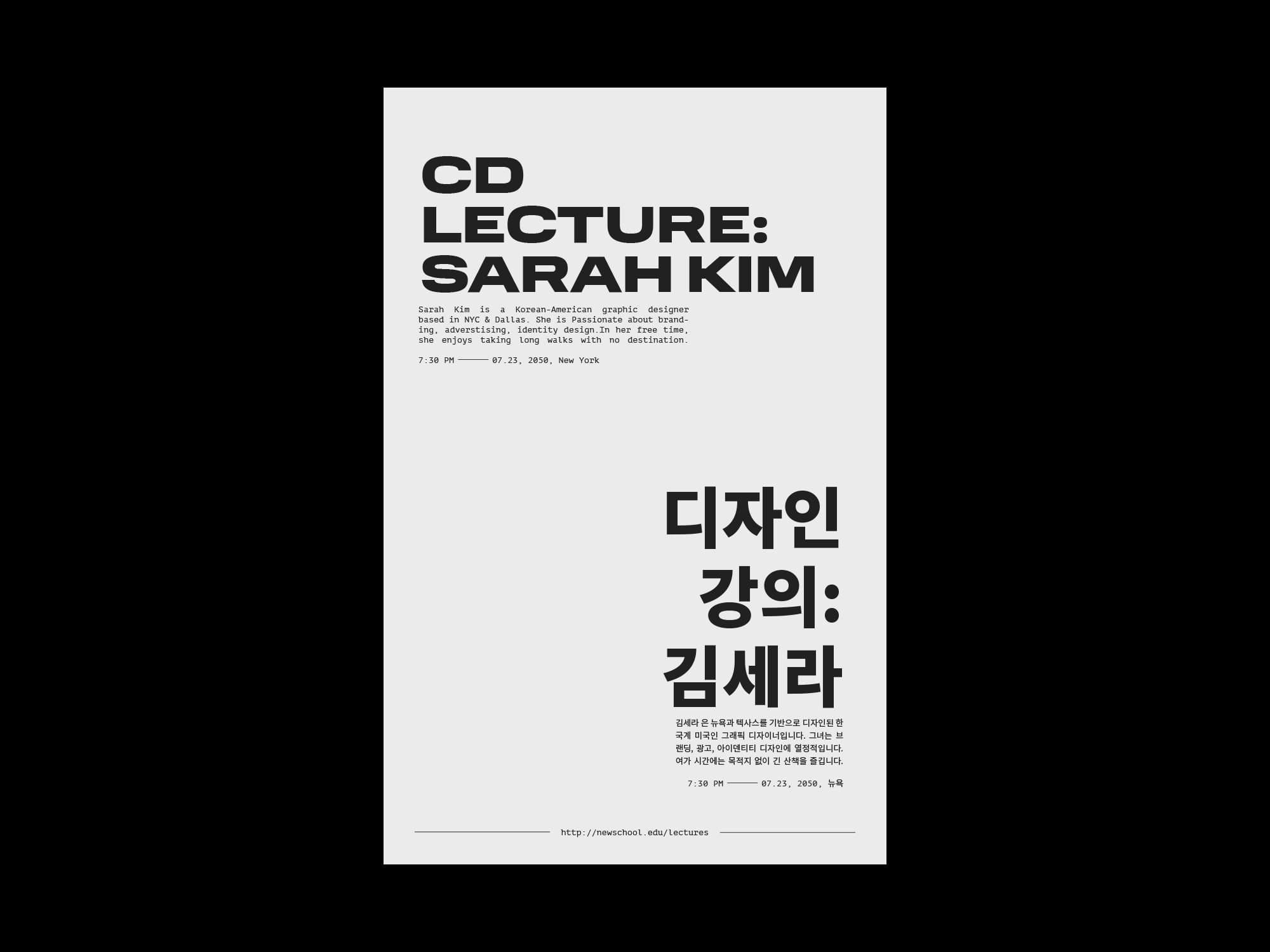
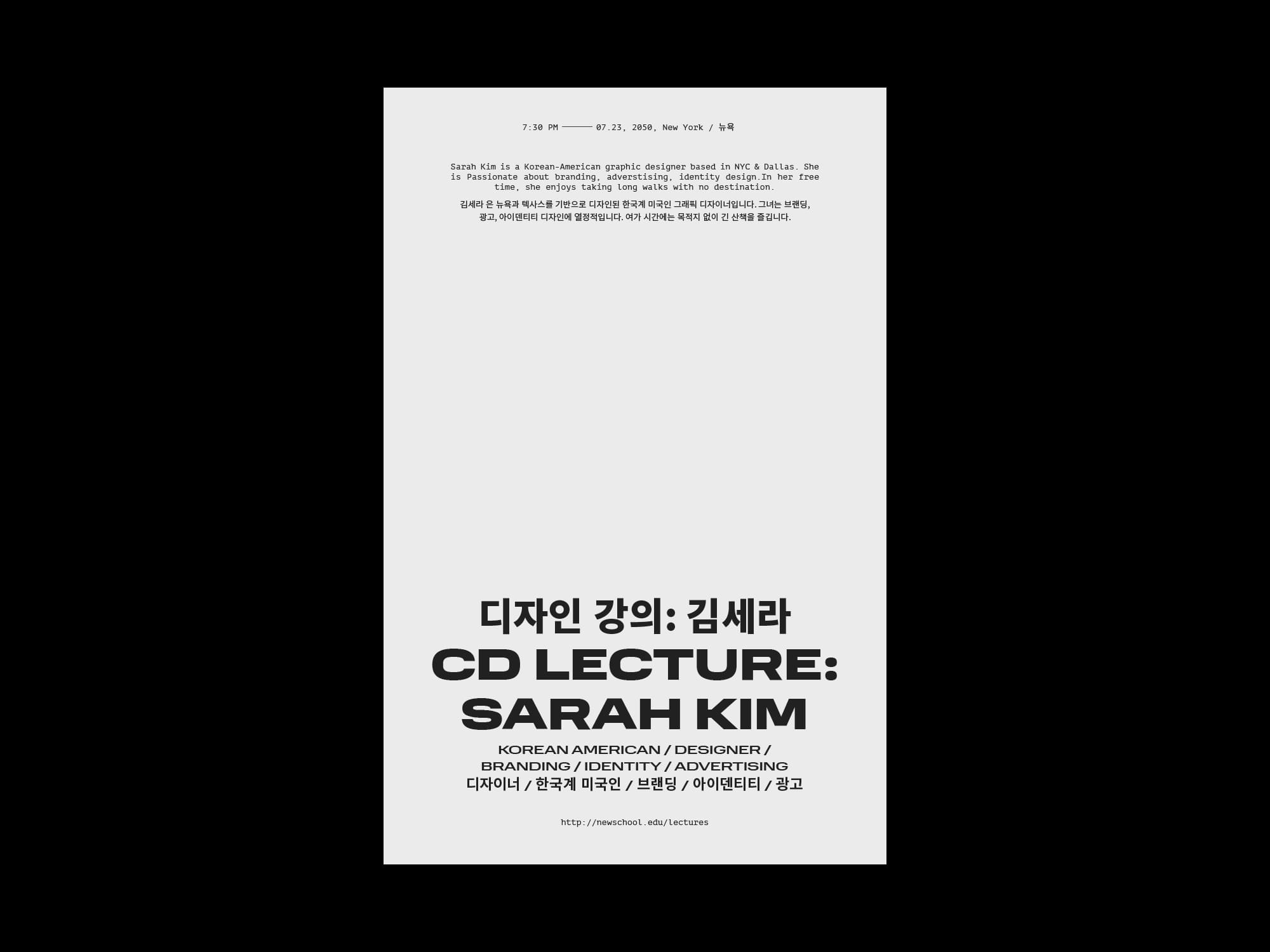
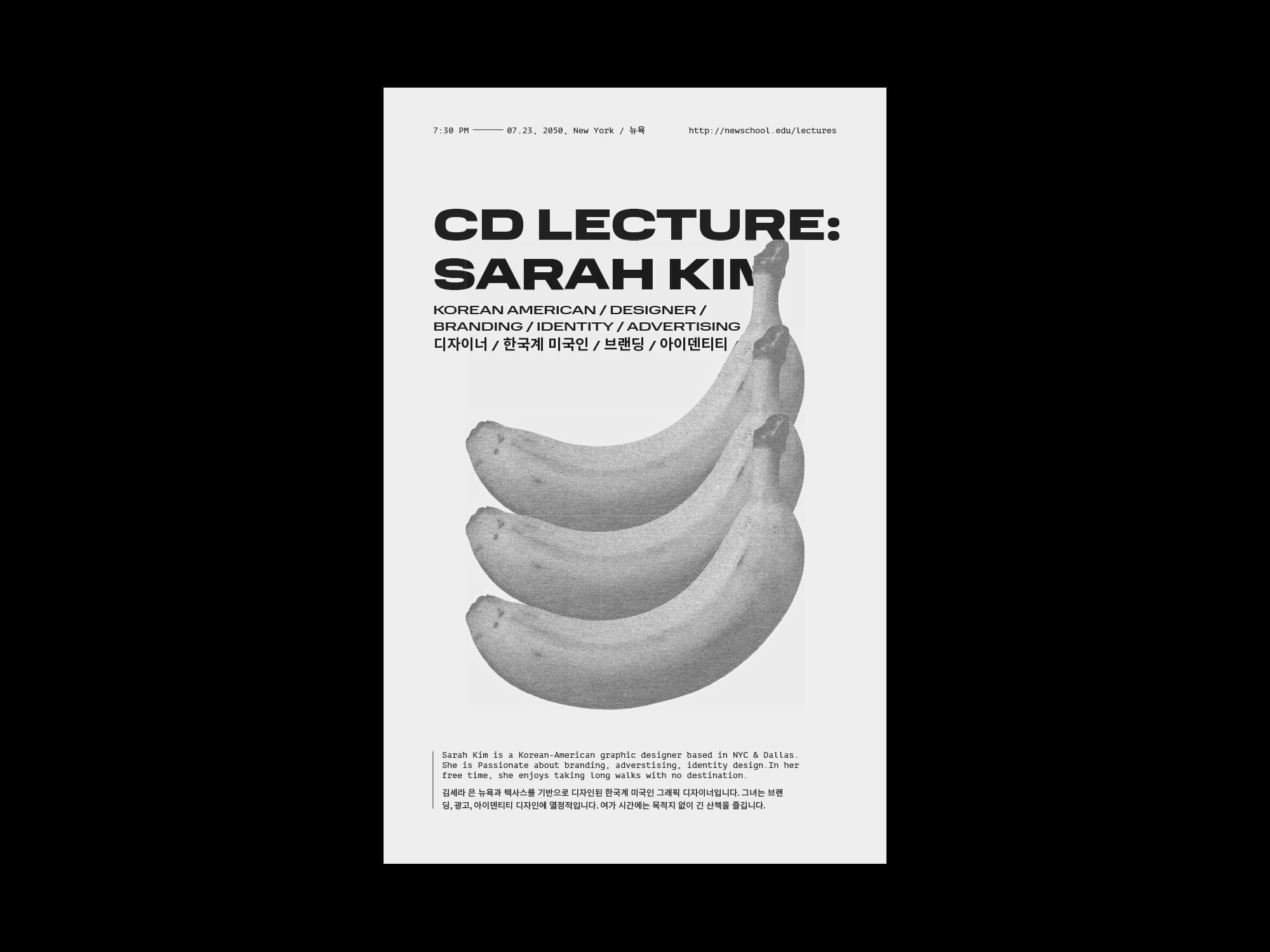
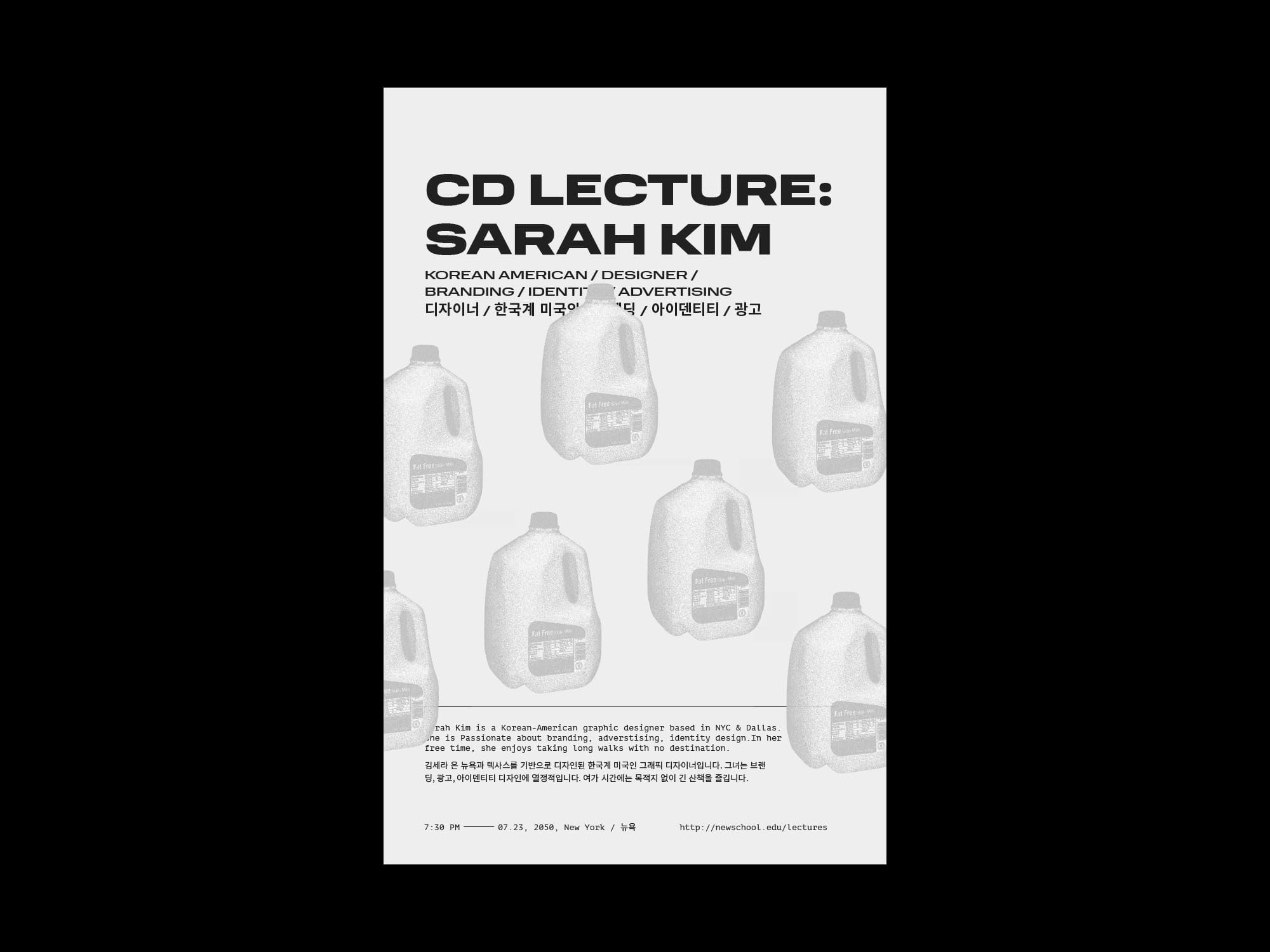

Student:
Sofia Cacho Sousa
10 — 11 in x 17 in
Sofia Cacho Sousa
10 — 11 in x 17 in
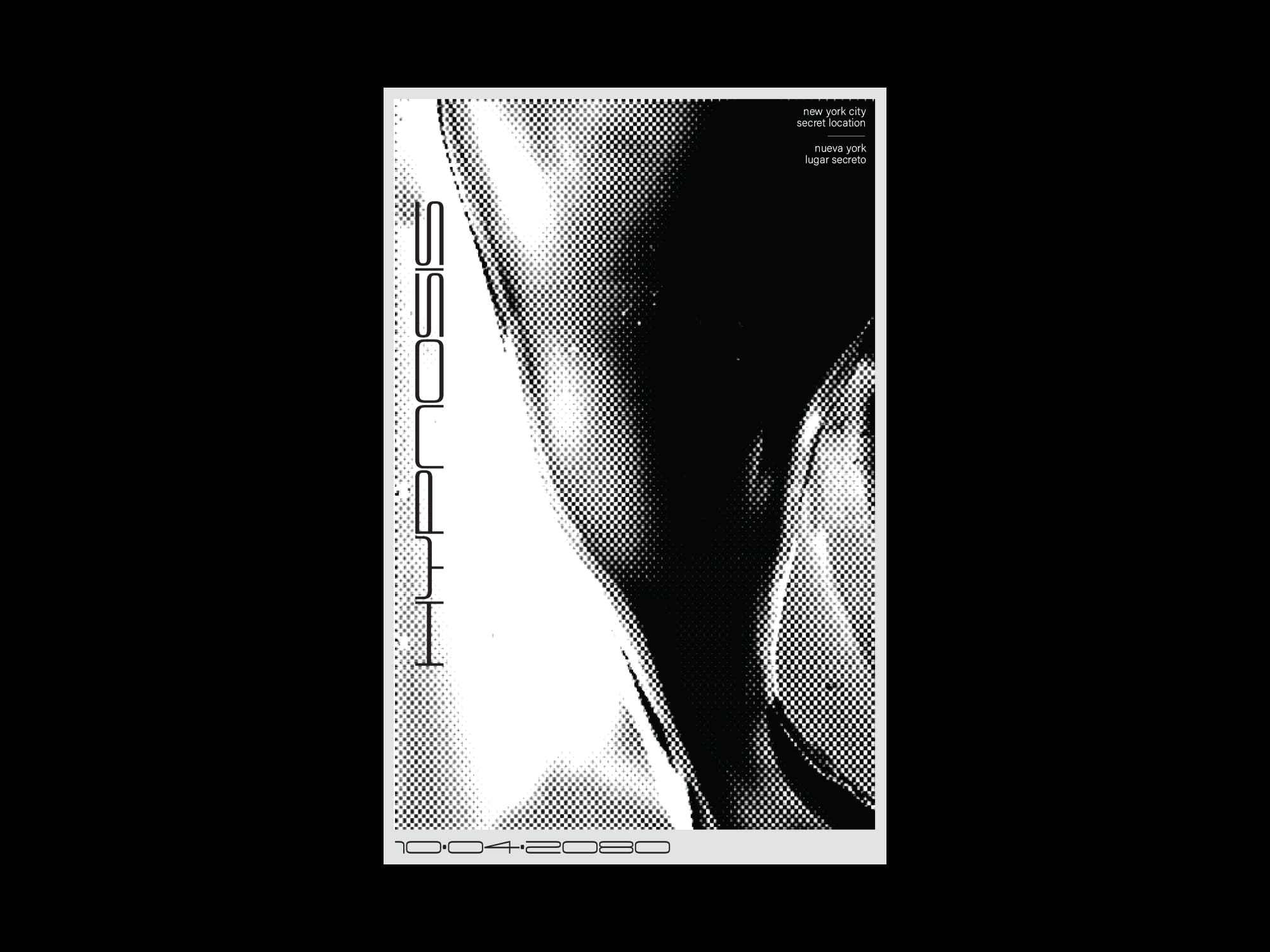
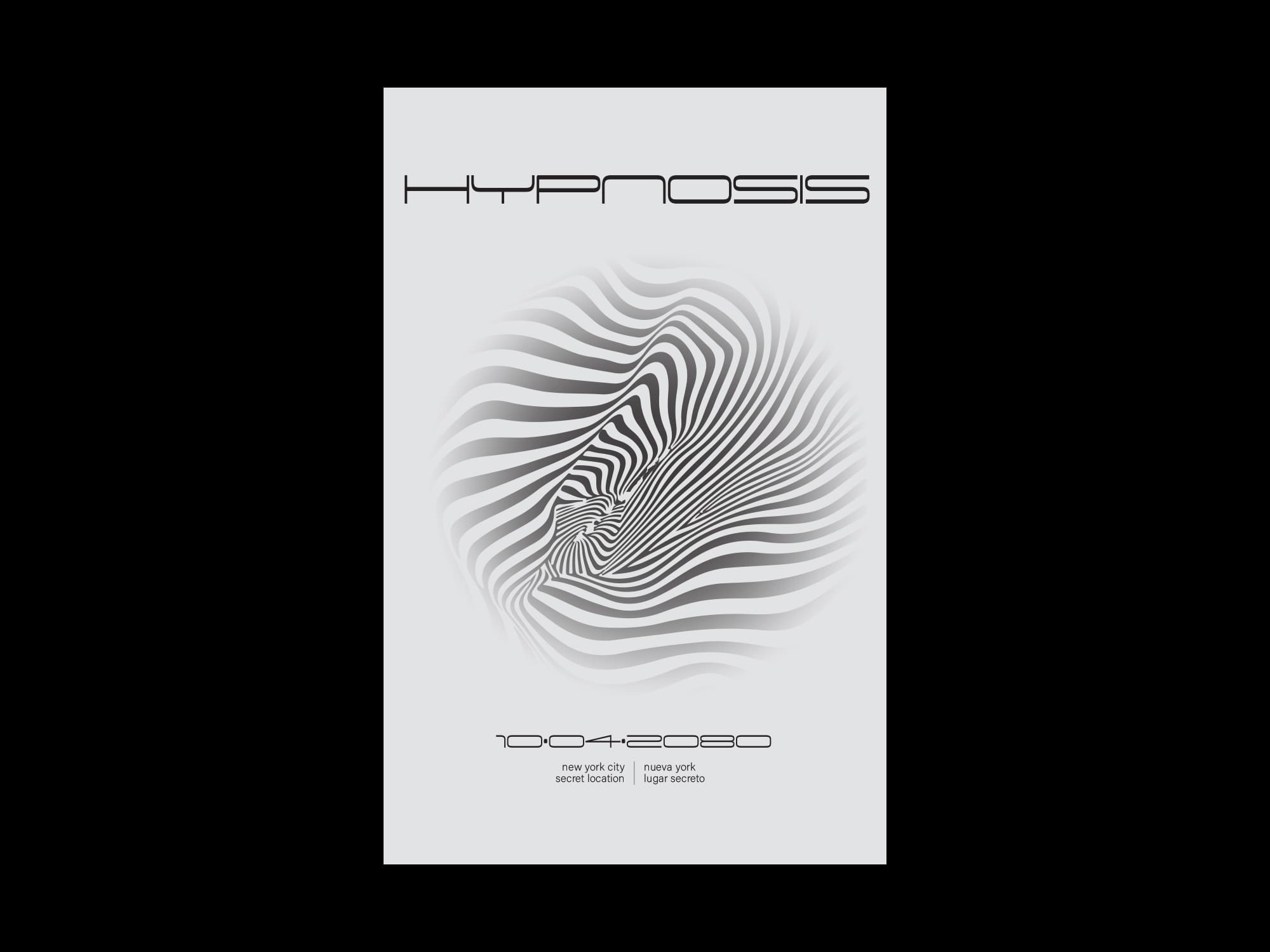
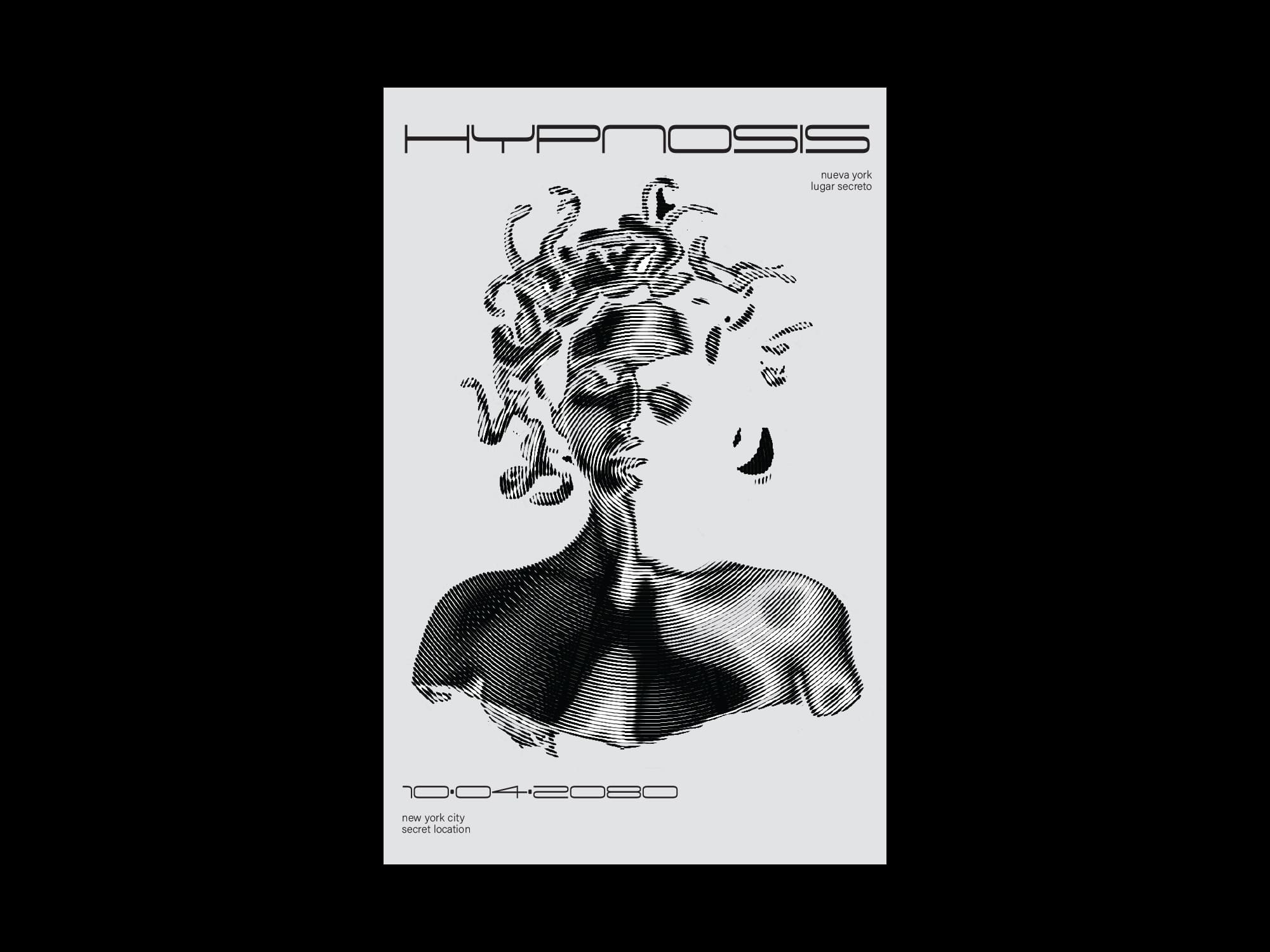
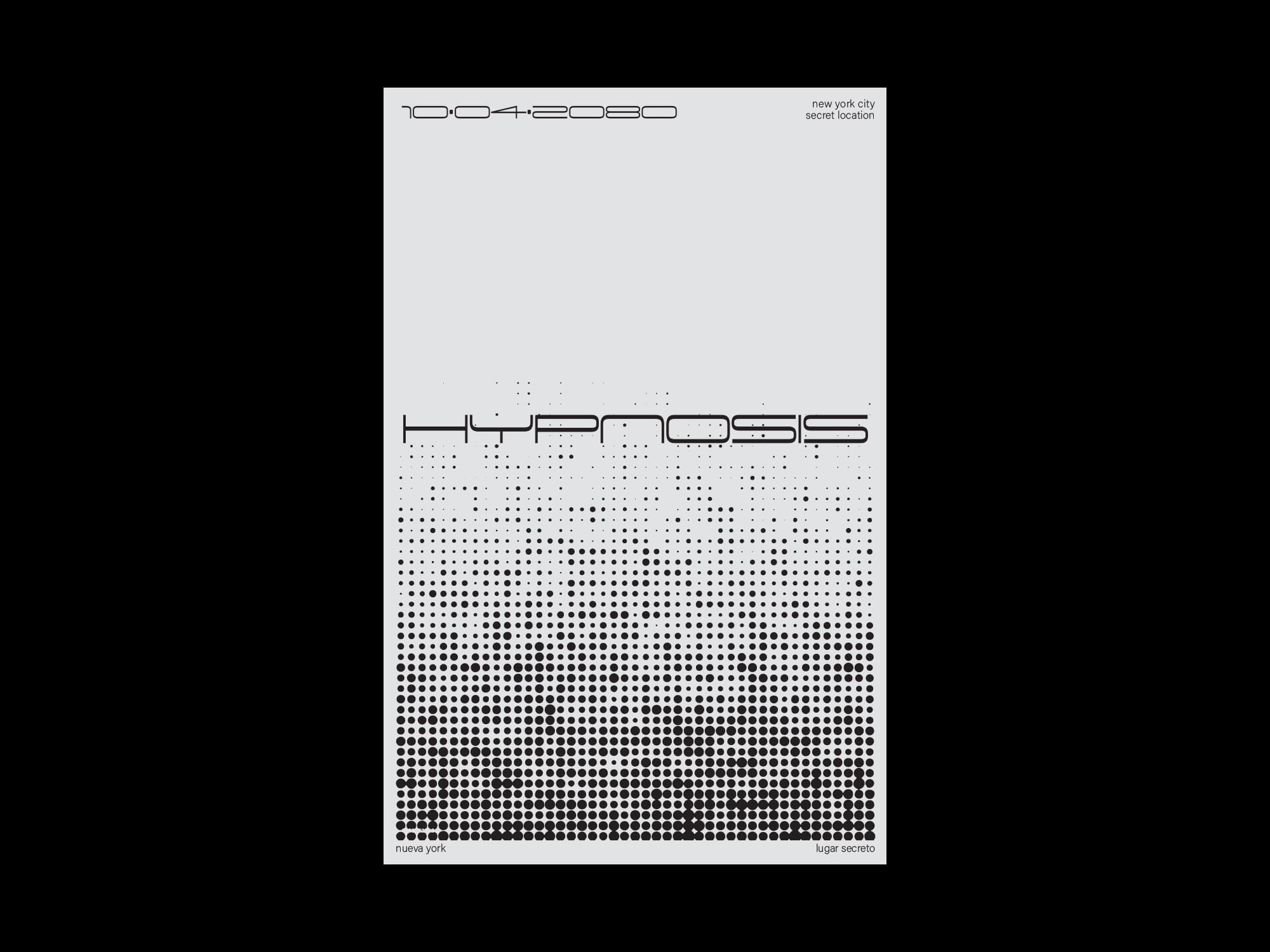
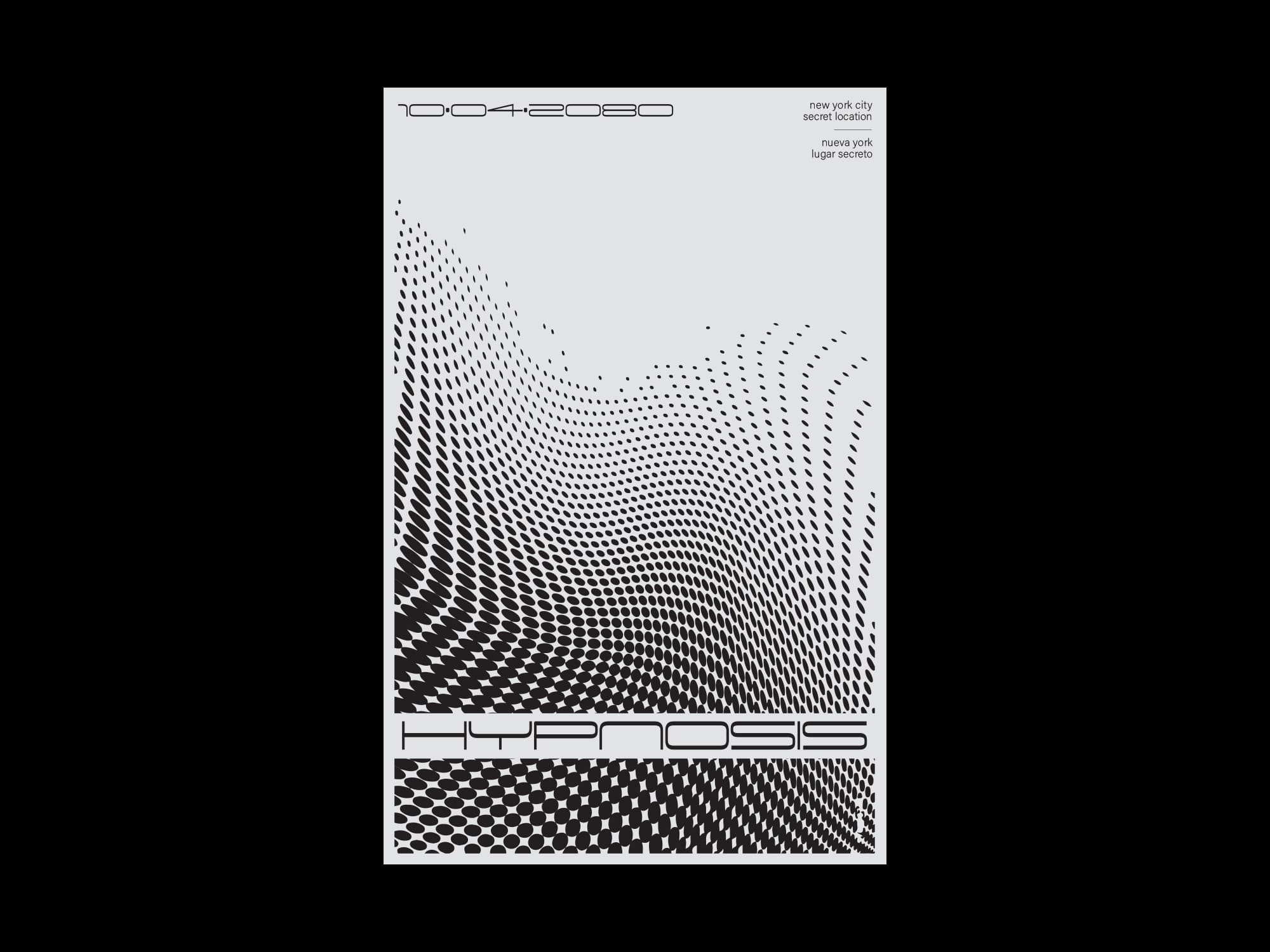





Student:
Tara Boroumandi
10 — 11 in x 17 in
Tara Boroumandi
10 — 11 in x 17 in


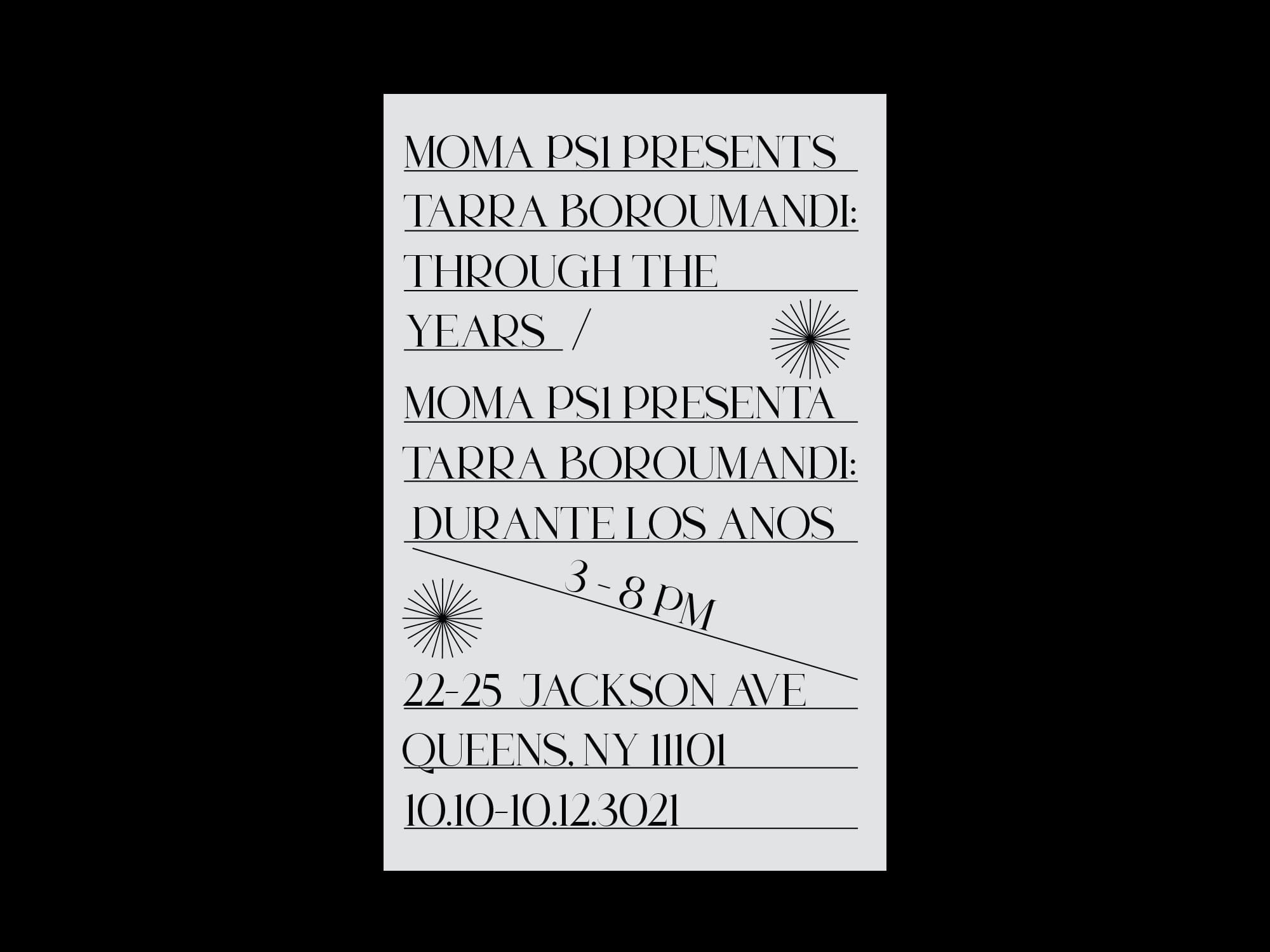
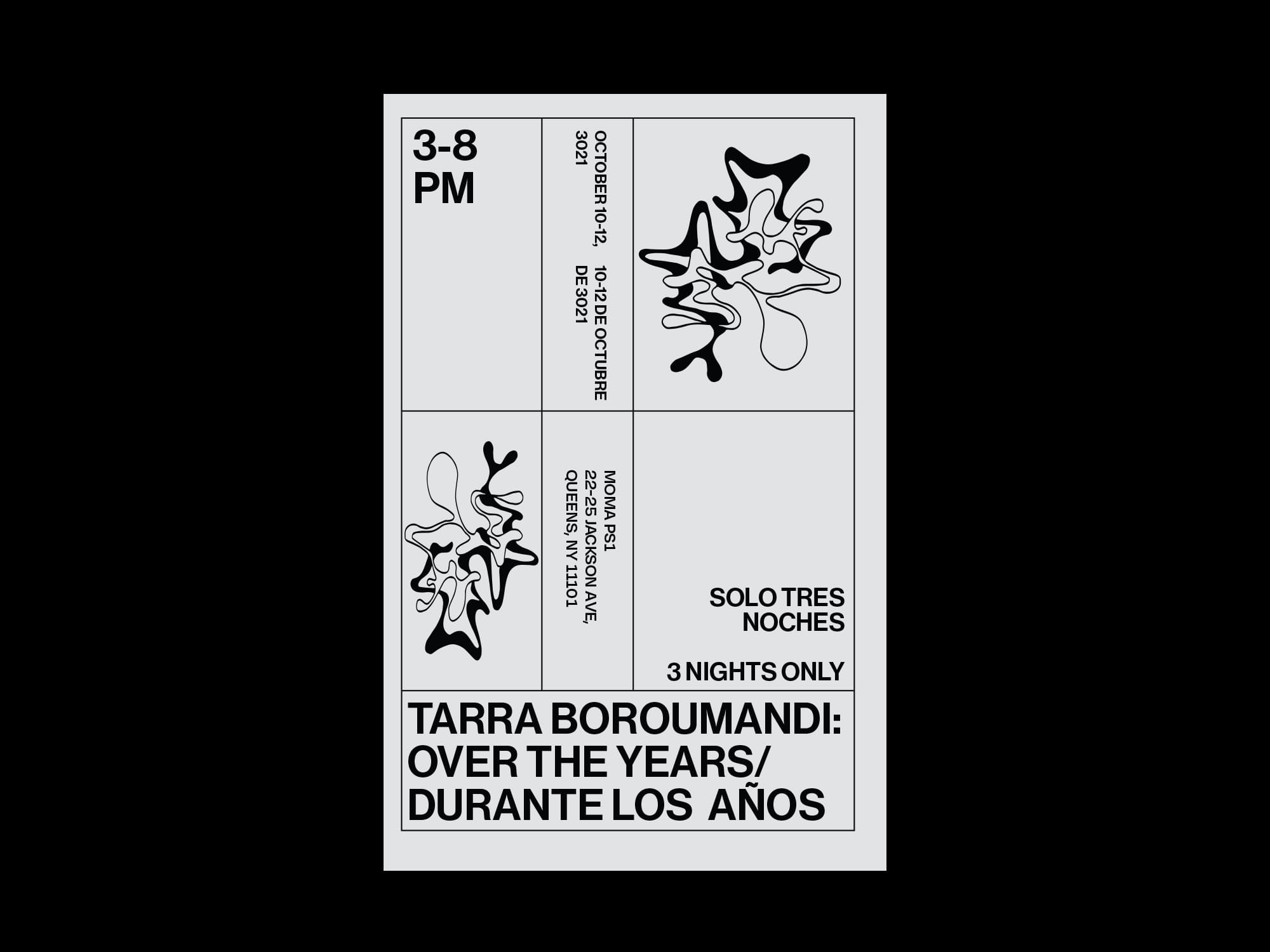
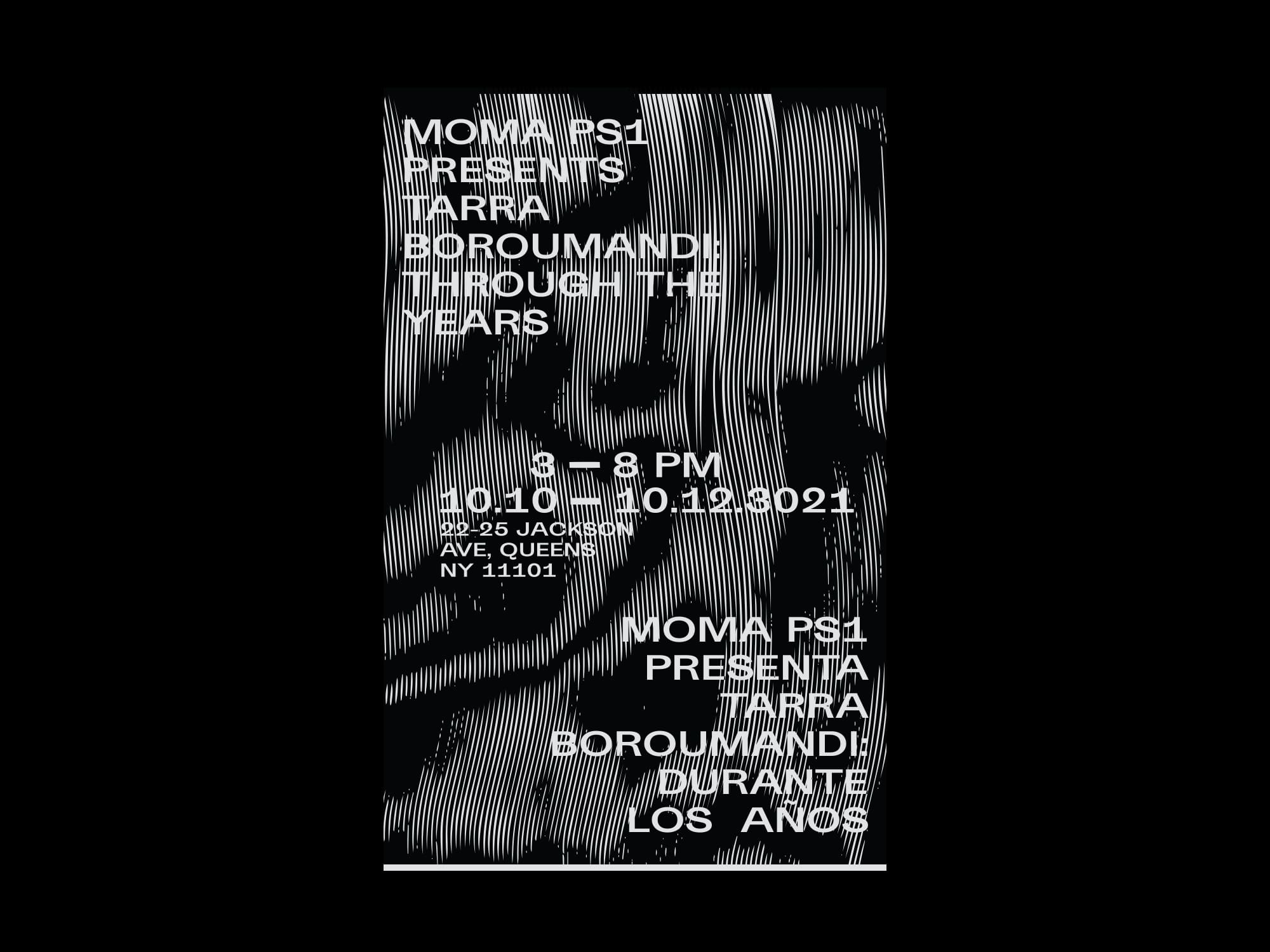
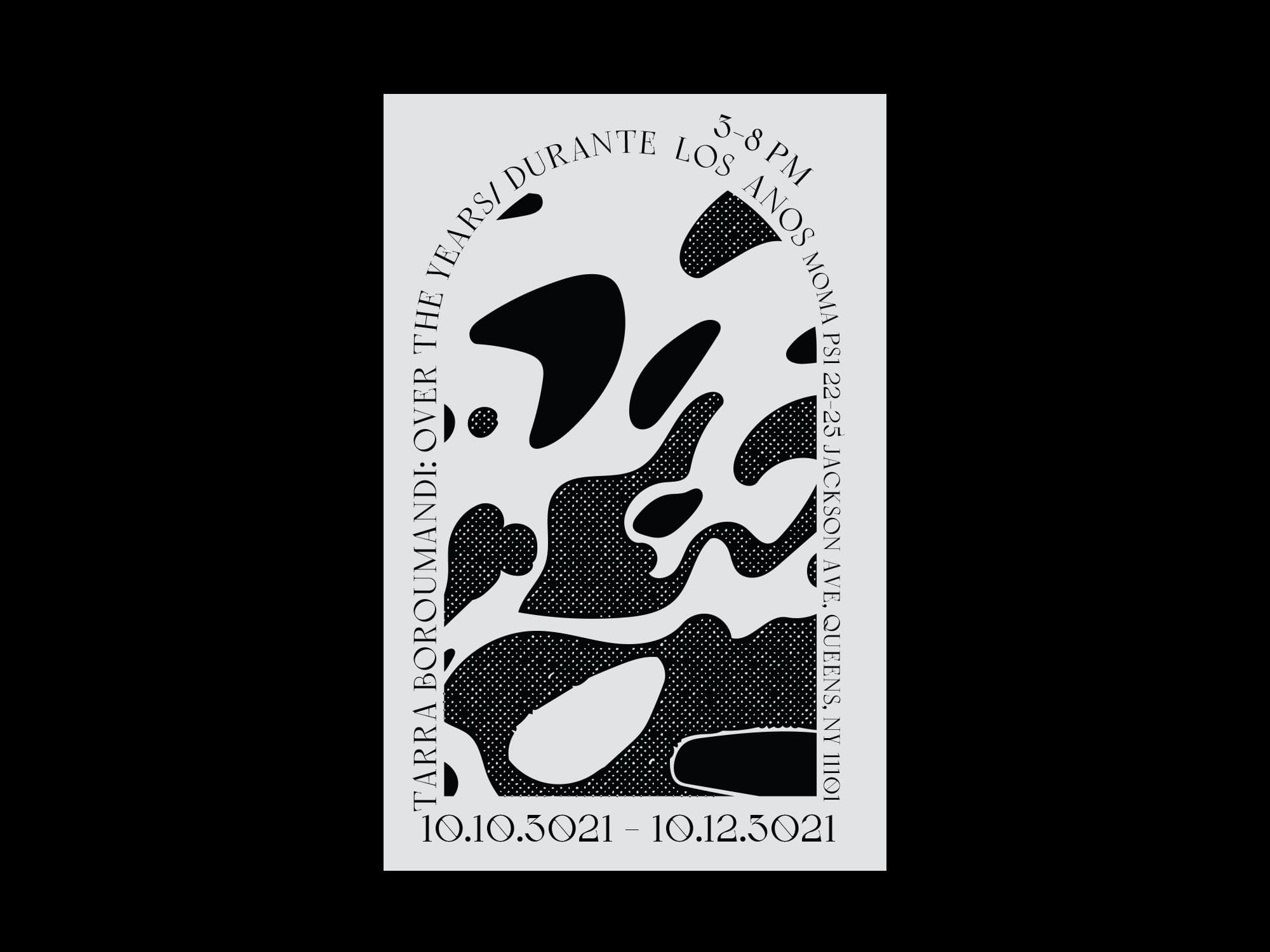
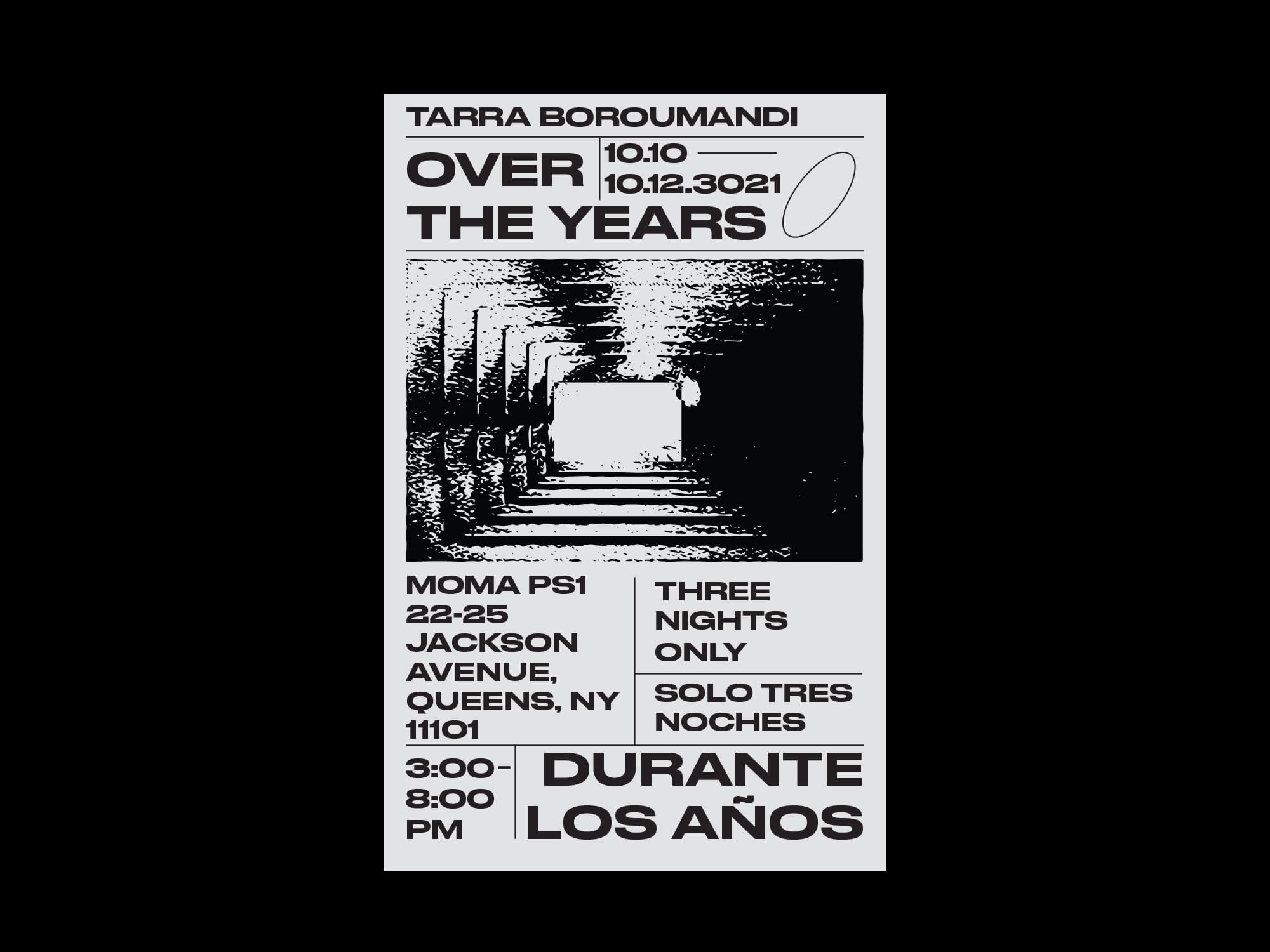

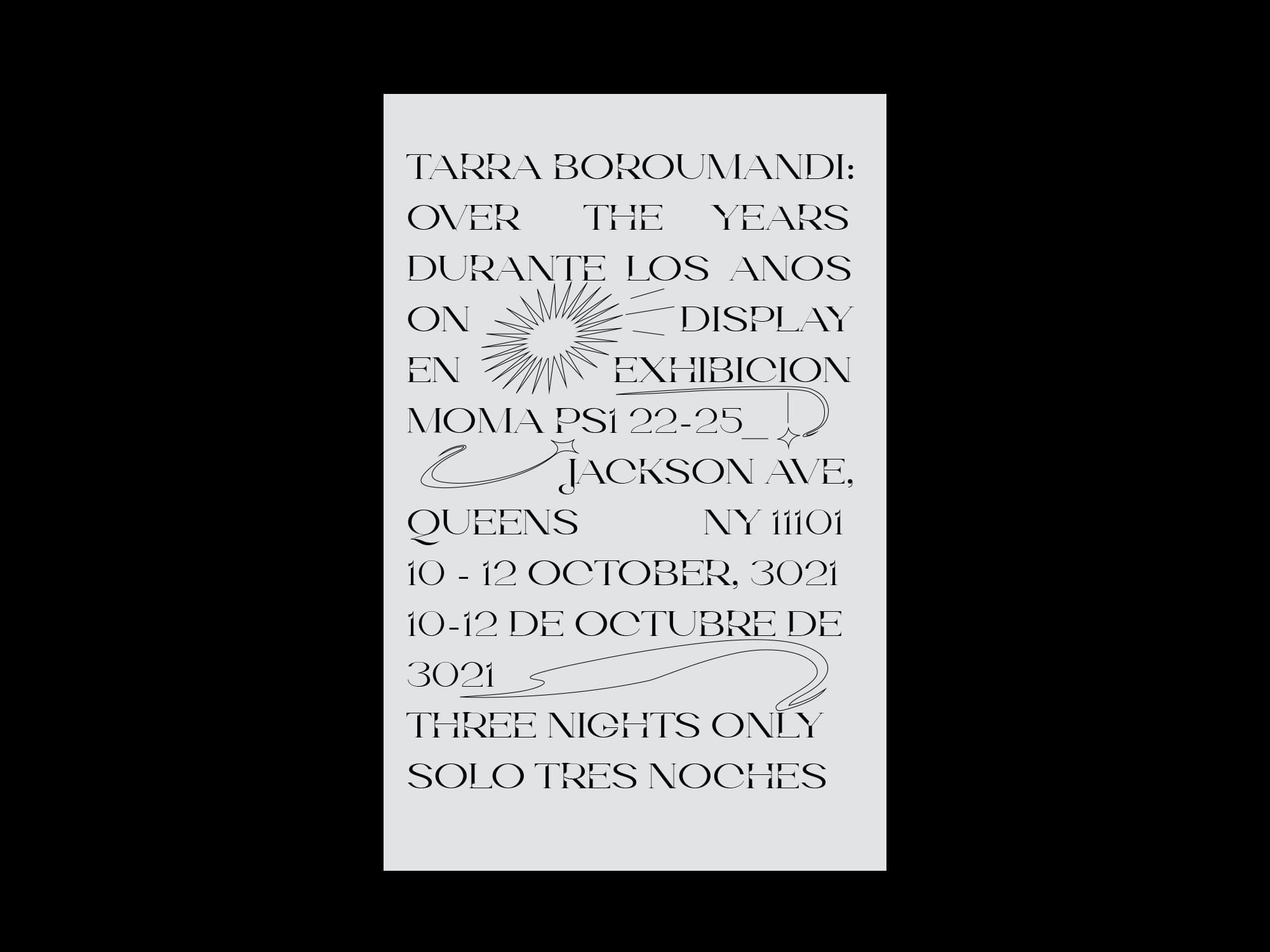

Student:
Zach Tinubu-Karch
10 — 11 in x 17 in
Zach Tinubu-Karch
10 — 11 in x 17 in


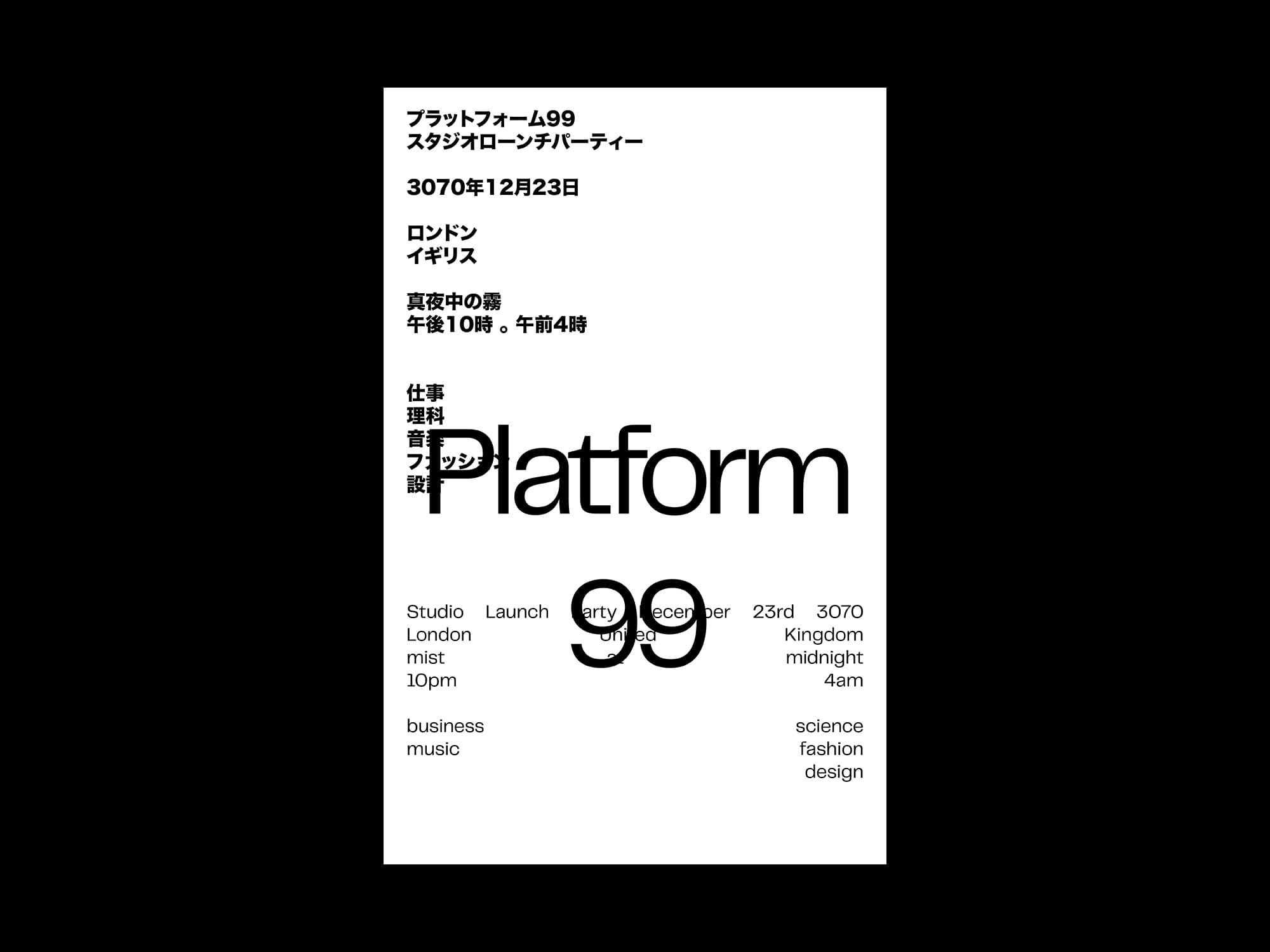
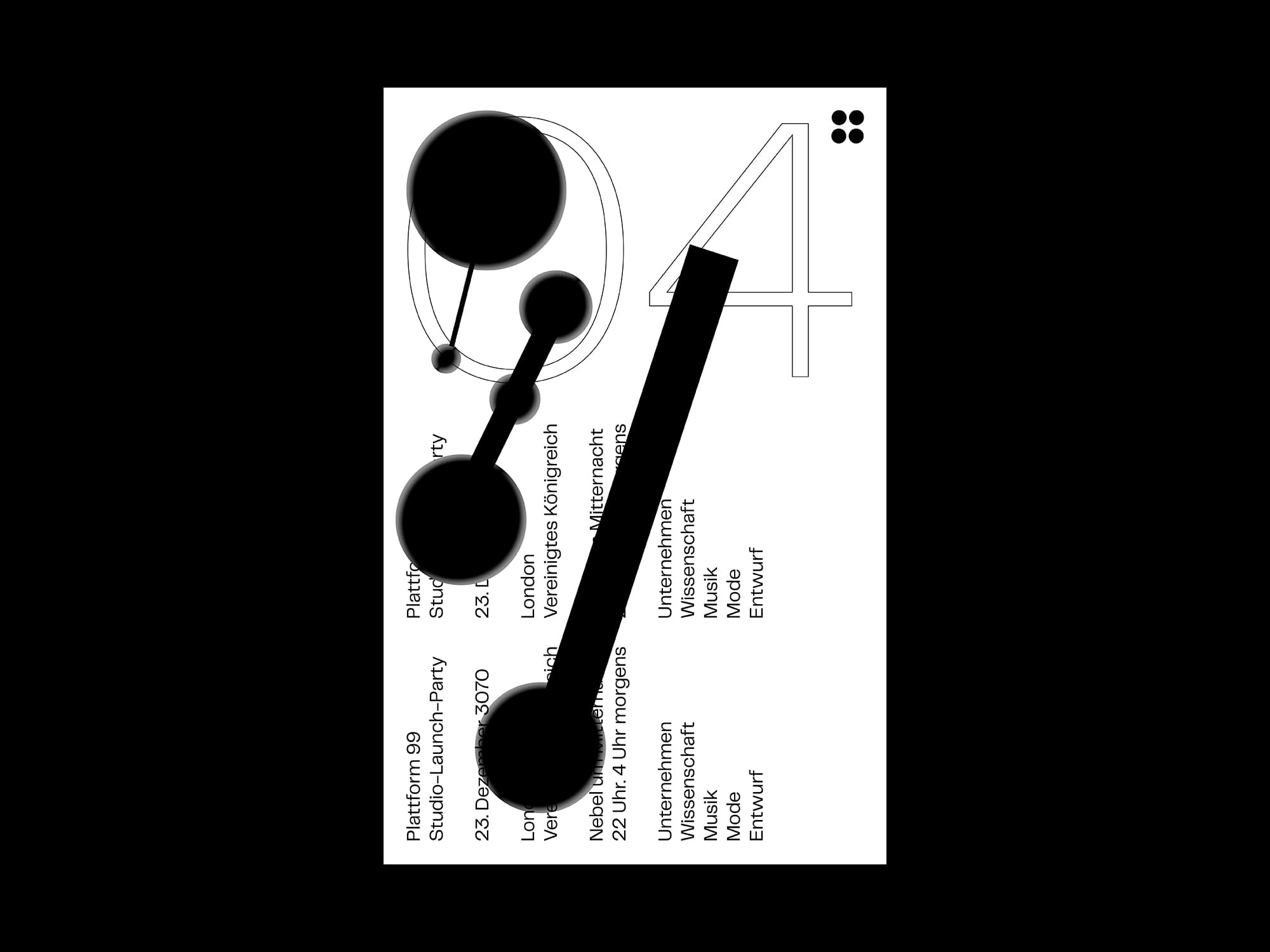
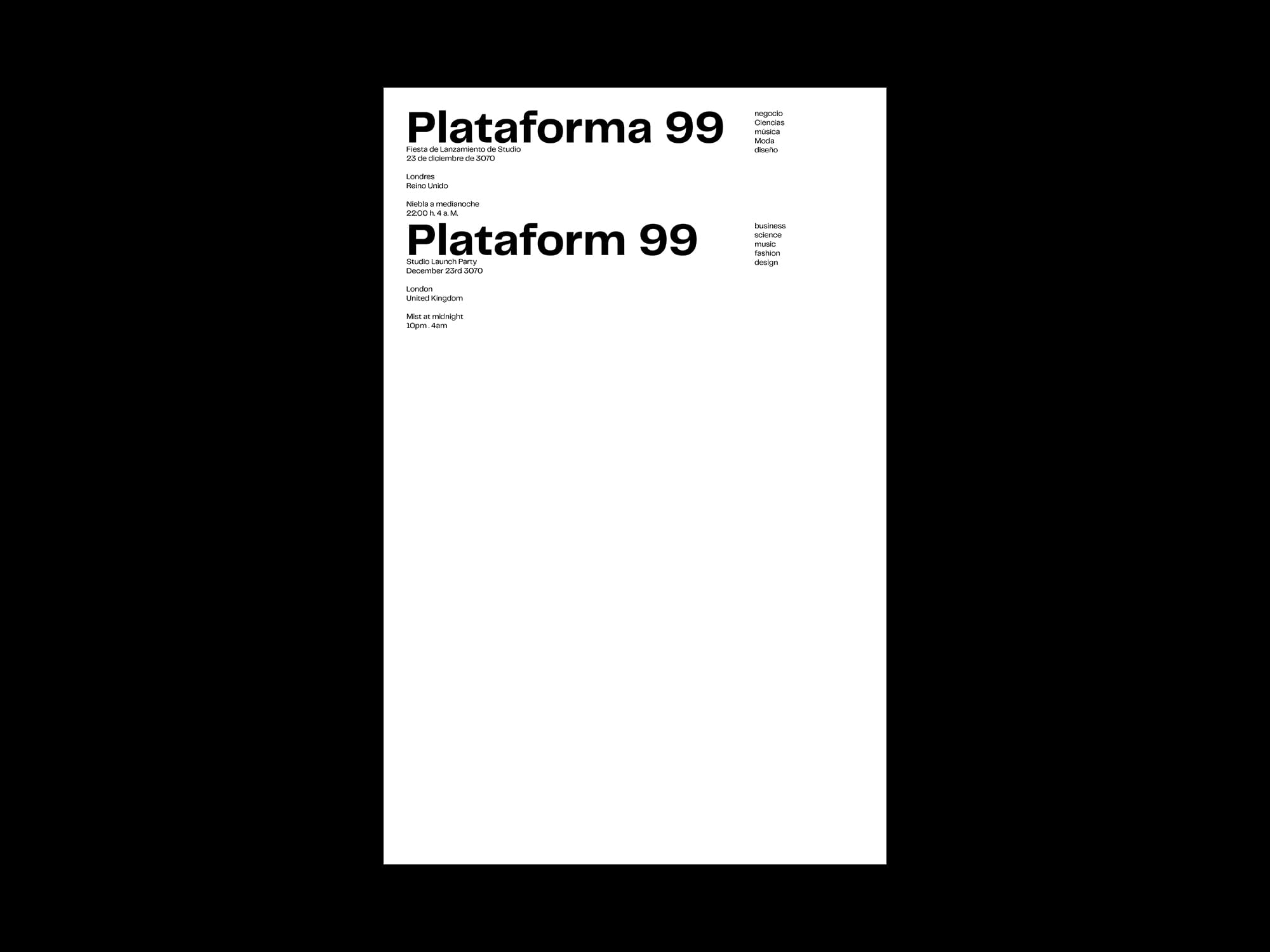
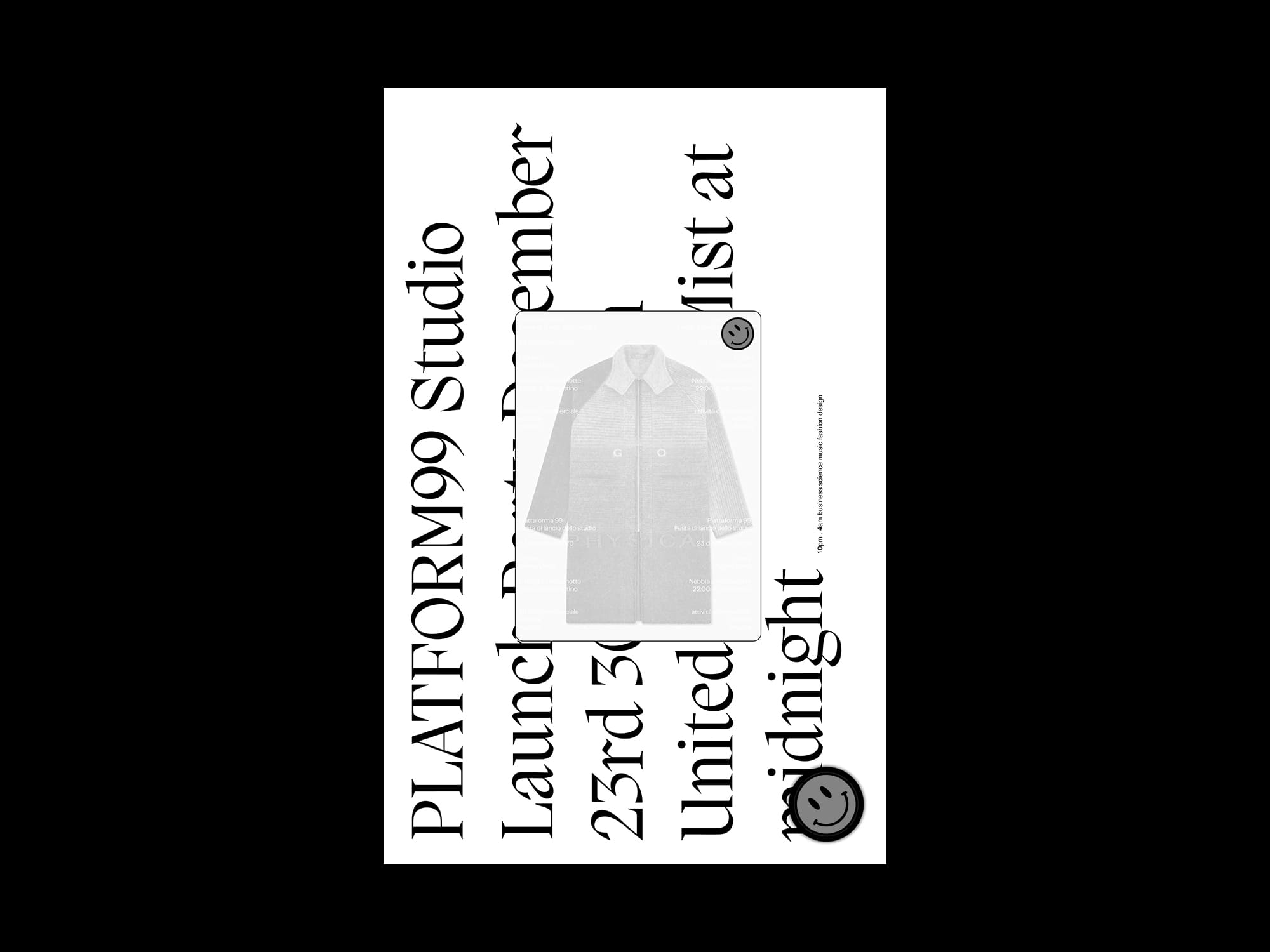
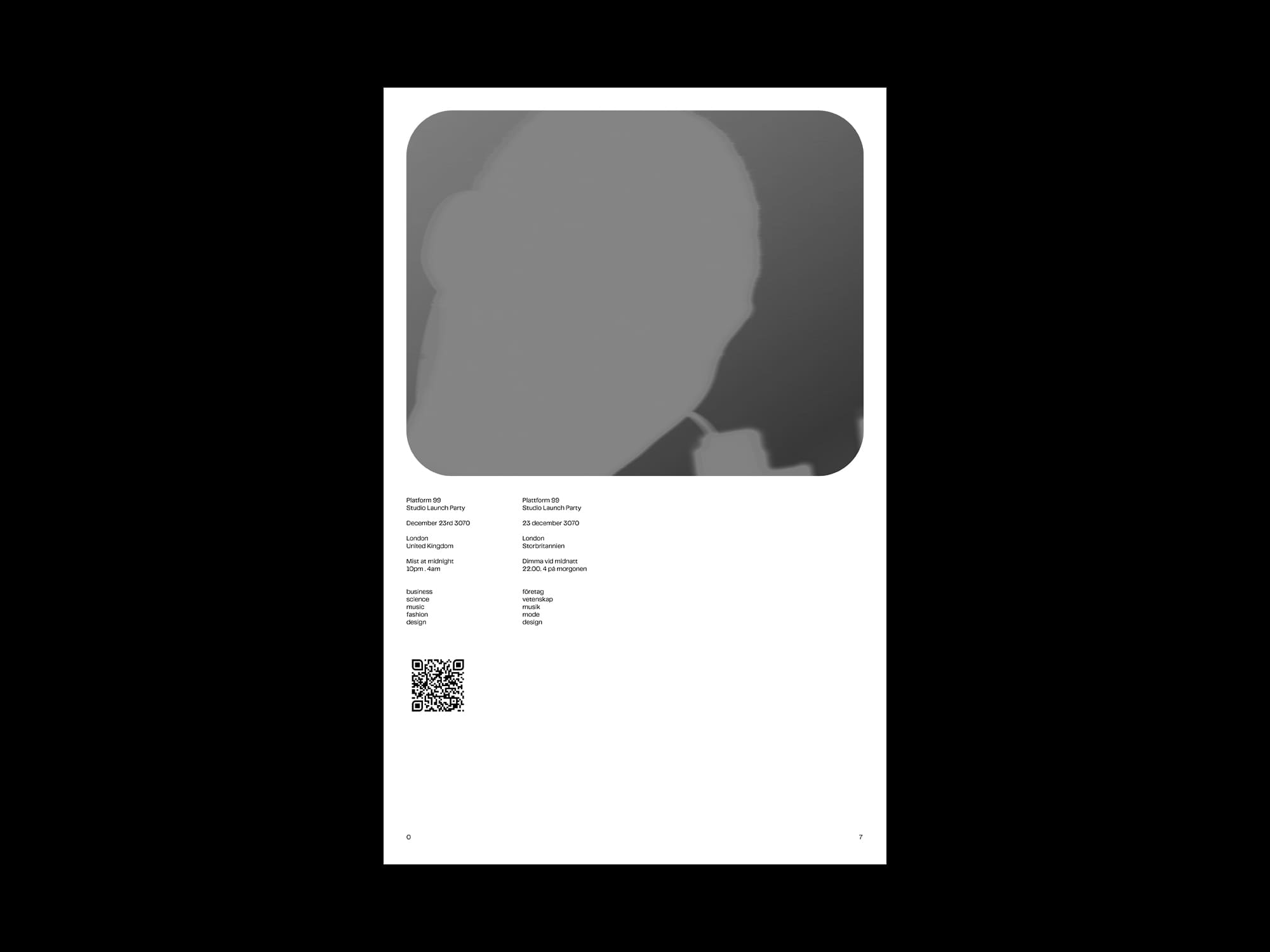
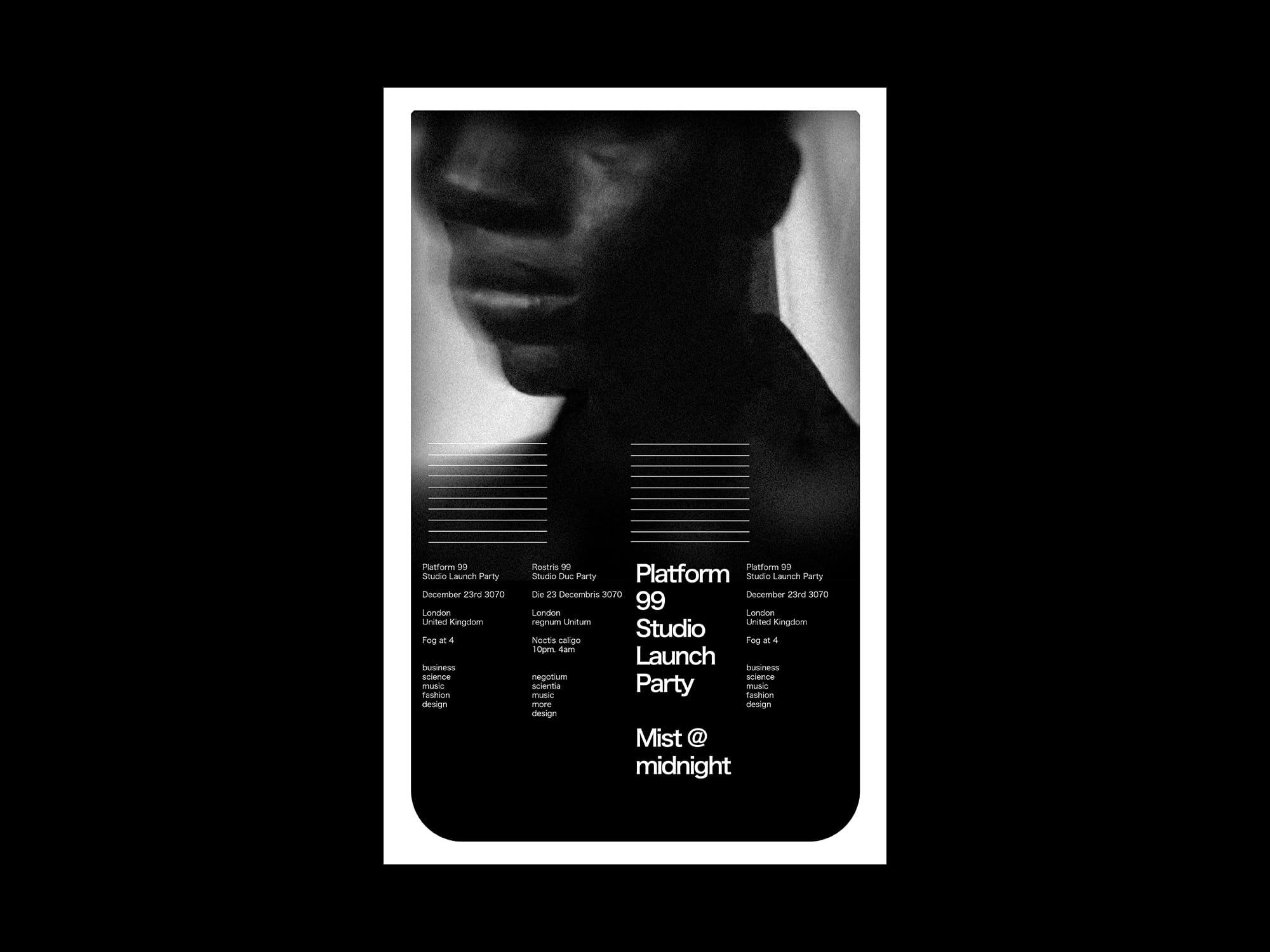
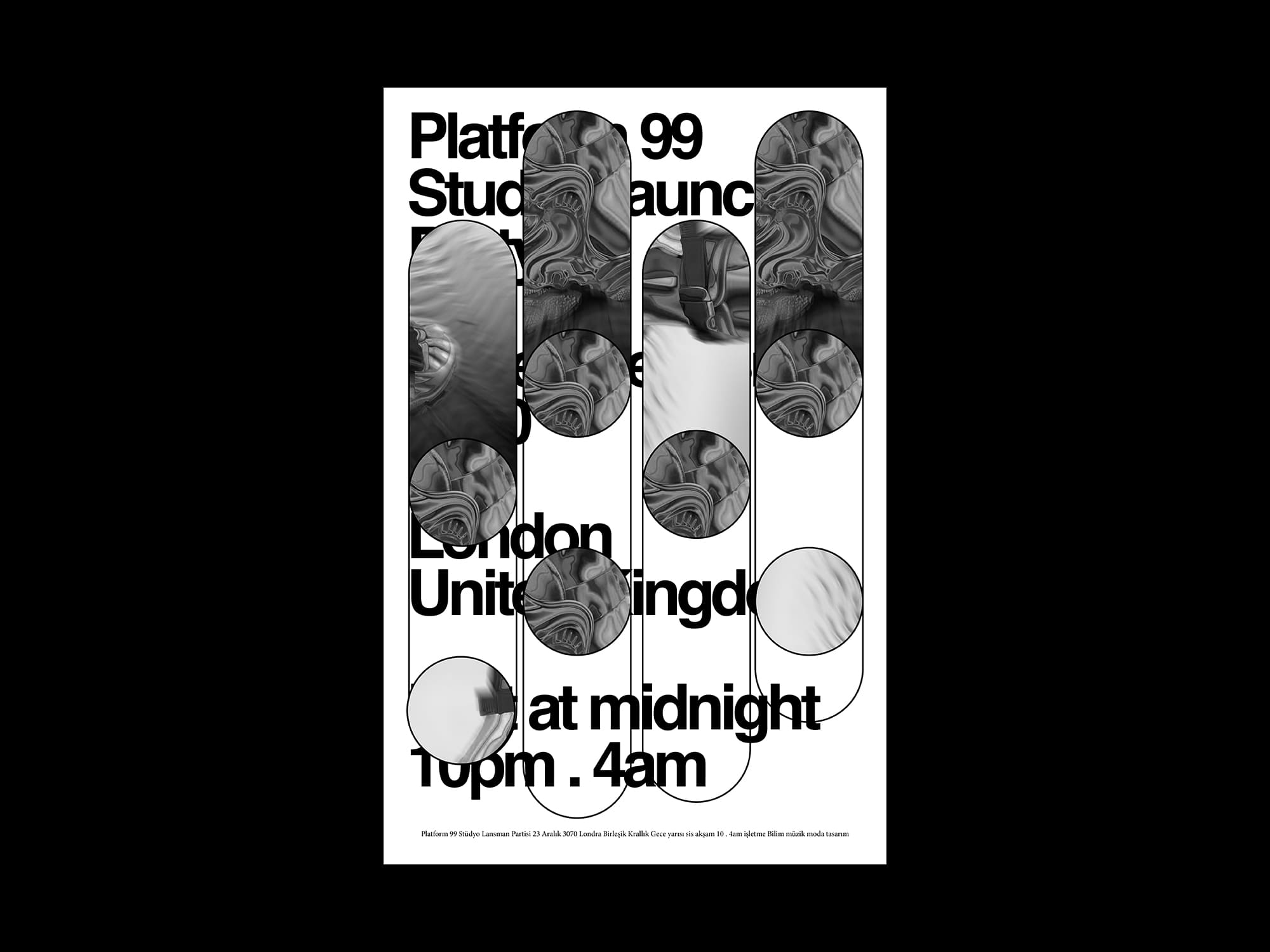
Student:
Zeid Jaouni
10 — 11 in x 17 in
Zeid Jaouni
10 — 11 in x 17 in
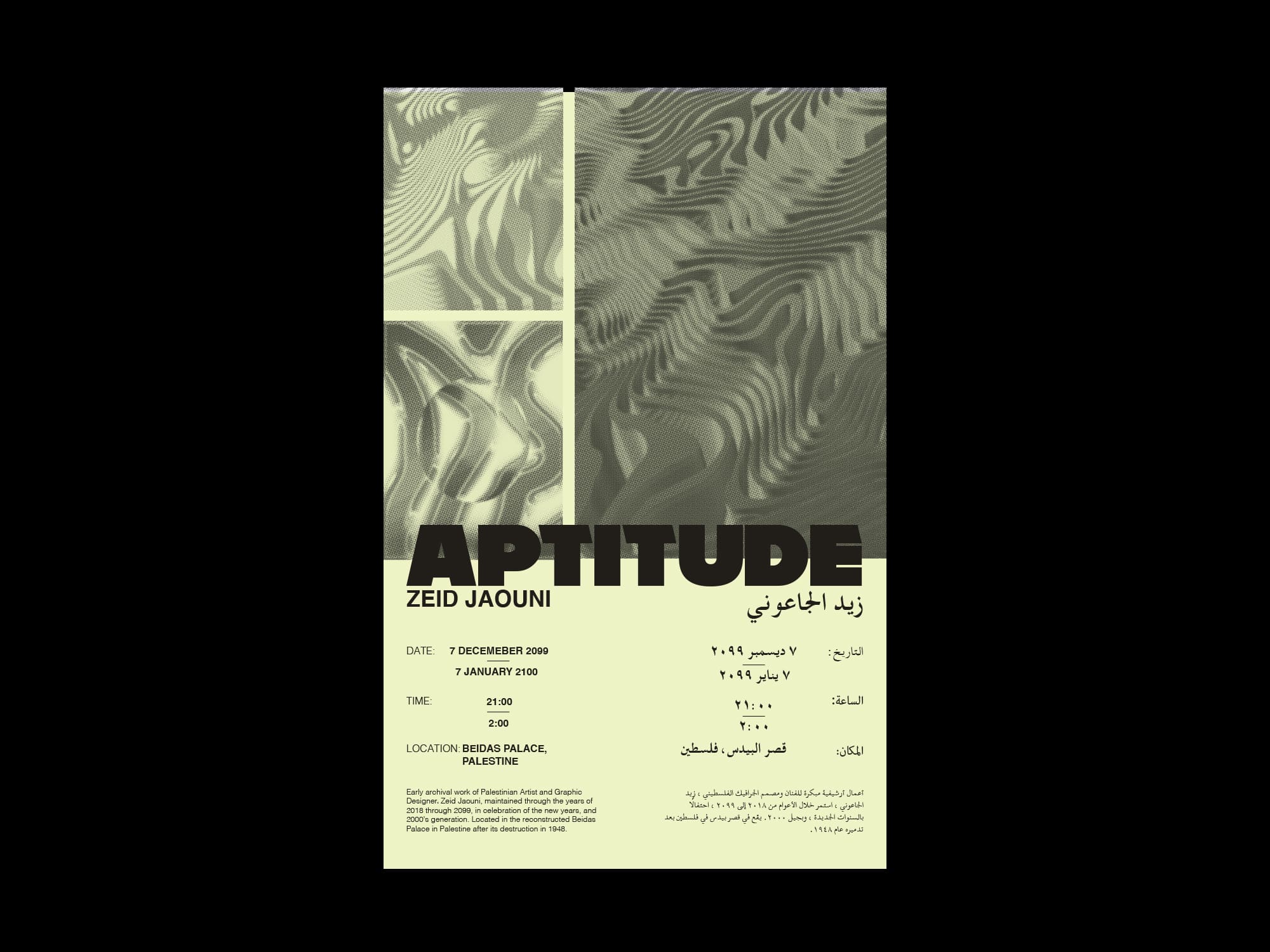

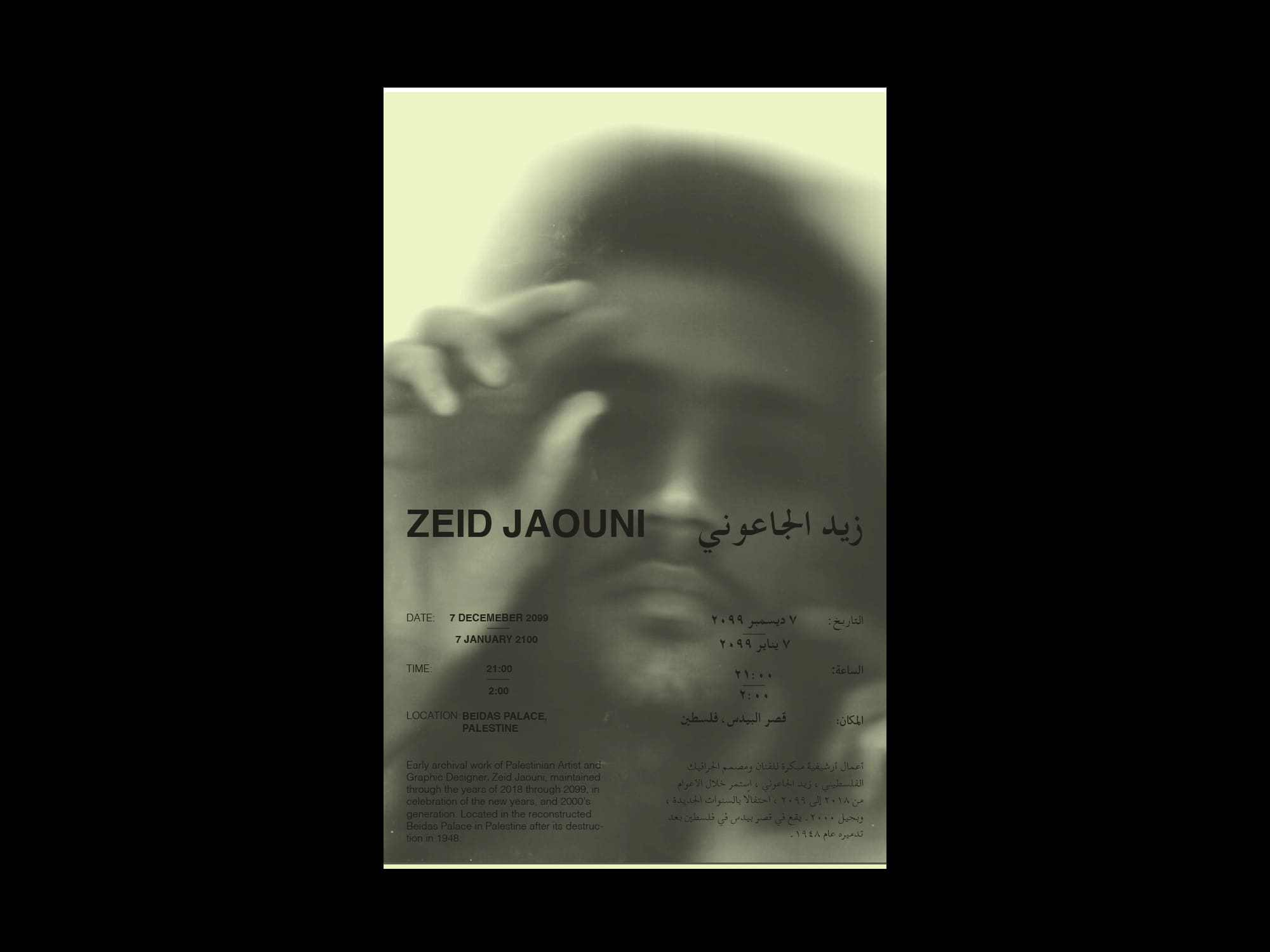
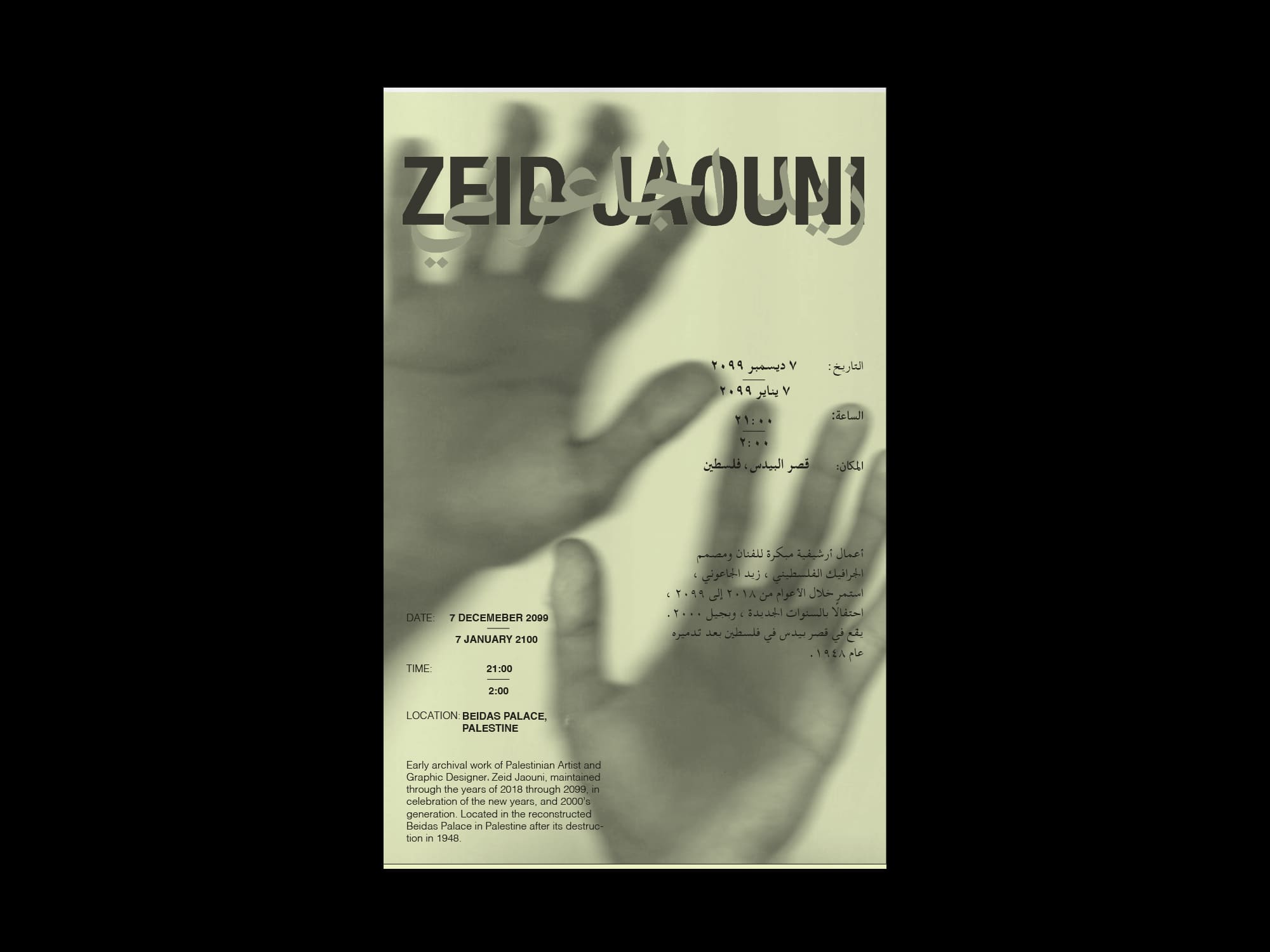
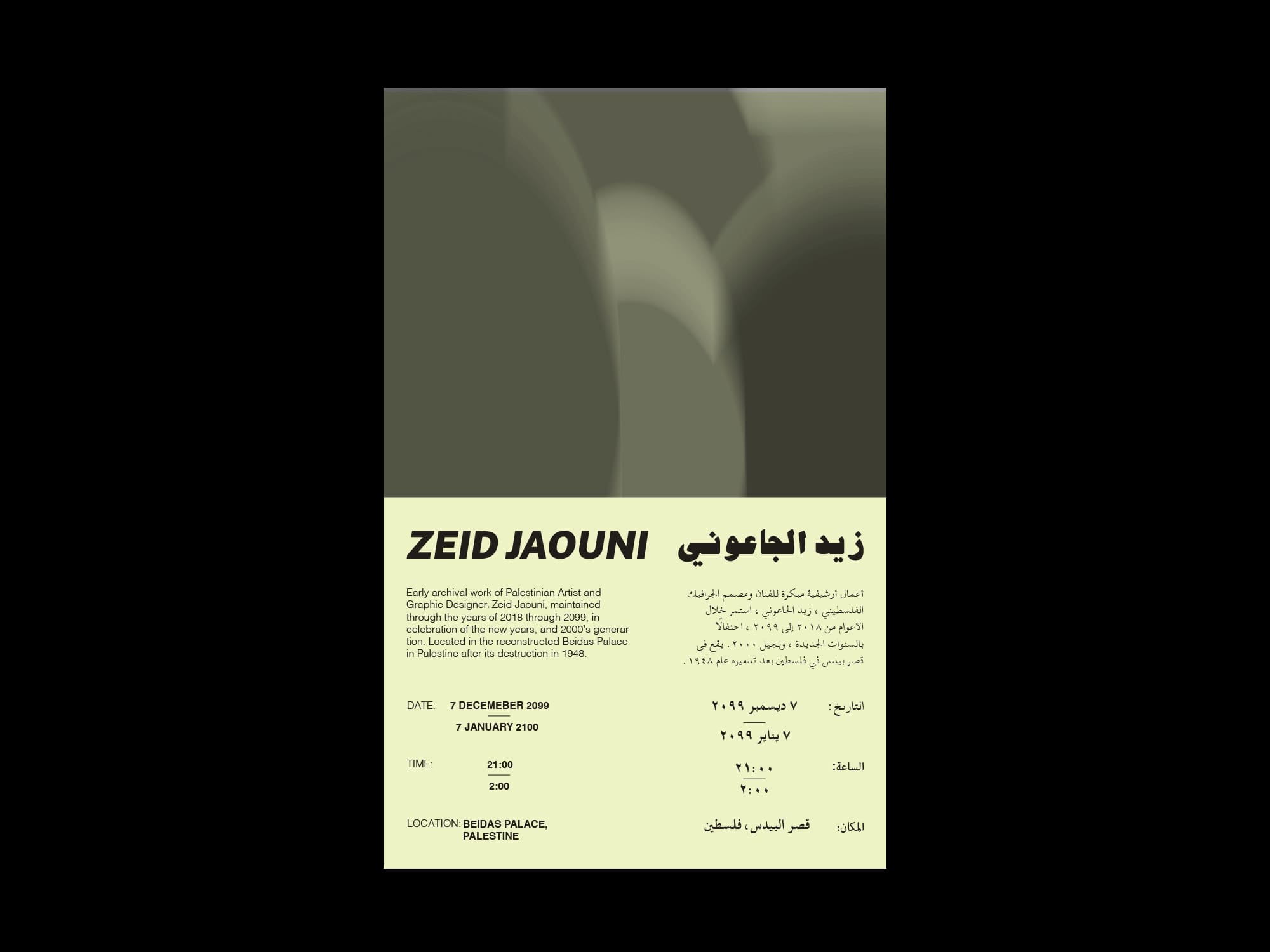
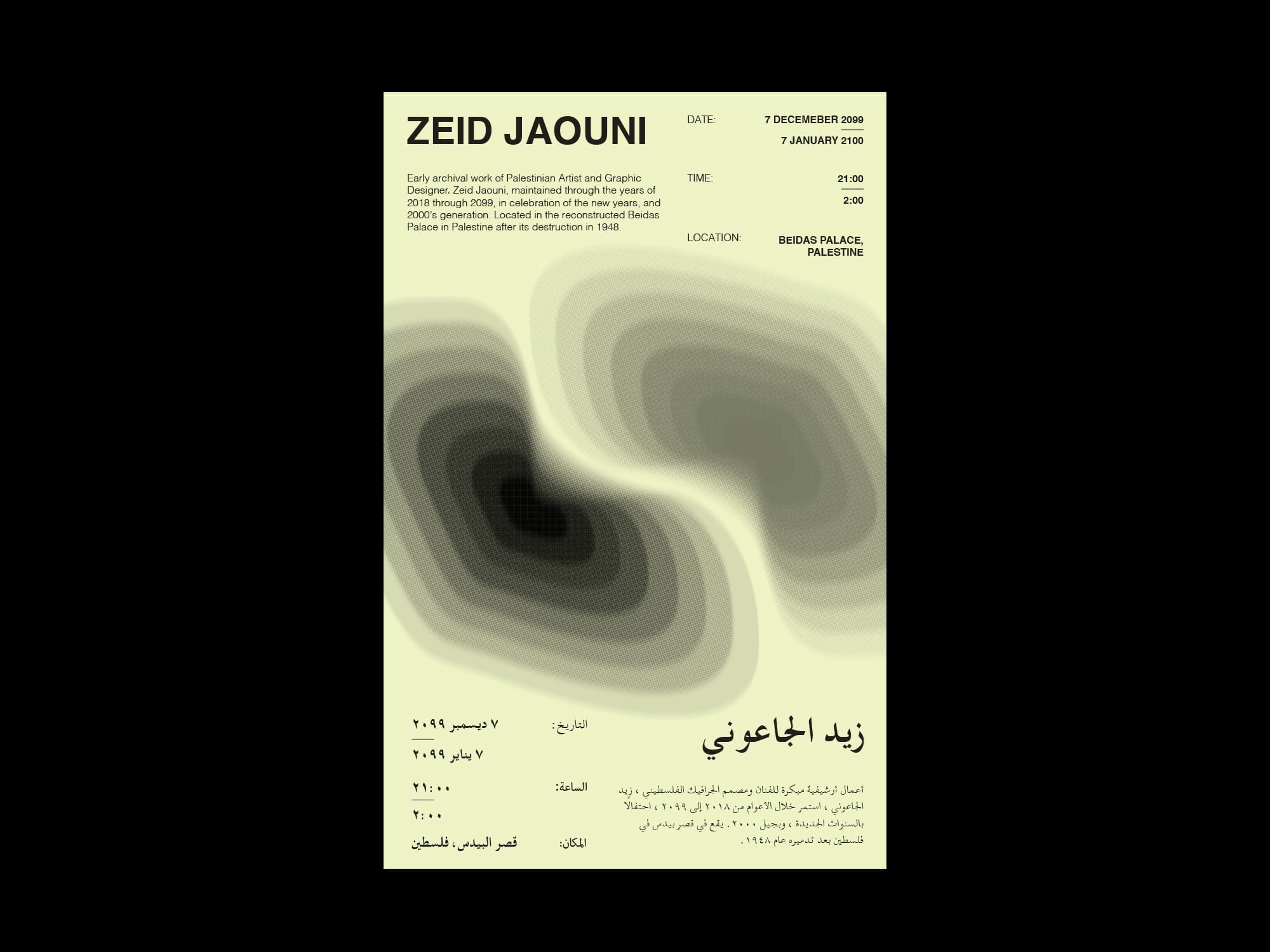

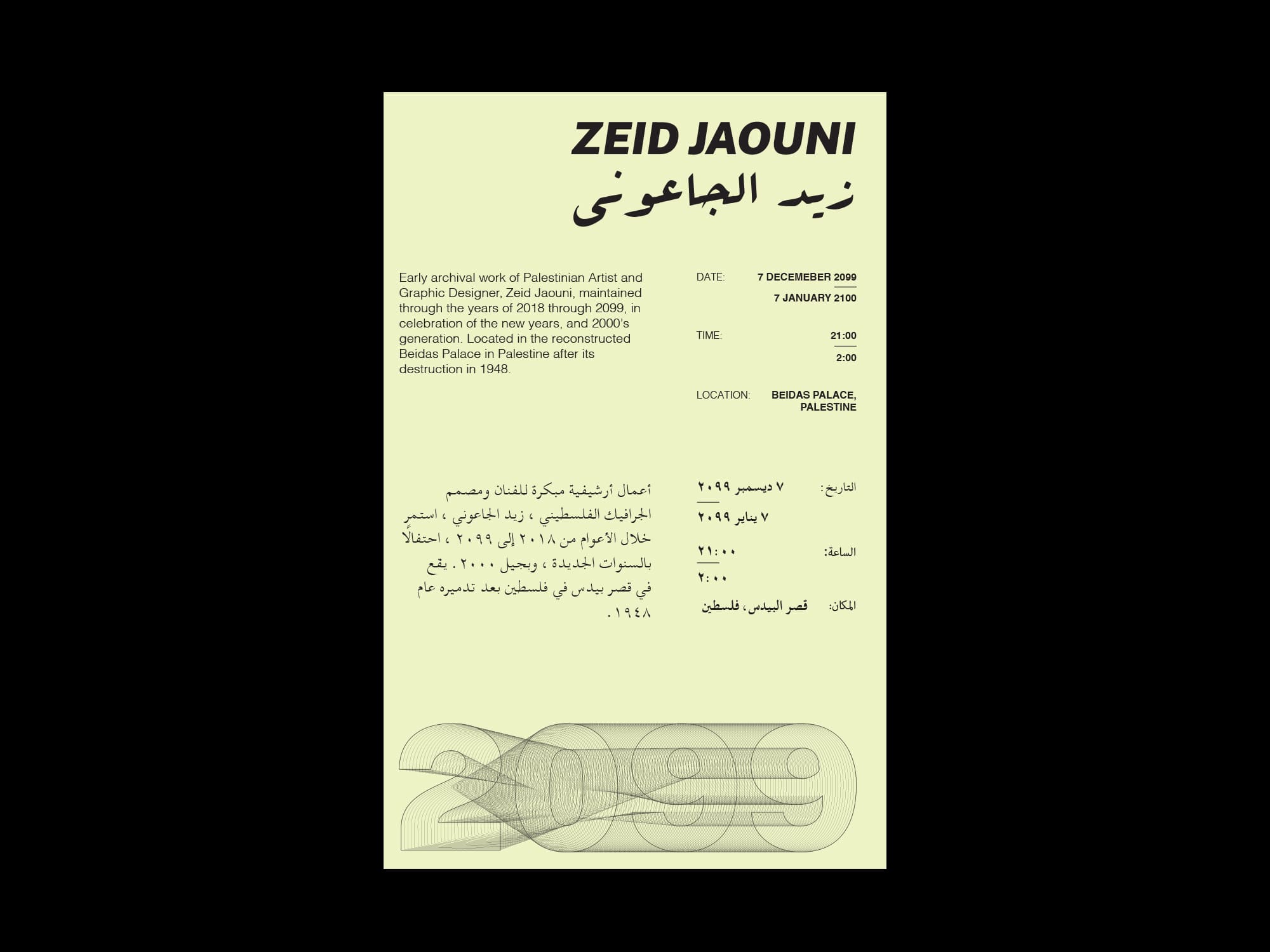
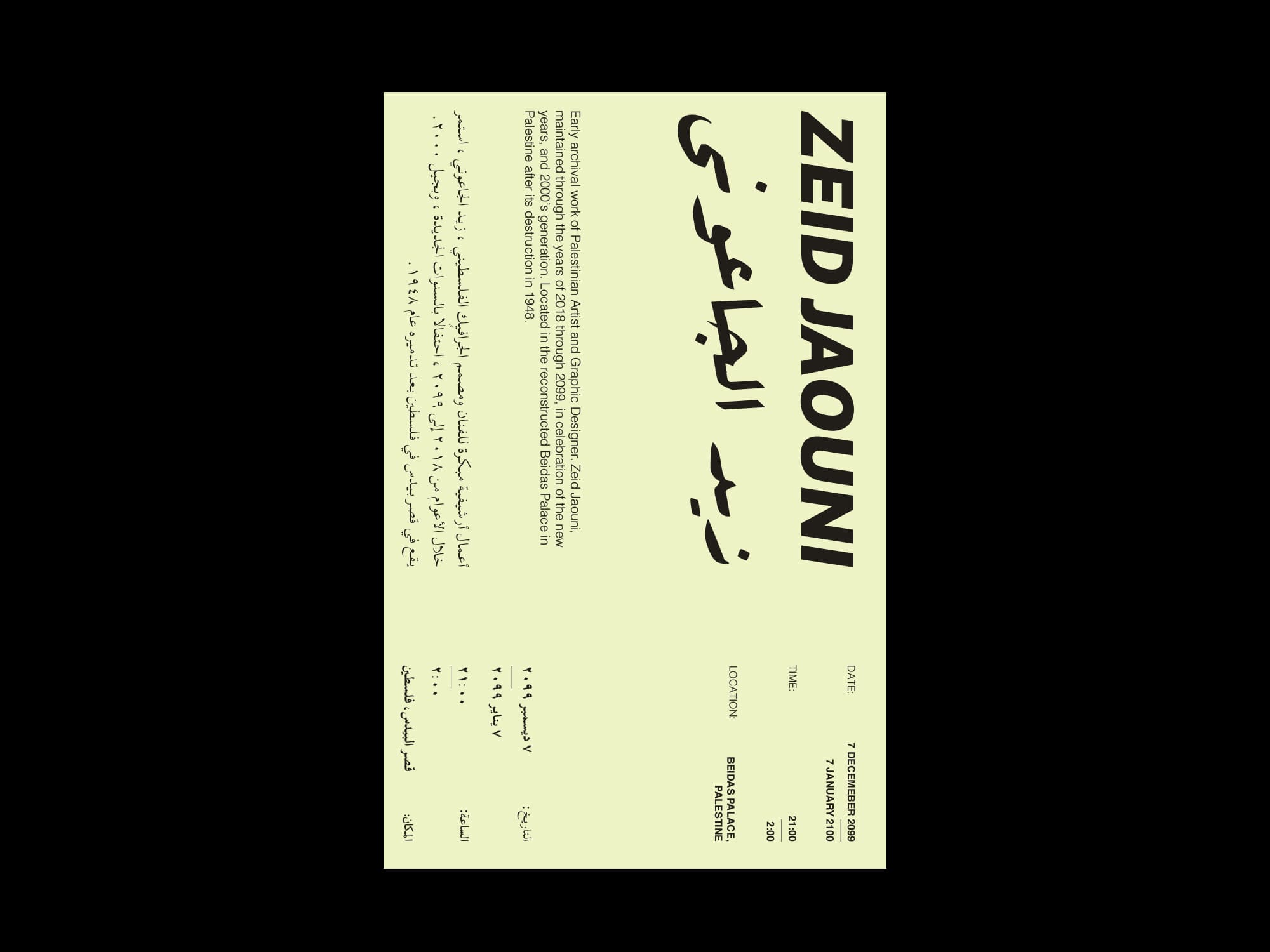
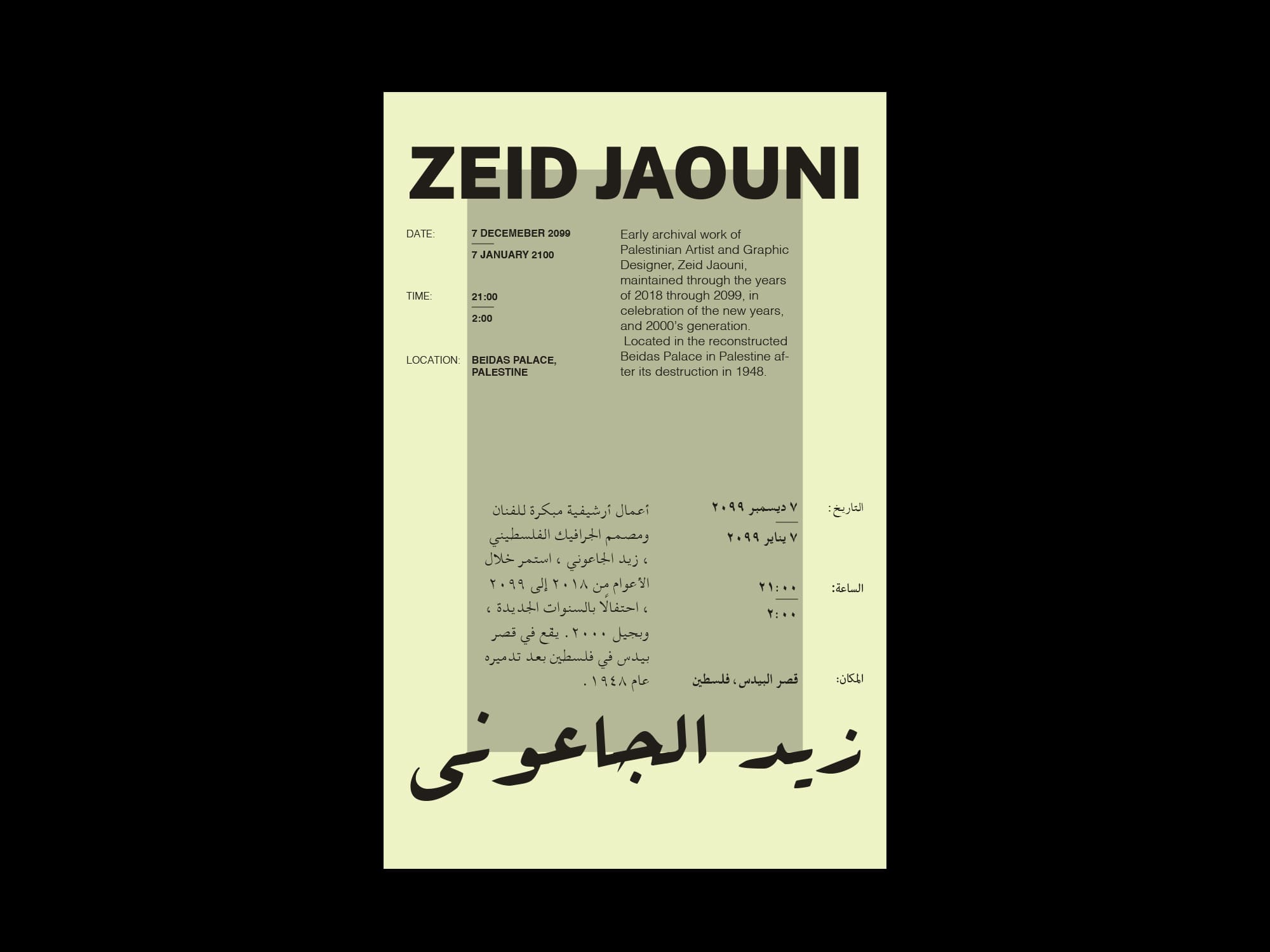
03. Describe + Transcribe
Each student will receive a poster design and study it in secret without sharing it with their partner. Open a text editor on your computer and start taking notes.
Restrictions:
Rinse + Repeat
Restrictions:
- Do not use color names, describe them instead.
- Your partner will follow the notes you provide.
Rinse + Repeat
(Left)
Original by
João Araújo and Rita Huet
Described by
Aaron Deng
(Center) Transcribed by
Carmen Pleitez
Described by
Germaine Mai
(Right)
Transcribed by
Ivy Kurniawan
Original by
João Araújo and Rita Huet
Described by
Aaron Deng
(Center) Transcribed by
Carmen Pleitez
Described by
Germaine Mai
(Right)
Transcribed by
Ivy Kurniawan

(Left)
Original by
Guillaume Sbalchiero
Described by
Nora Lombardo
(Center) Transcribed by
Oz Osborn
Described by
Samantha Chun
(Right)
Transcribed by
Sarah Kim
Original by
Guillaume Sbalchiero
Described by
Nora Lombardo
(Center) Transcribed by
Oz Osborn
Described by
Samantha Chun
(Right)
Transcribed by
Sarah Kim

(Left)
Original by
Maziyar Pahlevan
Described by
Sarah Kim
(Center) Transcribed by
Sofia Cacho Sousa
Described by
Tarra Boroumandi
(Right)
Transcribed by
Zach Tinubu-Karch
Original by
Maziyar Pahlevan
Described by
Sarah Kim
(Center) Transcribed by
Sofia Cacho Sousa
Described by
Tarra Boroumandi
(Right)
Transcribed by
Zach Tinubu-Karch

(Left)
Original by
Caleb Halter
Described by
Juriel Furukawa
(Center) Transcribed by
Kelly Liu
Described by
Nora Lombardo
(Right)
Transcribed by
Oz Osborn
Original by
Caleb Halter
Described by
Juriel Furukawa
(Center) Transcribed by
Kelly Liu
Described by
Nora Lombardo
(Right)
Transcribed by
Oz Osborn

04. Experiment I & II
Students were set to create a prototype in one medium that explores their question, critique, or point of view from the learnings in early practices. Students should have a specific audience in mind. They then identify and document precedents in all media that pose a similar exploration, and give other students feedback on approach, context, history, and audience.
Aaron Deng
Ex.1
Analog Digital
—
Sensor
—
A System
/
Documentation of Converting
/
A Fictional Software
Ex.1
Analog Digital
—
Sensor
—
A System
/
Documentation of Converting
/
A Fictional Software
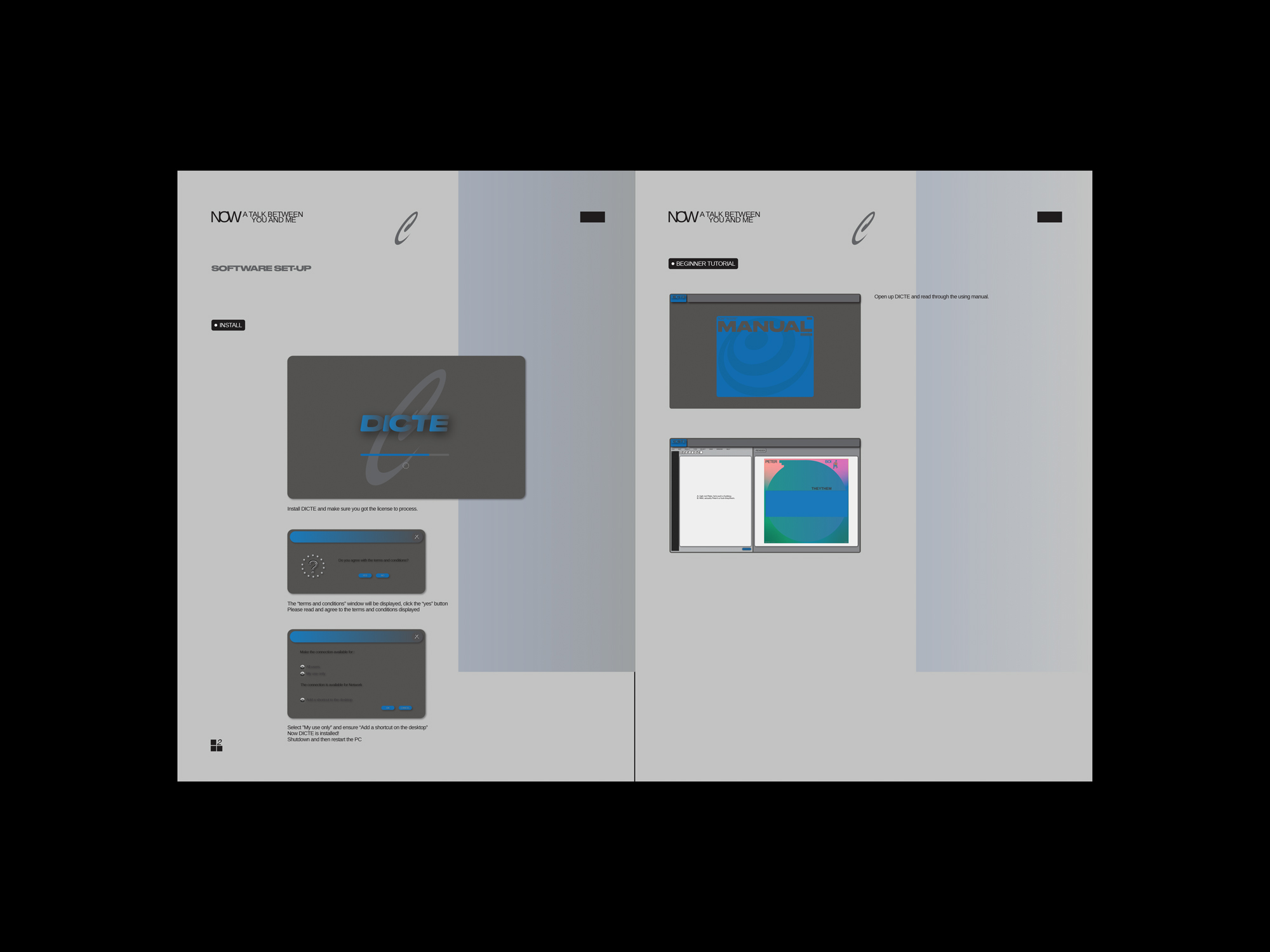
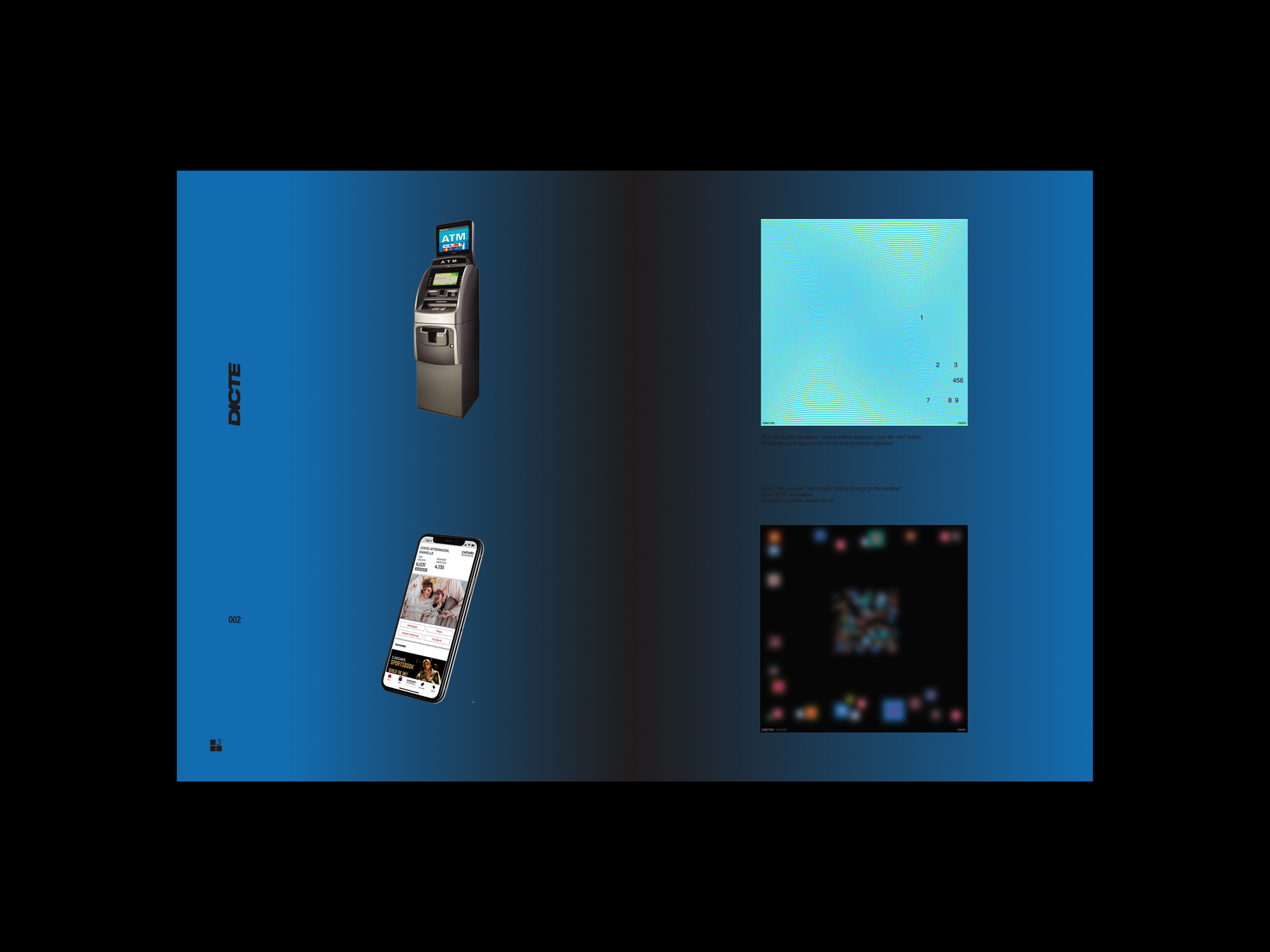
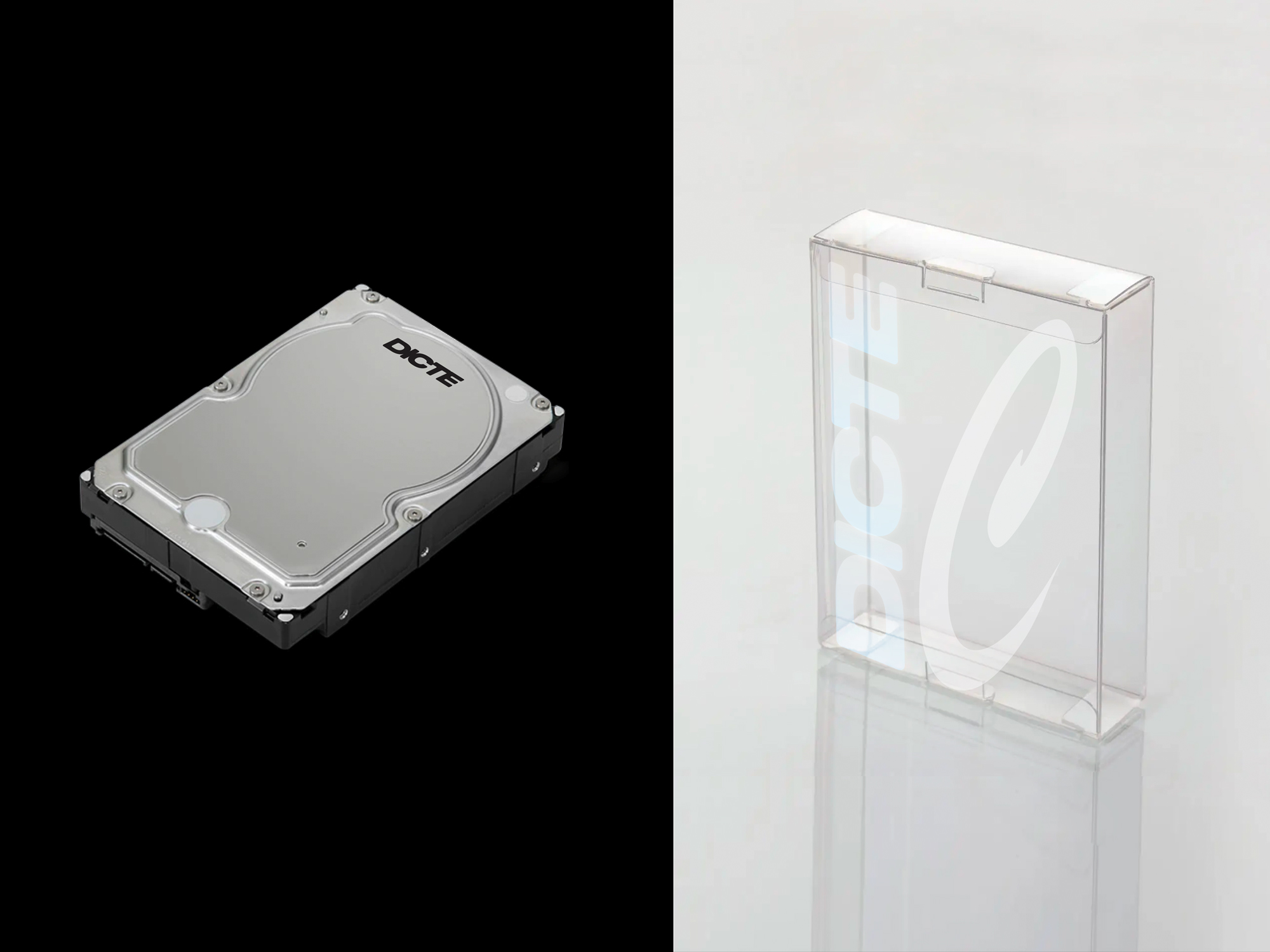
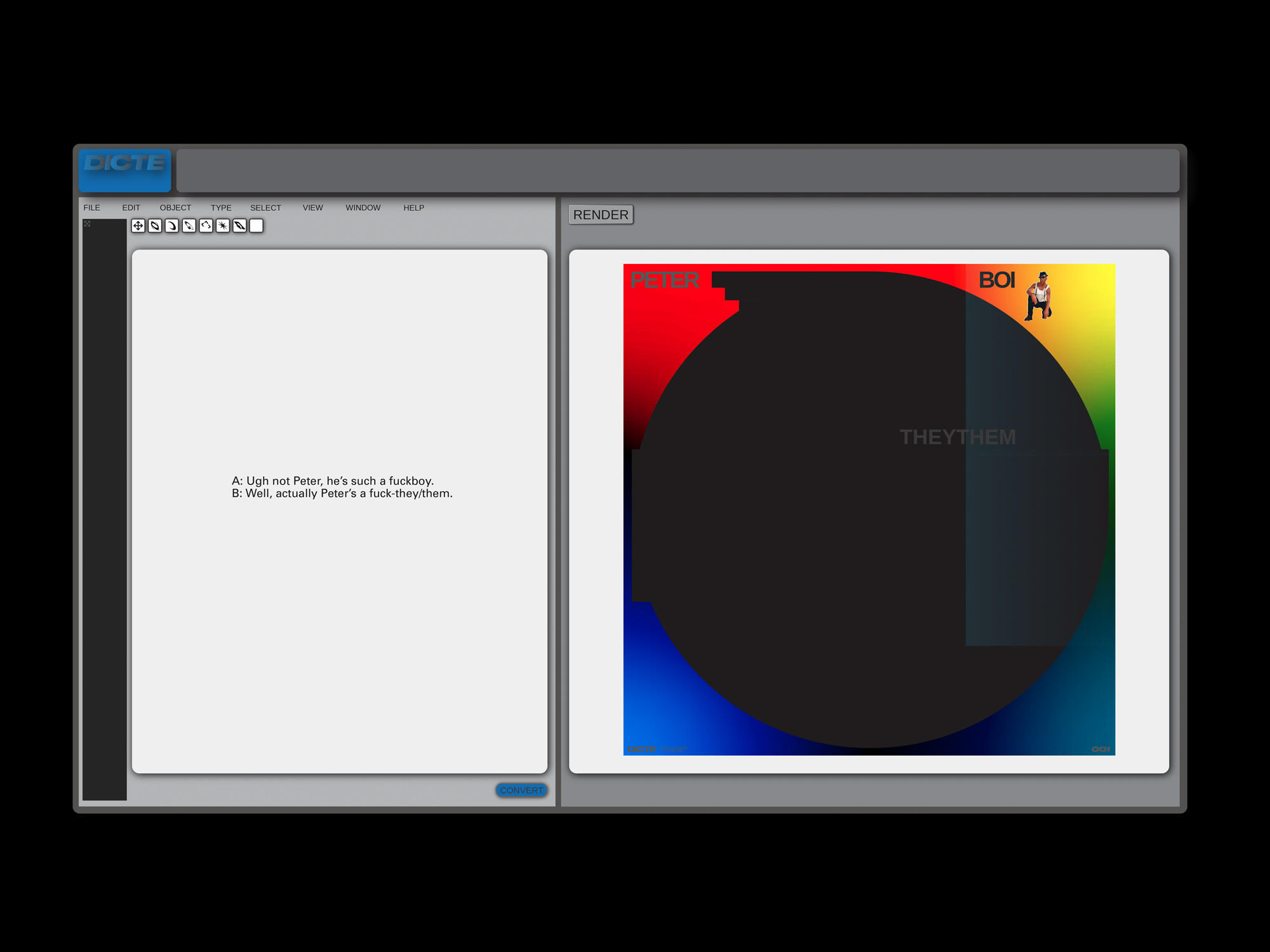

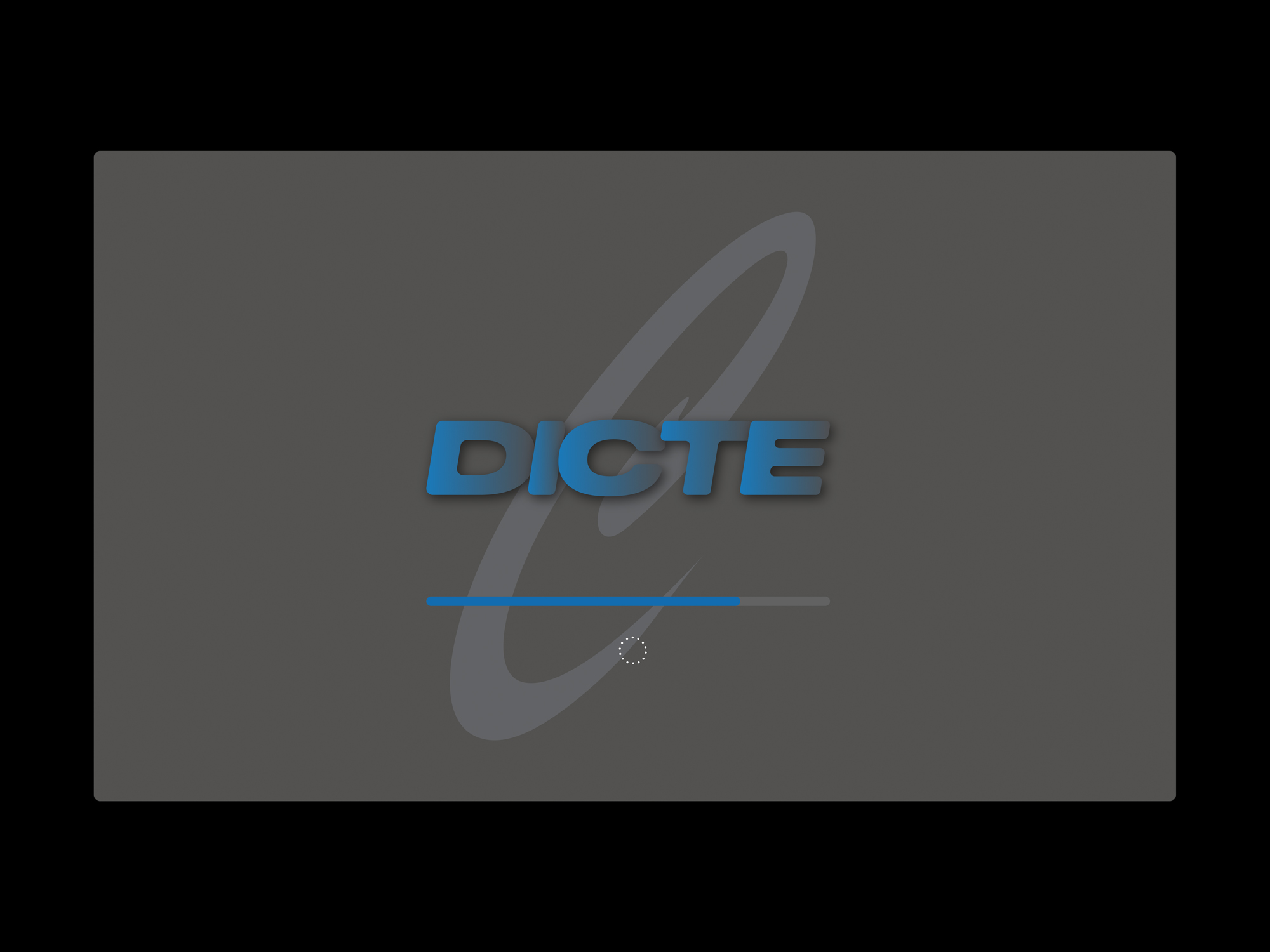
Ex.2
Circulation of Matter
Circulation of Matter




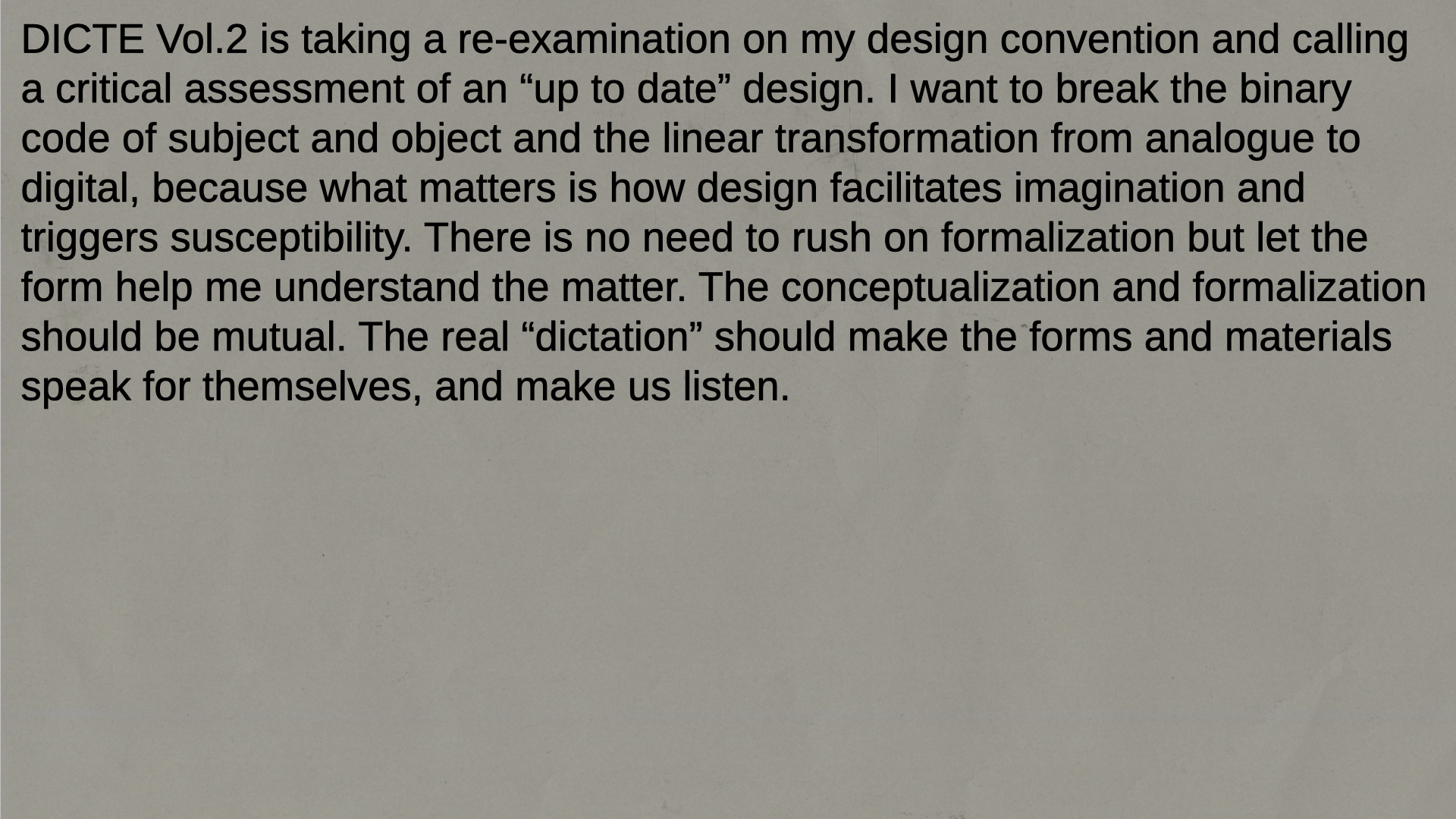









Ivy Kurniawan
Ex.1
Beauty Standards and Plastic Surgery
Ex.1
Beauty Standards and Plastic Surgery
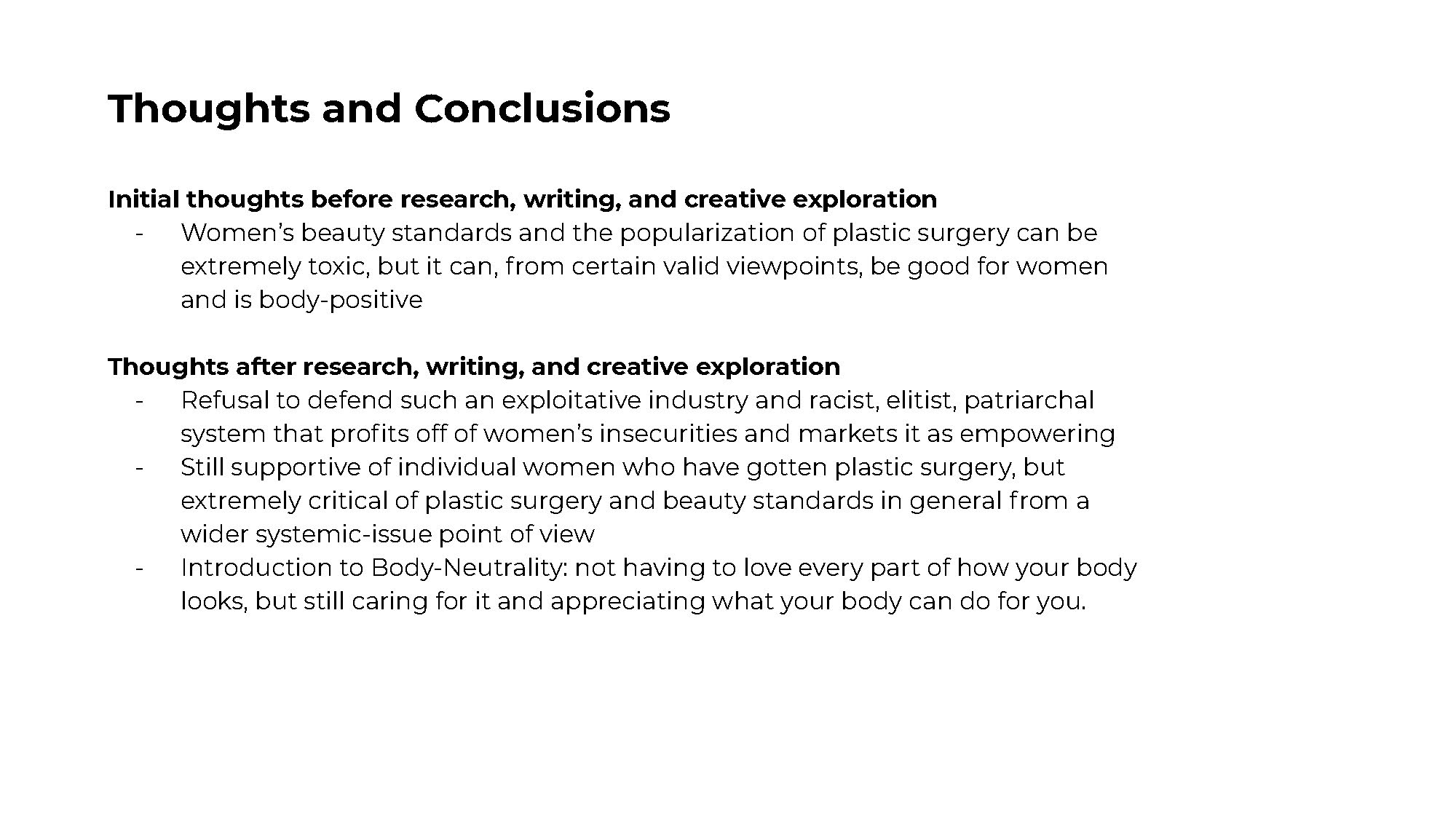
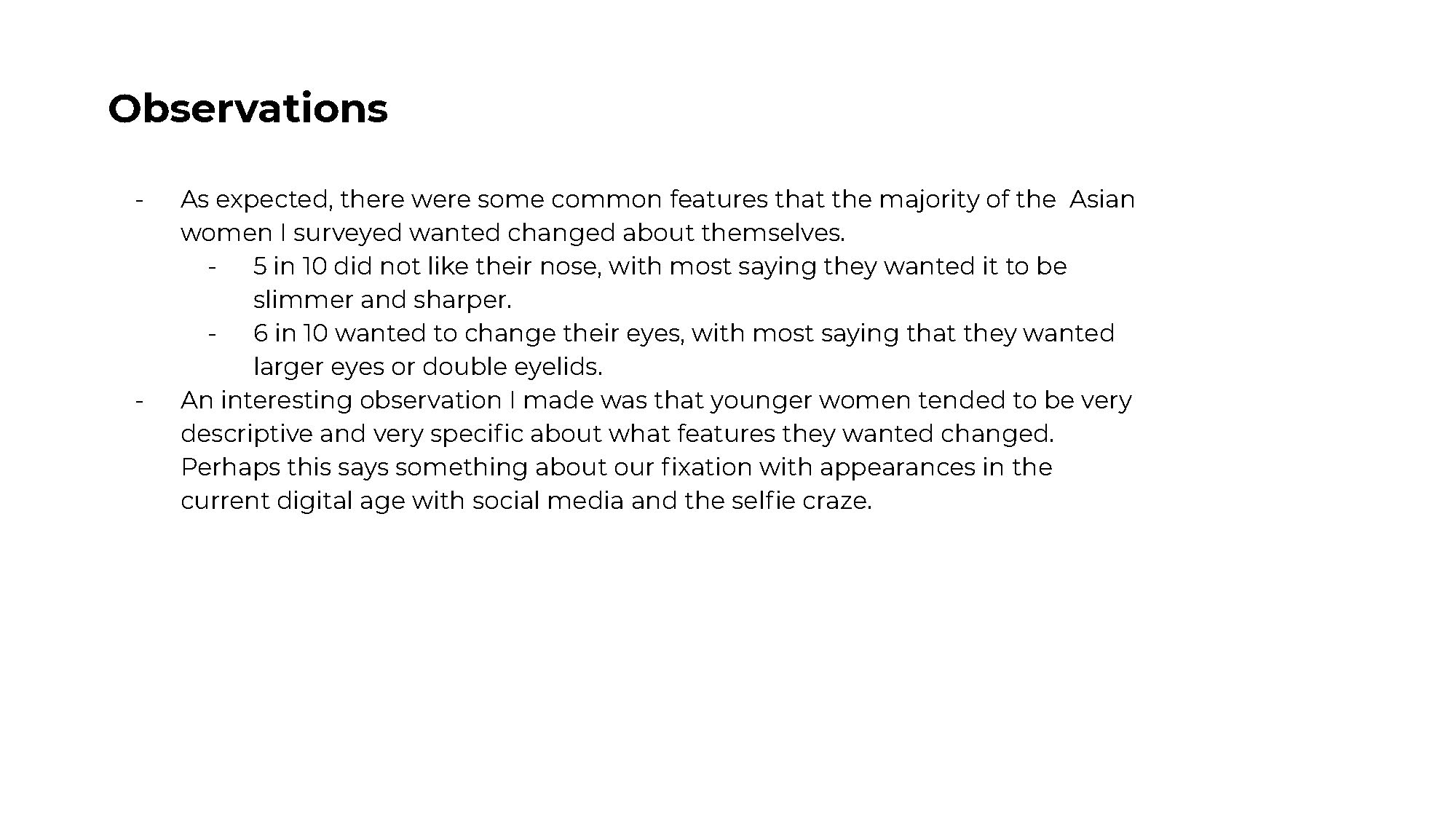
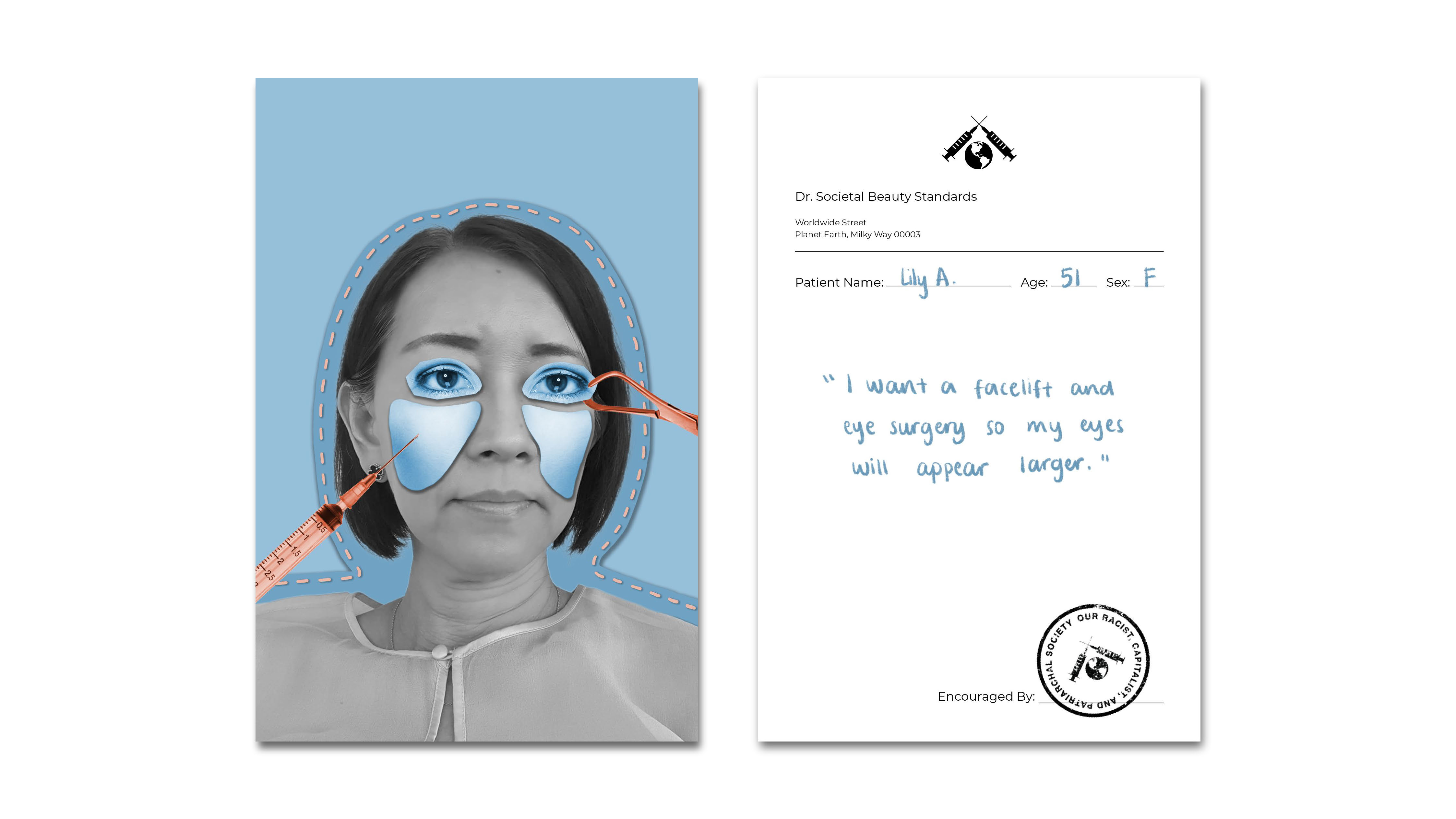
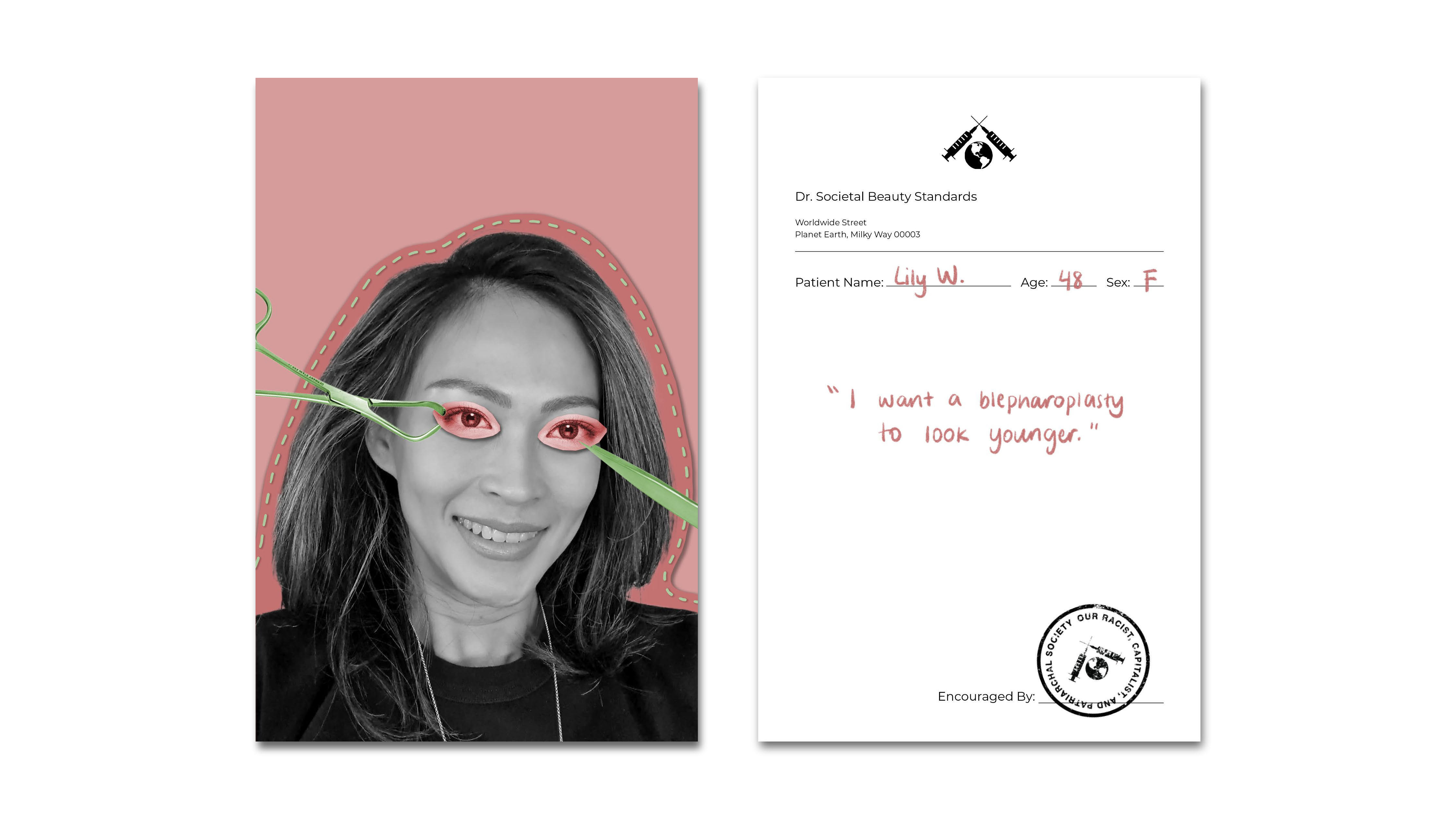
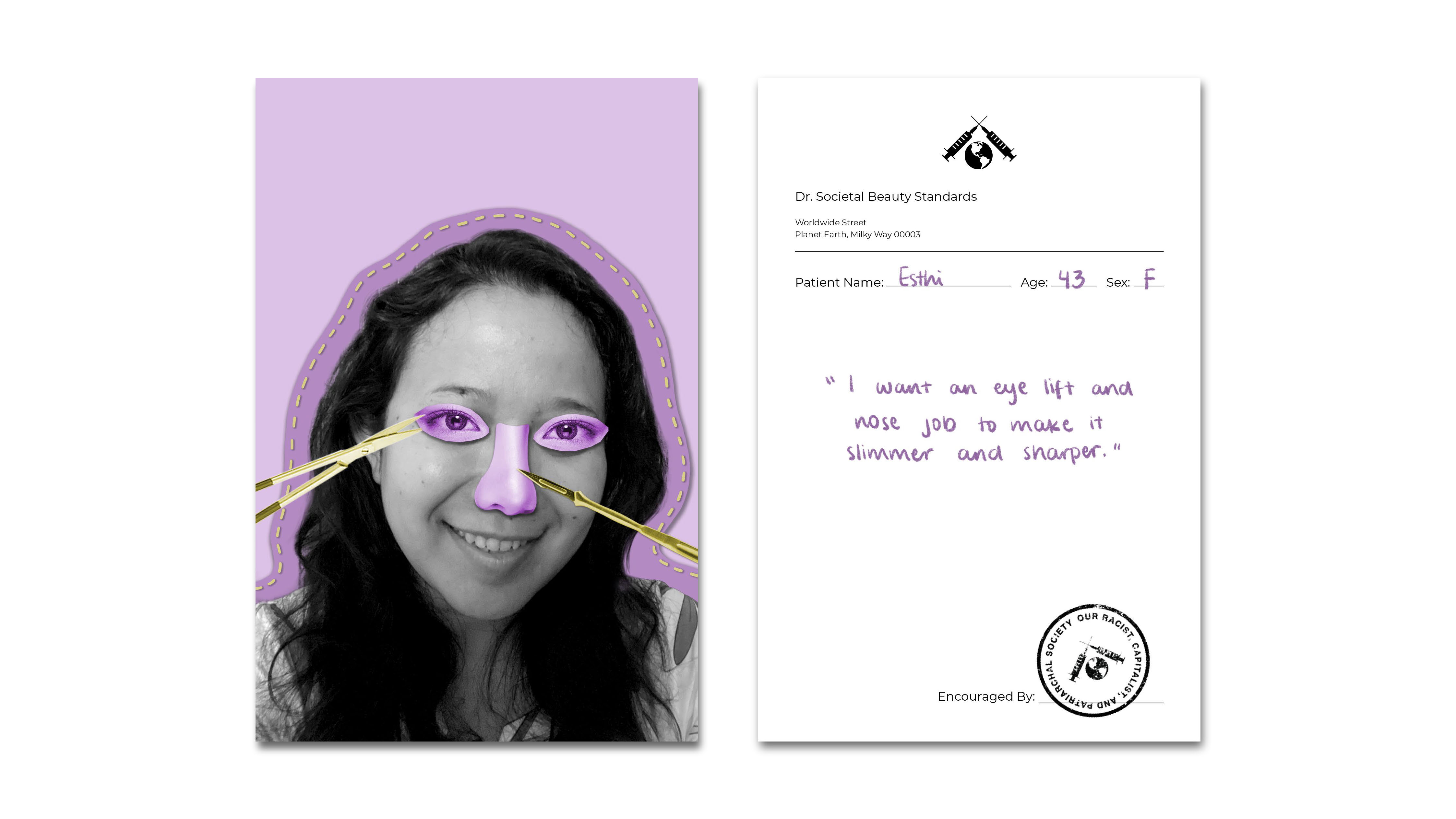



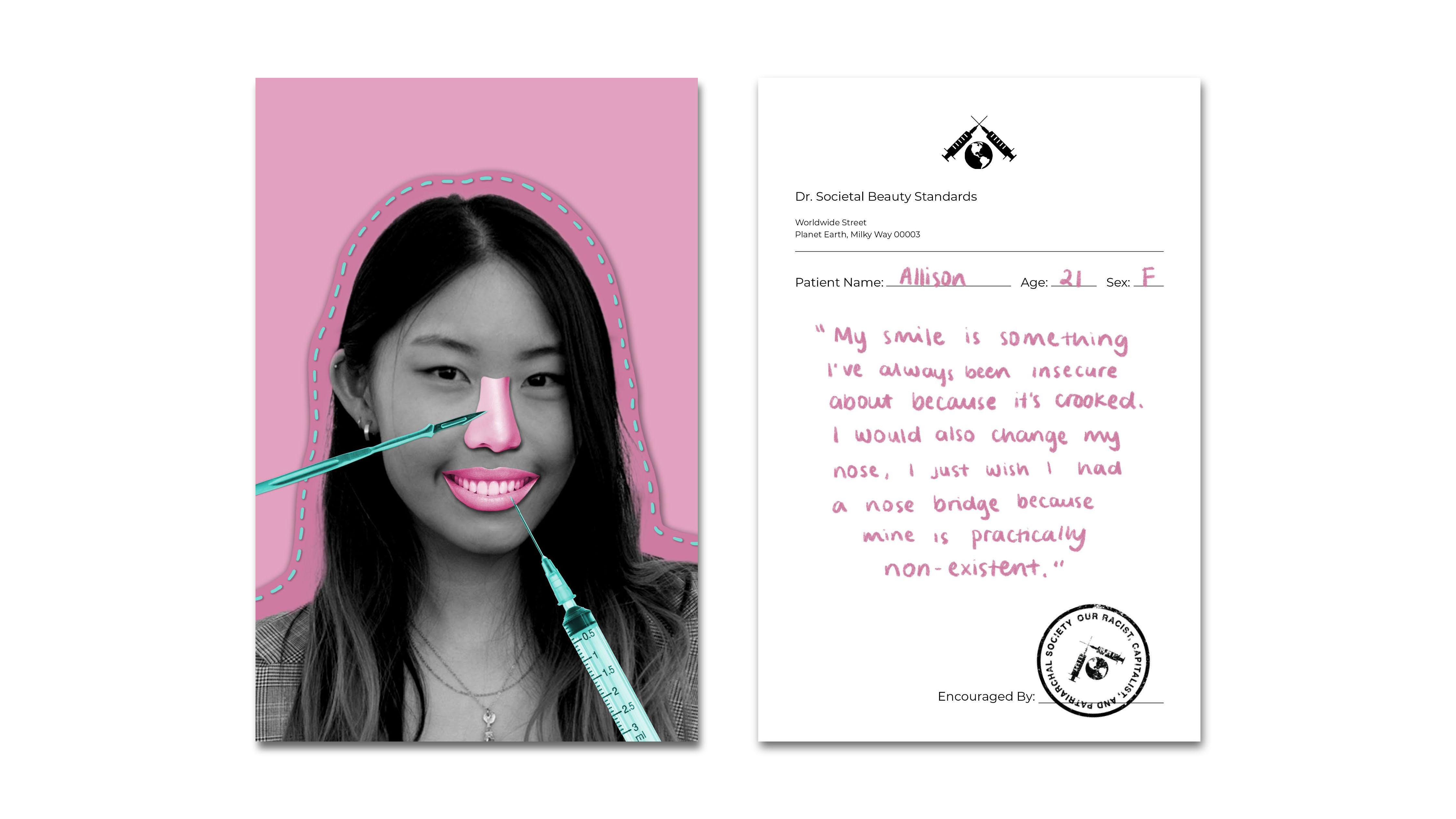
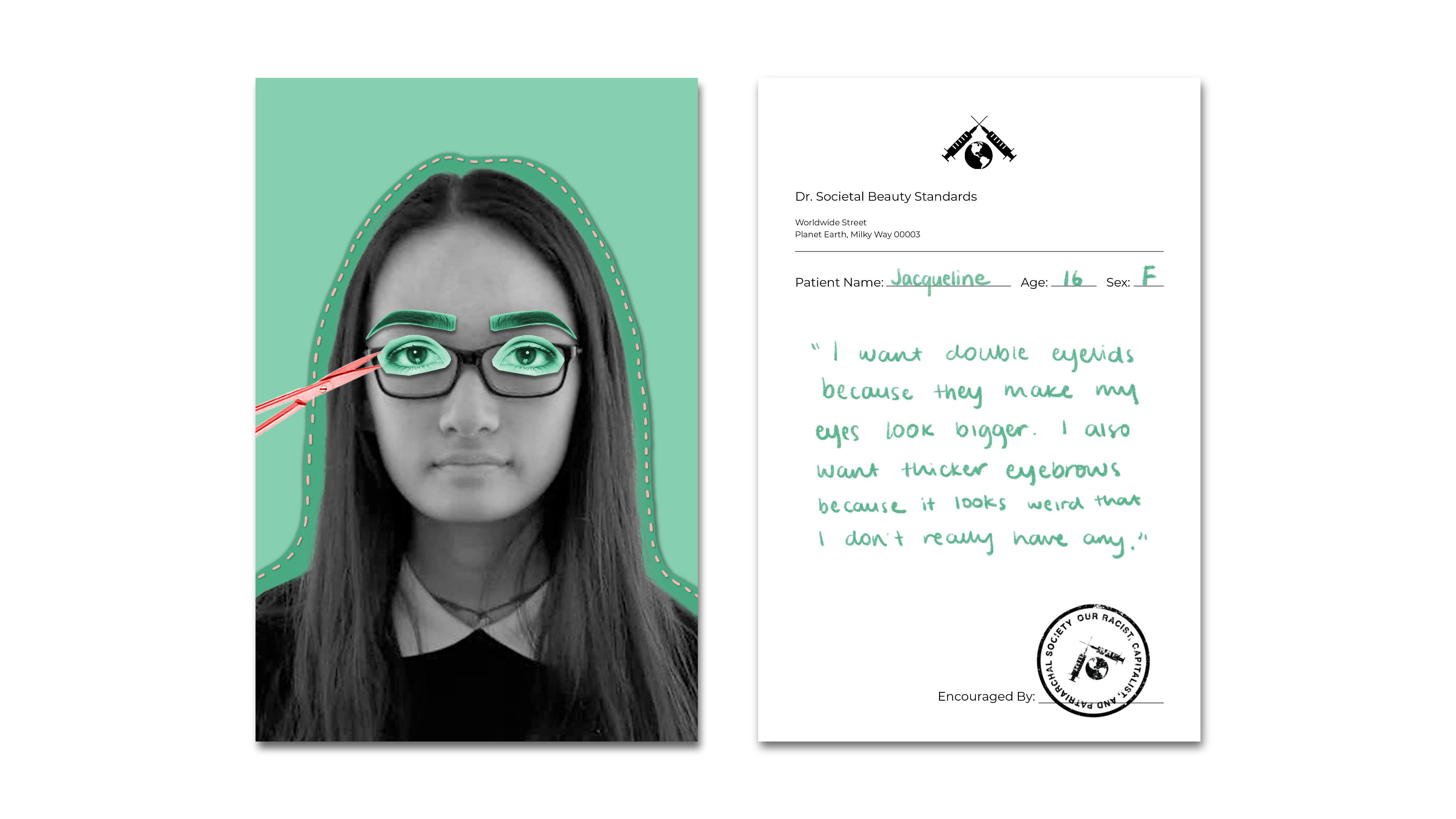
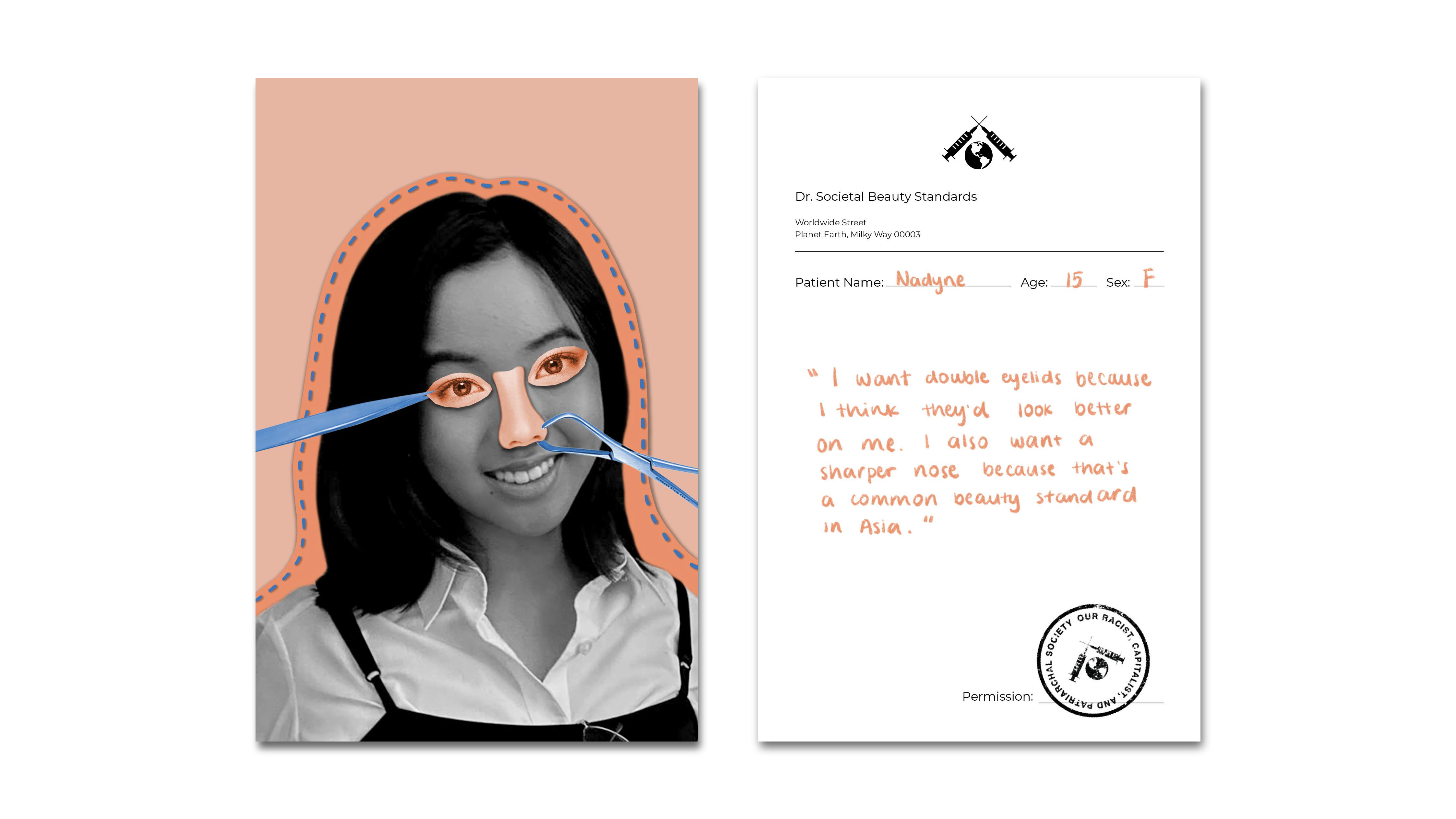
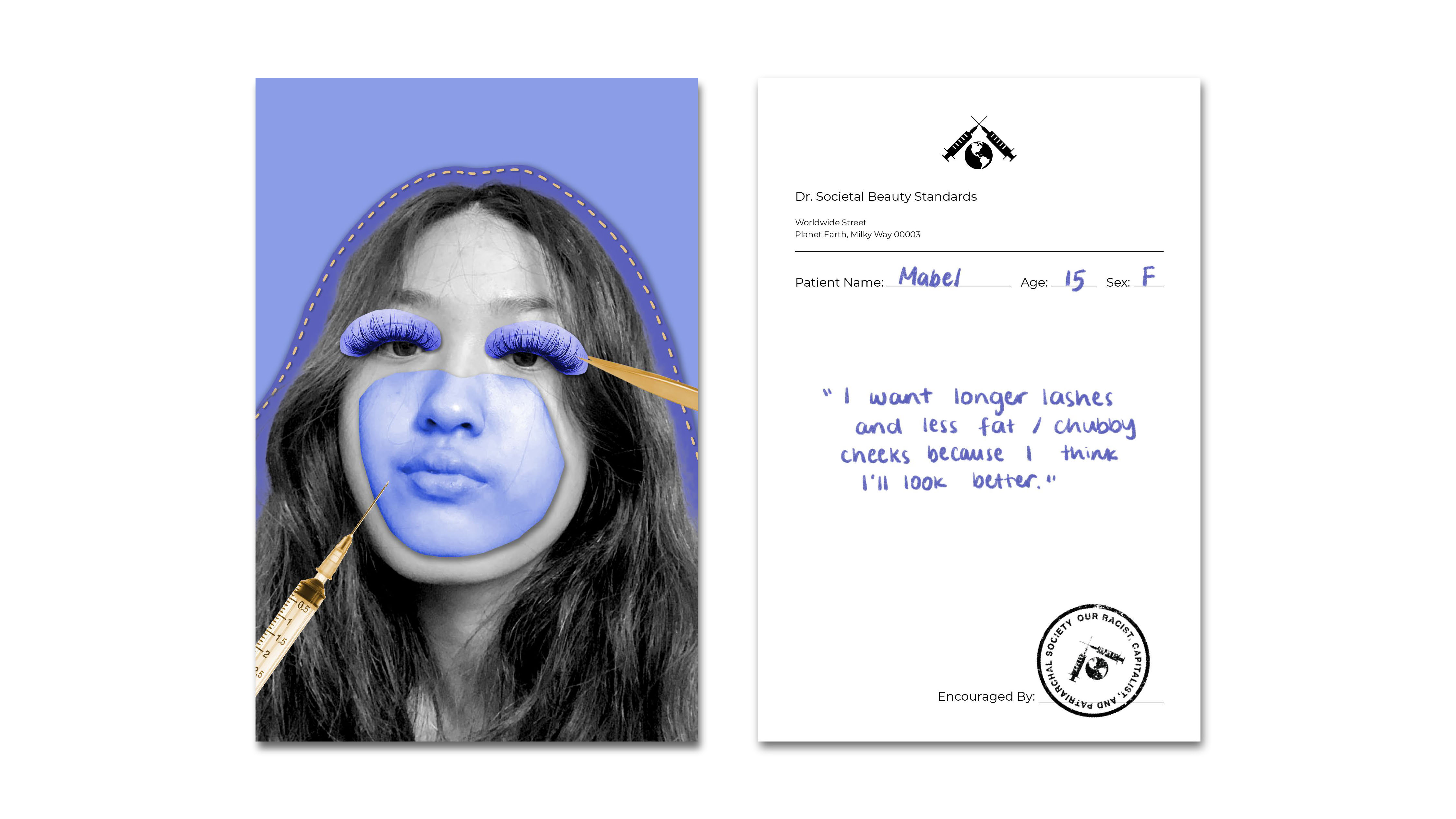
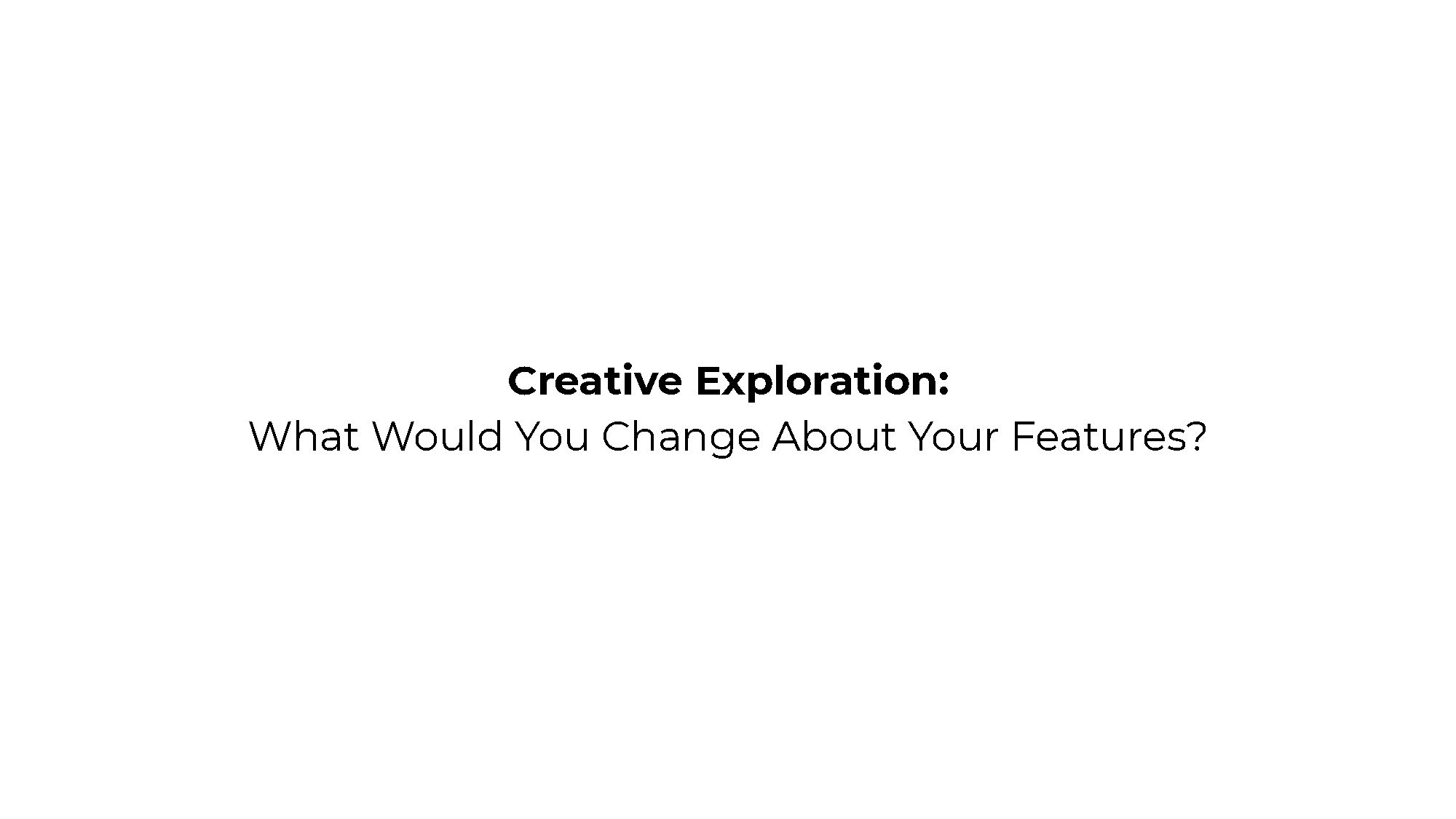
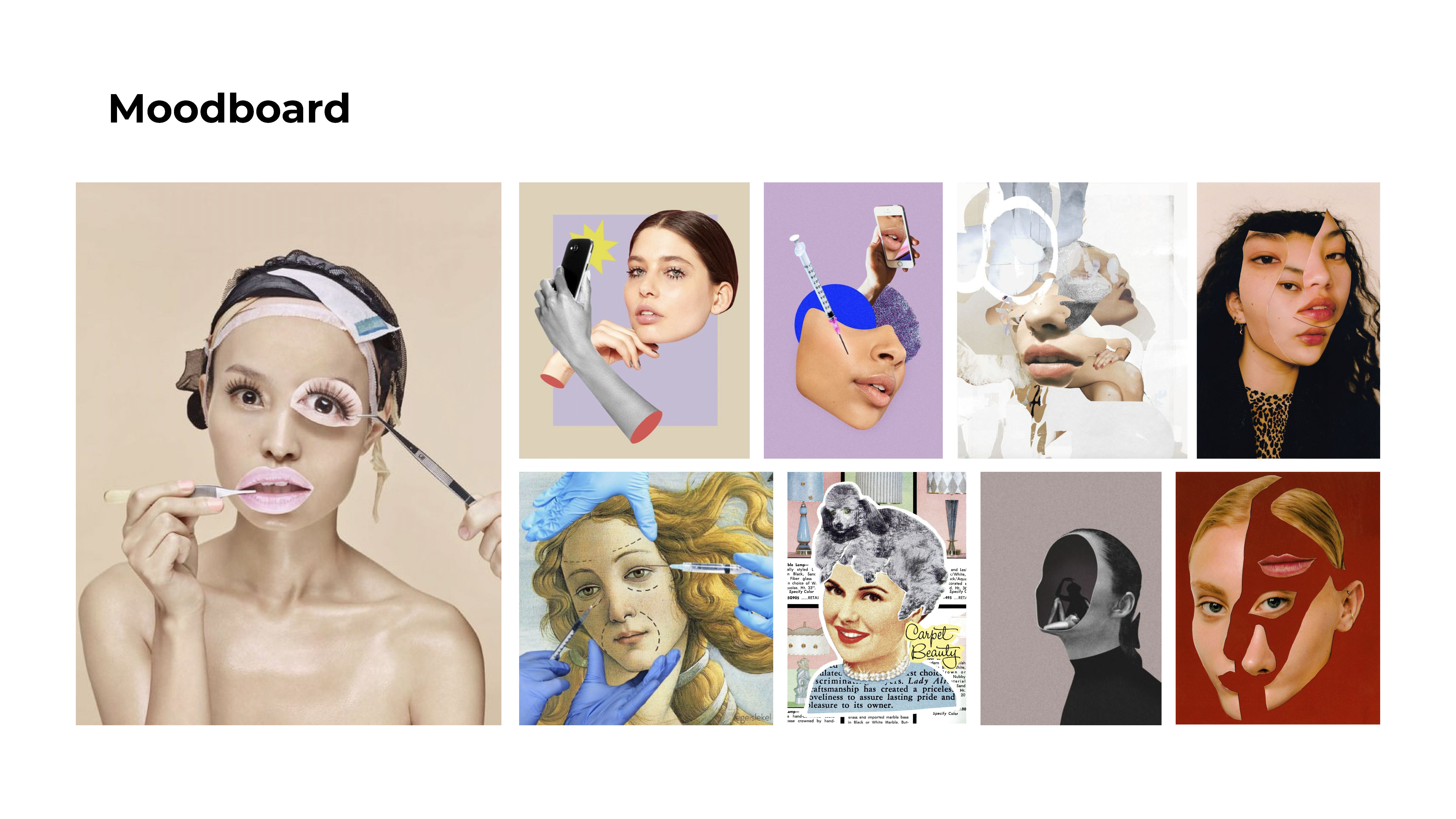

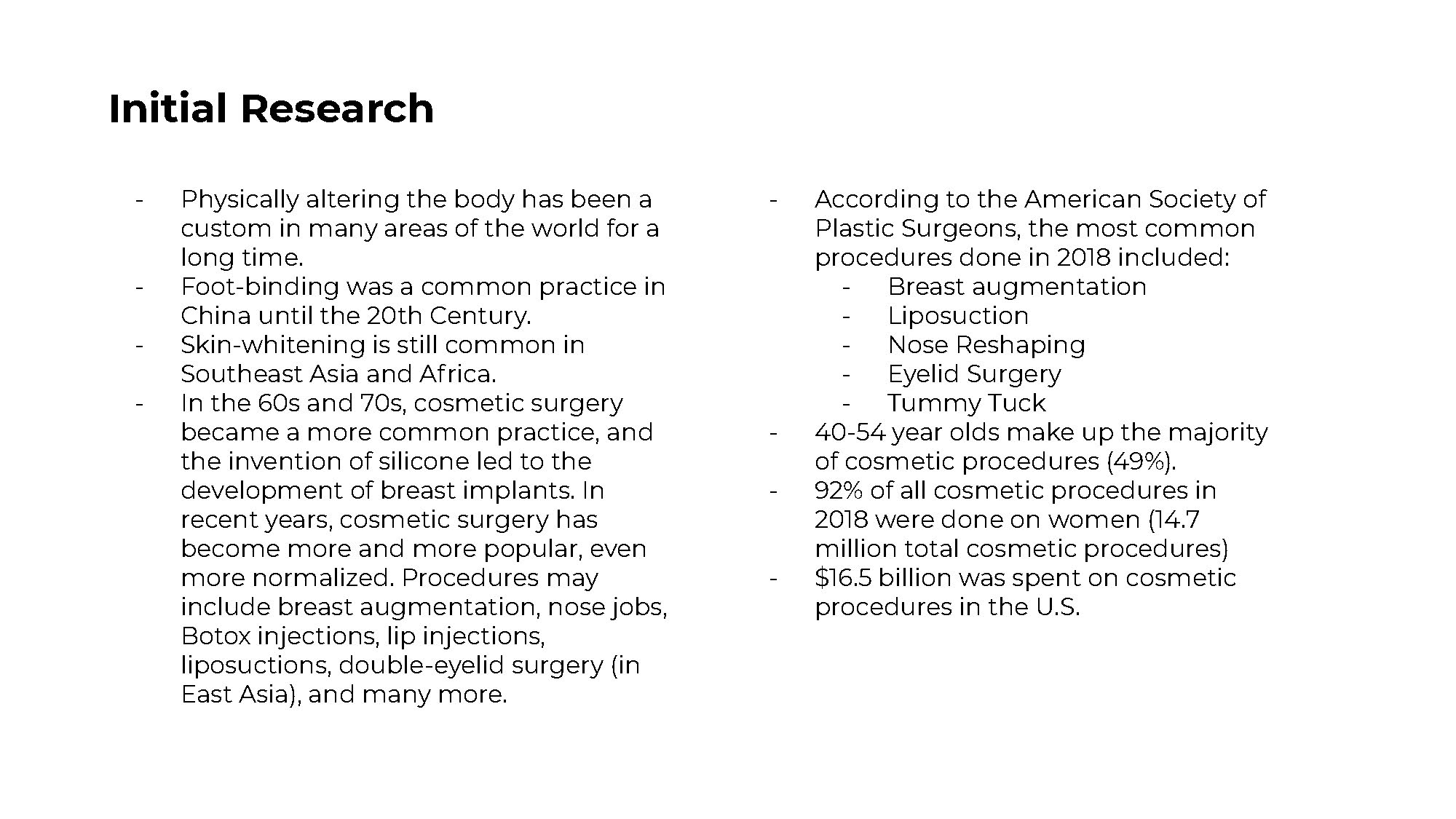


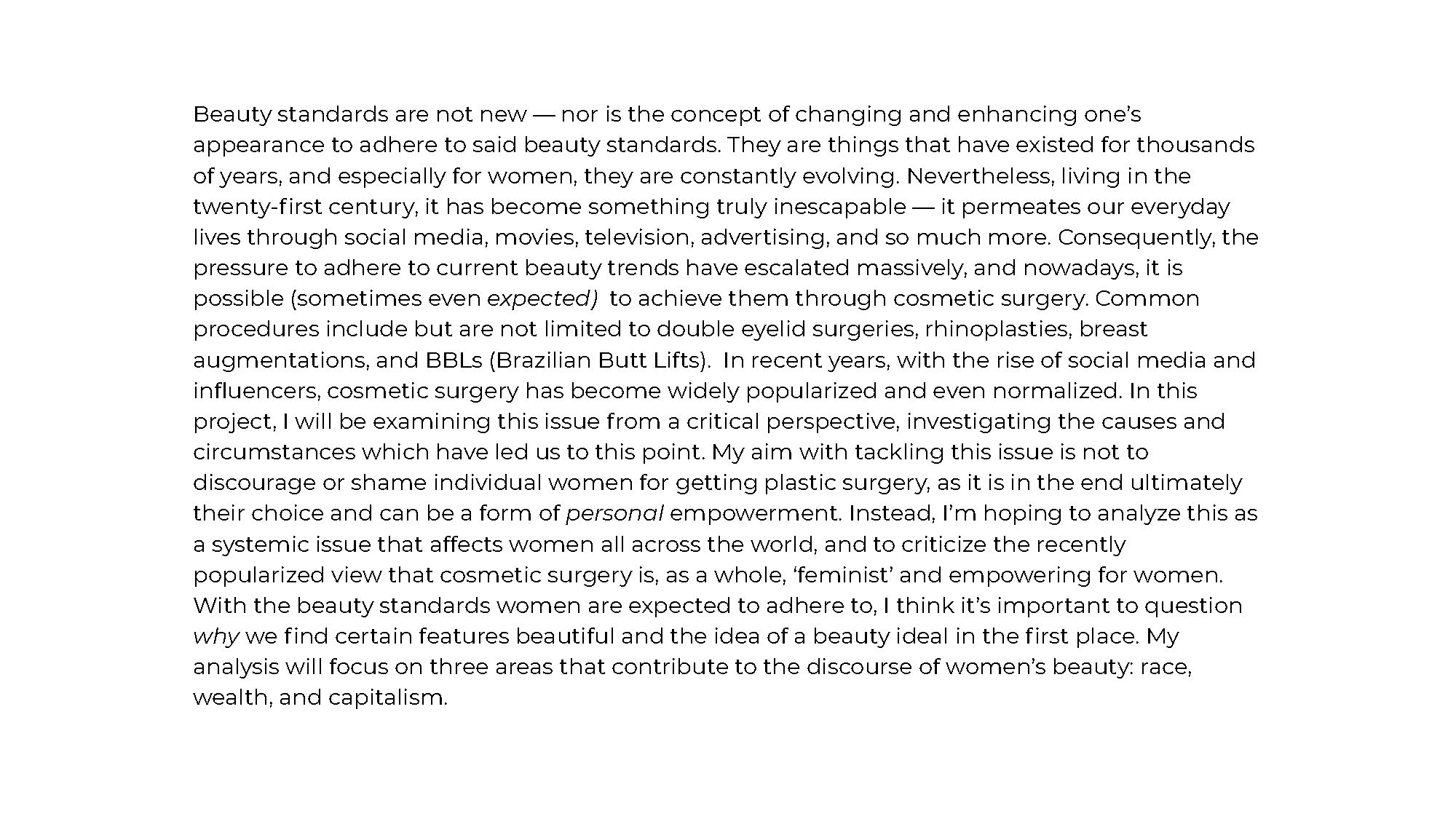
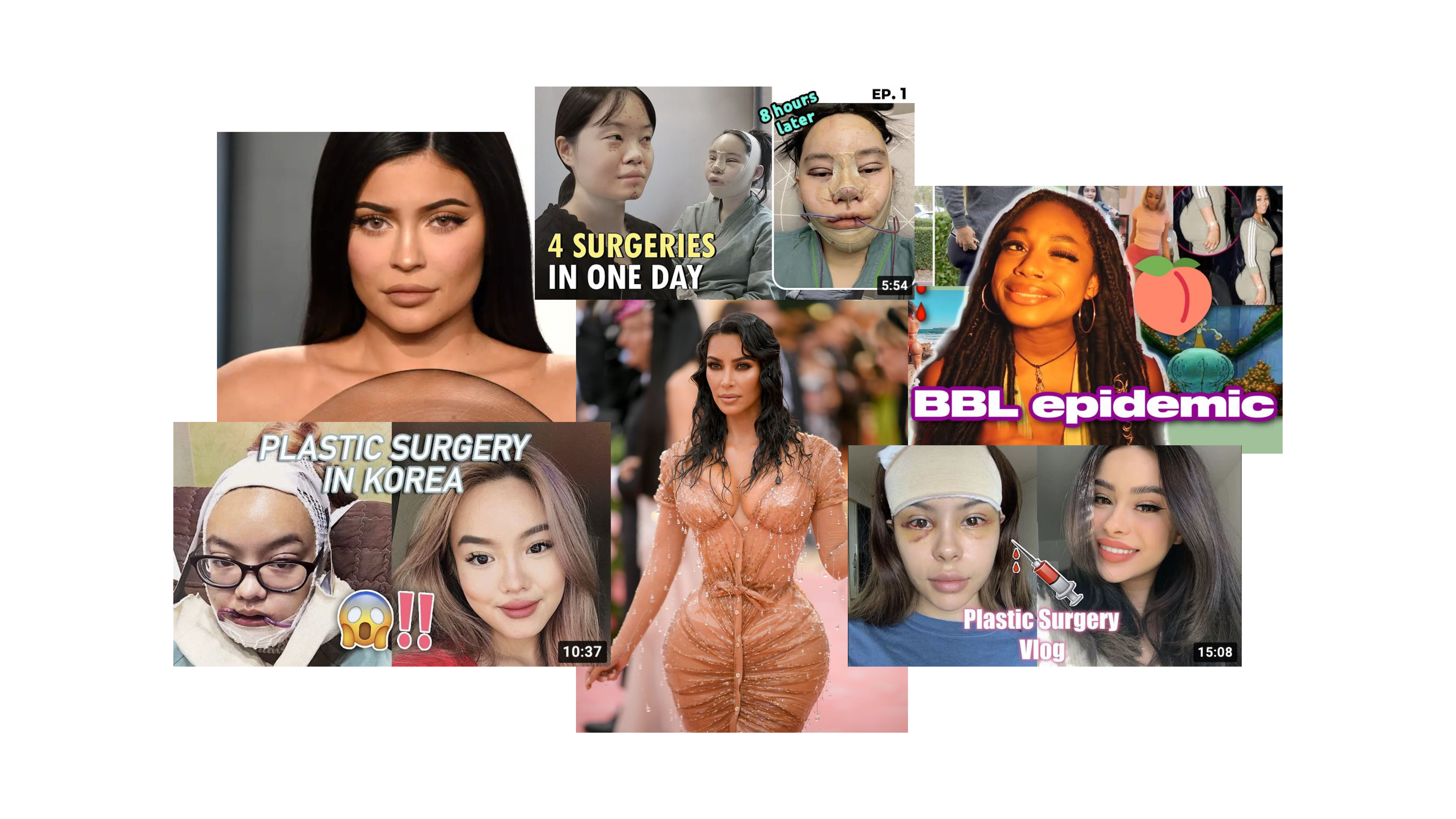
Juriel Furukawa
Ex.1
Identity Cloaking
Ex.1
Identity Cloaking

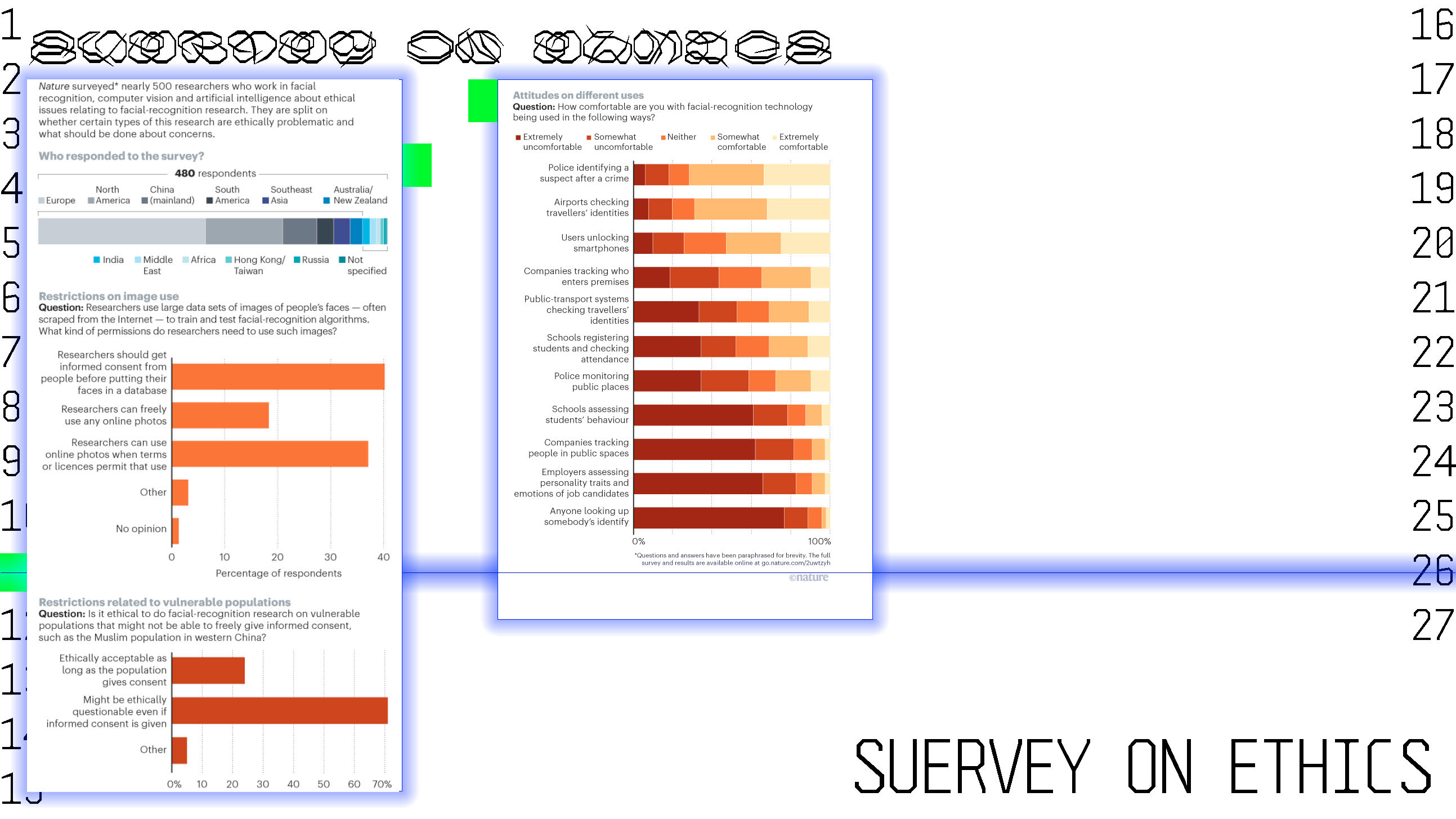

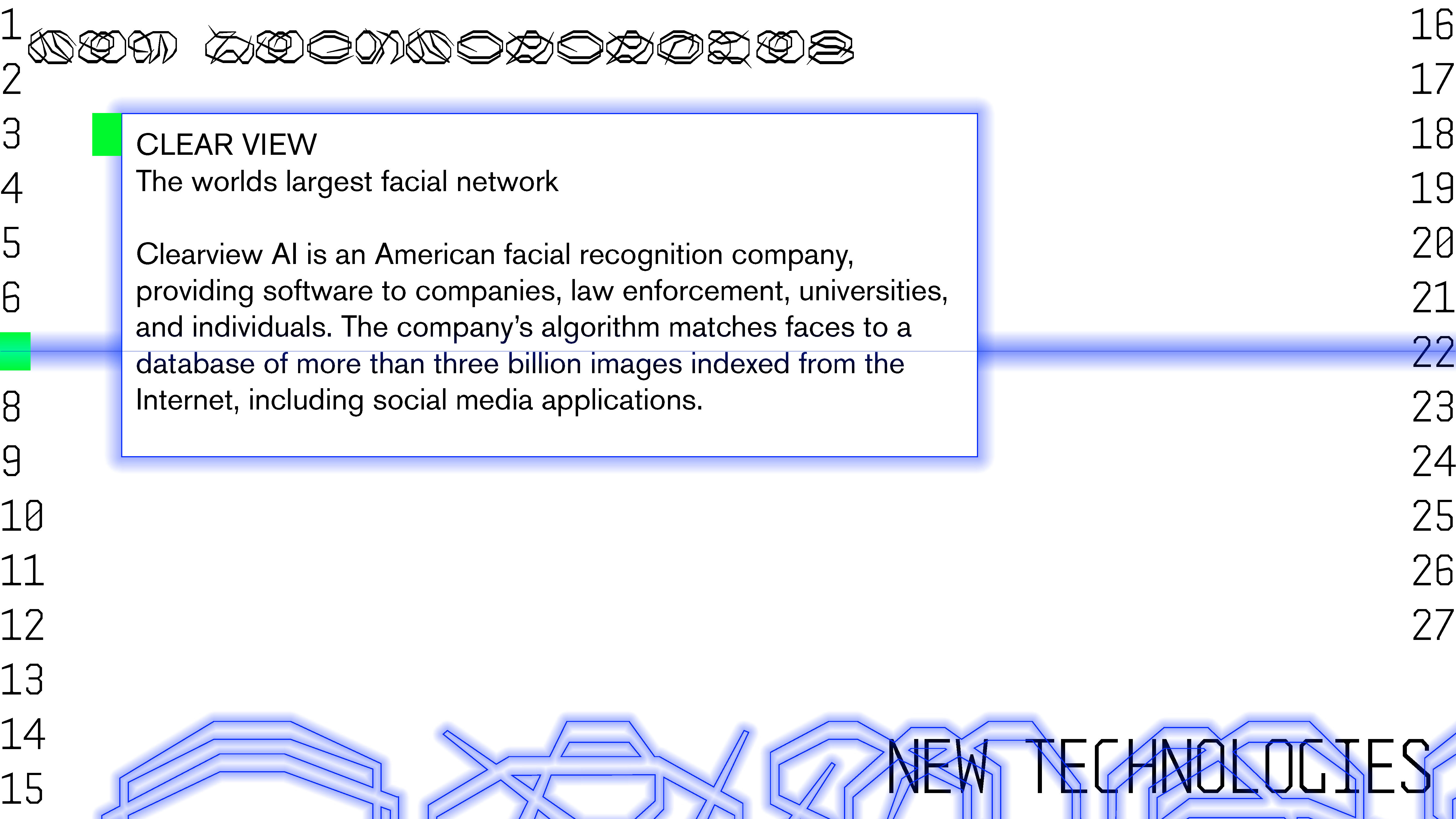






Ex.2
Study of Time Travel and Escapism through the Color Green
Study of Time Travel and Escapism through the Color Green
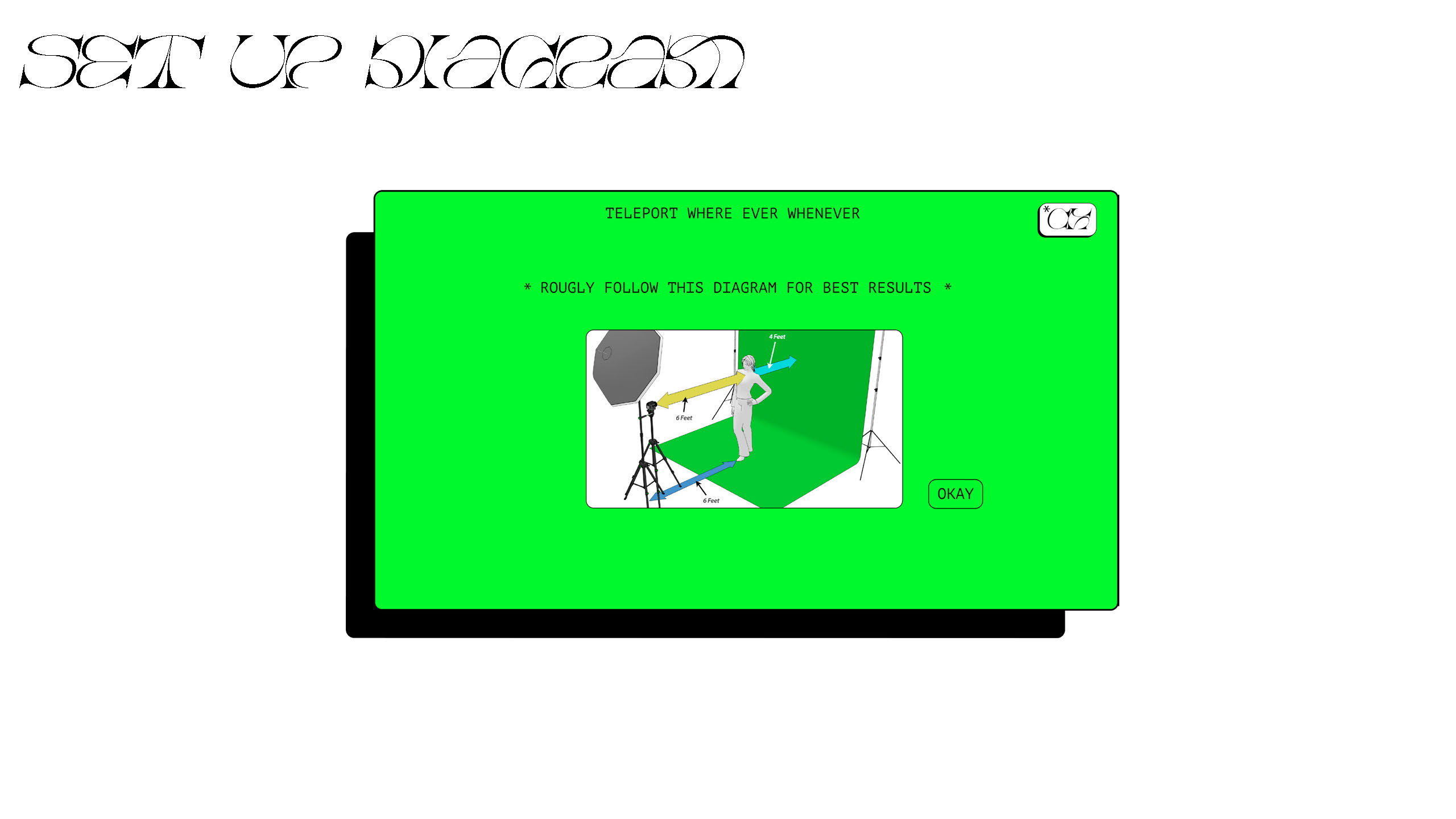
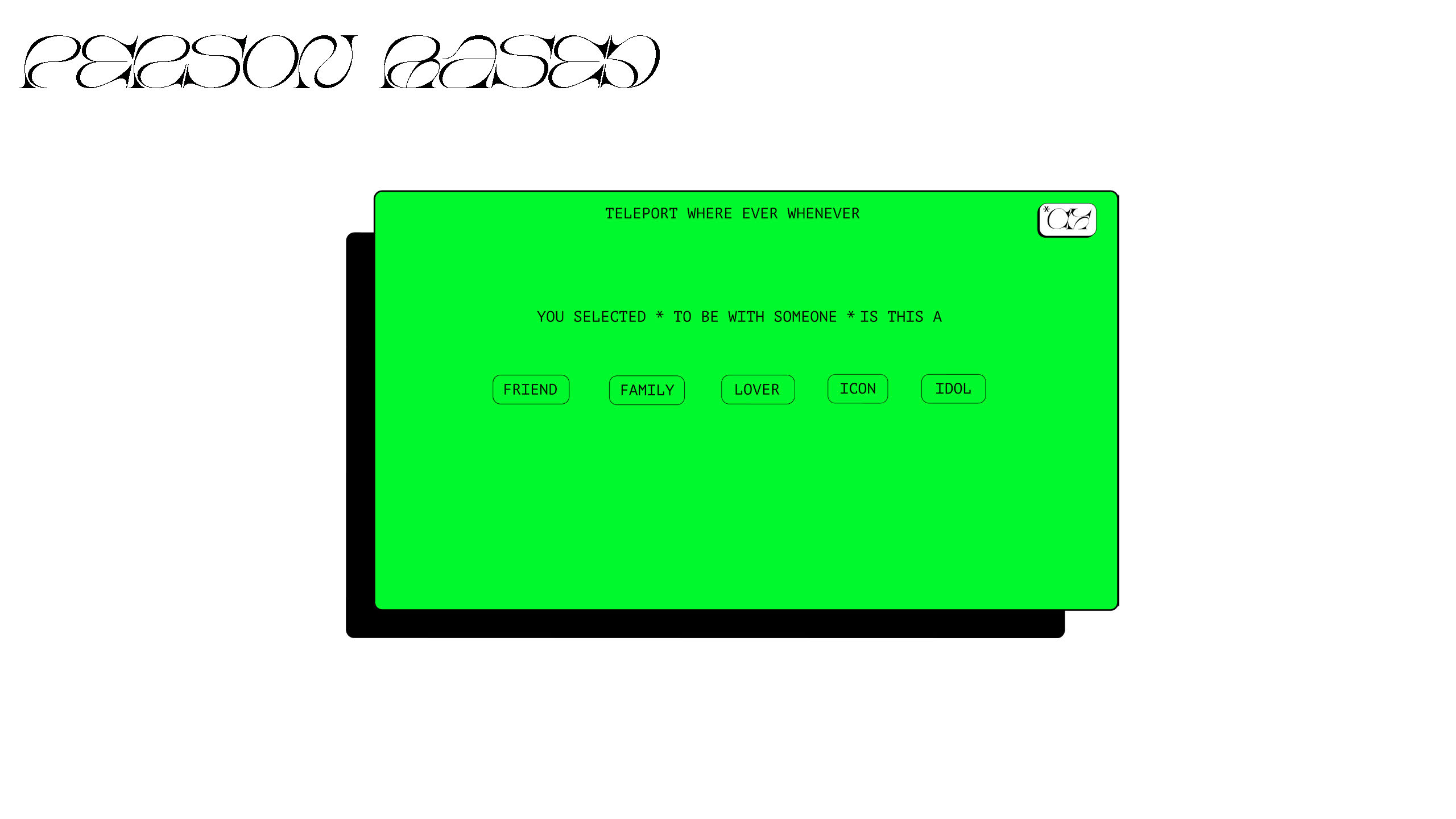

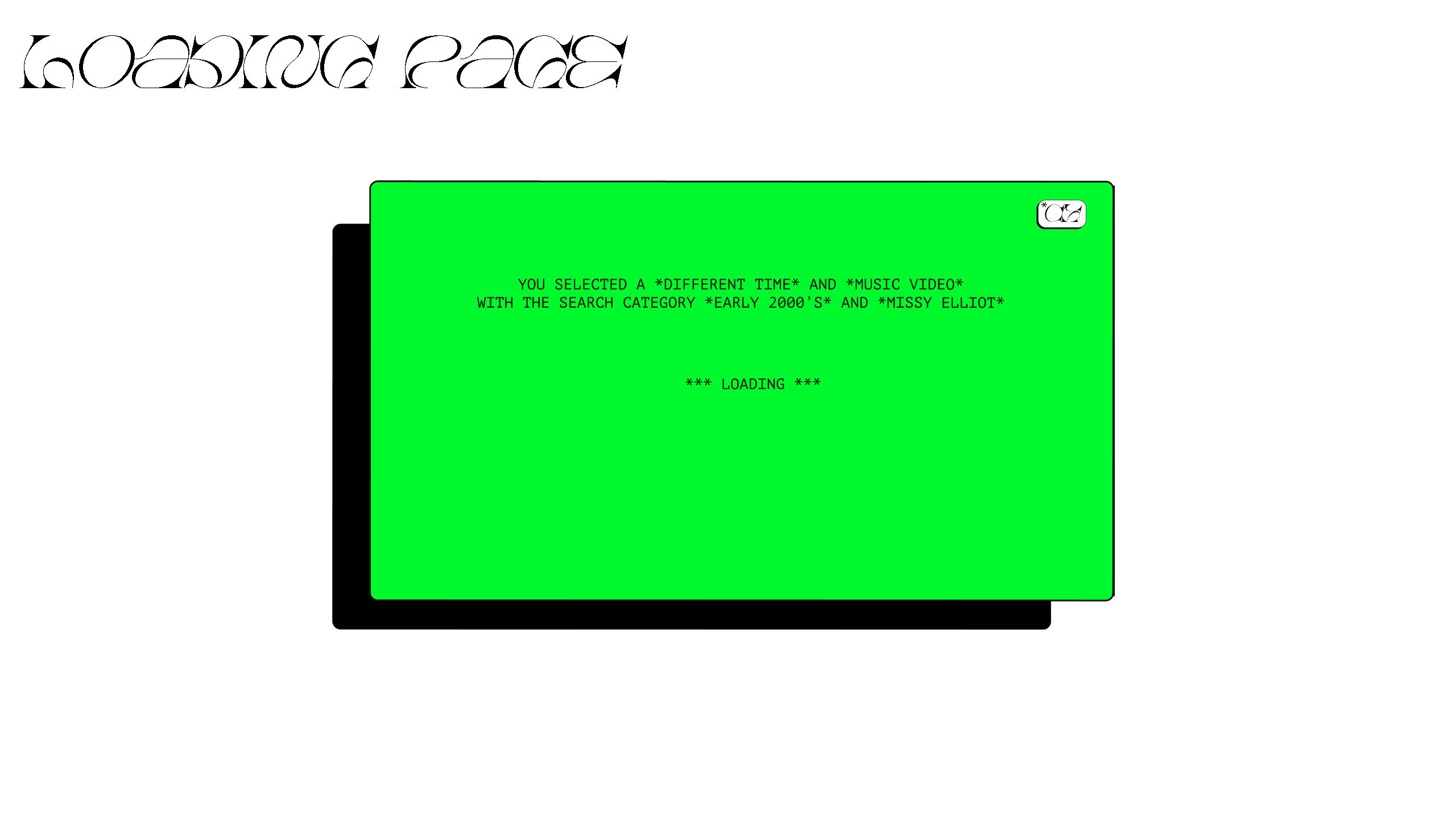

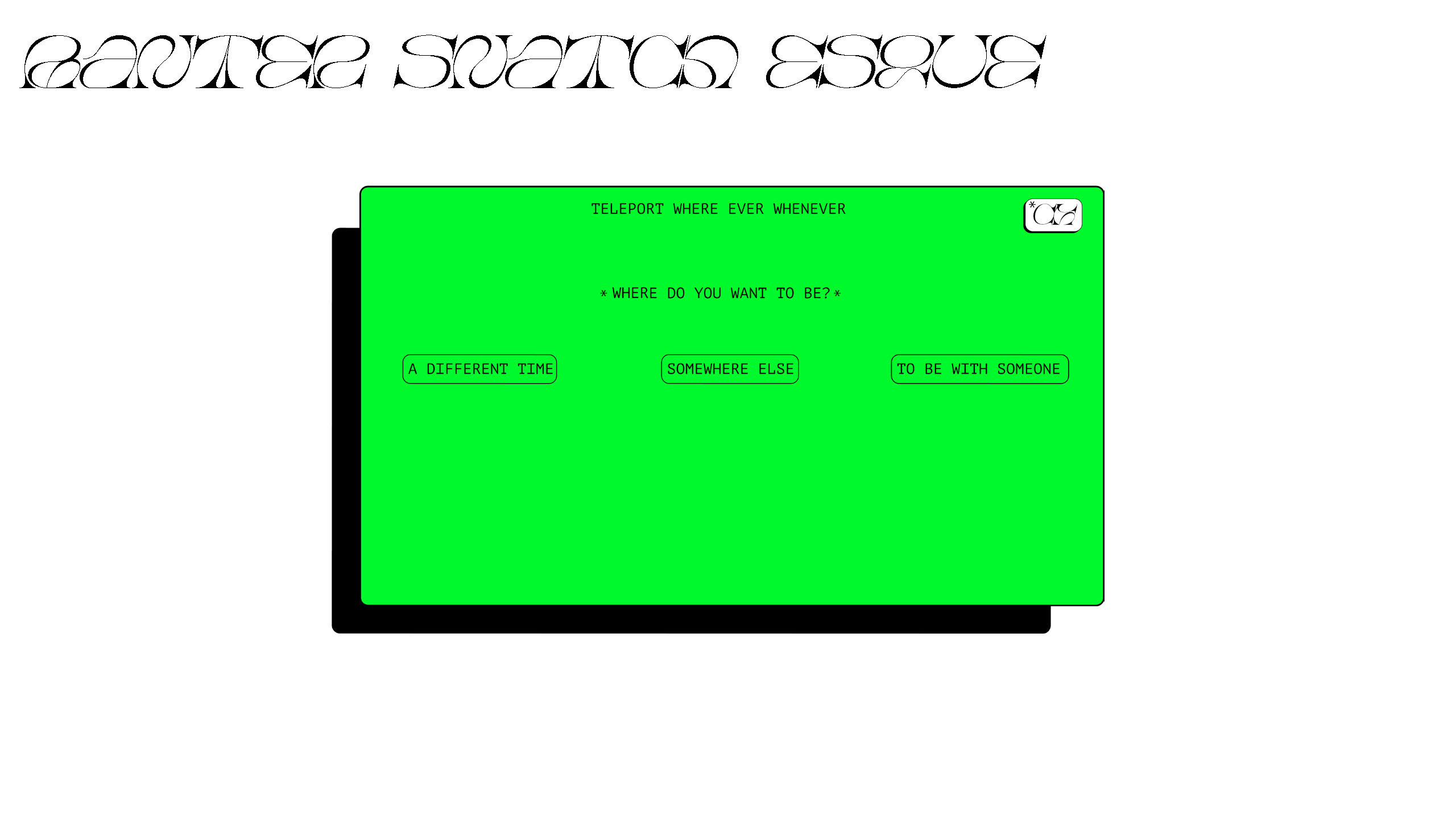
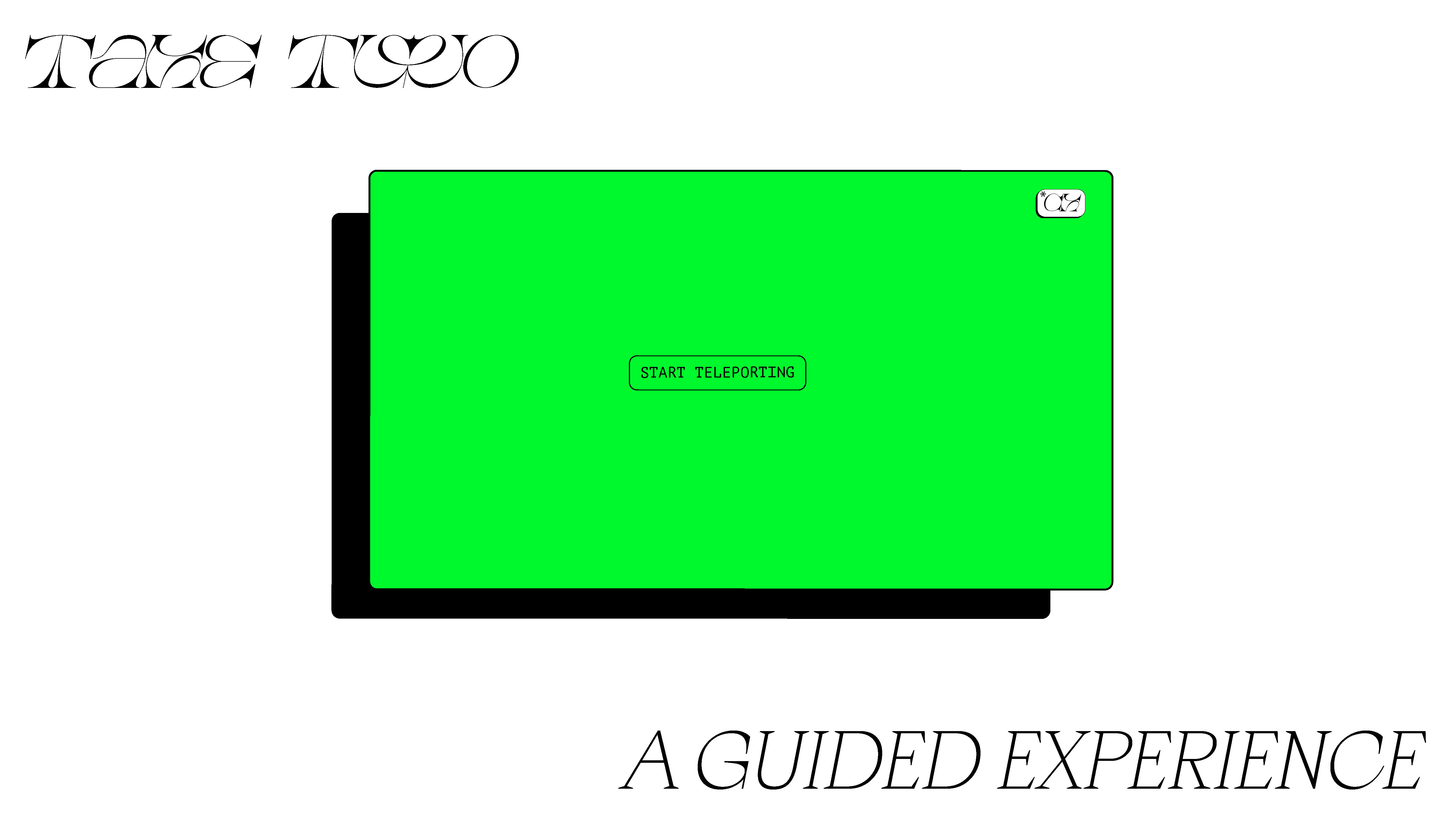


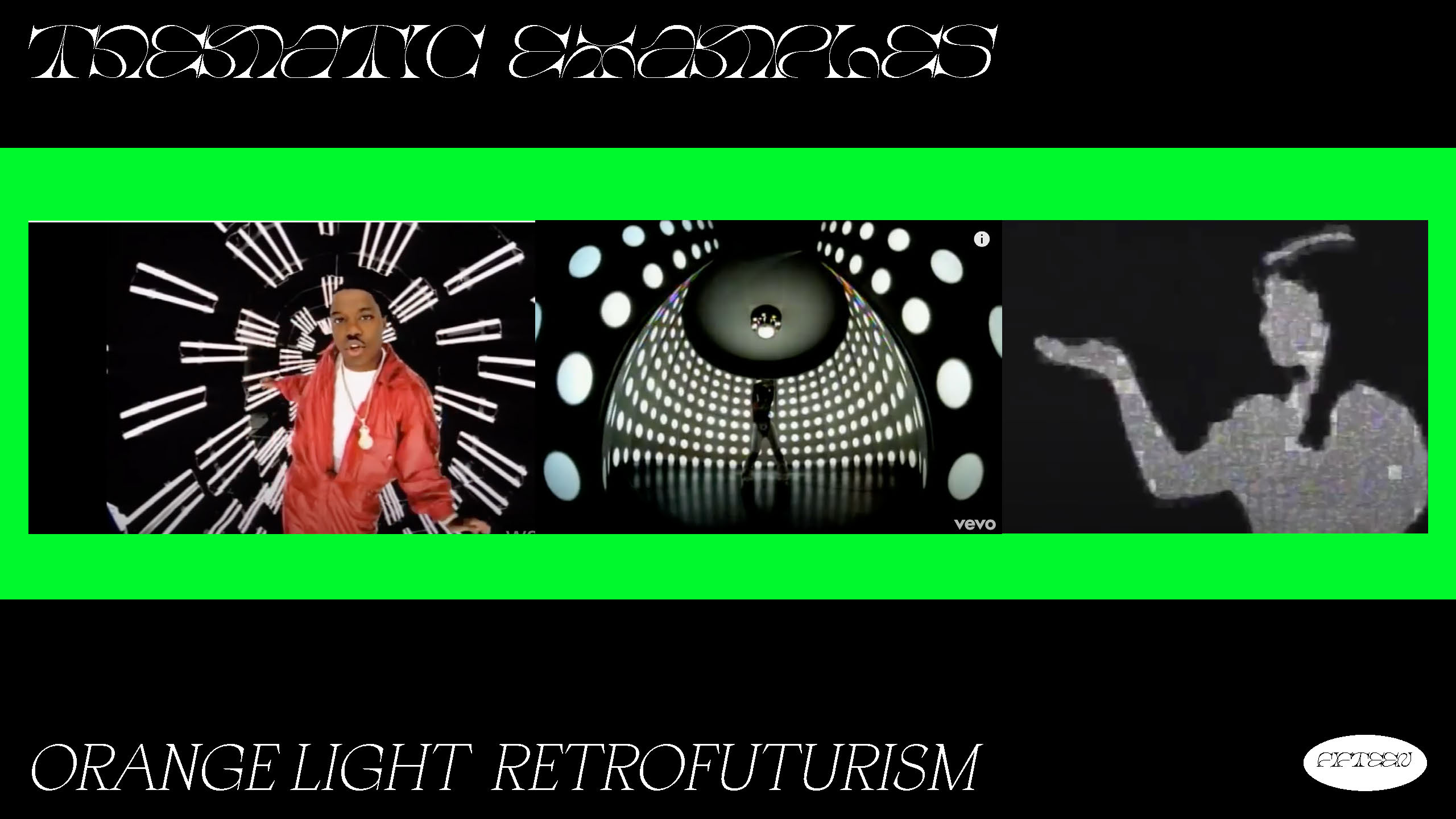
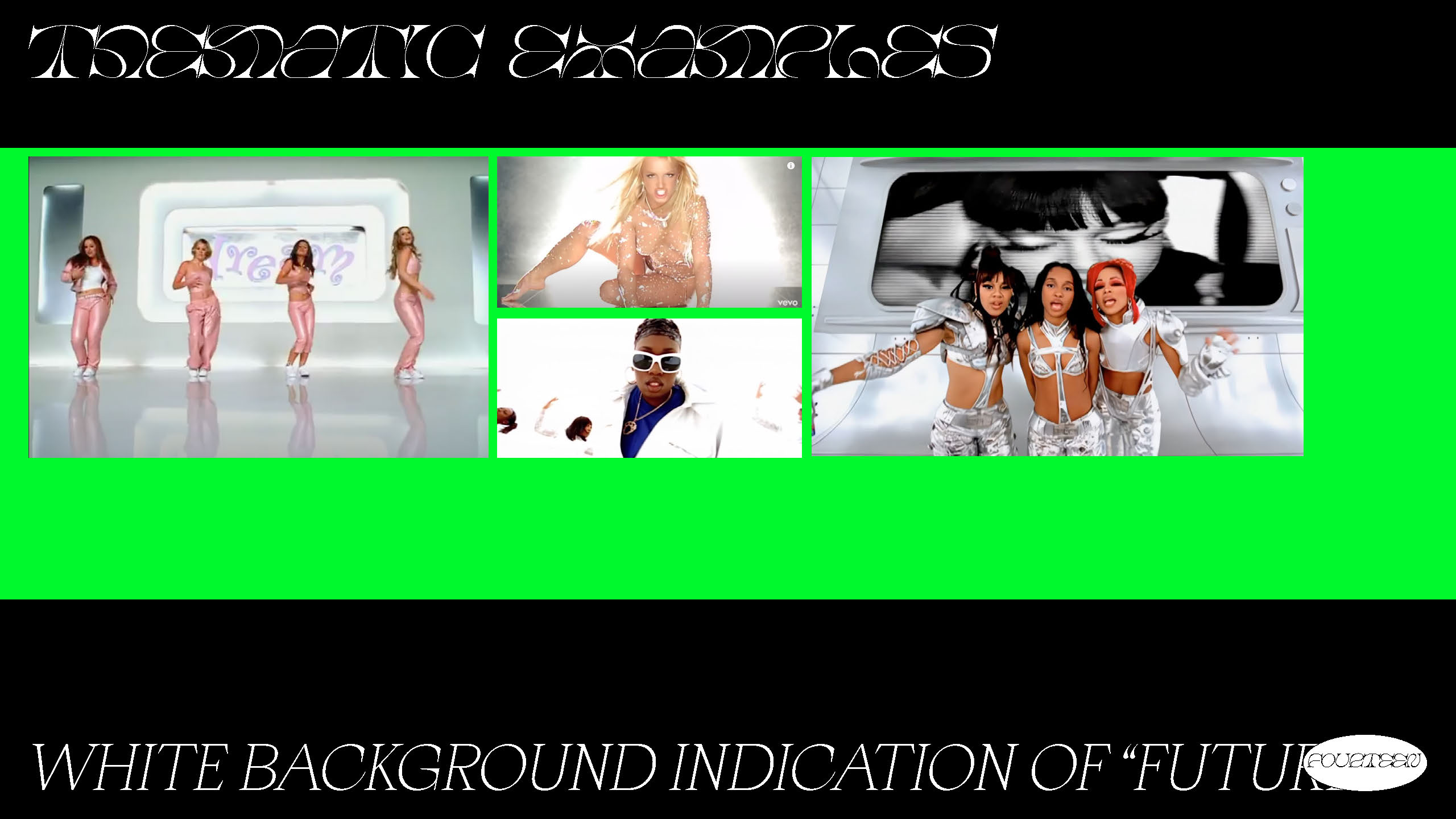
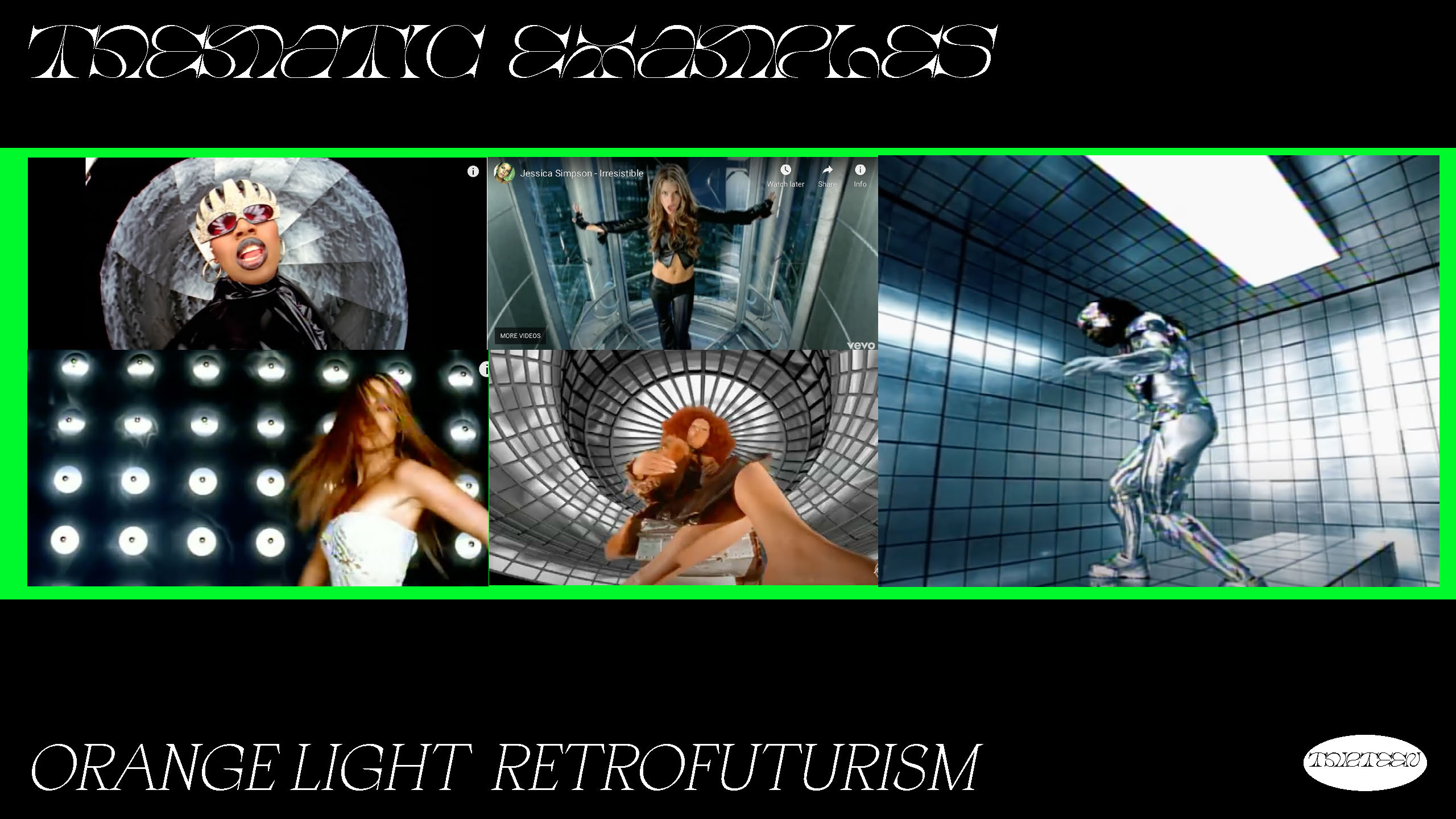



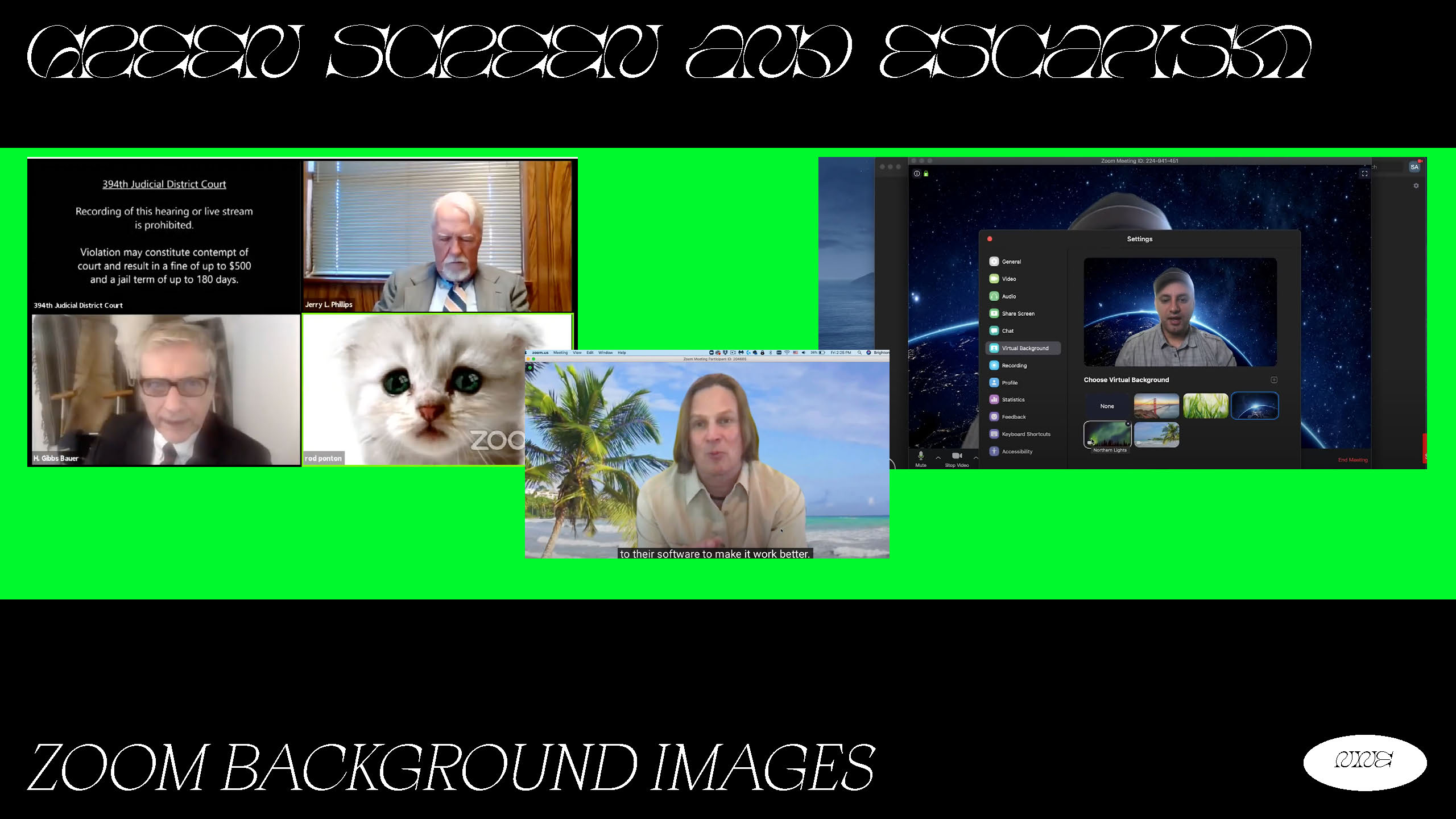
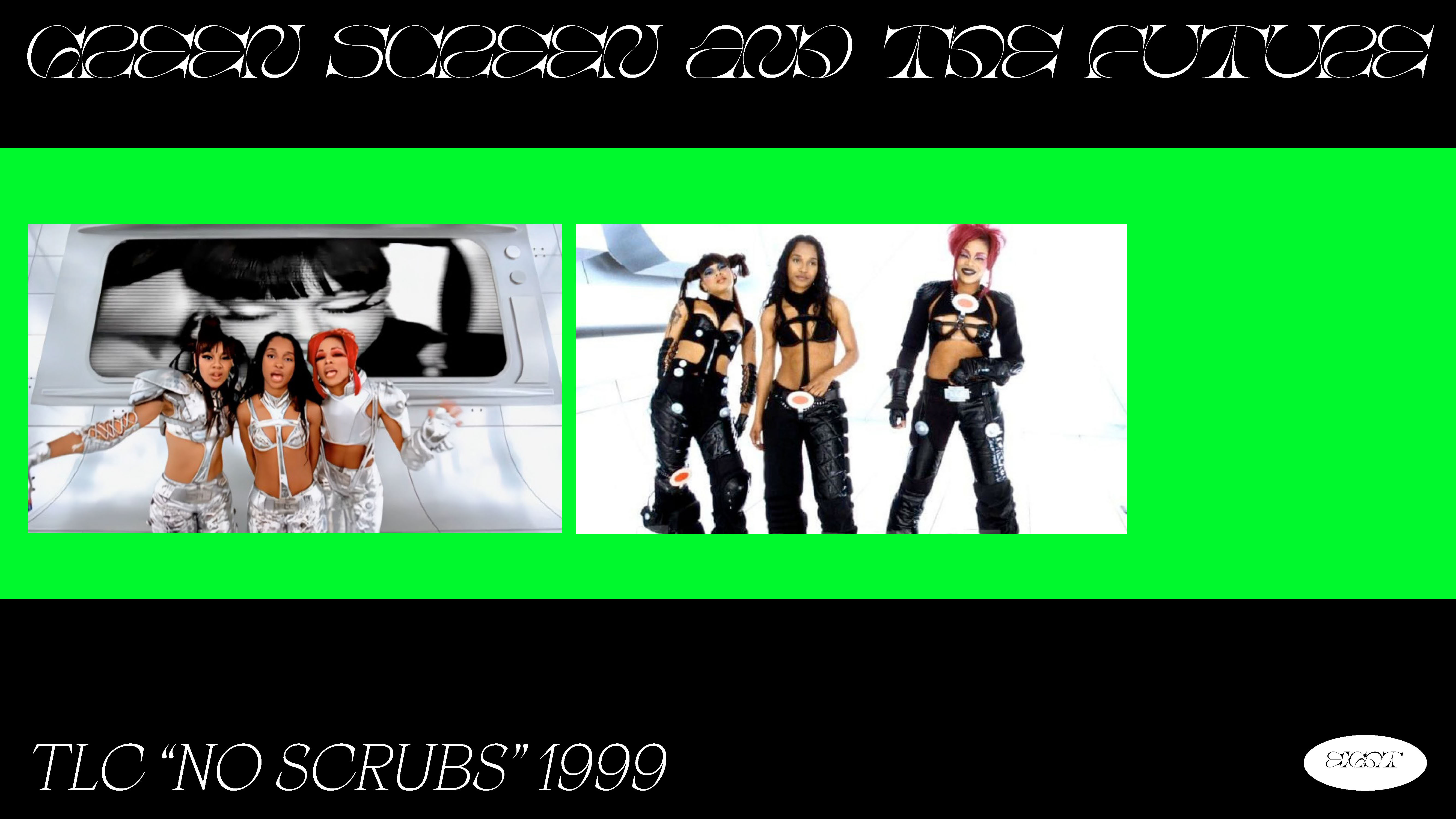



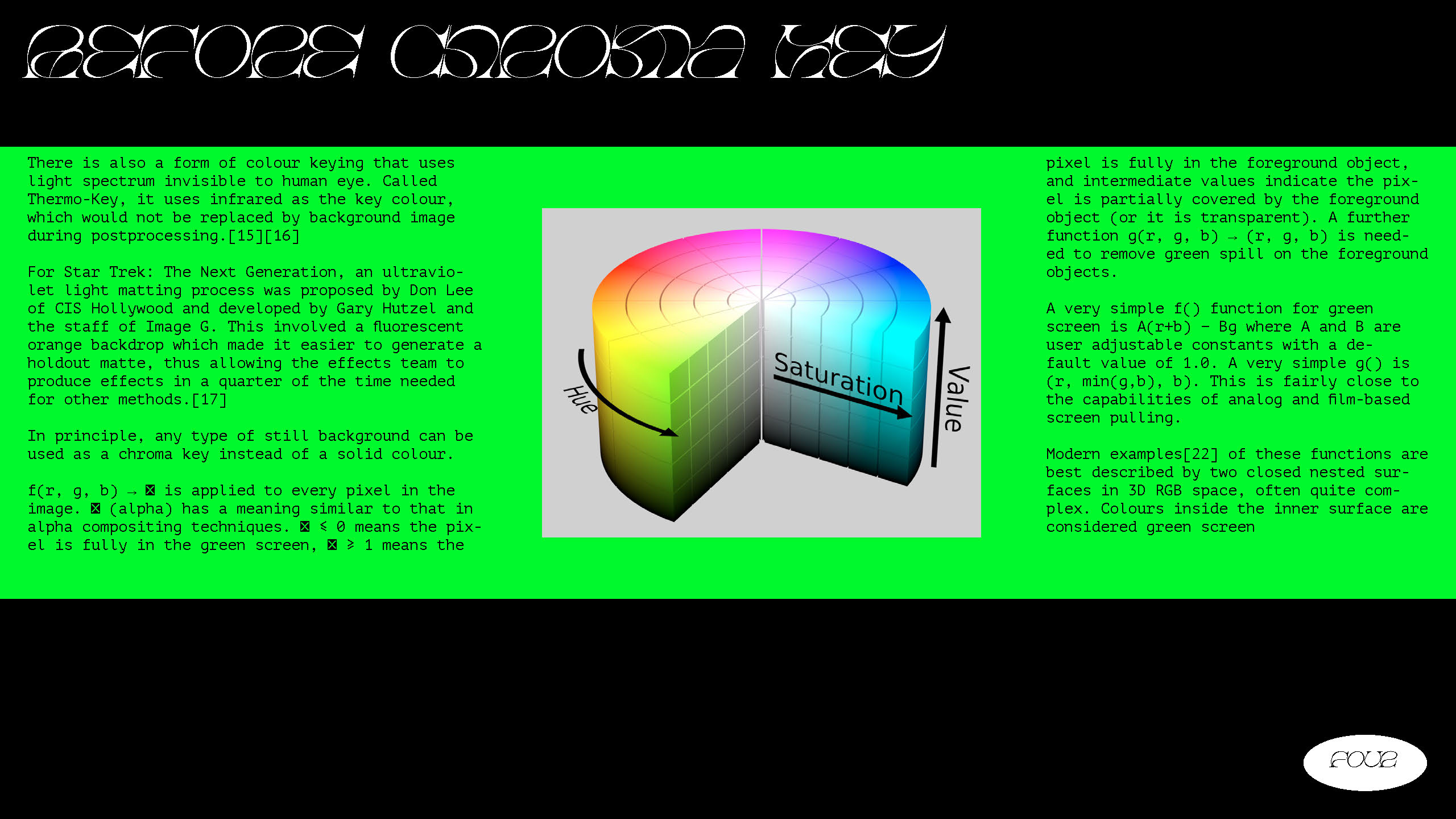
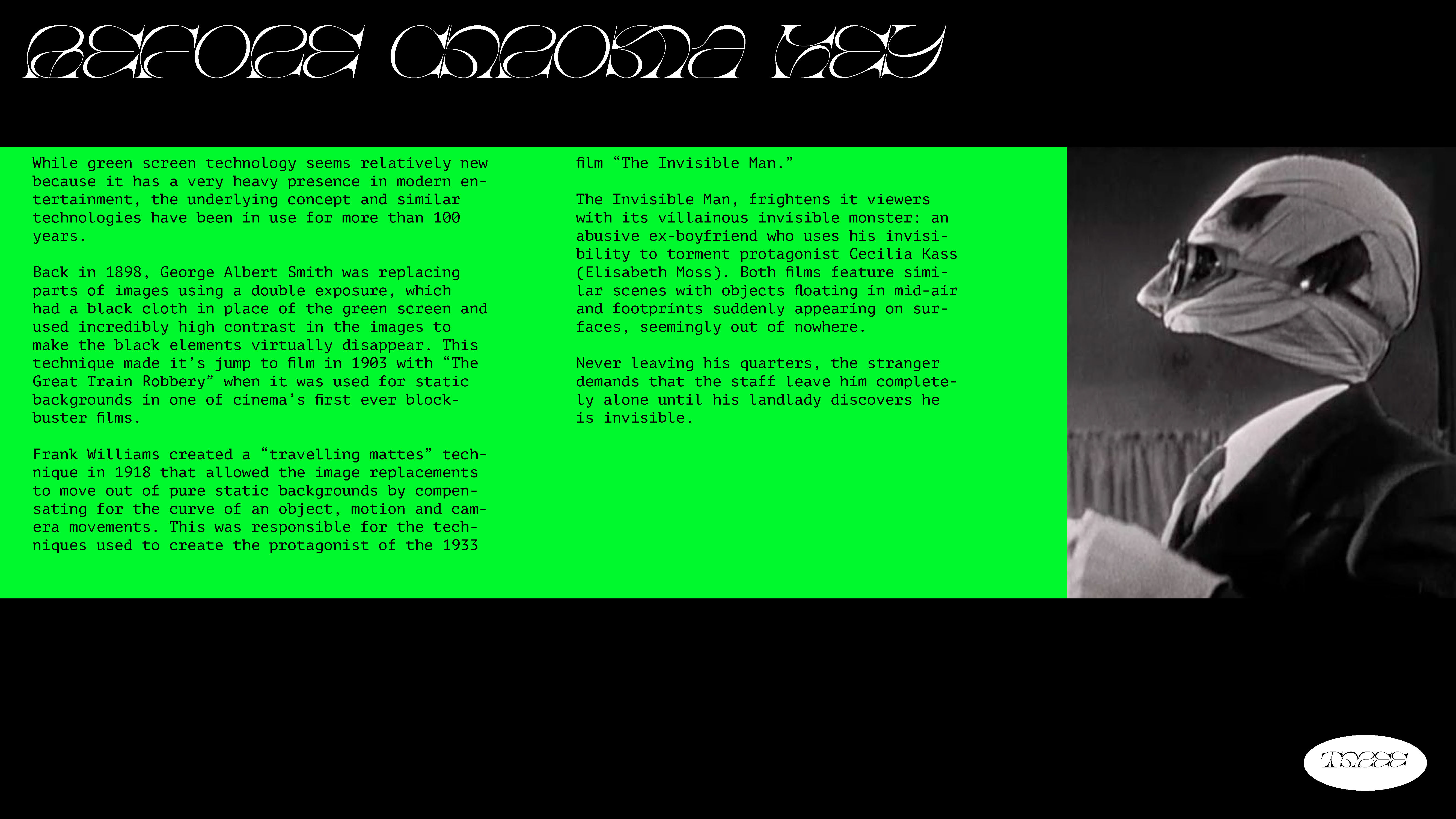
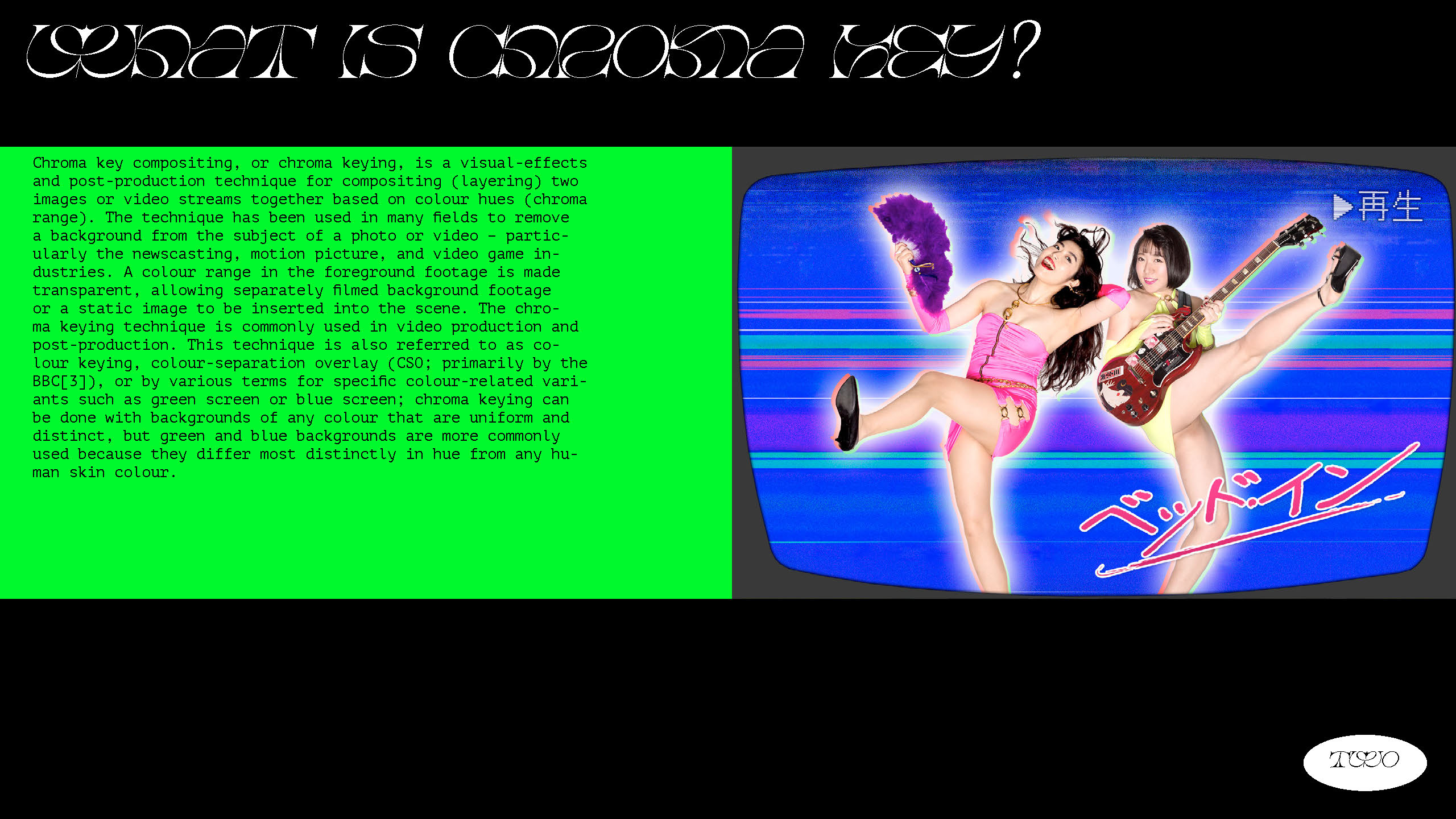
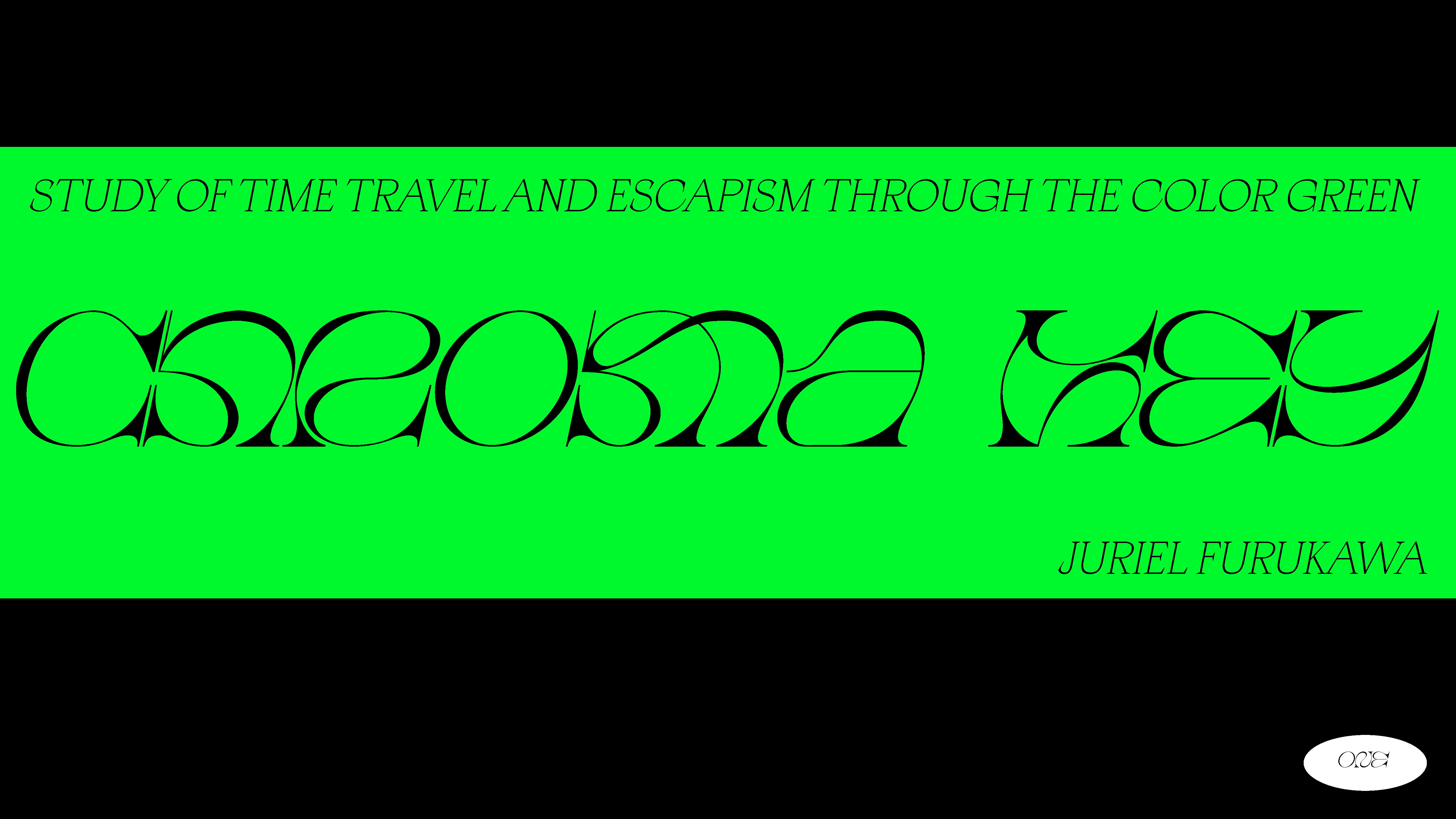
Fall 2017
ART432 Portfolio
Student Work
Western Kentucky University
As a continuation of the concepts and content covered in previous courses during your education at Western Kentucky University, this course applies the components and principles of design and typography to a variety of visual communication design contexts. While exploring, investigating, and analyzing greater conceptual considerations in both assigned and self-defined projects, students will delve deeper into ideation and visualization to produce and execute more refined and sophisticated solutions to complex problems.
Download Syllabus
Download Syllabus
01.
Title:
The Roadrunner, the Catherdral, and the Electric Company from Neenah, Wisconsin
Student:
Dakota Bragdon
2017
Title:
The Roadrunner, the Catherdral, and the Electric Company from Neenah, Wisconsin
Student:
Dakota Bragdon
2017
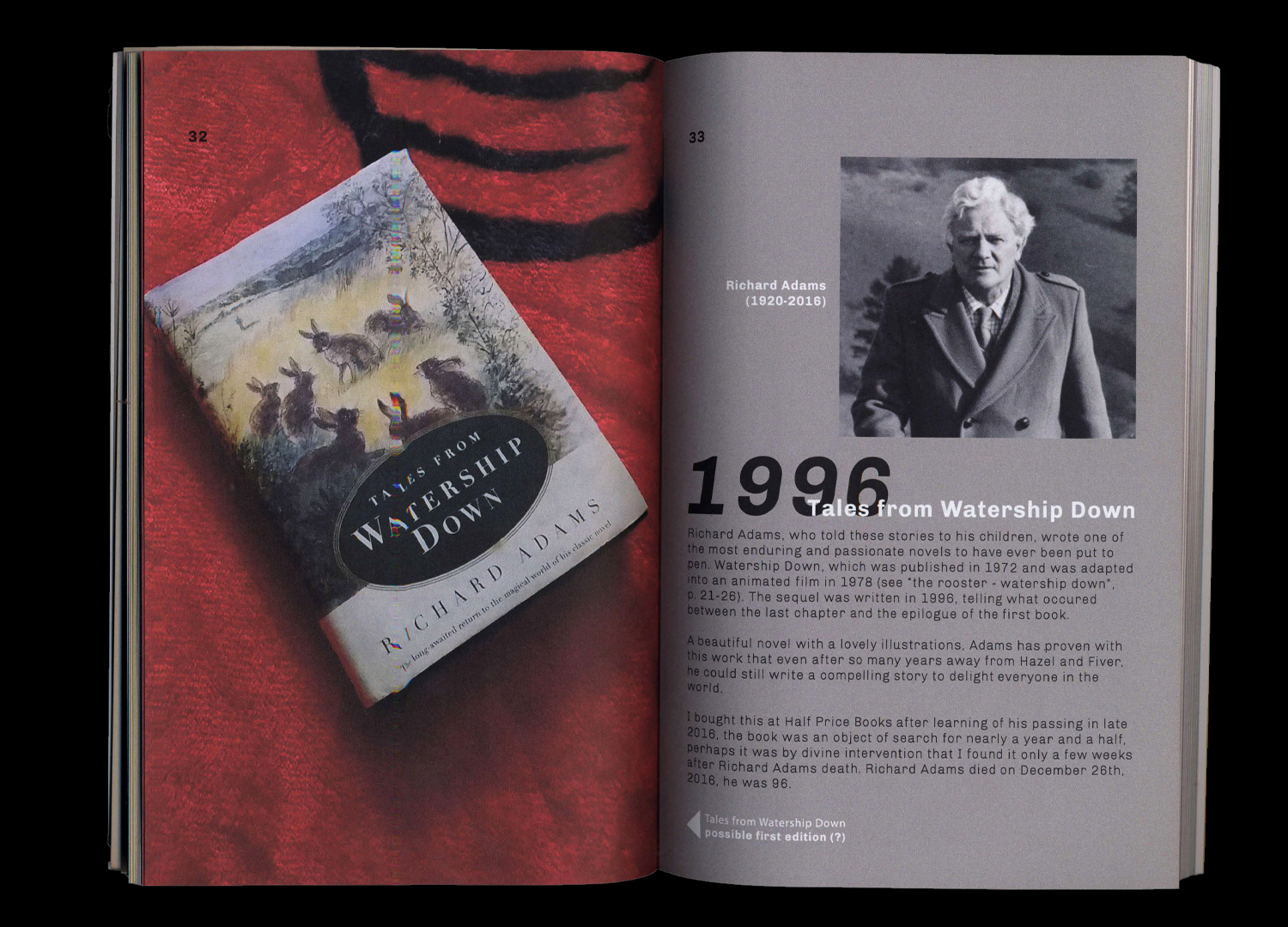




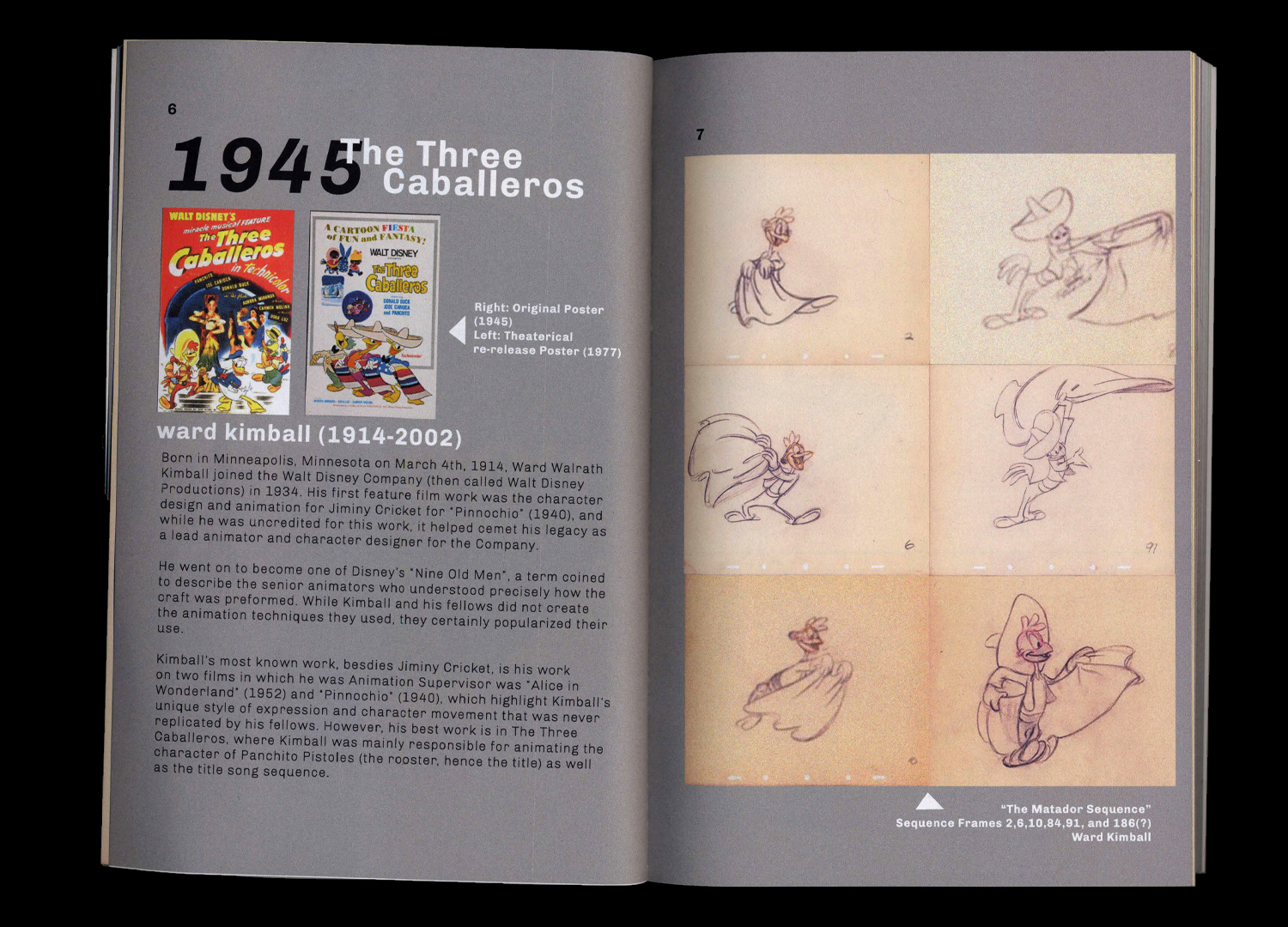
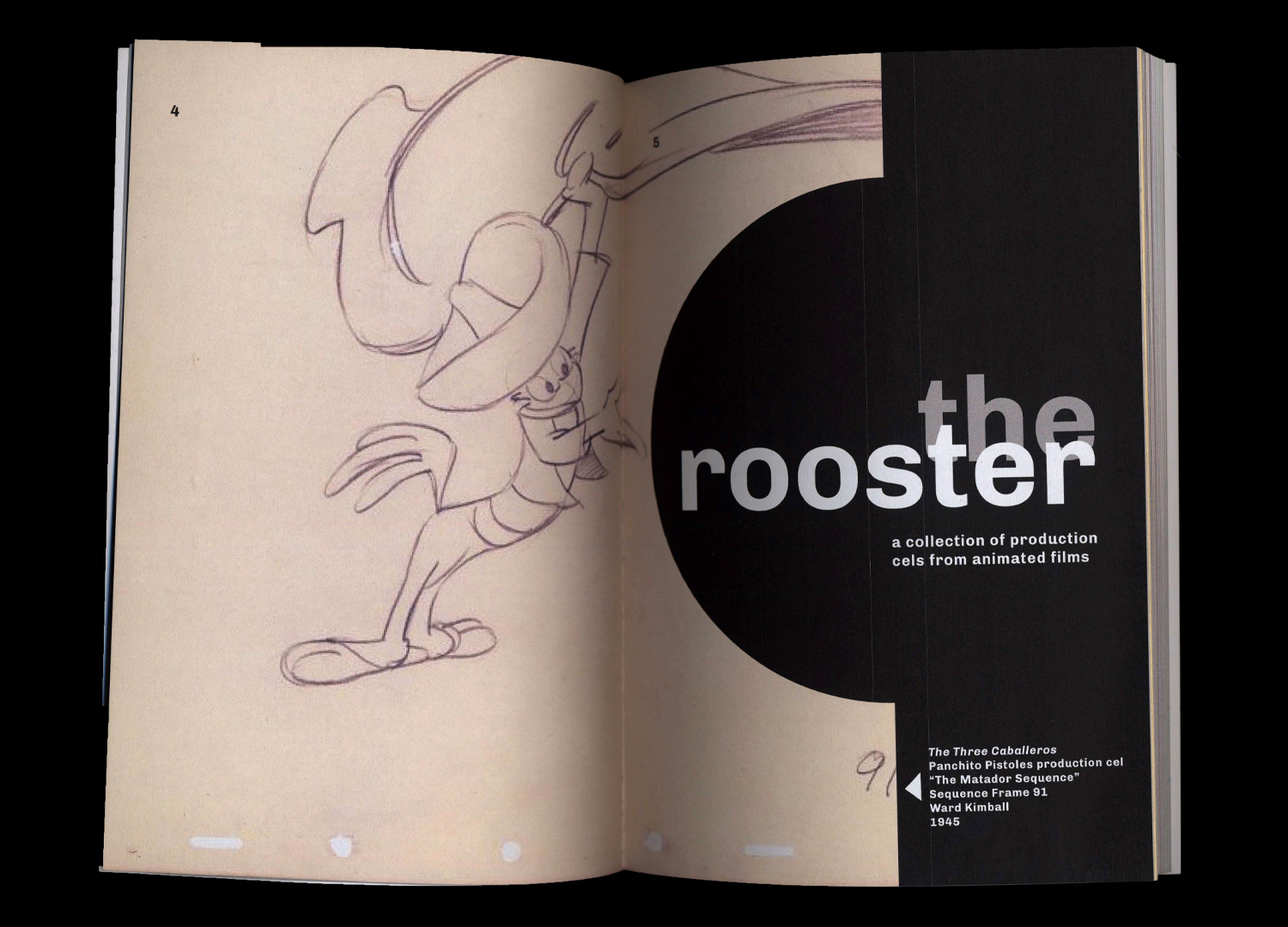
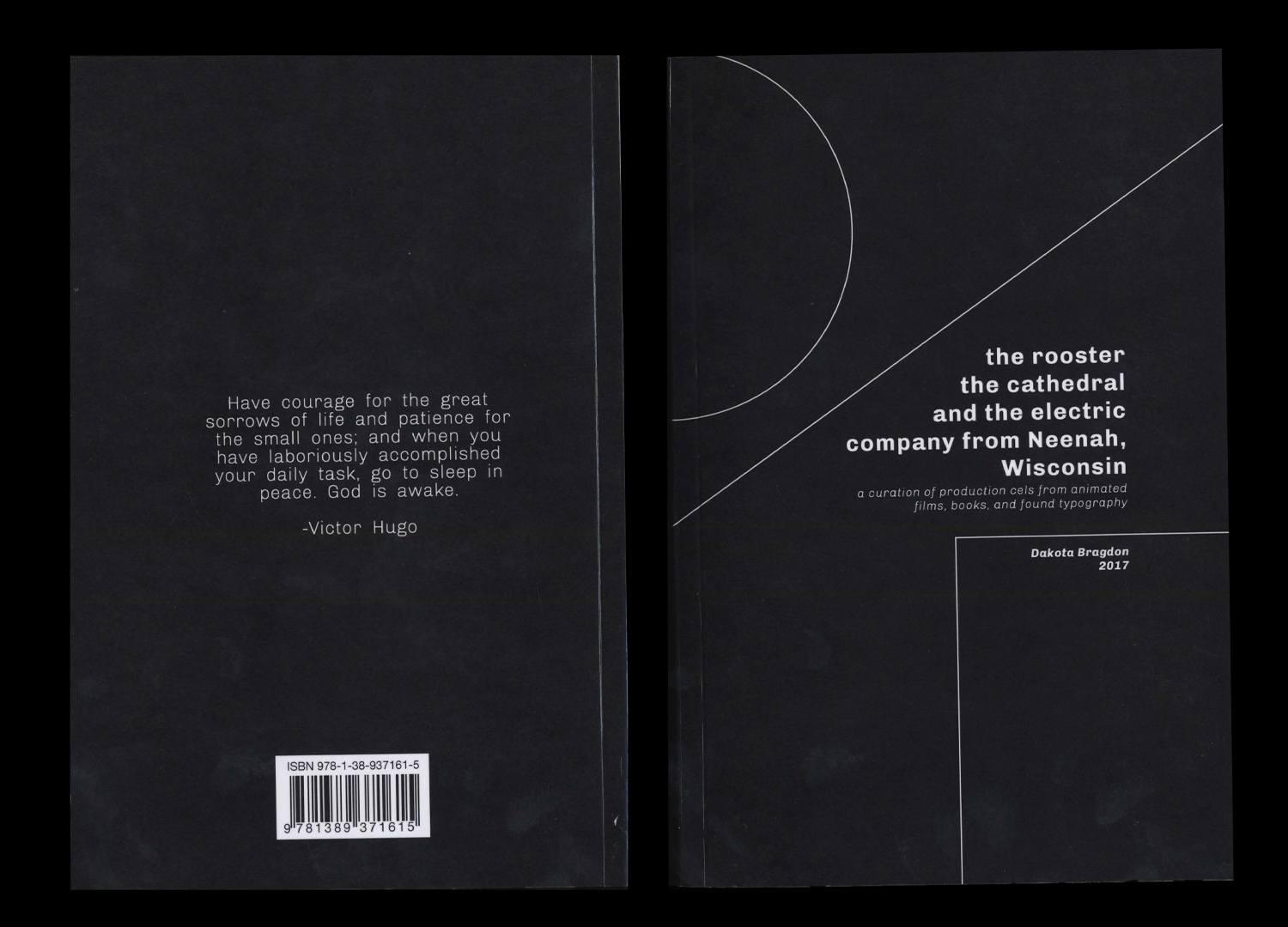
02.
Title:
Book of Collections
Student:
Roy Lewis
2017
Title:
Book of Collections
Student:
Roy Lewis
2017
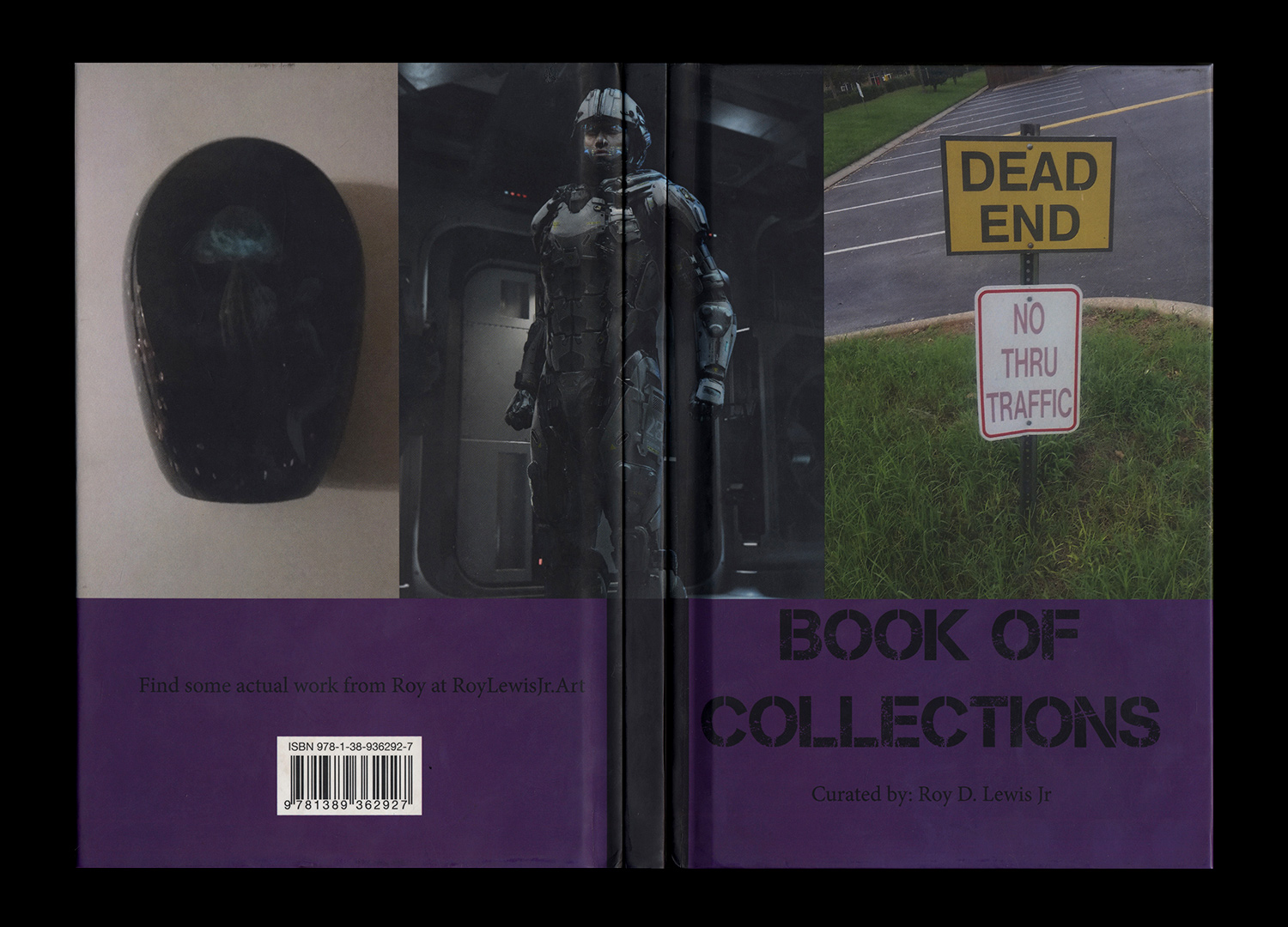

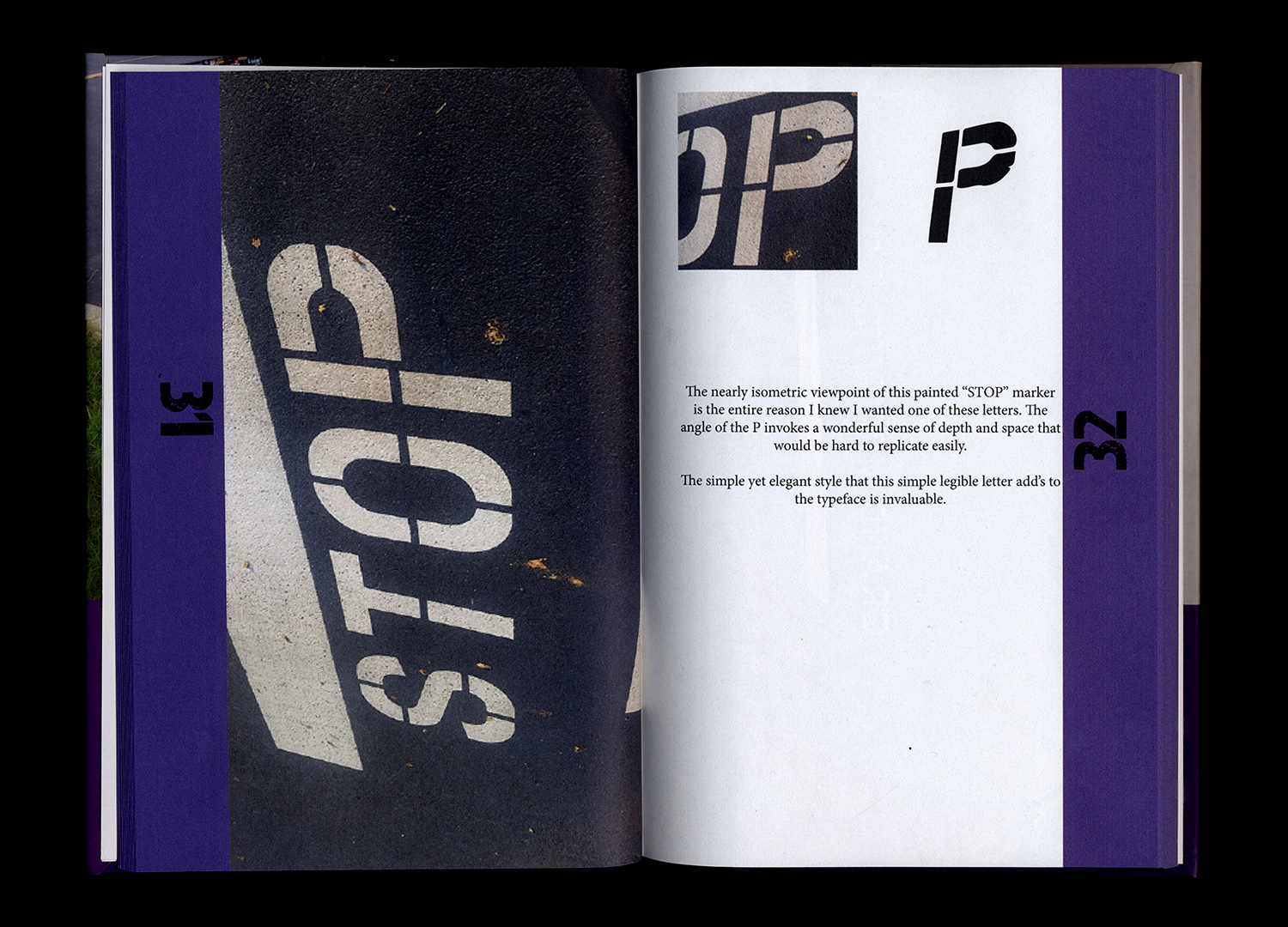
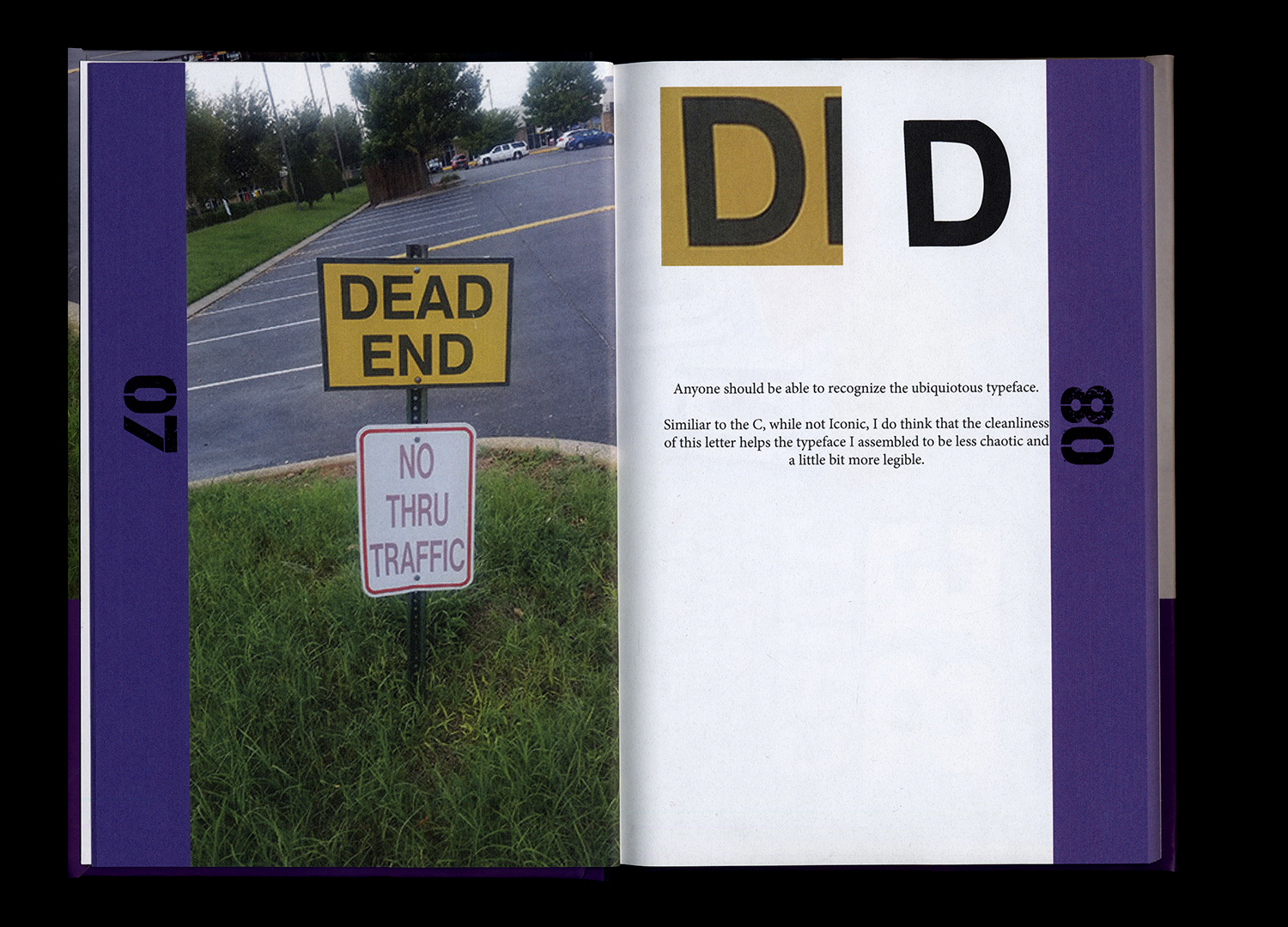

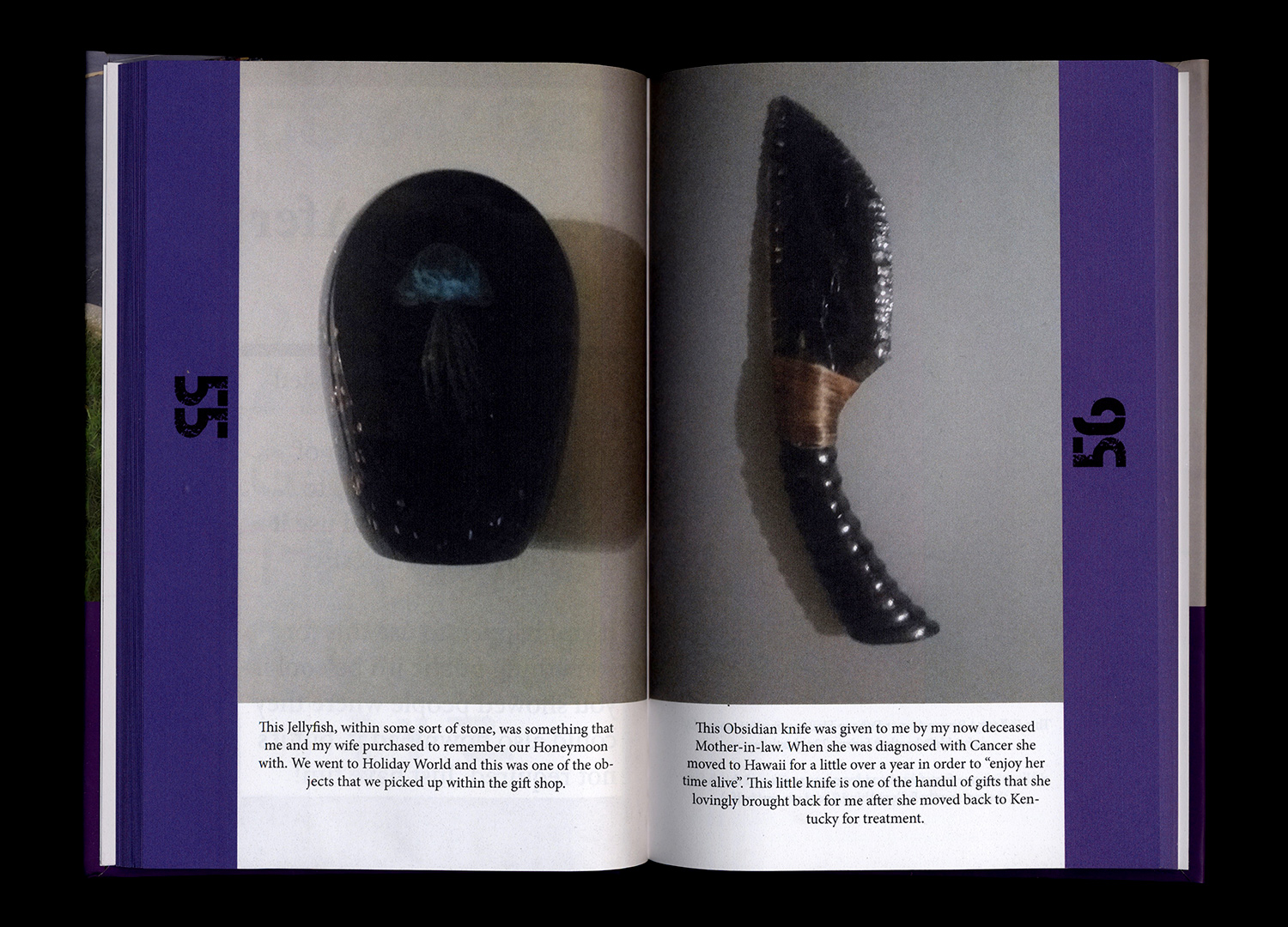

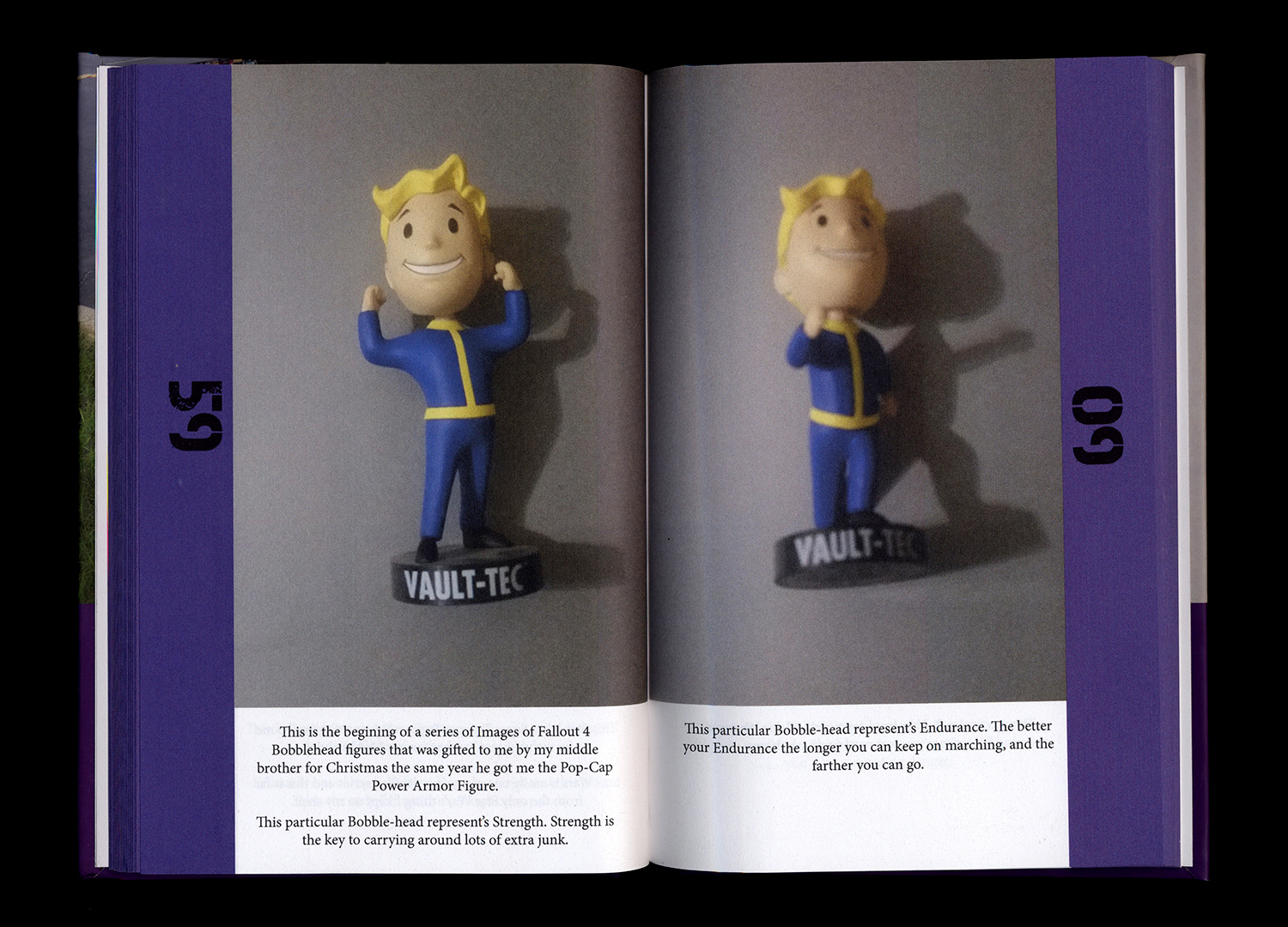
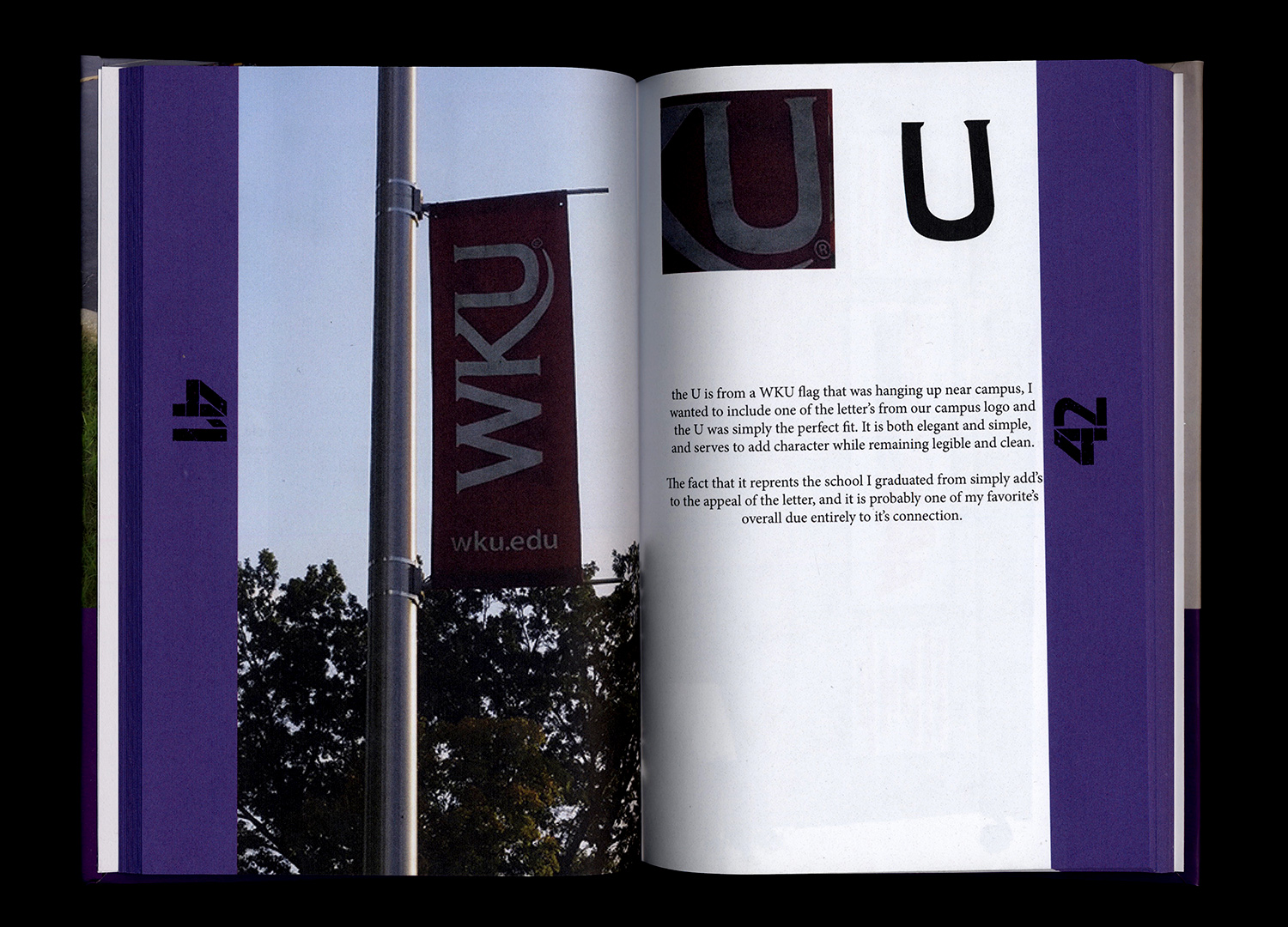
03.
Title:
Alphabet: Found Typography
Student:
Maddie Peirce
2017
Title:
Alphabet: Found Typography
Student:
Maddie Peirce
2017
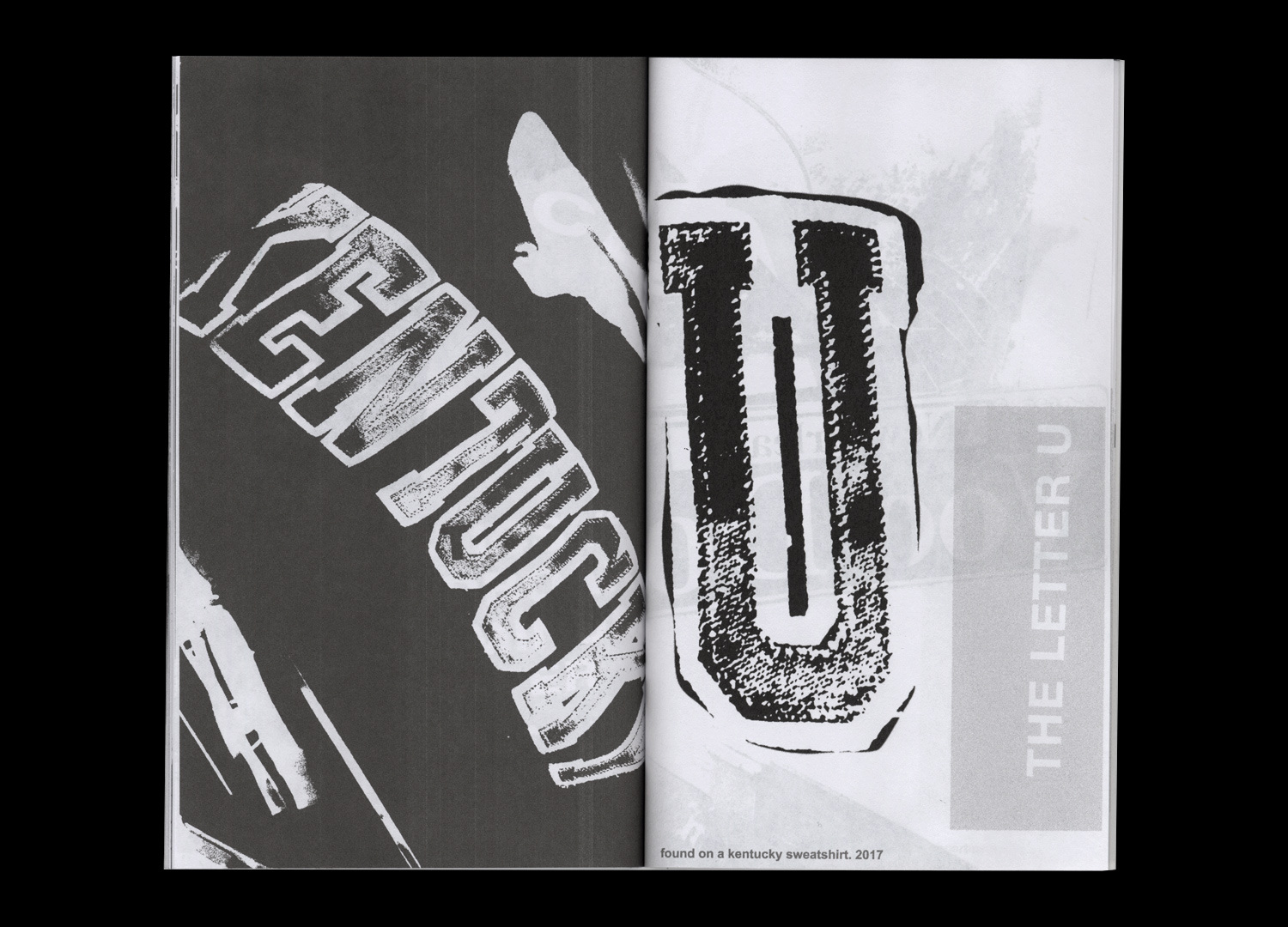

04.
Title:
National Parks of America
Student:
Maddie Peirce
2017
Title:
National Parks of America
Student:
Maddie Peirce
2017
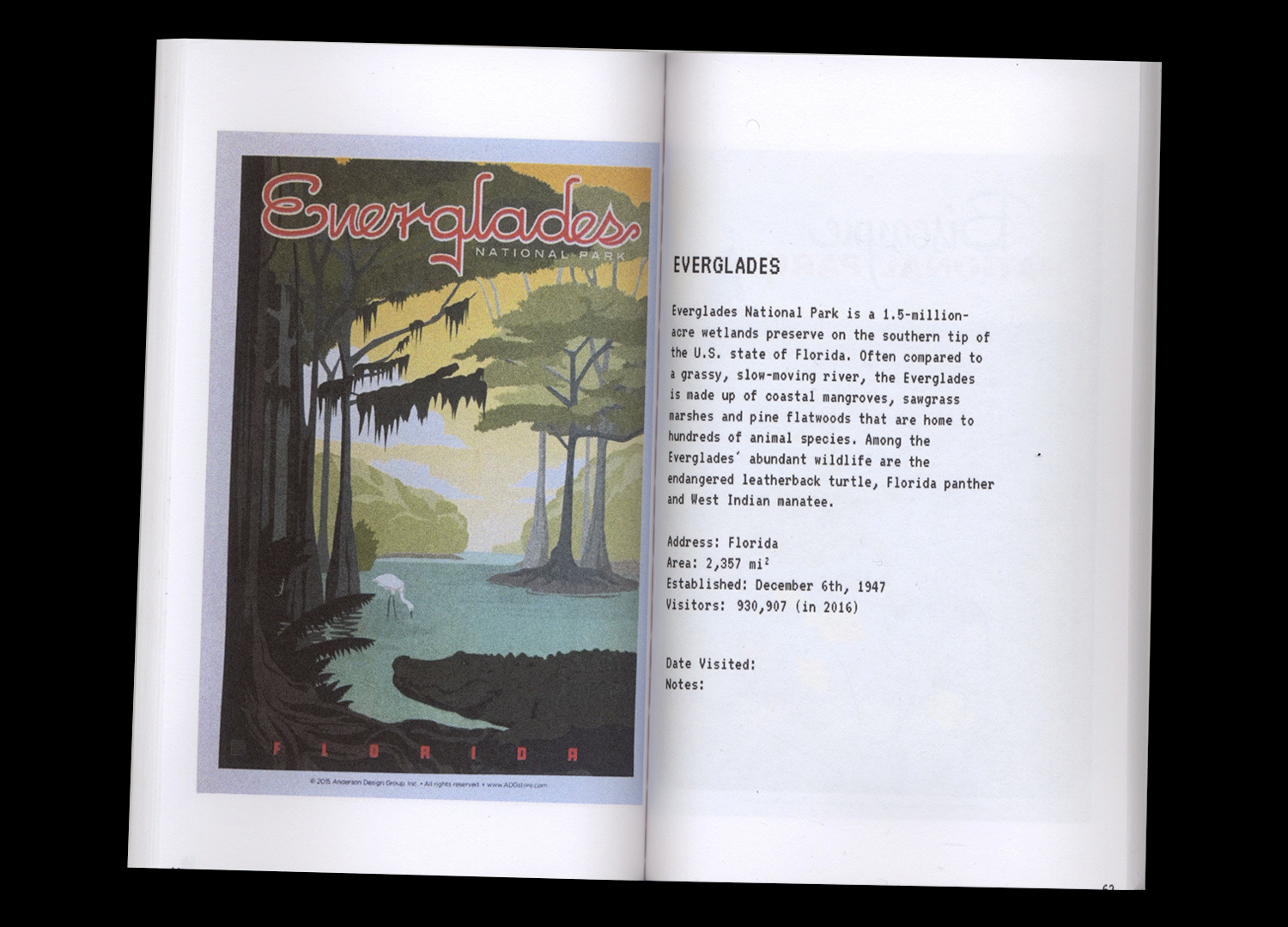


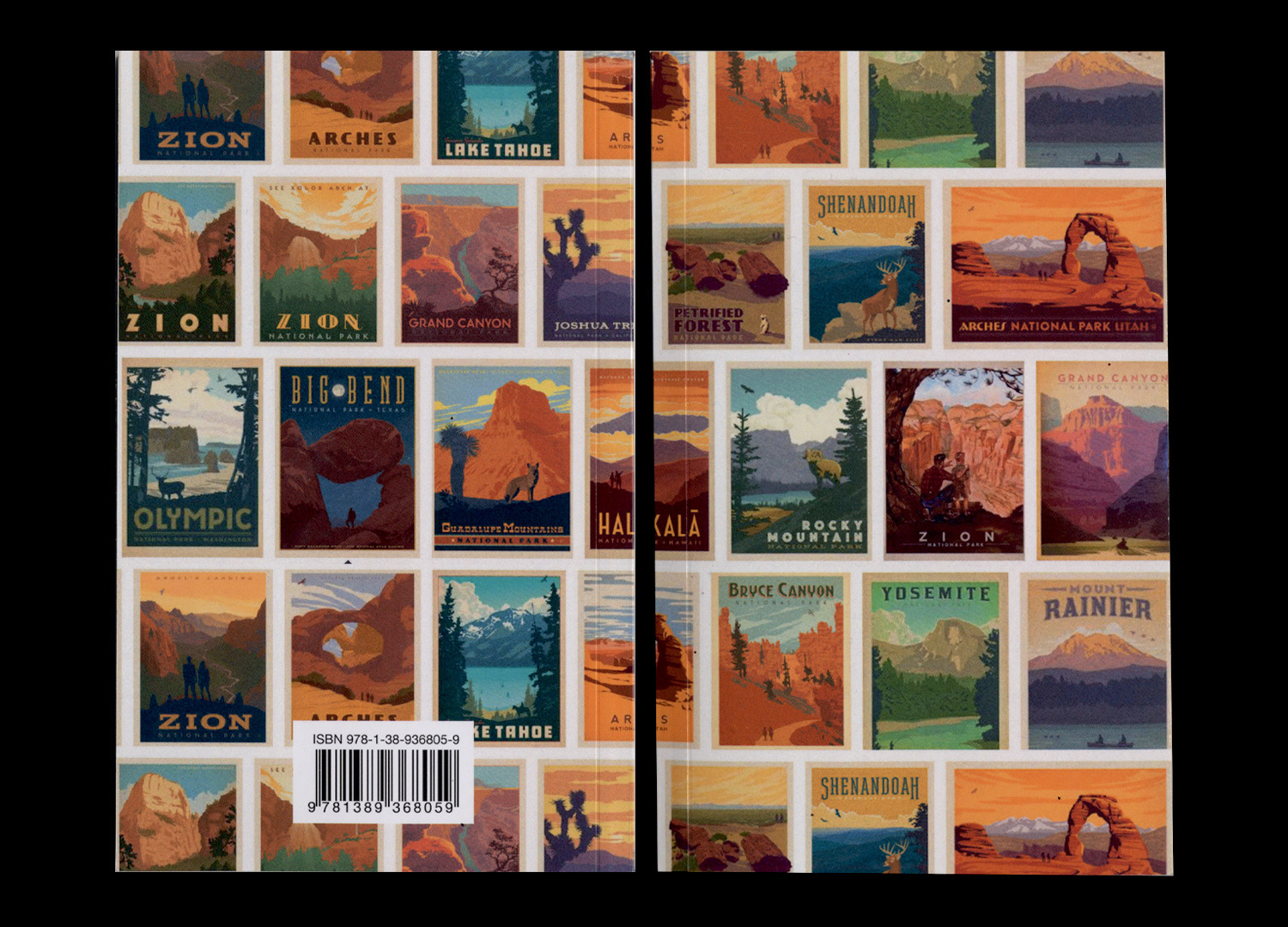
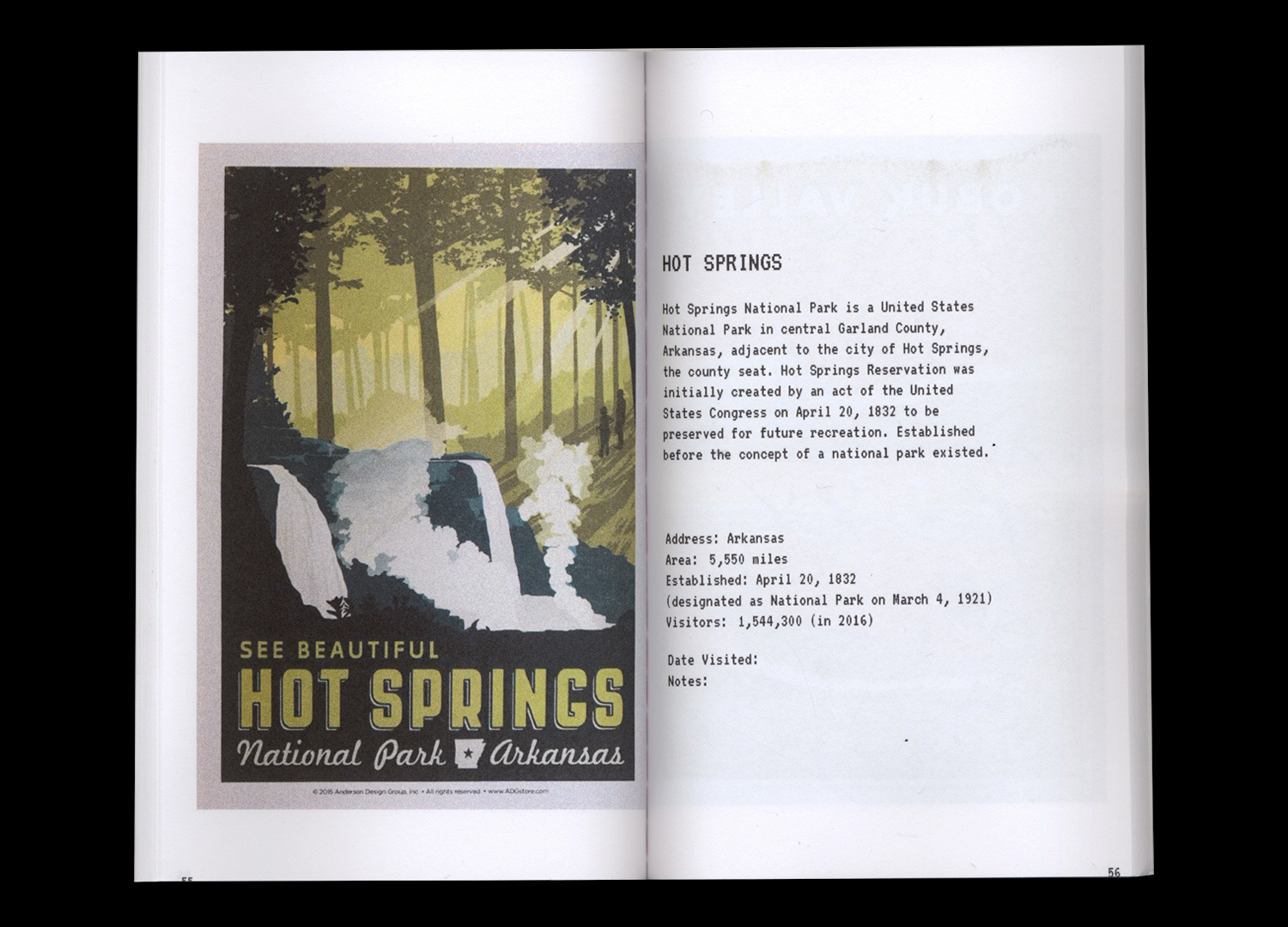

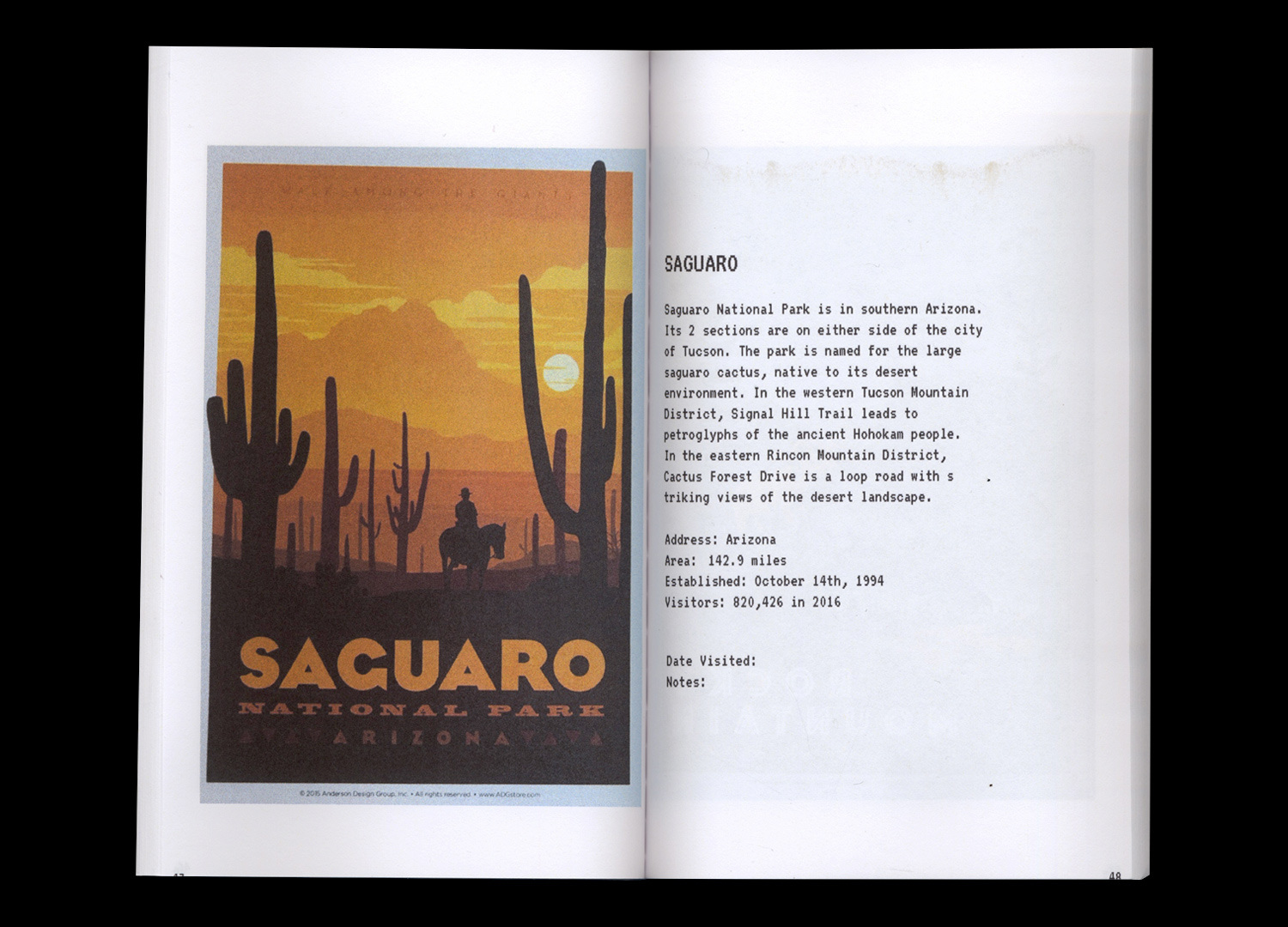

05.
Title:
Tiny Portfolio
Student:
Maddie Peirce
2017
Title:
Tiny Portfolio
Student:
Maddie Peirce
2017

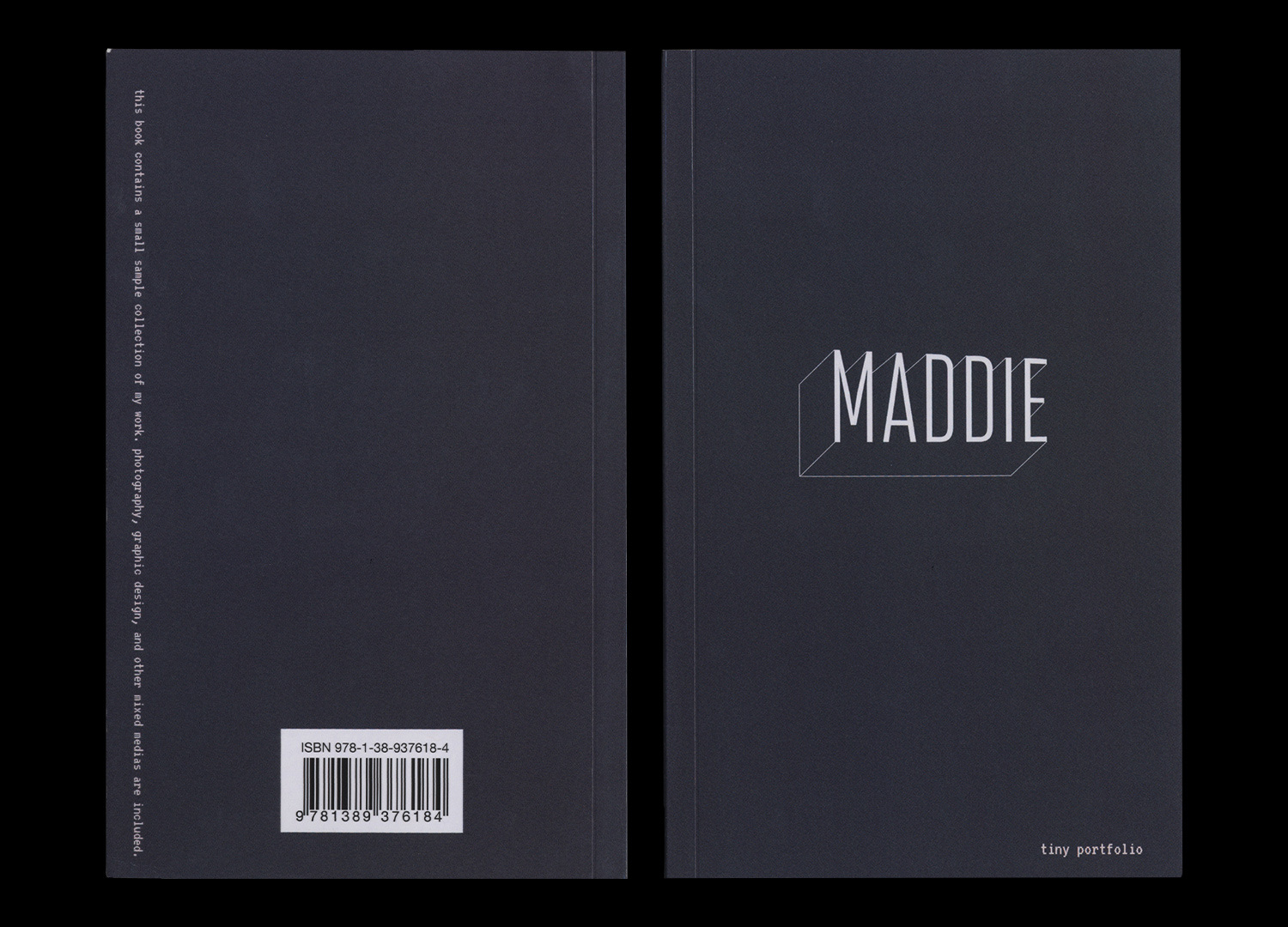
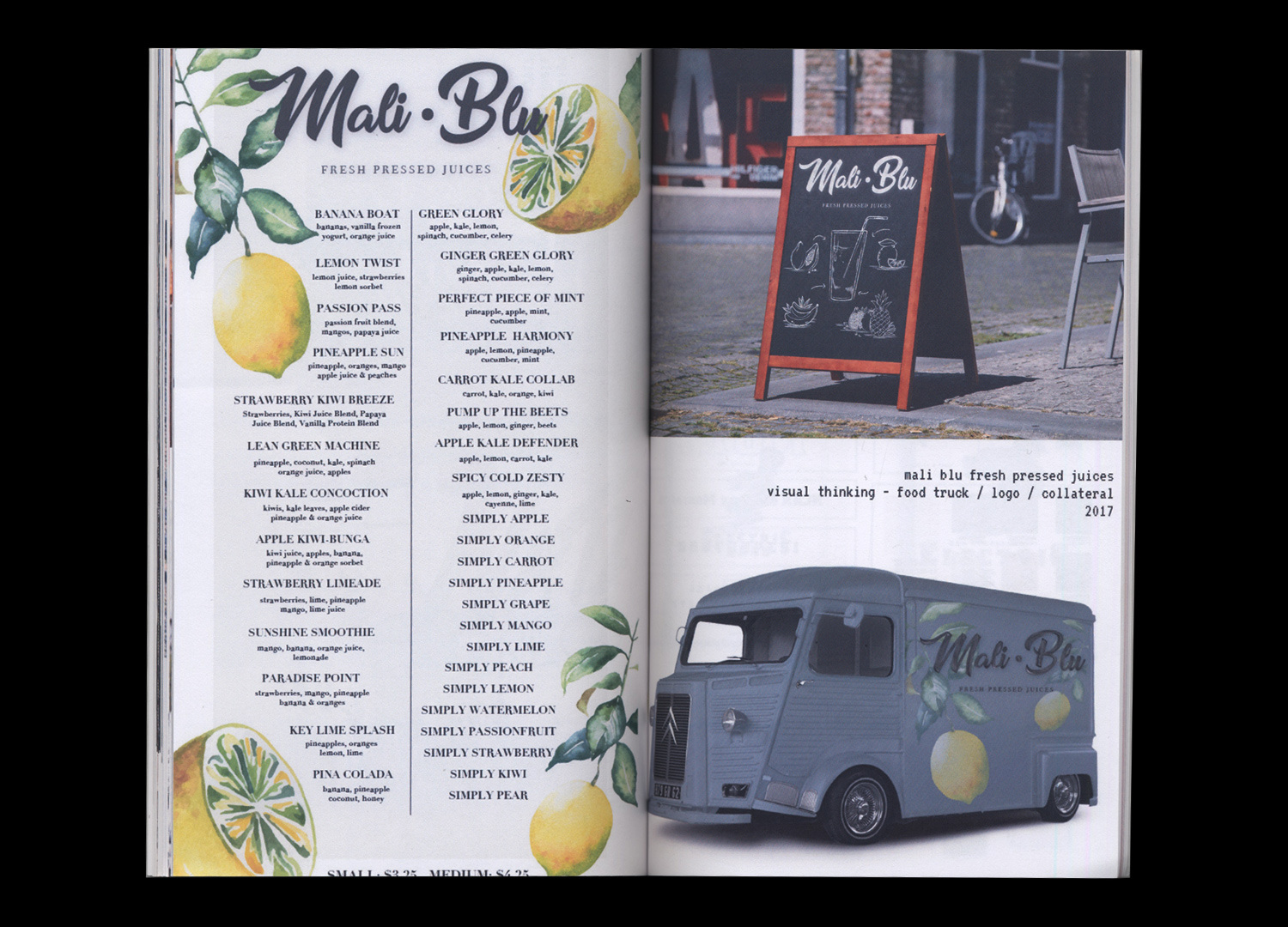


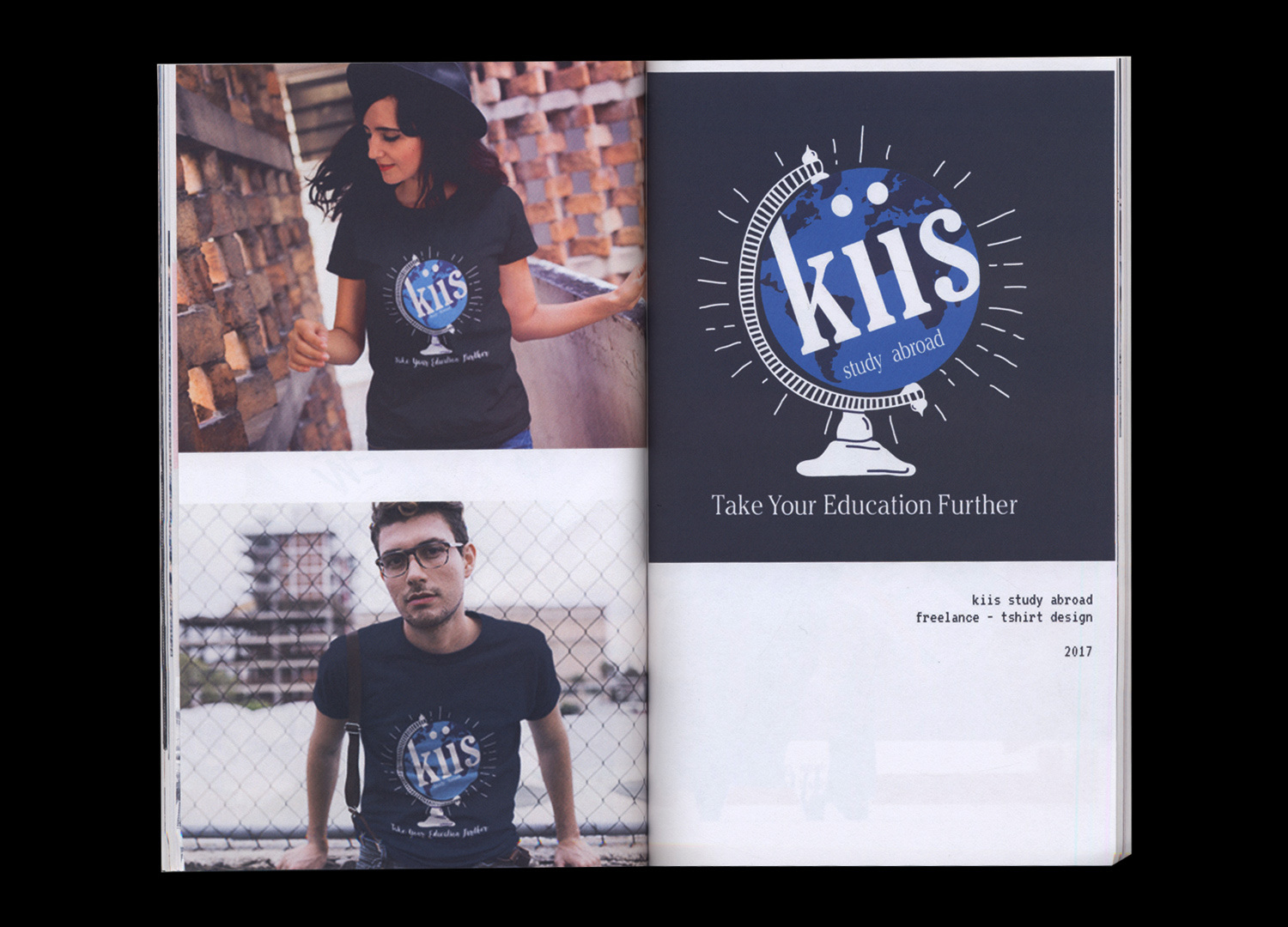
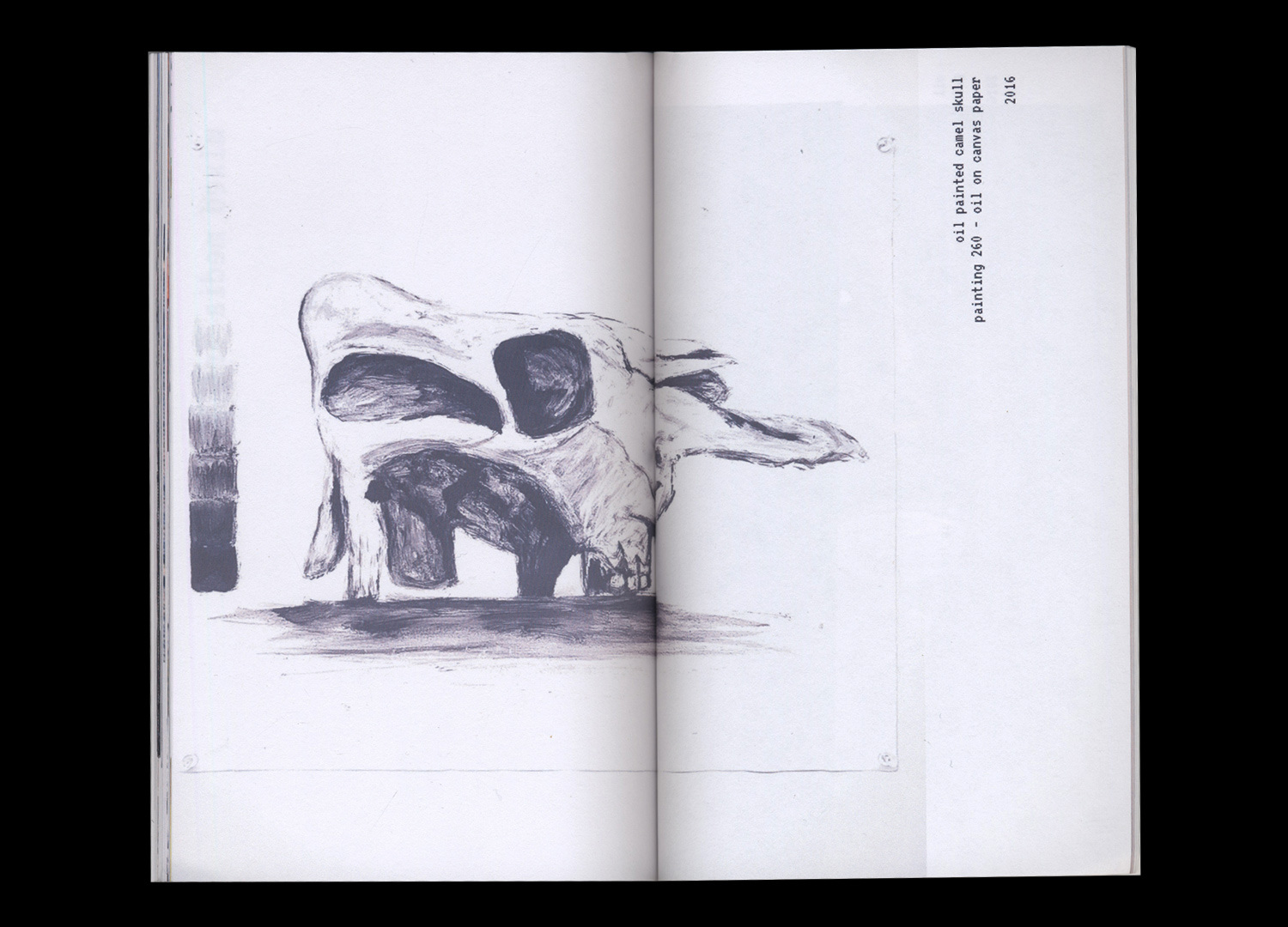
Fall 2017
ART431 Illustration
Student Work
Western Kentucky University
The course will emphasize individual investigation and discovery while remaining open to collaborative projects that many cross disciplines within the department (new media, digital design, printmaking, photo, advertising, etc.).
Download Syllabus
Download Syllabus
01.
Title:
60/60
Student:
Audrey Payne
2017
Title:
60/60
Student:
Audrey Payne
2017
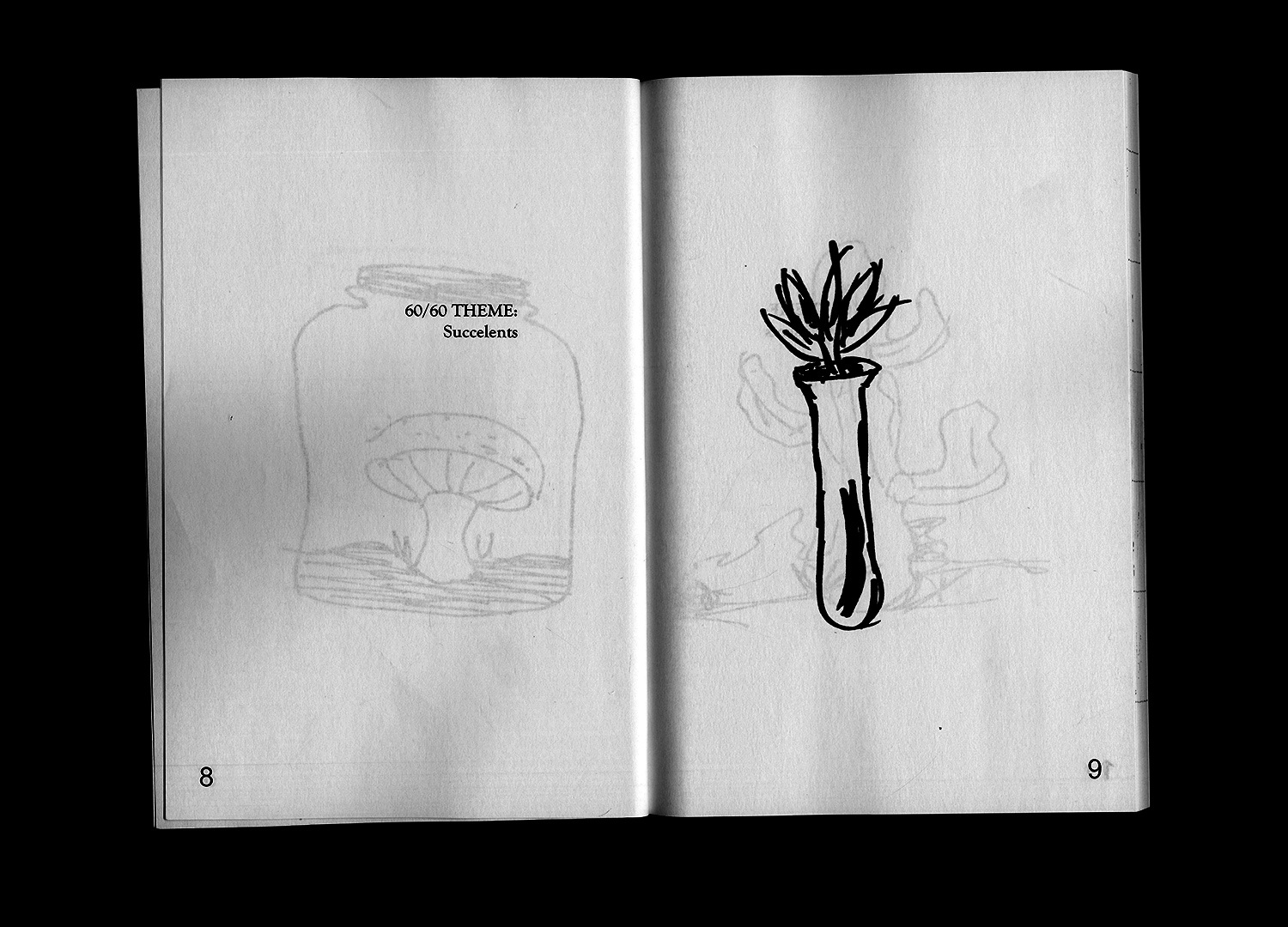
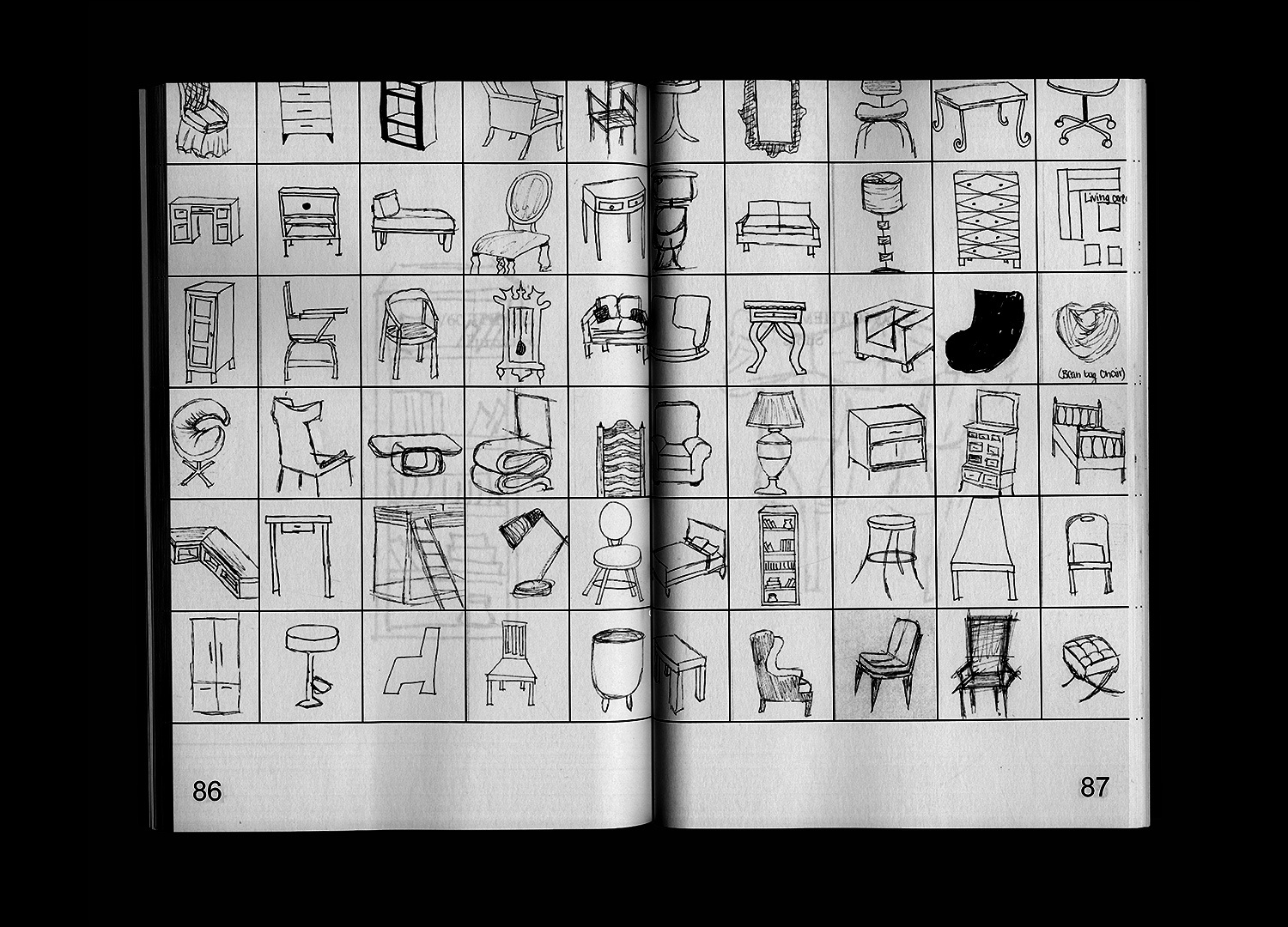

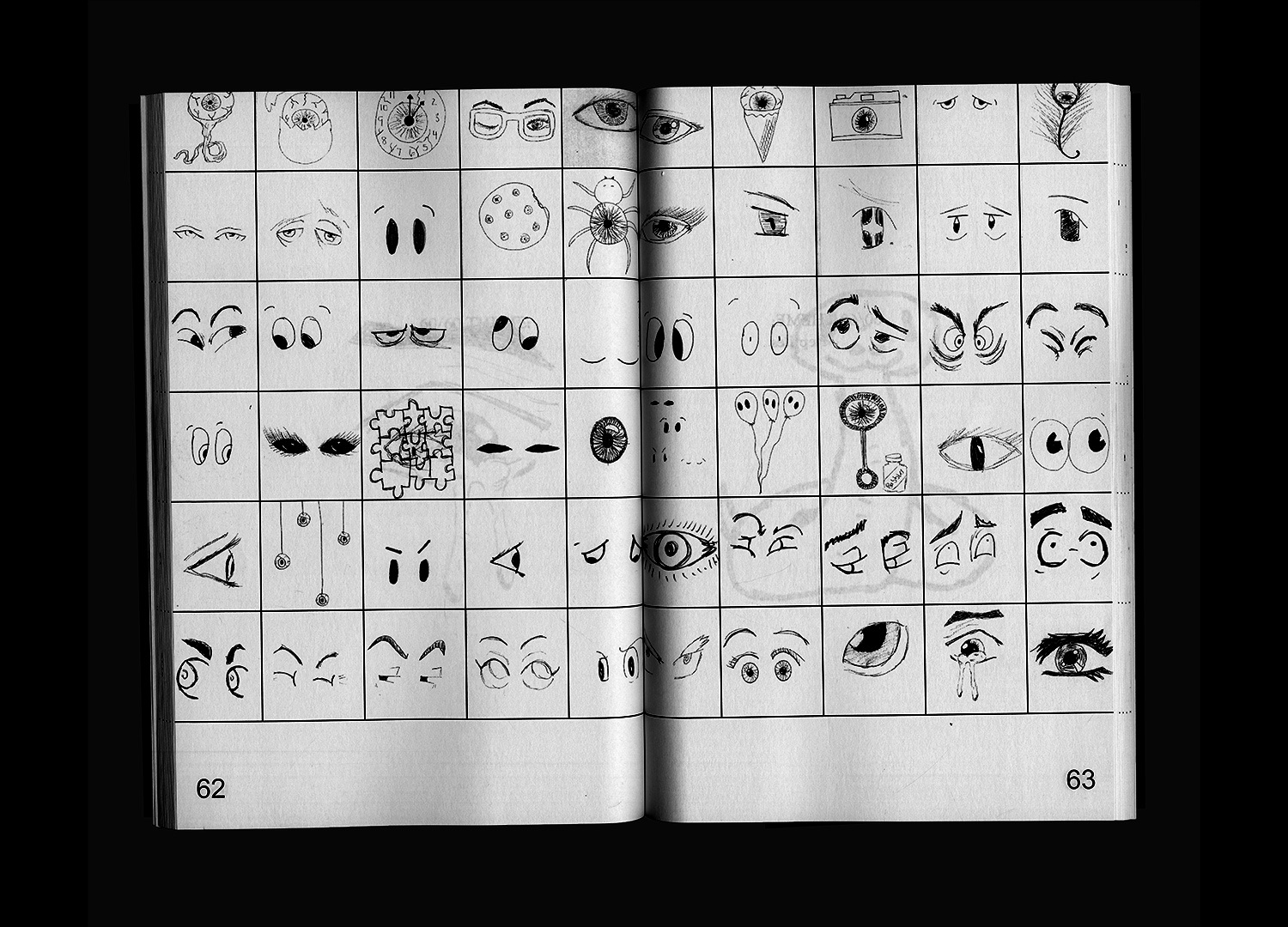
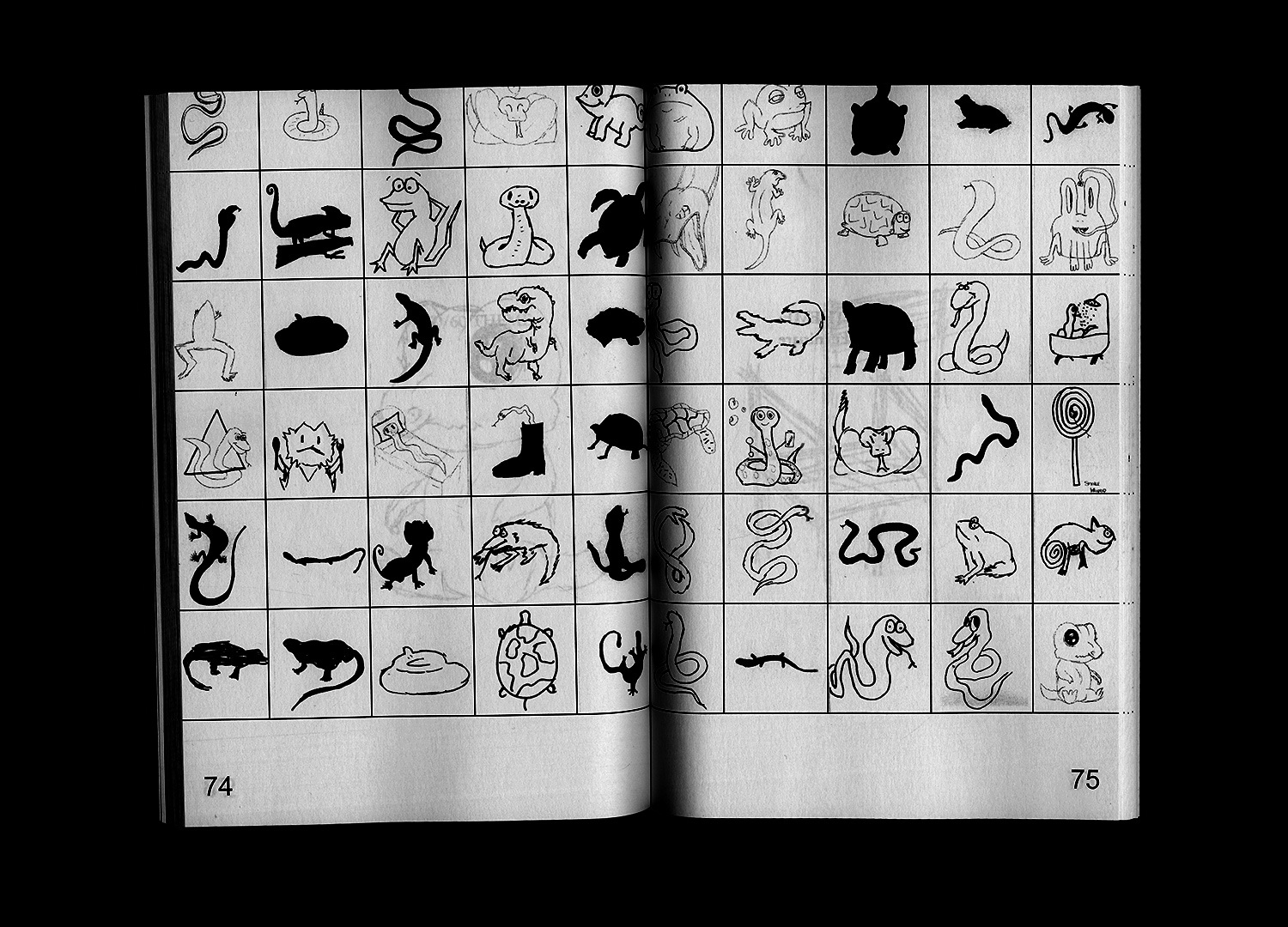

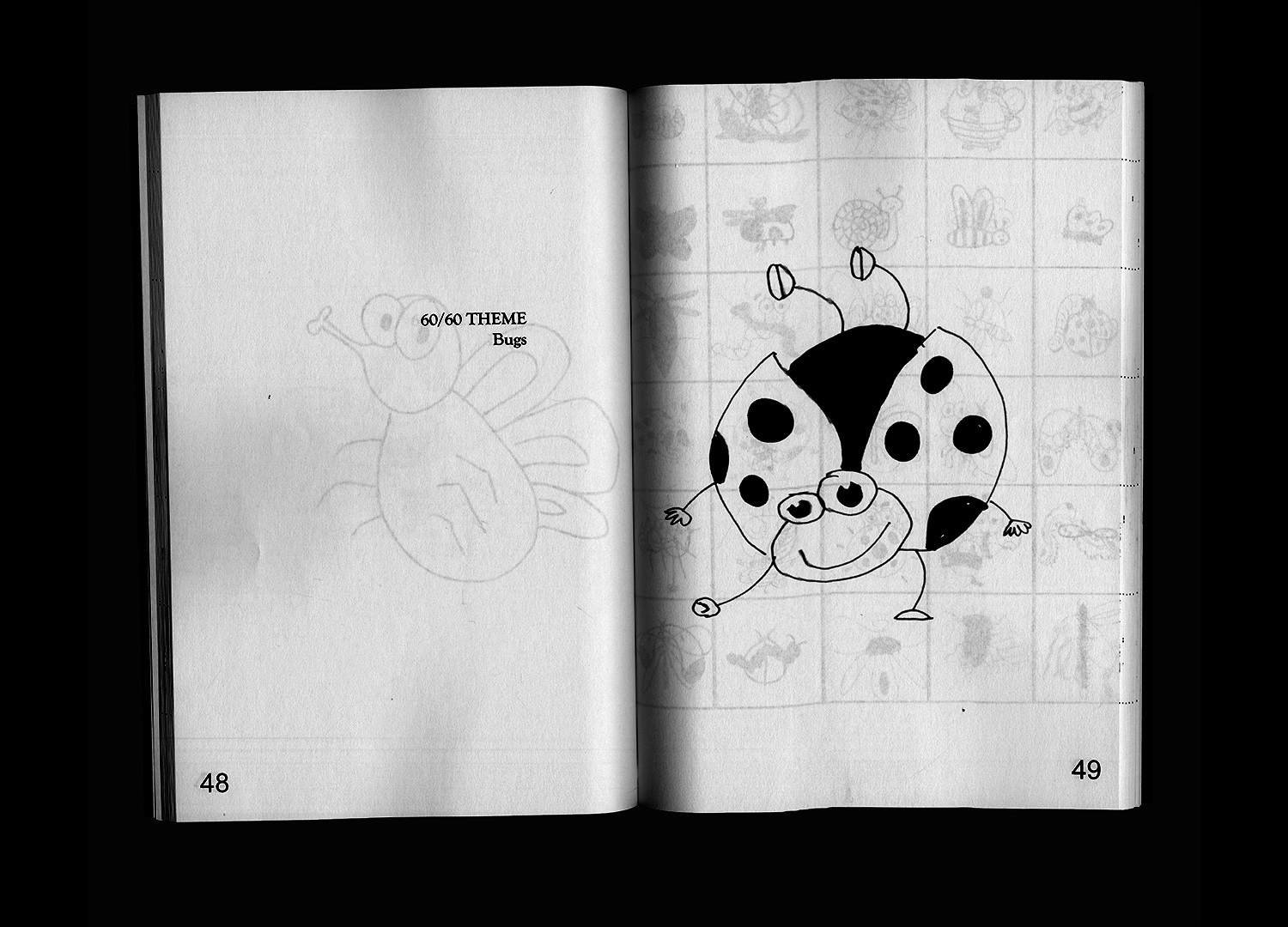
02.
60 Illustrations 60 Minutes
Craig Ostertag
2017
60 Illustrations 60 Minutes
Craig Ostertag
2017


03.
600 Minutes of Drawing
Isabelle Johnson
2017
600 Minutes of Drawing
Isabelle Johnson
2017

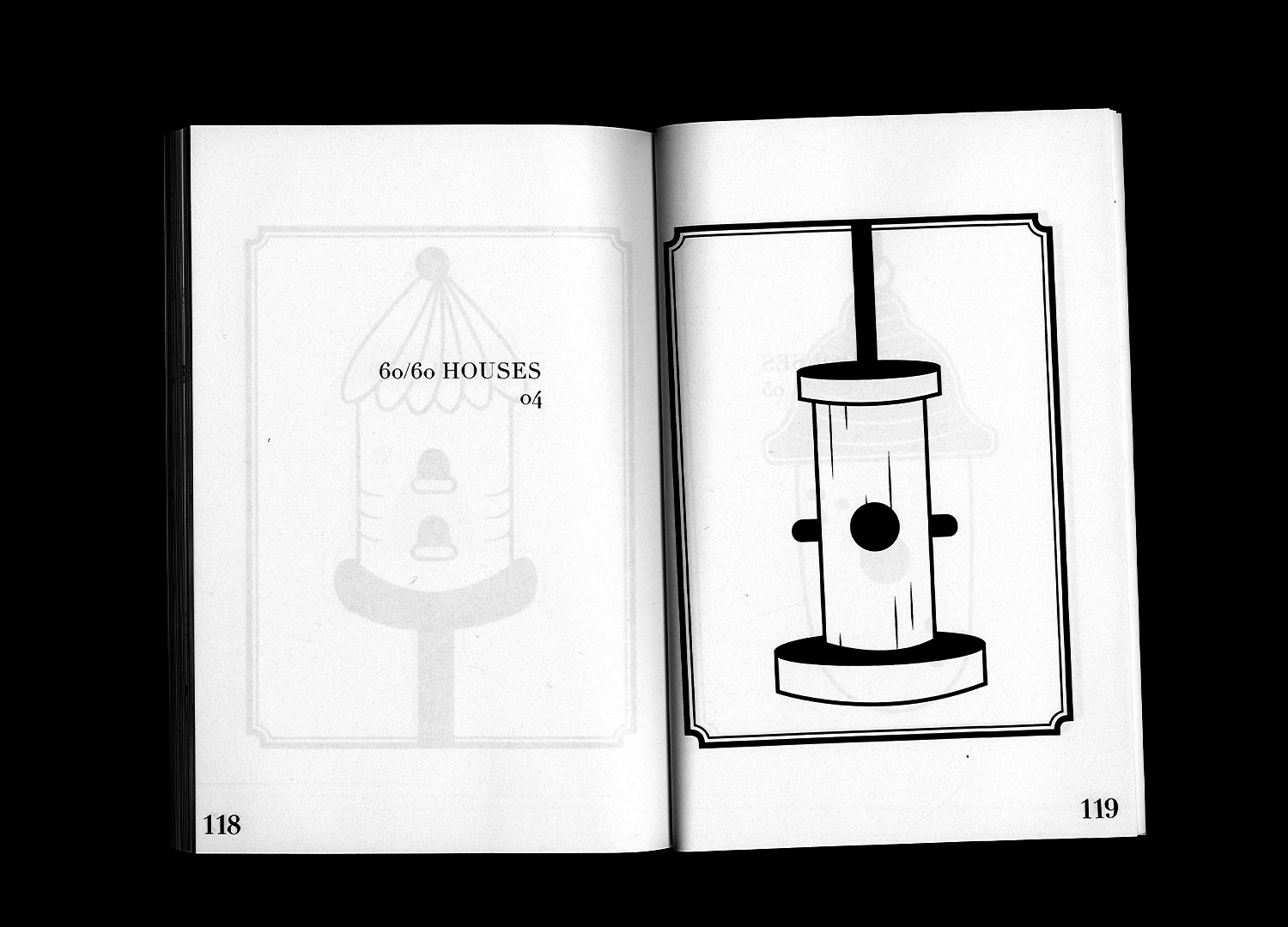
04. Mazes
1-4
Sarah Schott
5-6
Mason Brennenstuhl
7-10
Emily Vogler
11-13
Isabelle Johnson
1-4
Sarah Schott
5-6
Mason Brennenstuhl
7-10
Emily Vogler
11-13
Isabelle Johnson






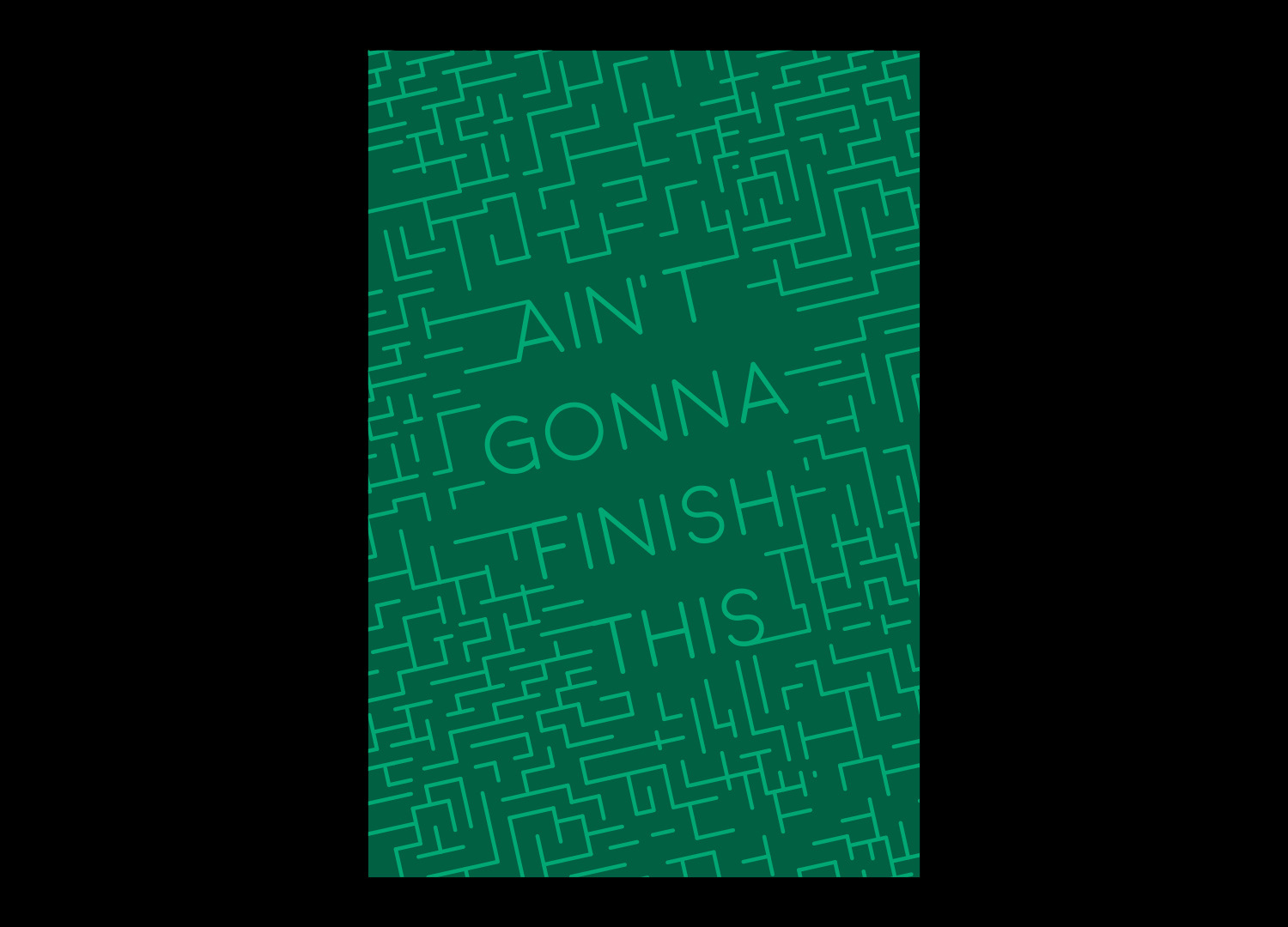
05. Visual Diary
1-3
Audrey Payne
4-8
Lauren Miller
1-3
Audrey Payne
4-8
Lauren Miller
